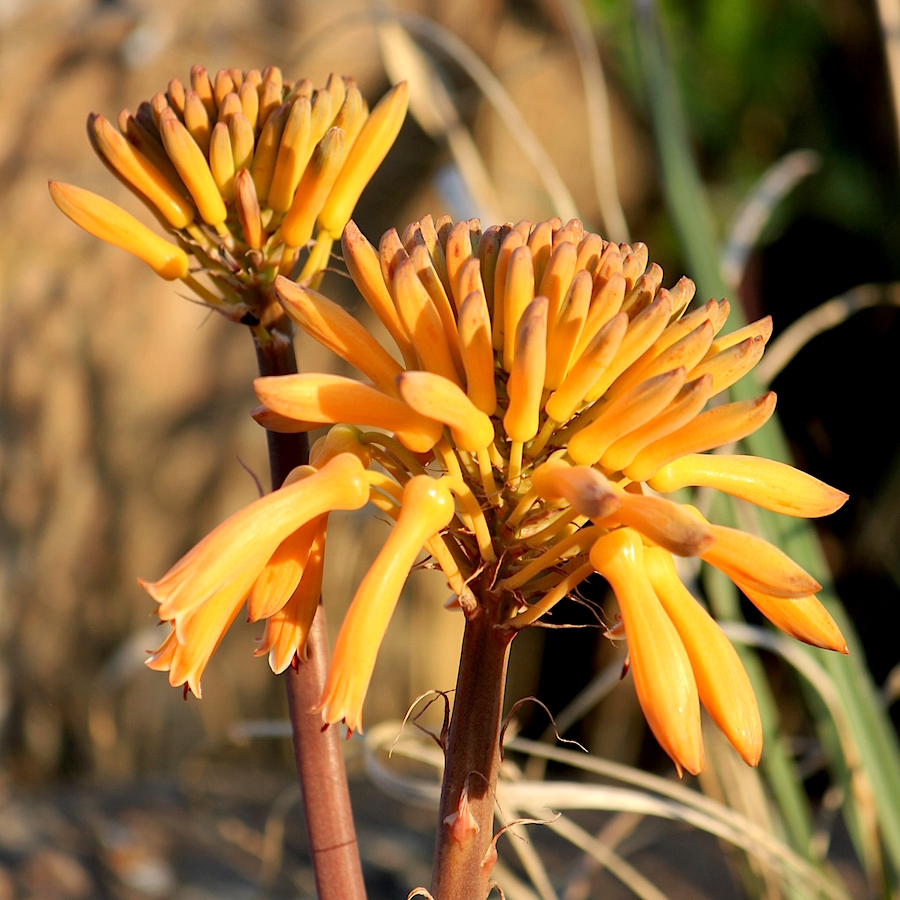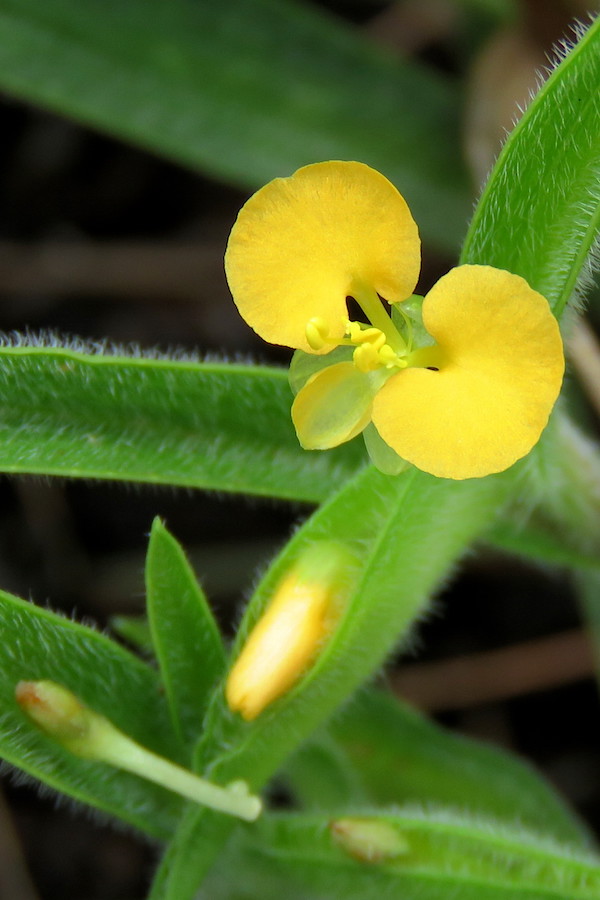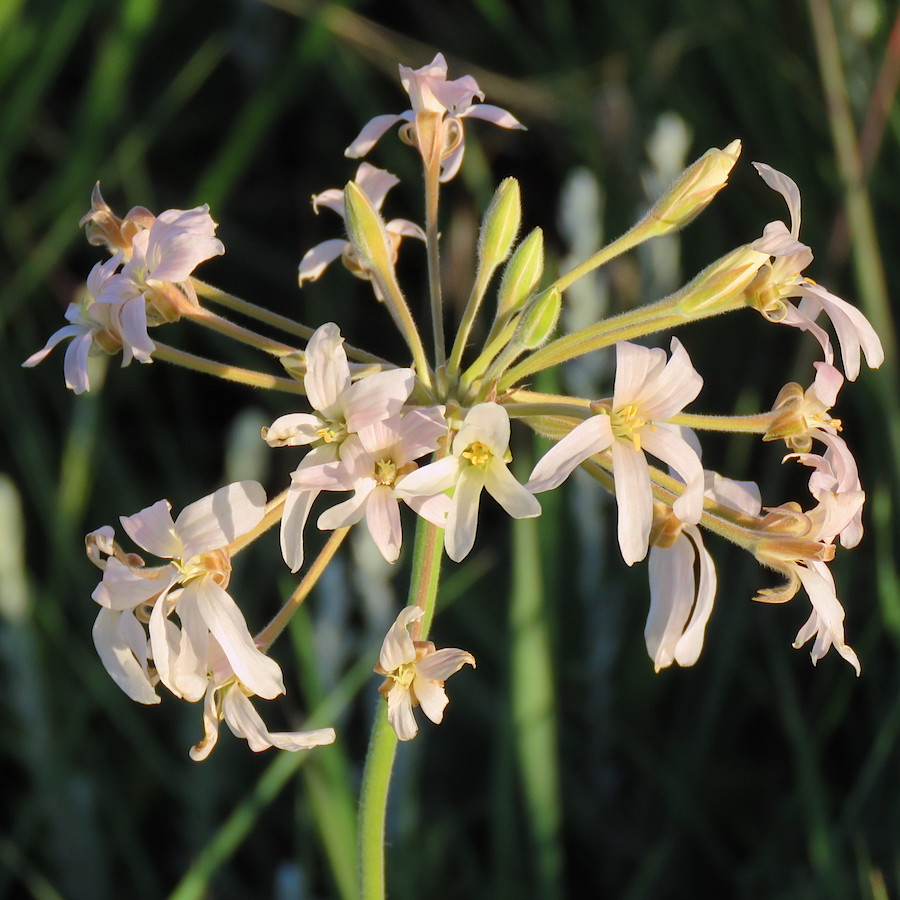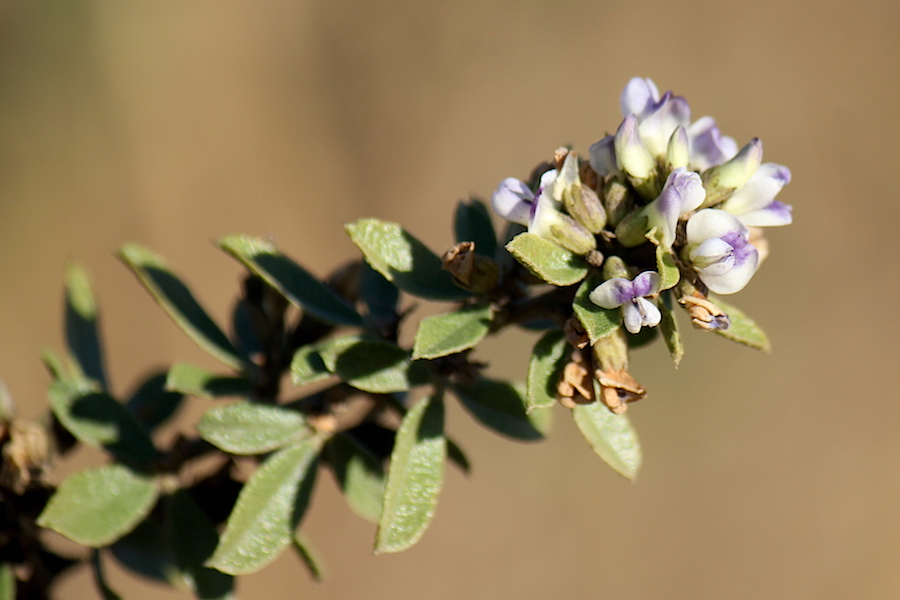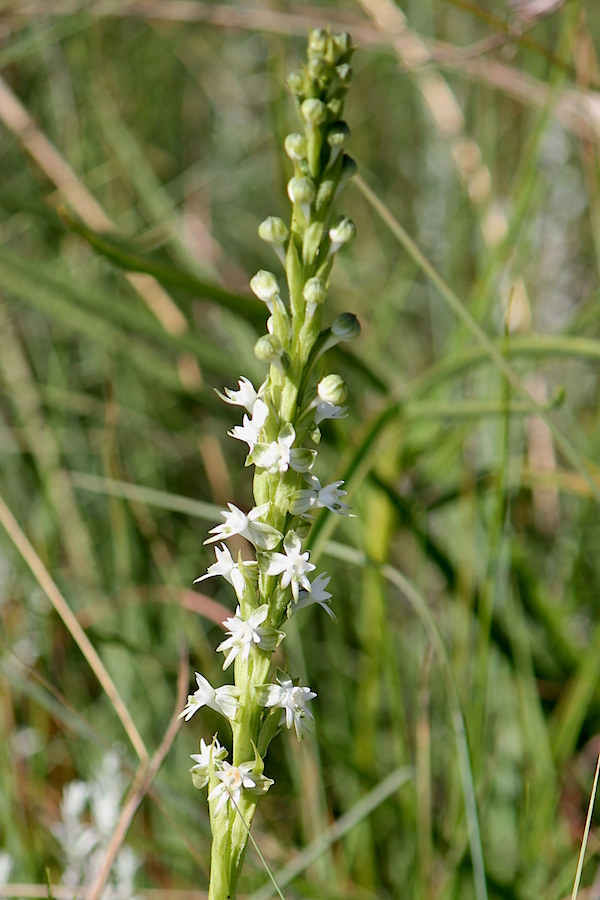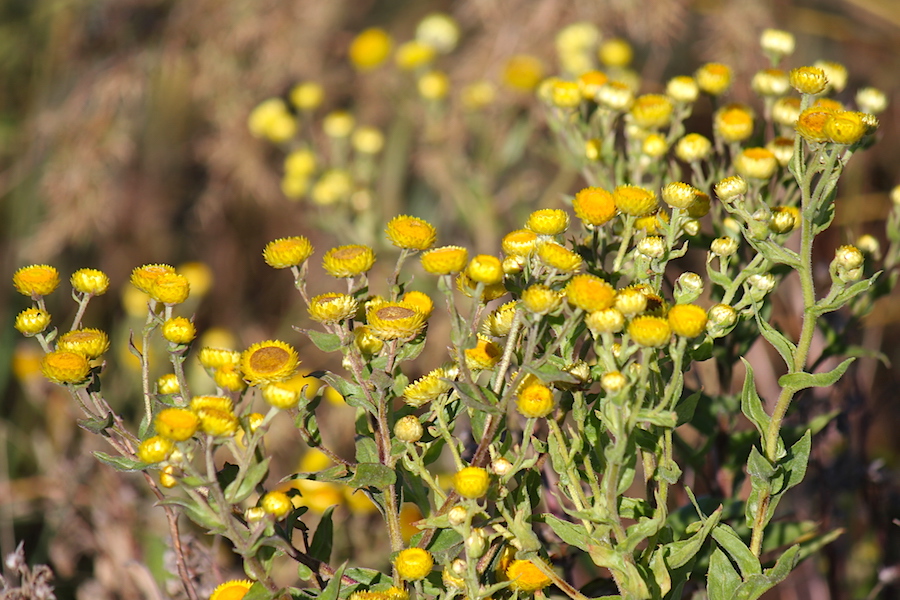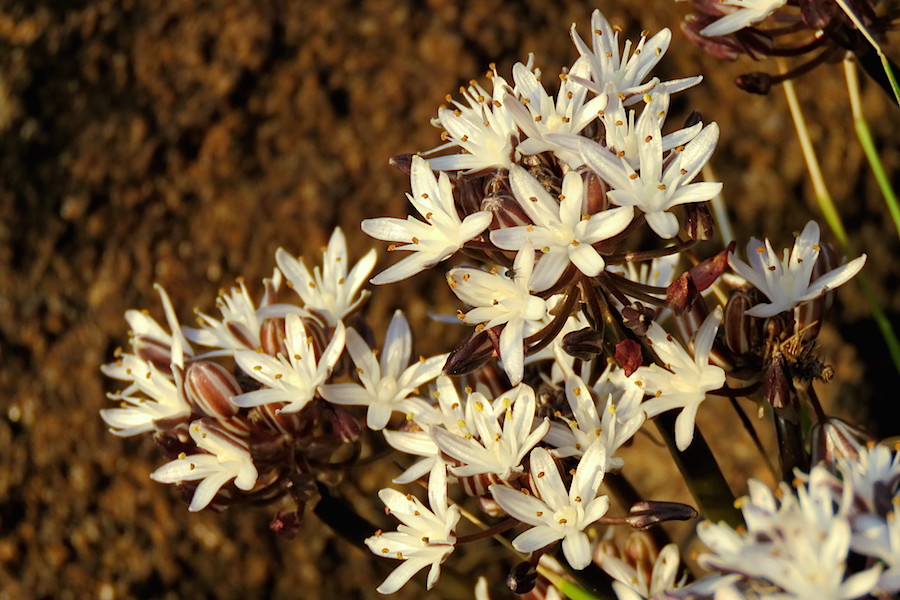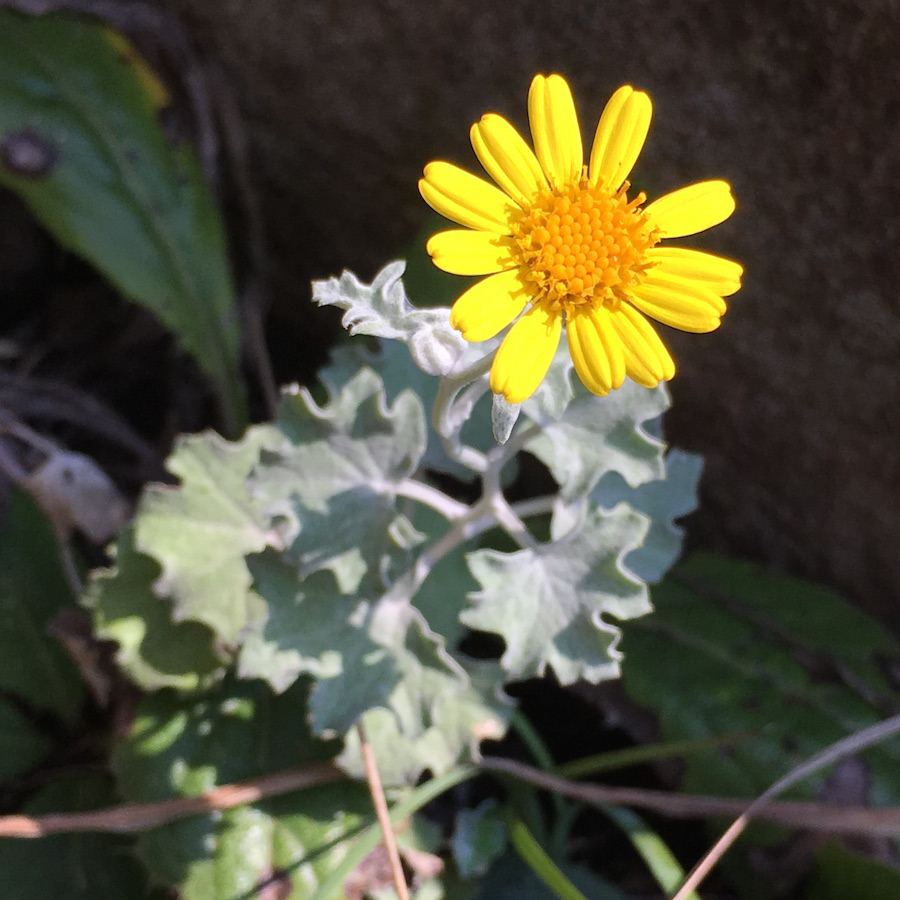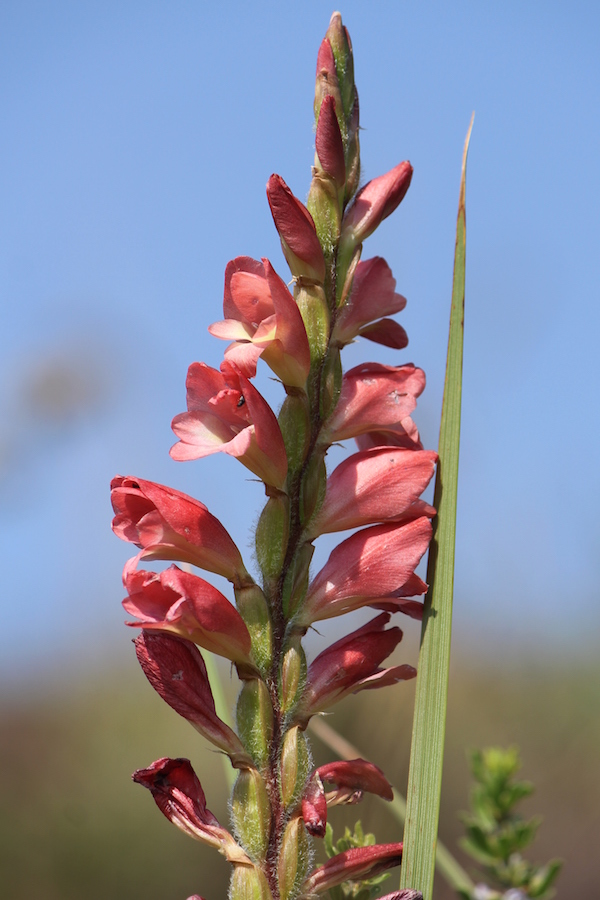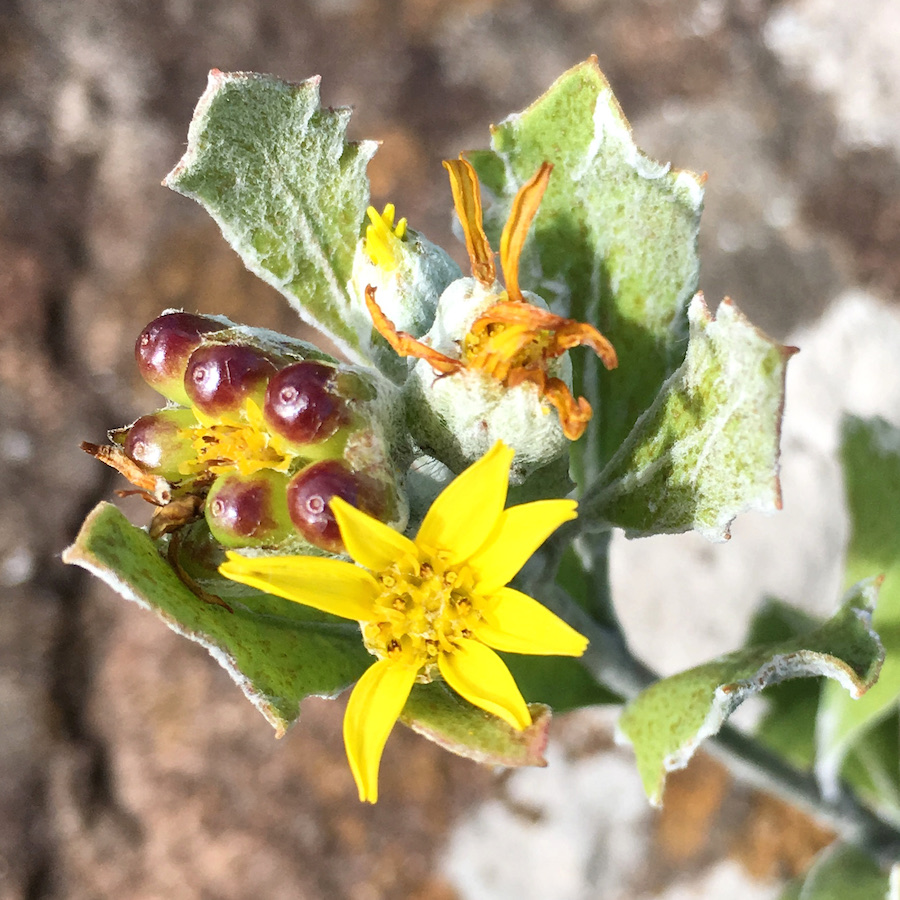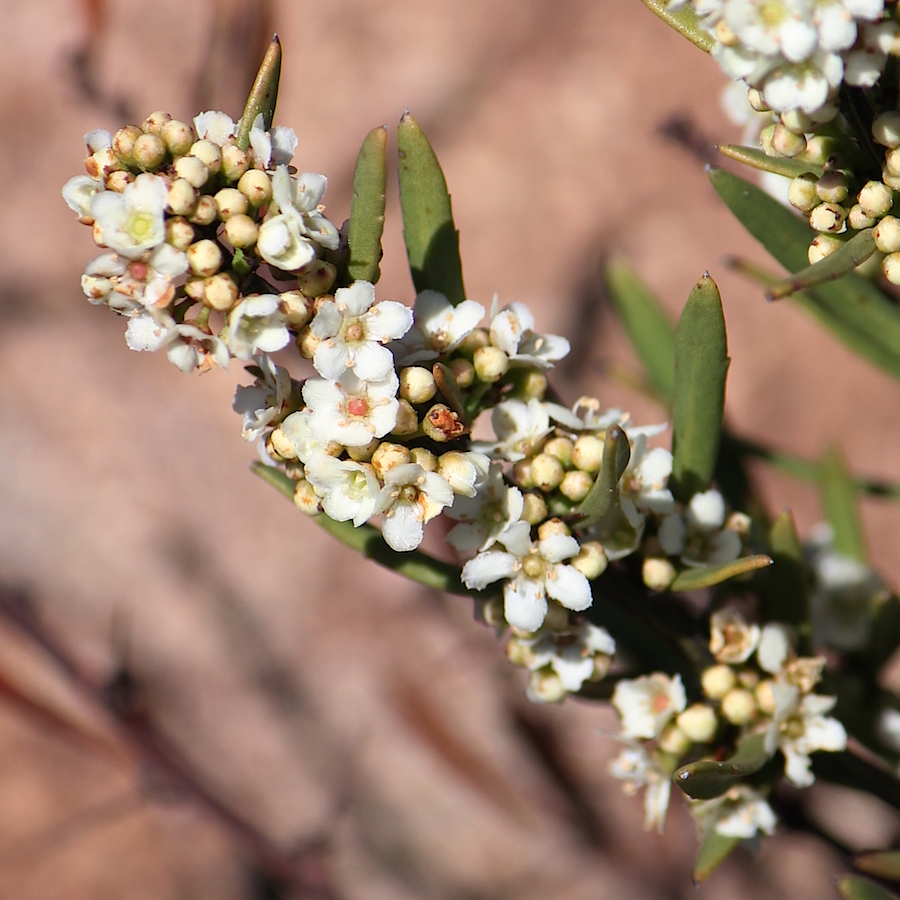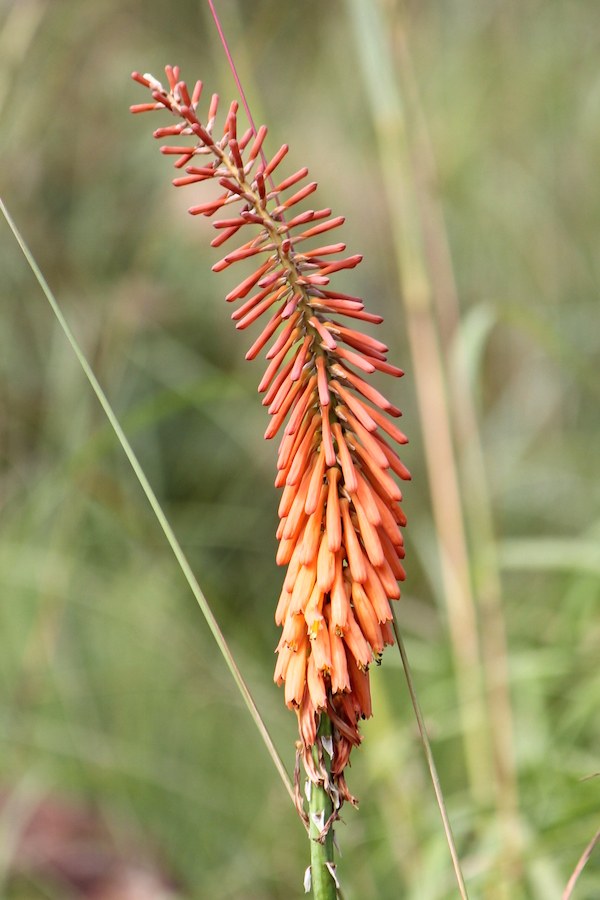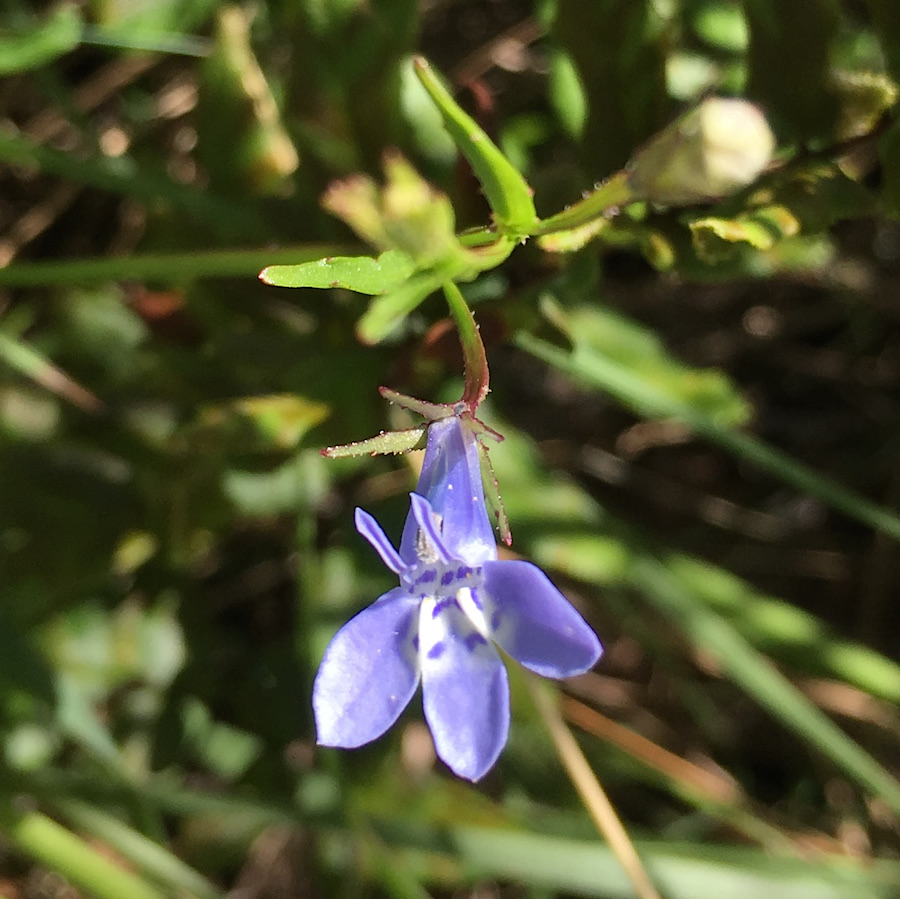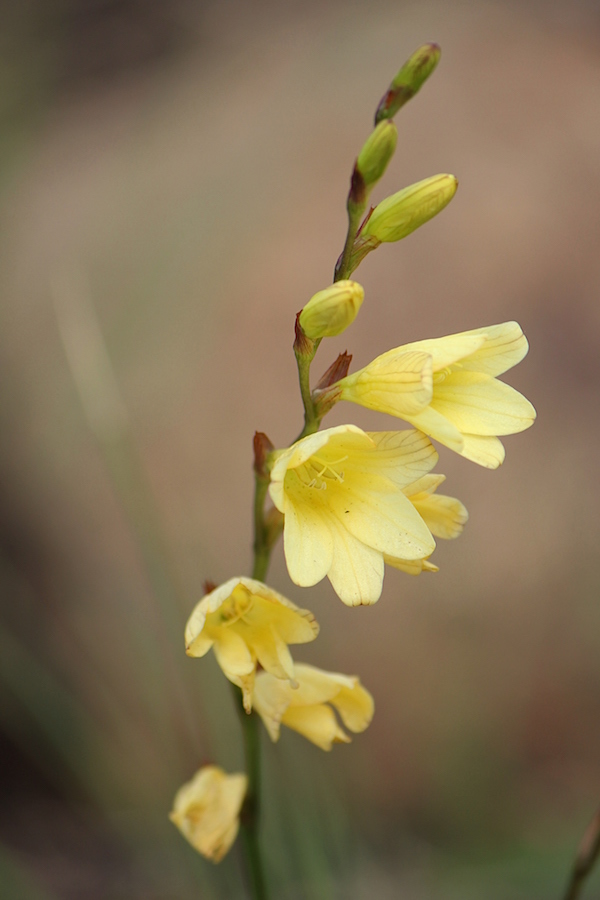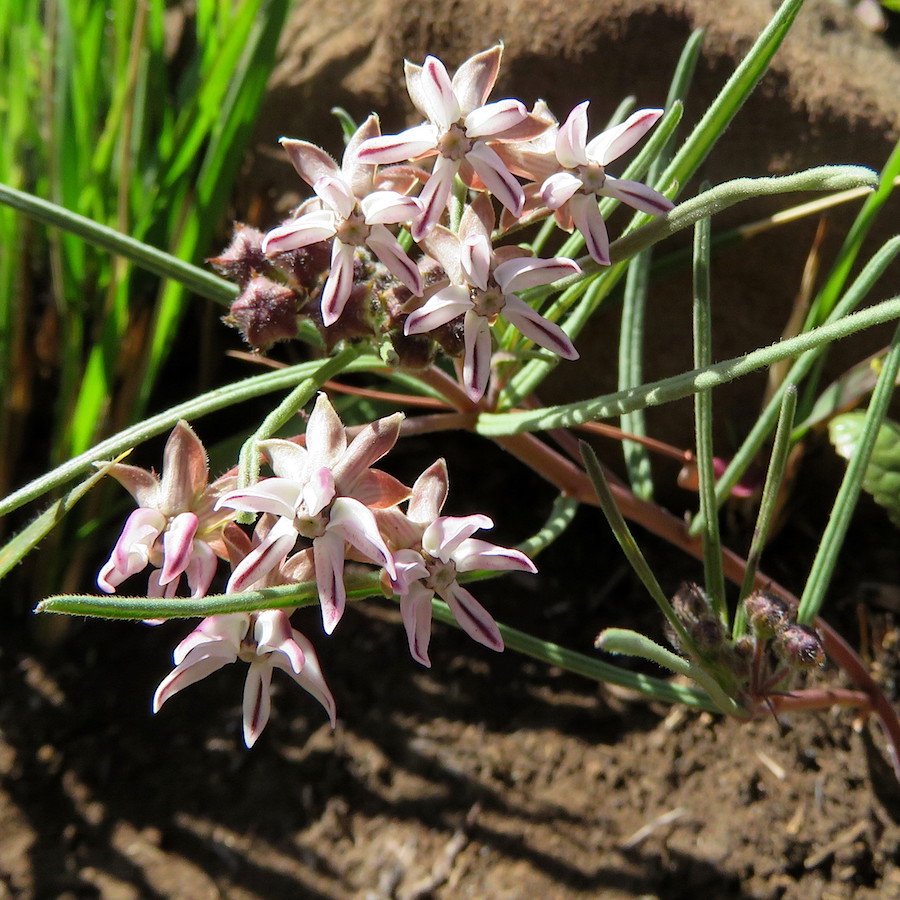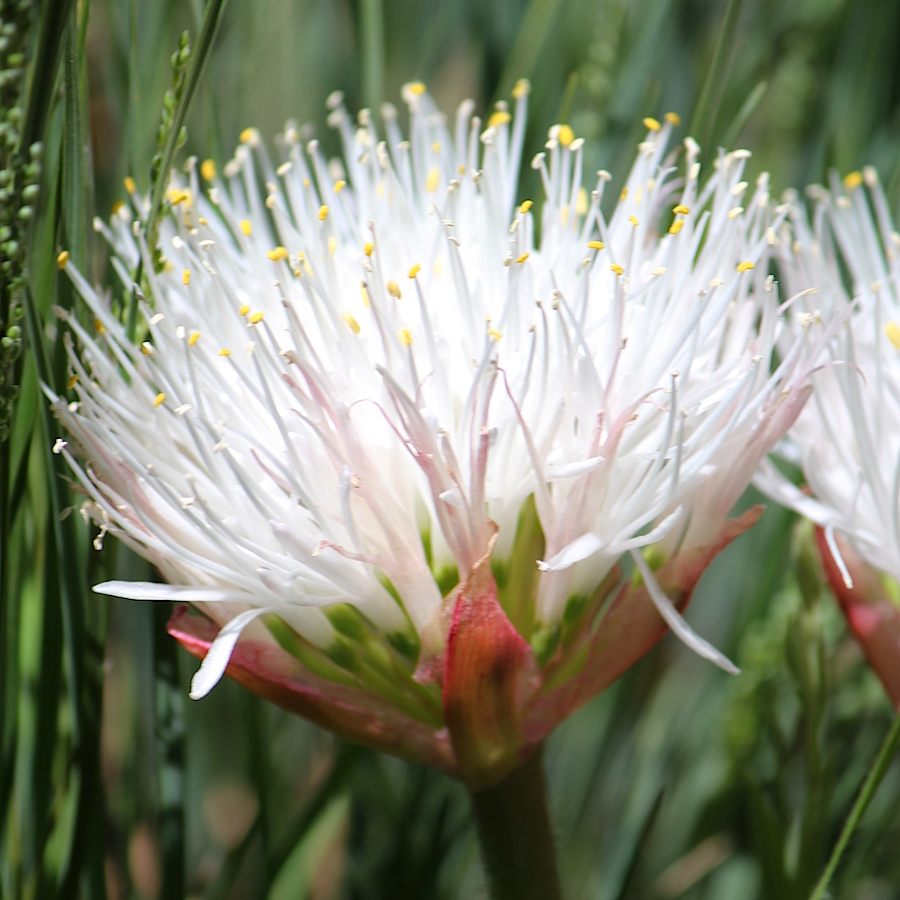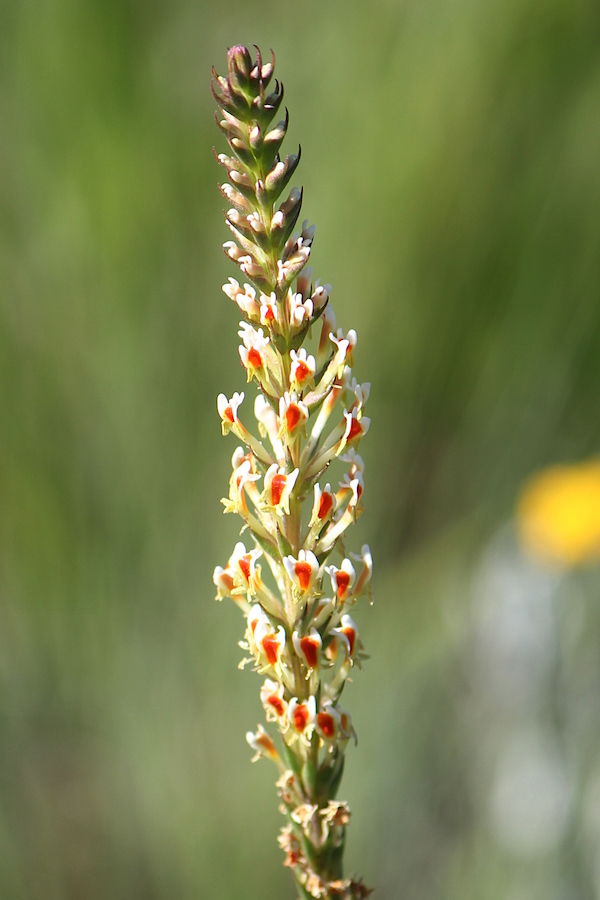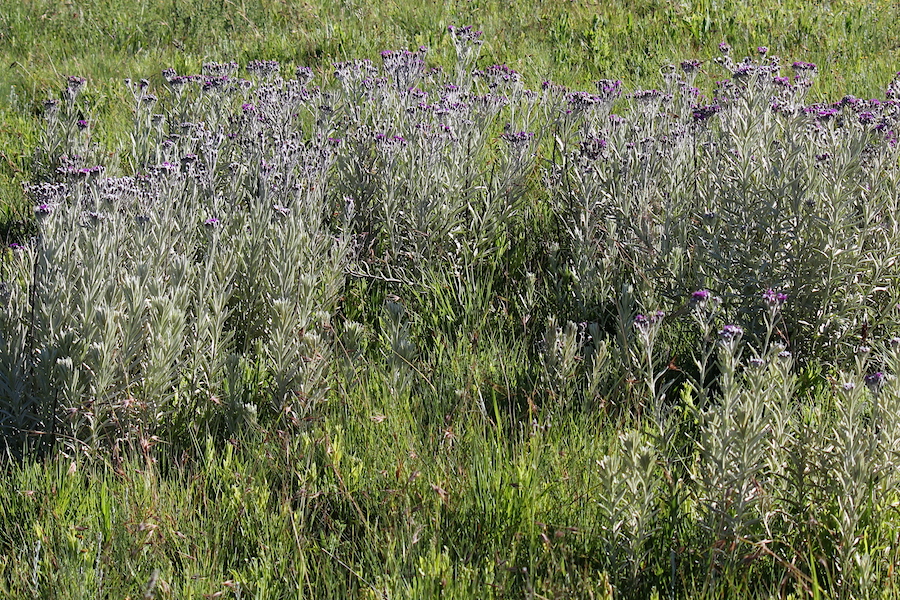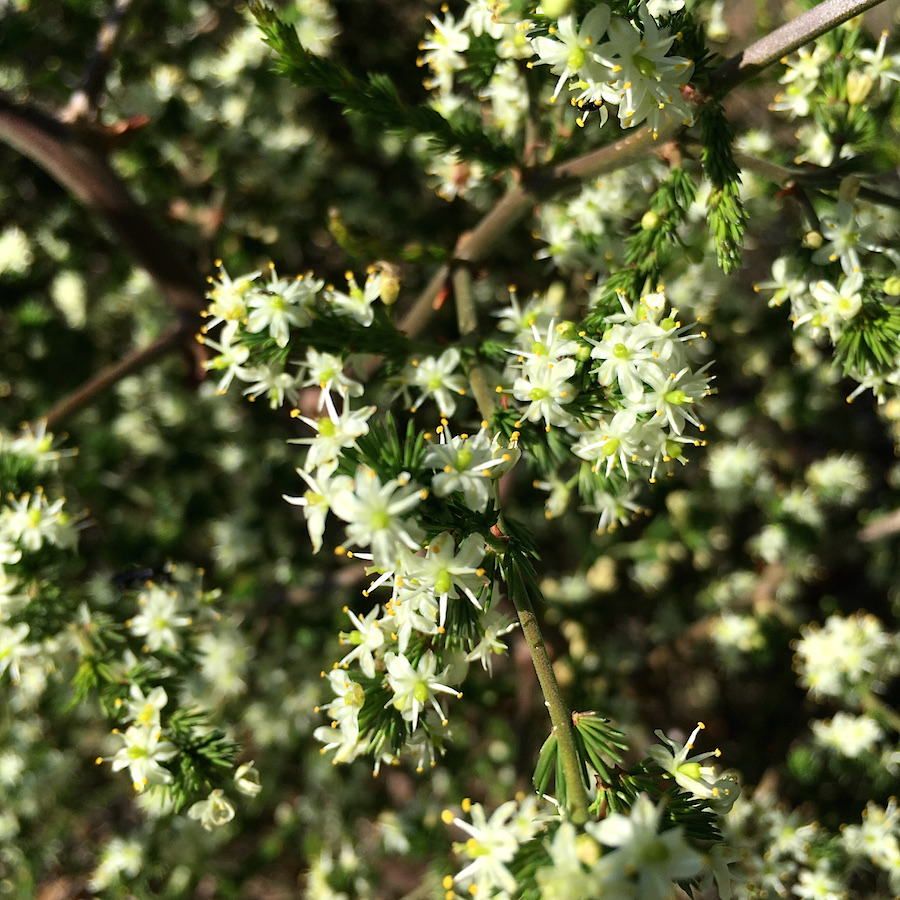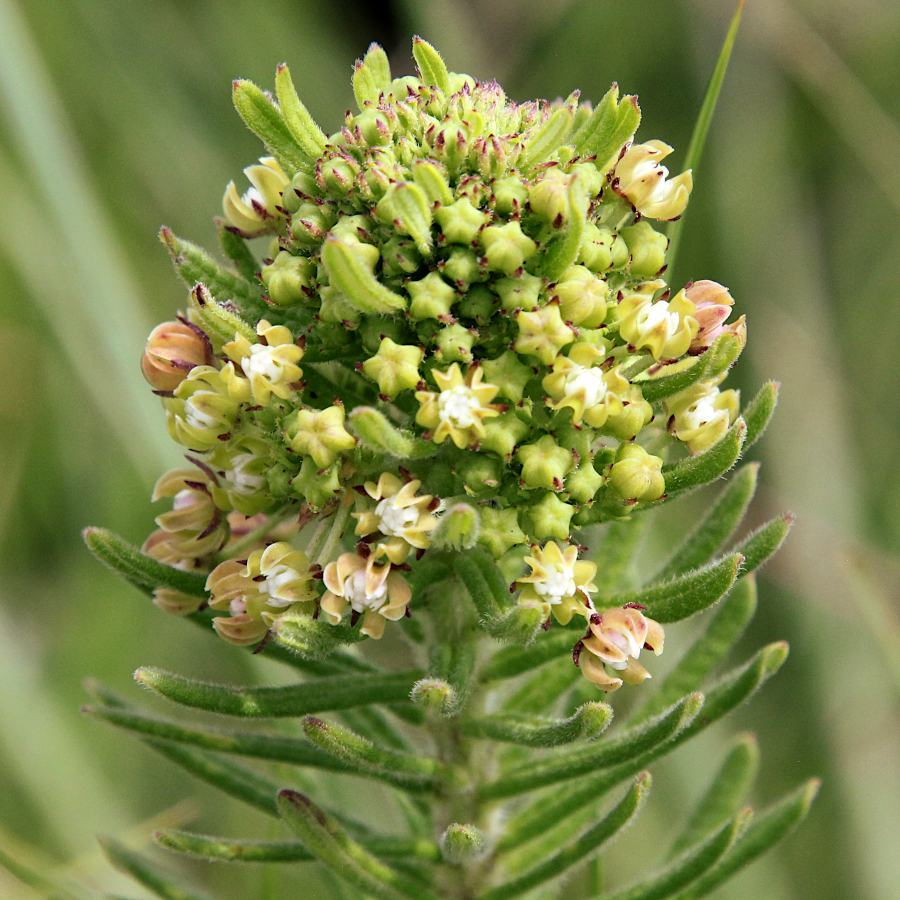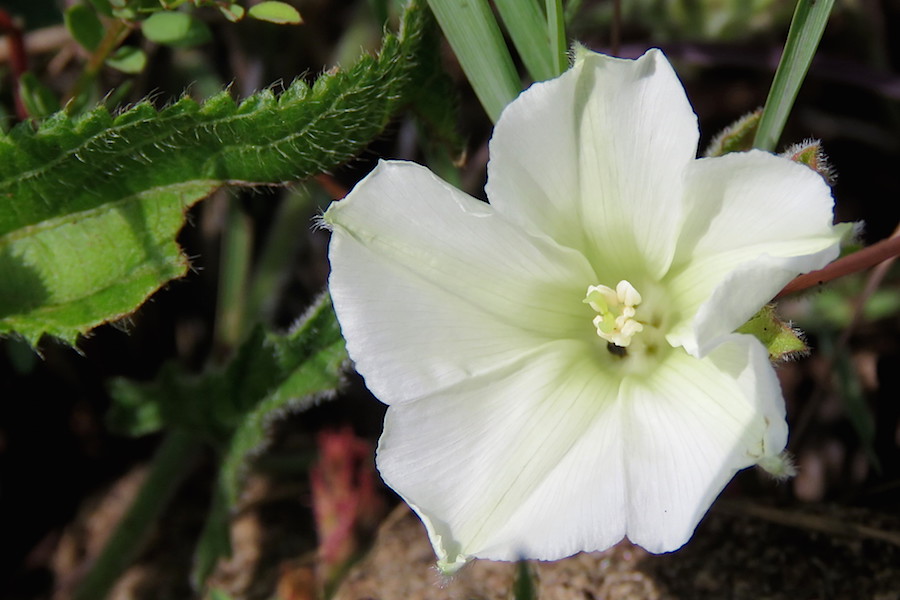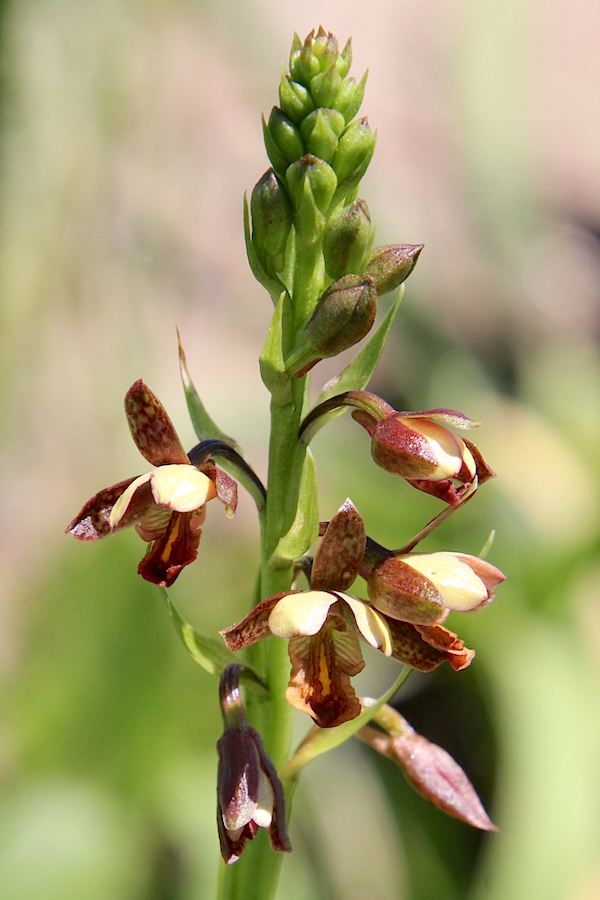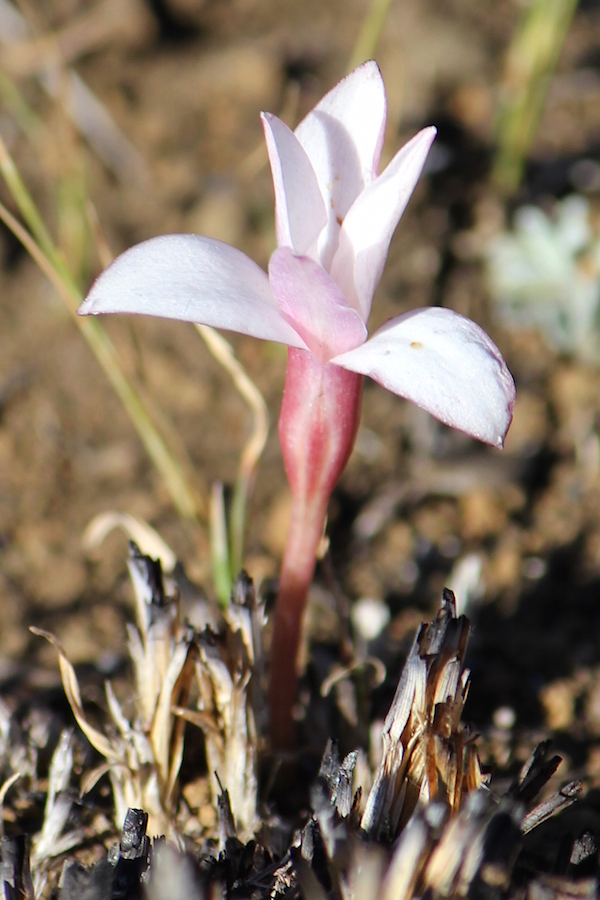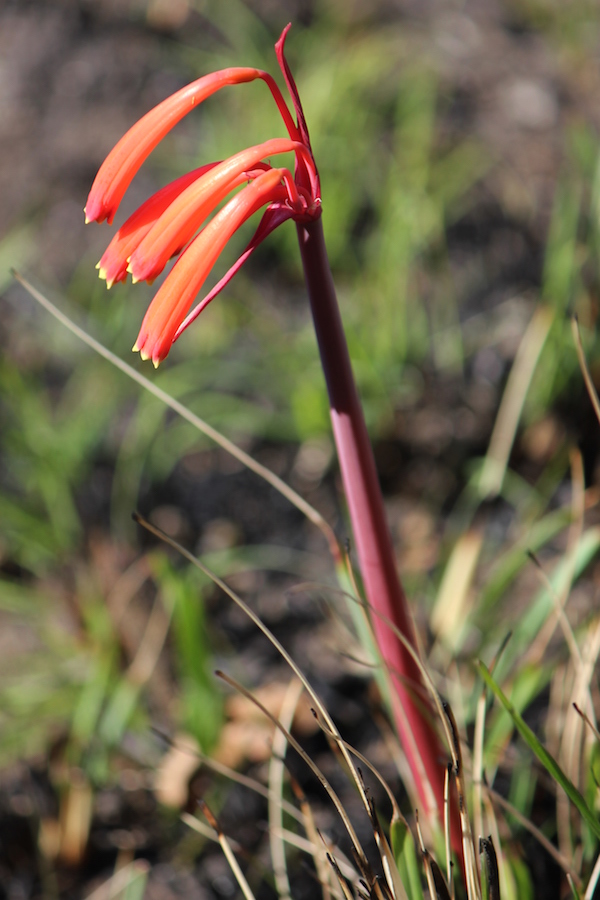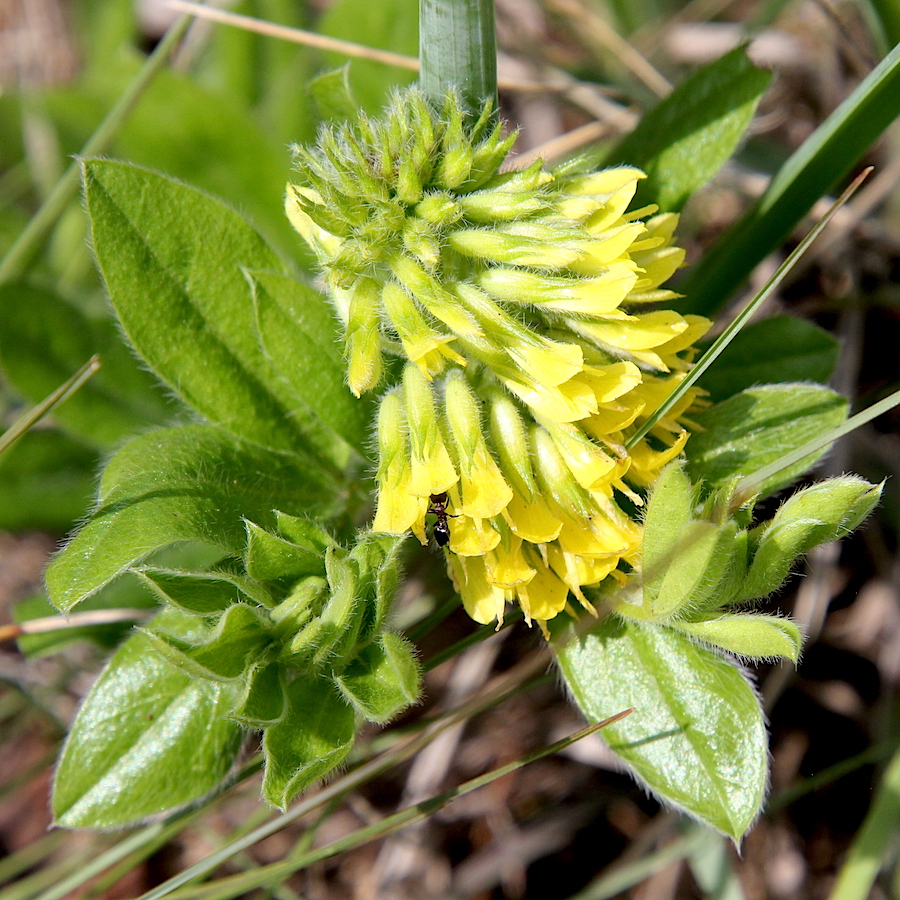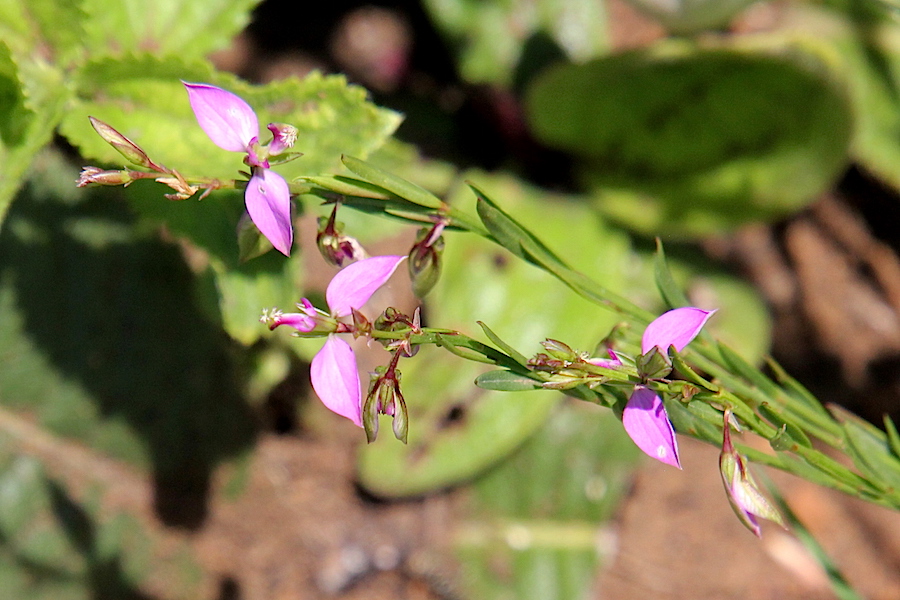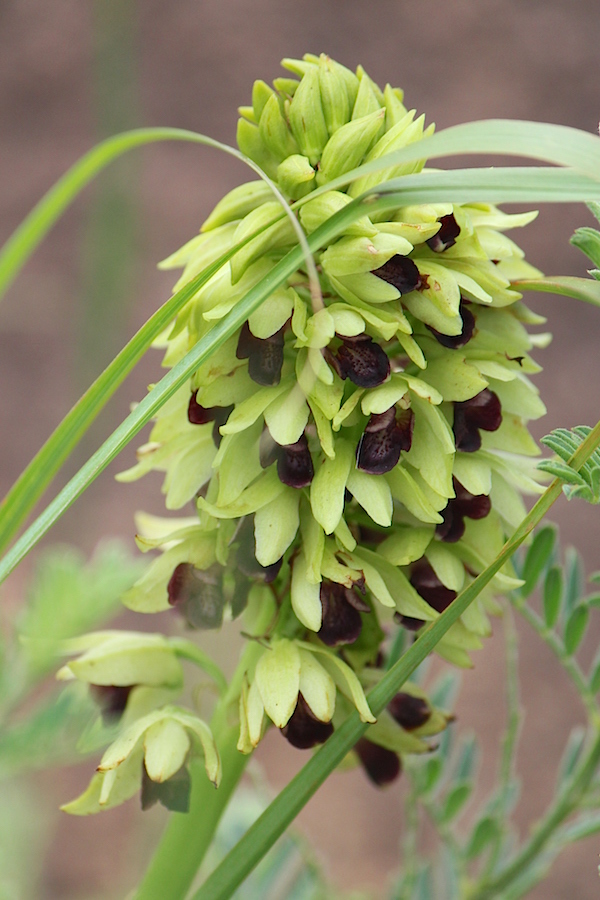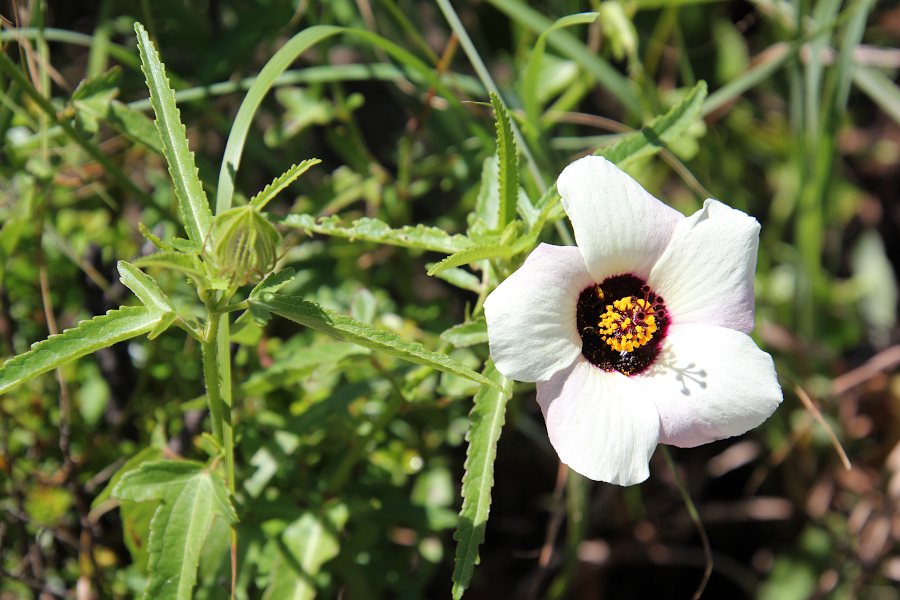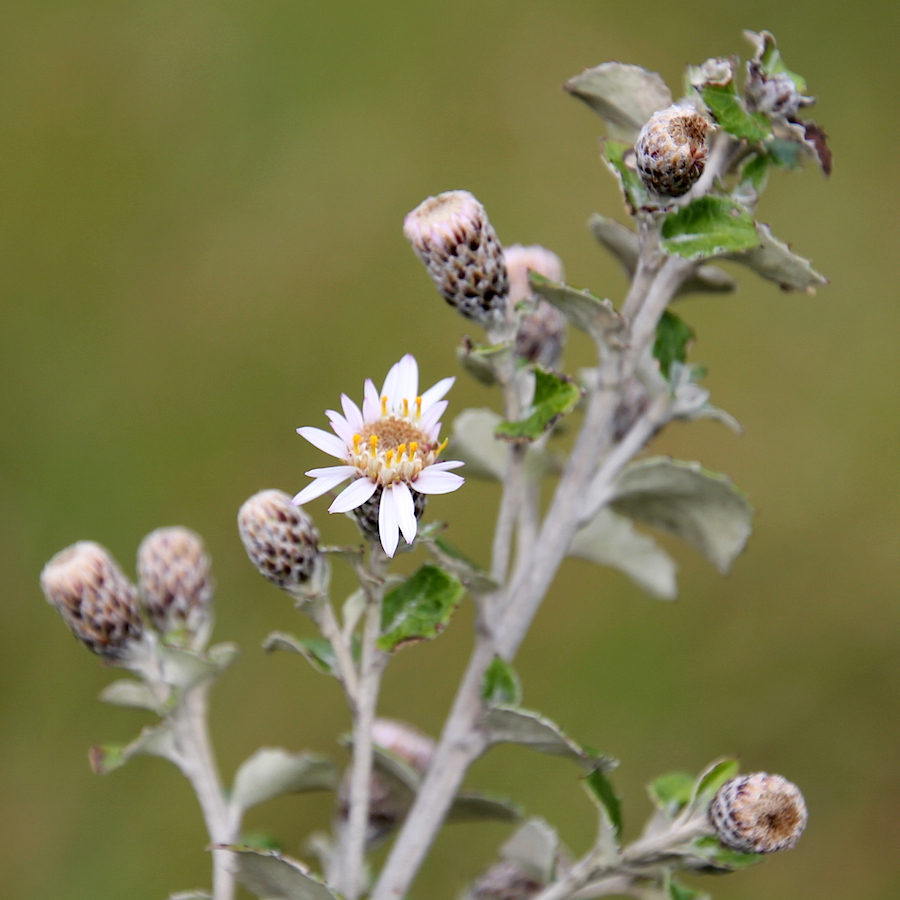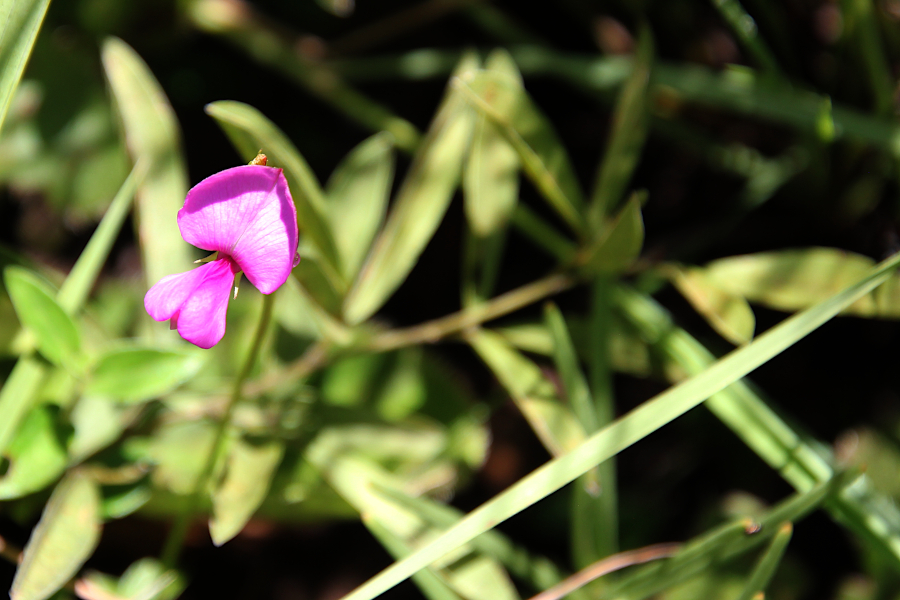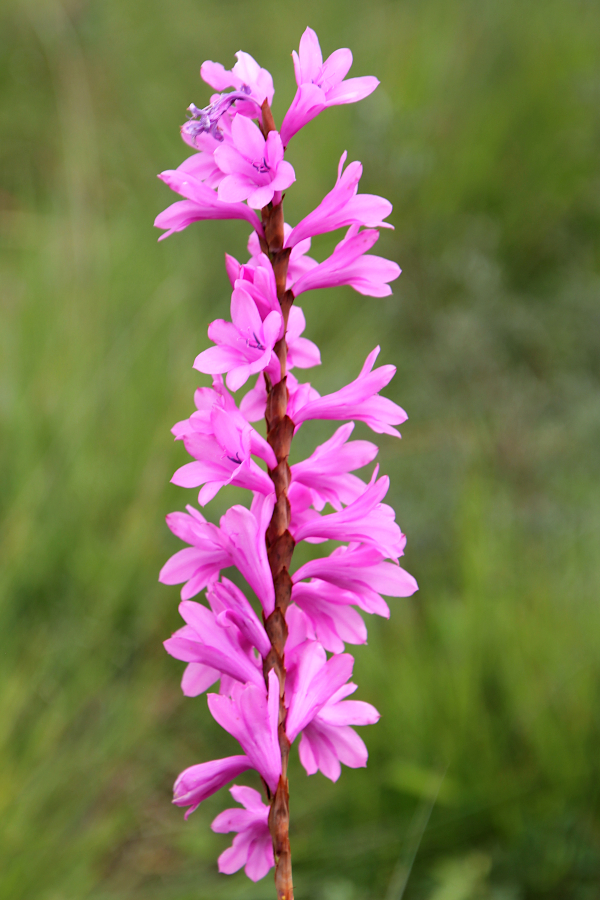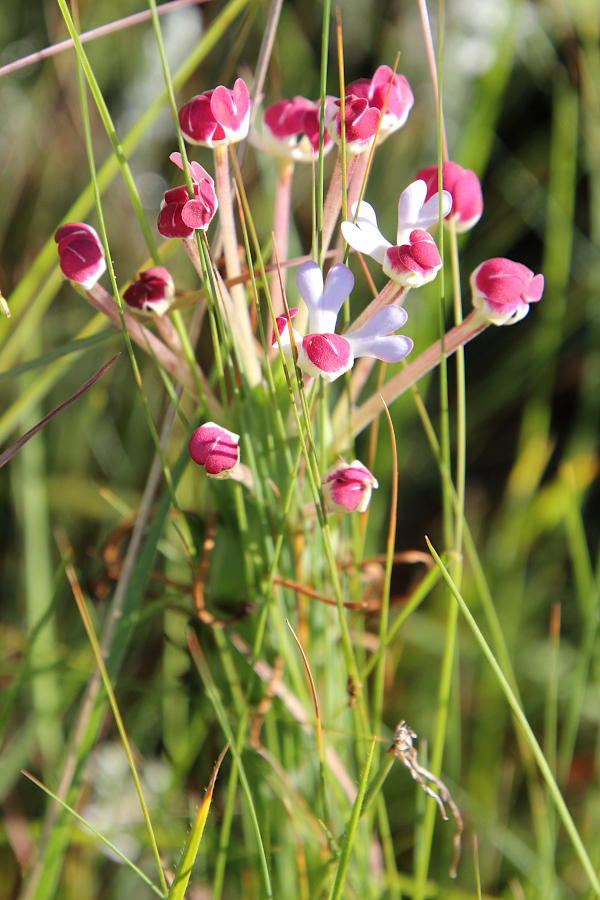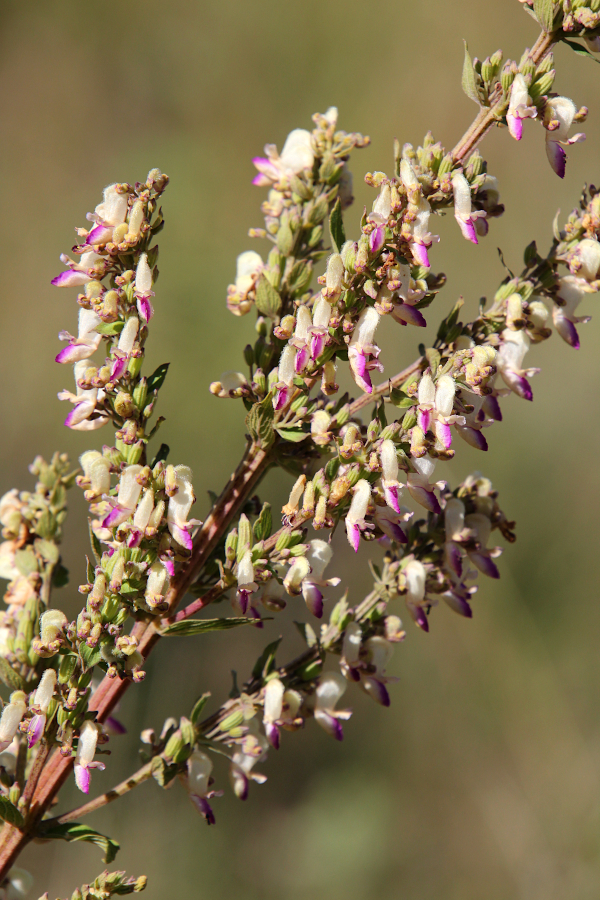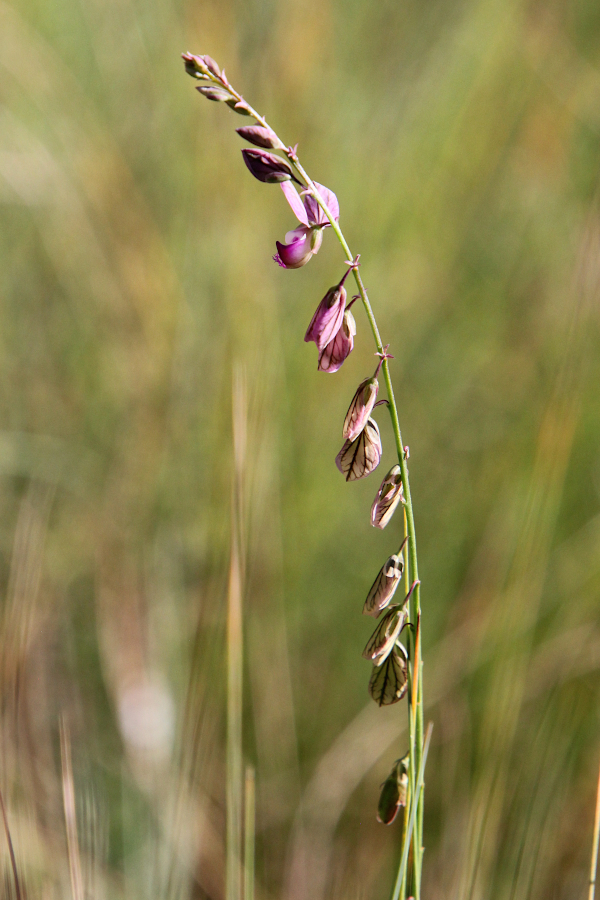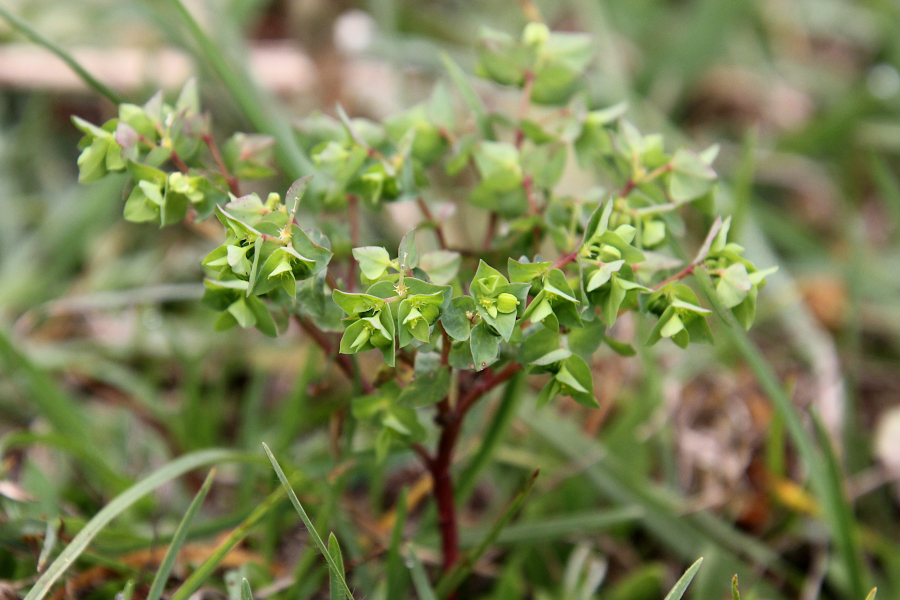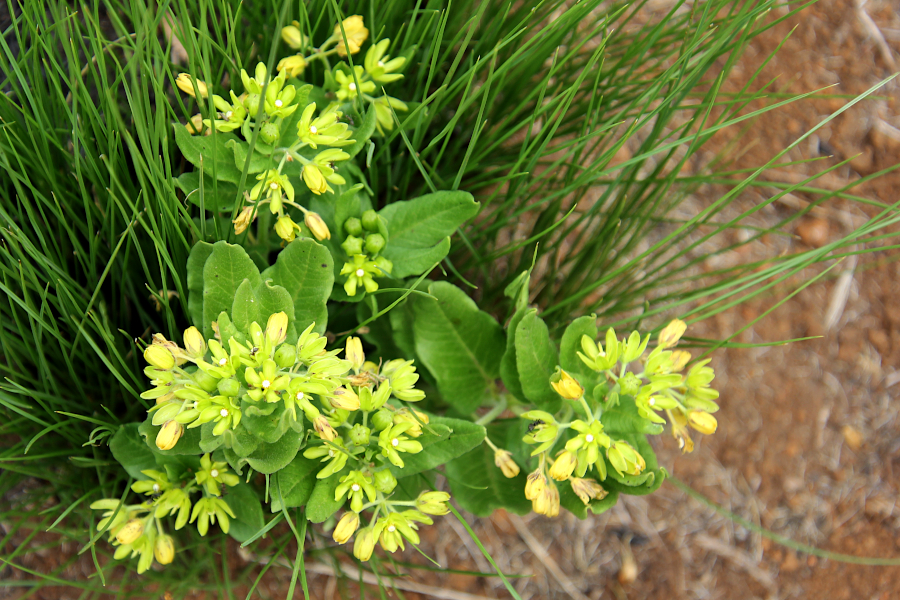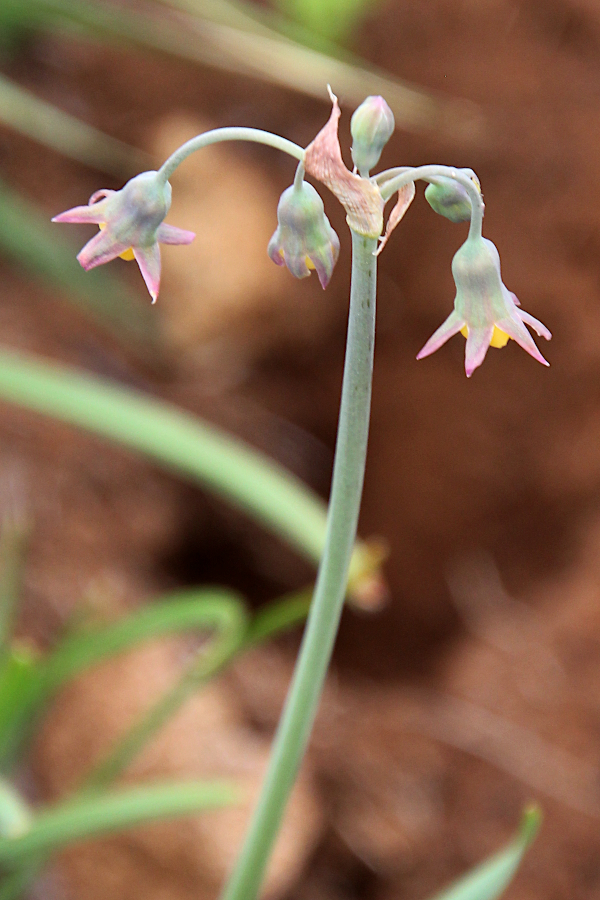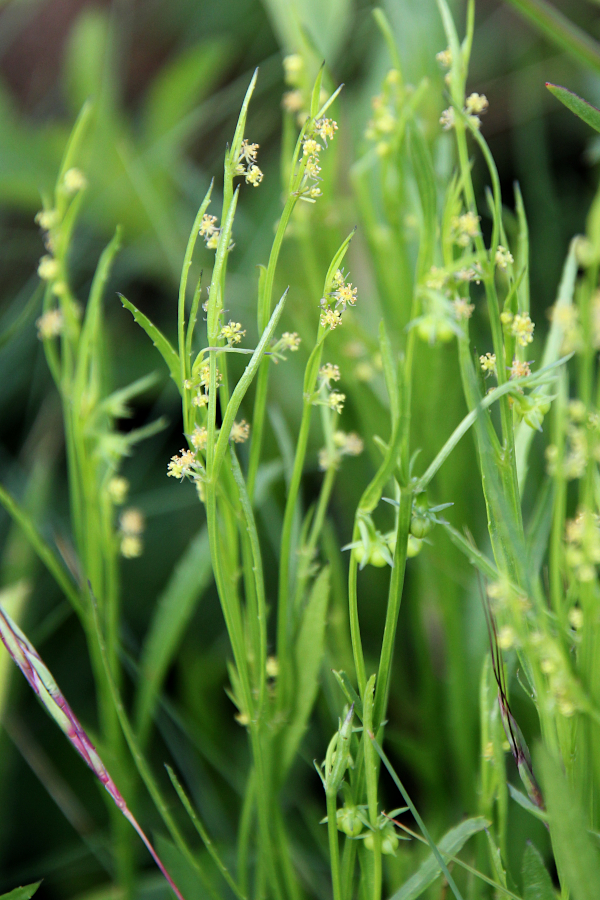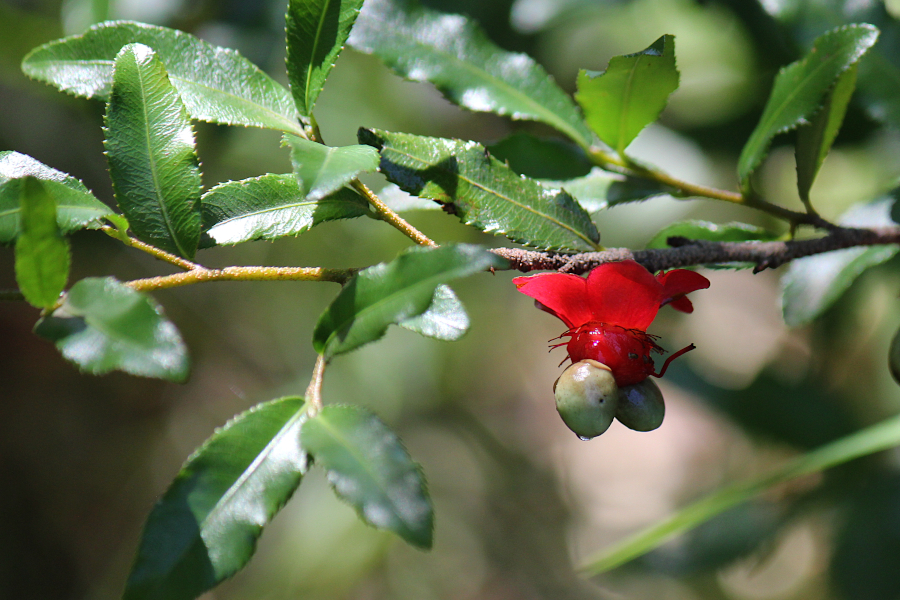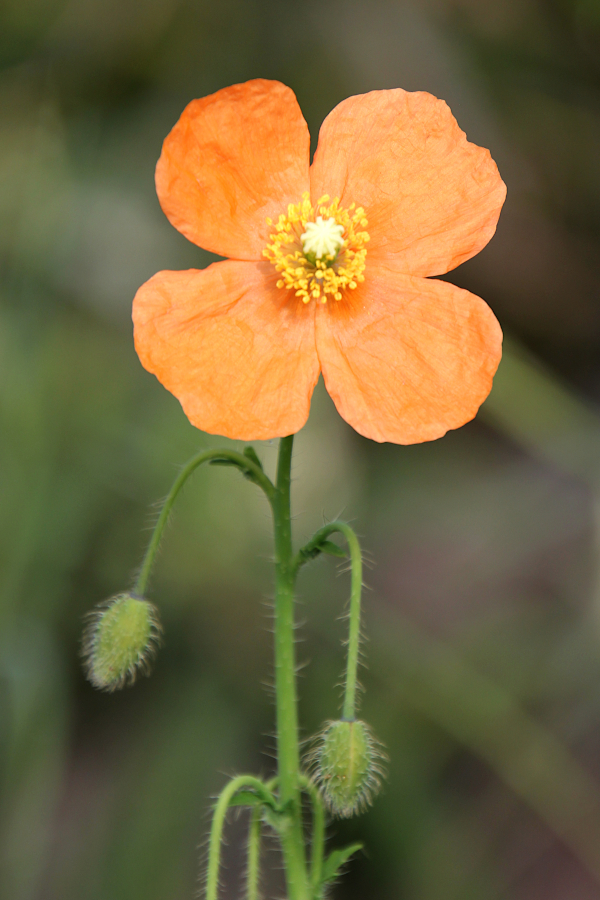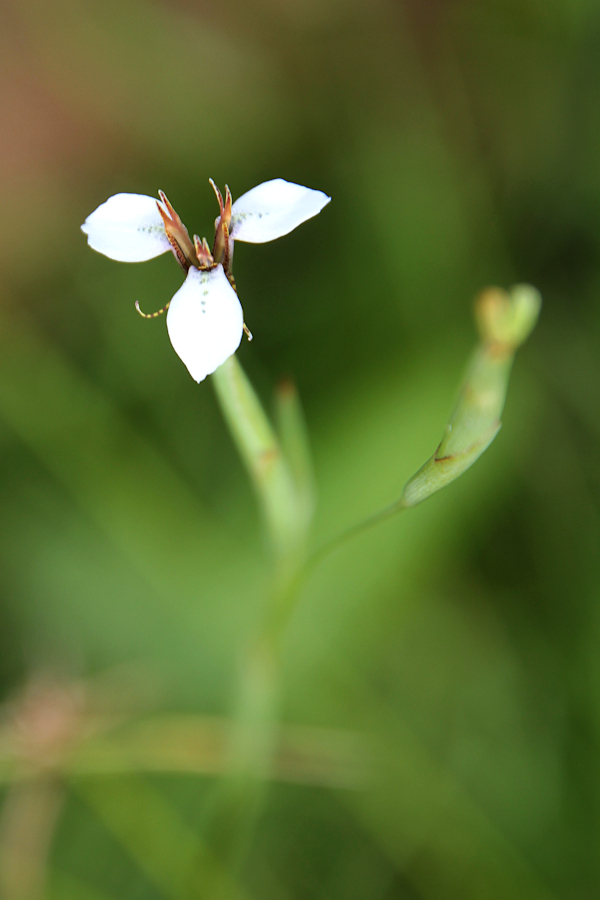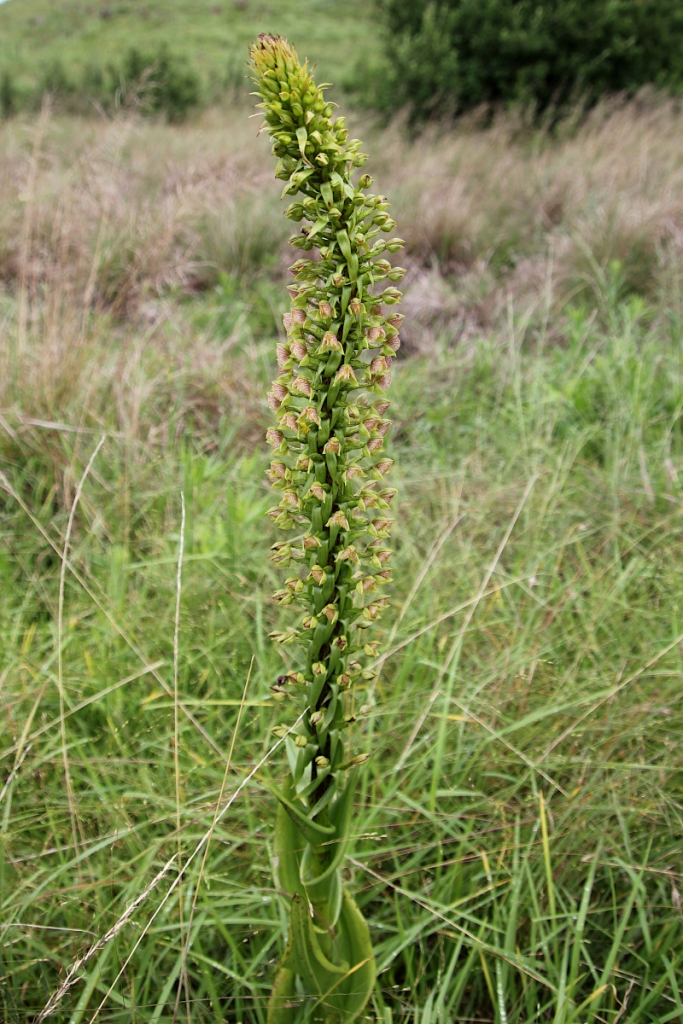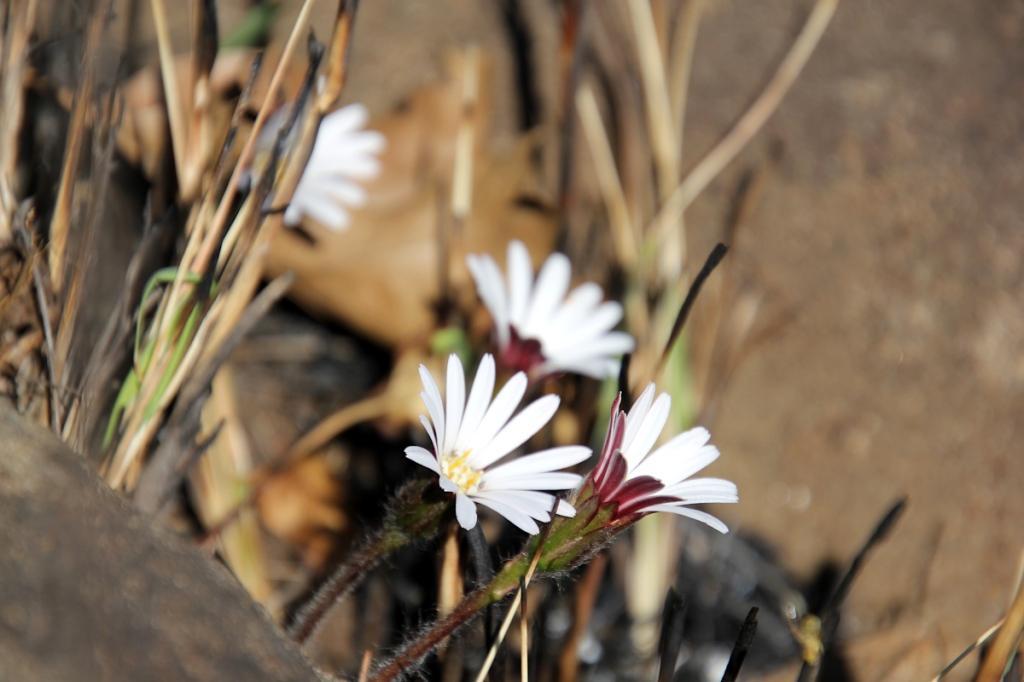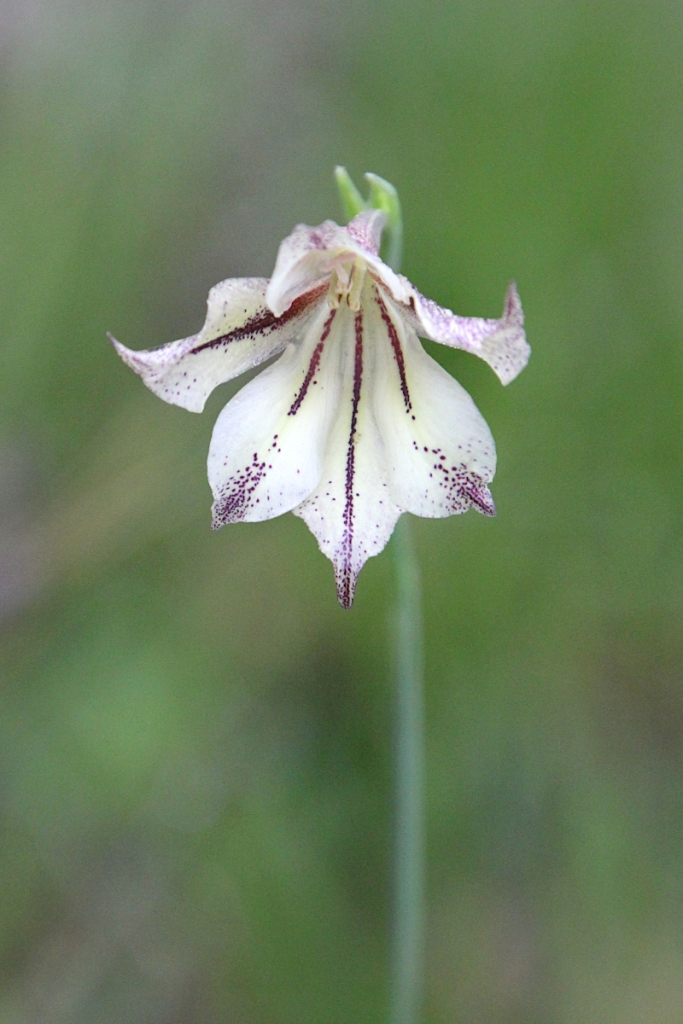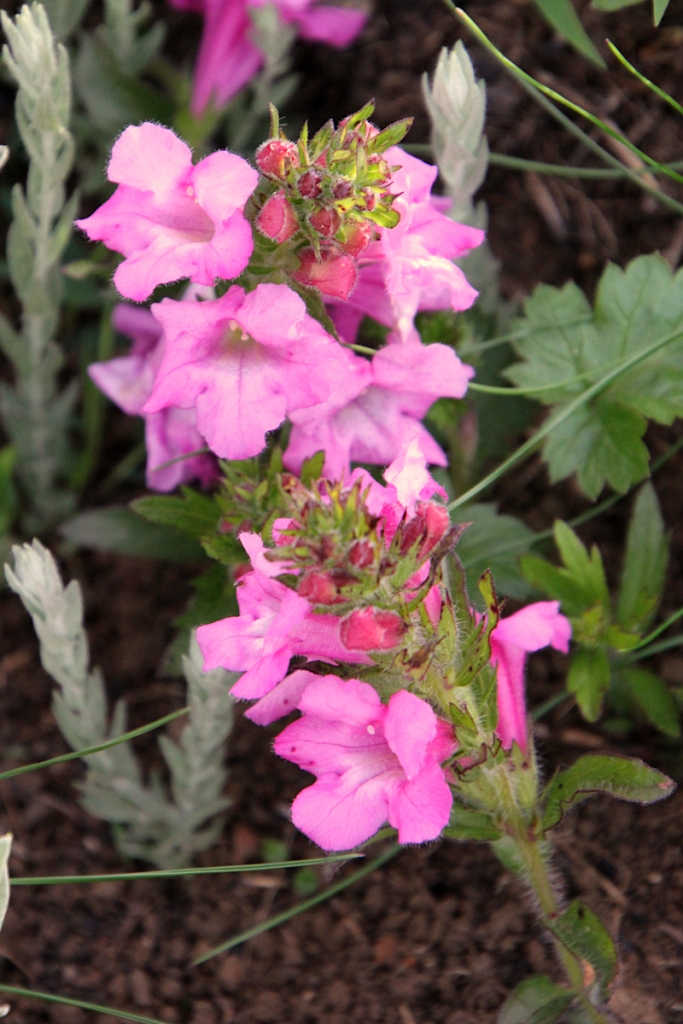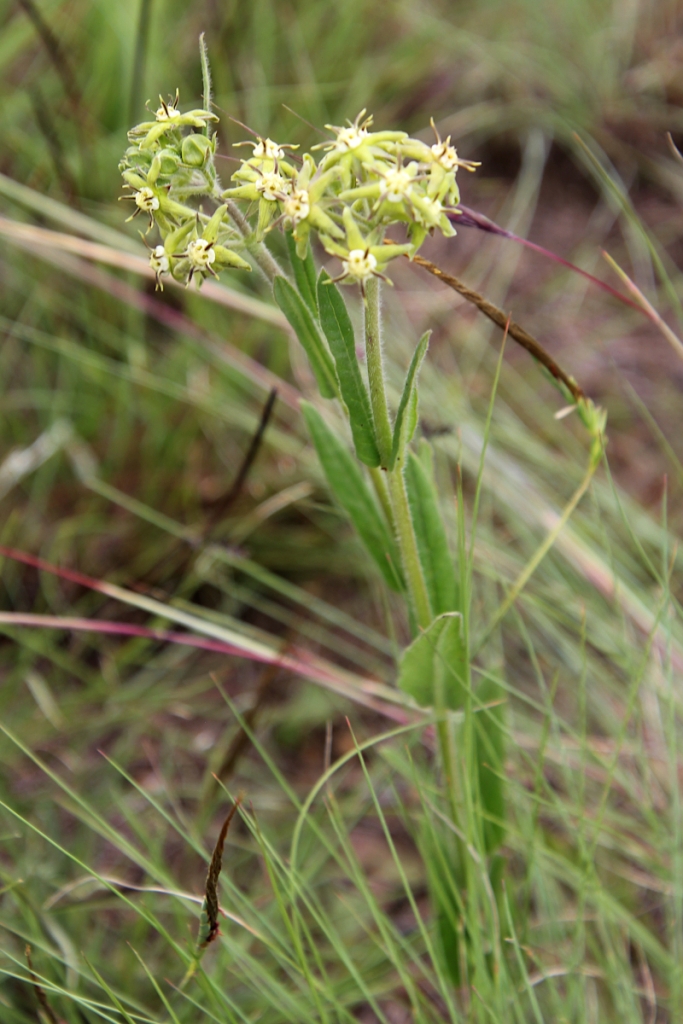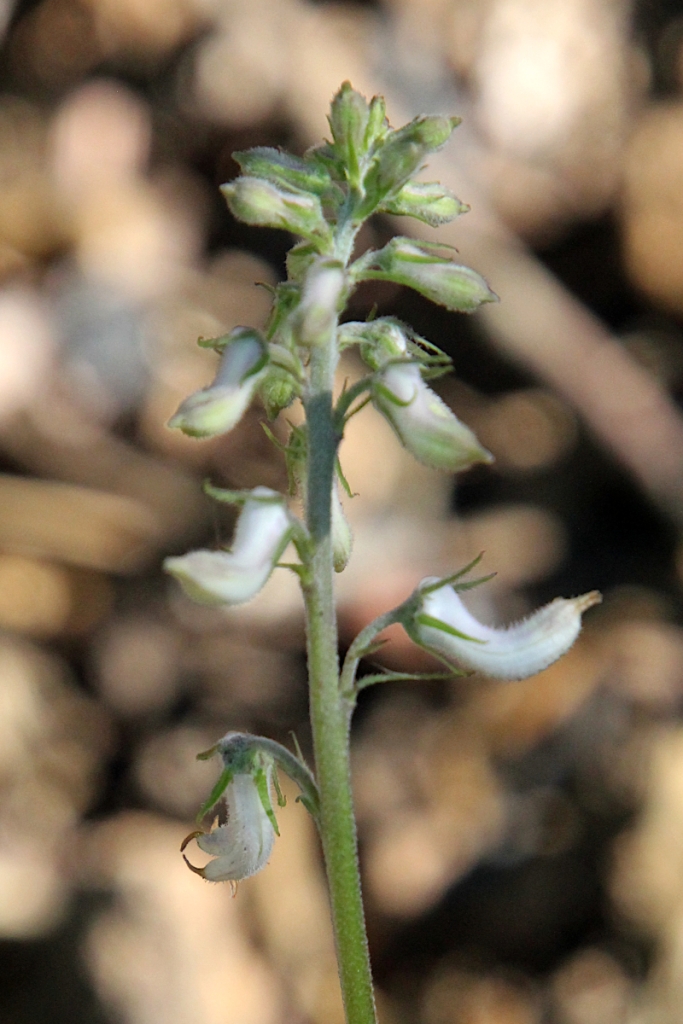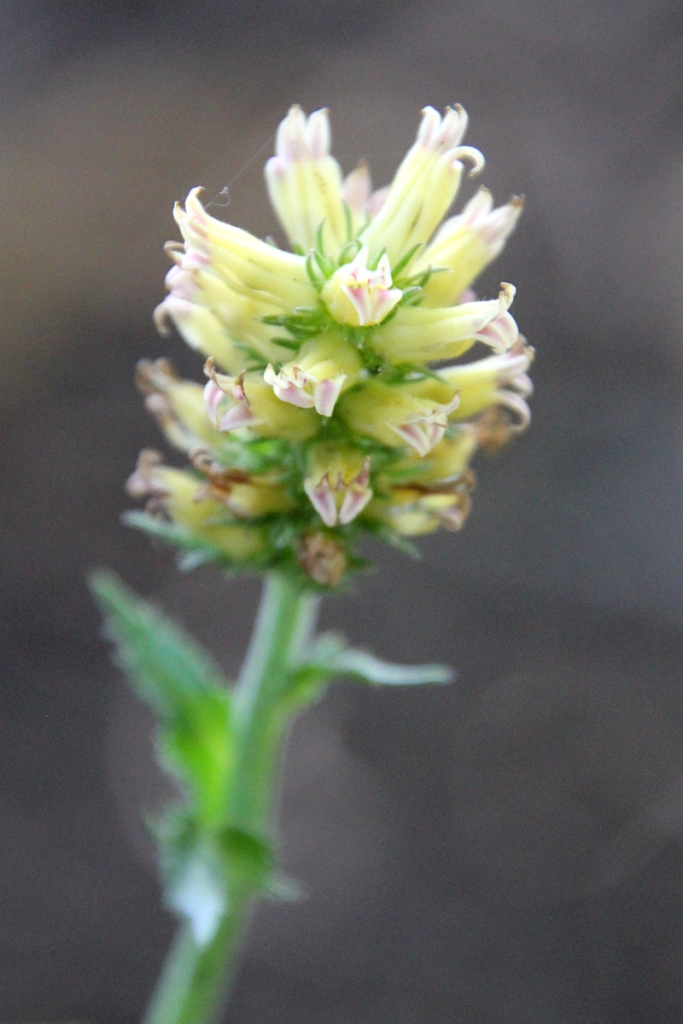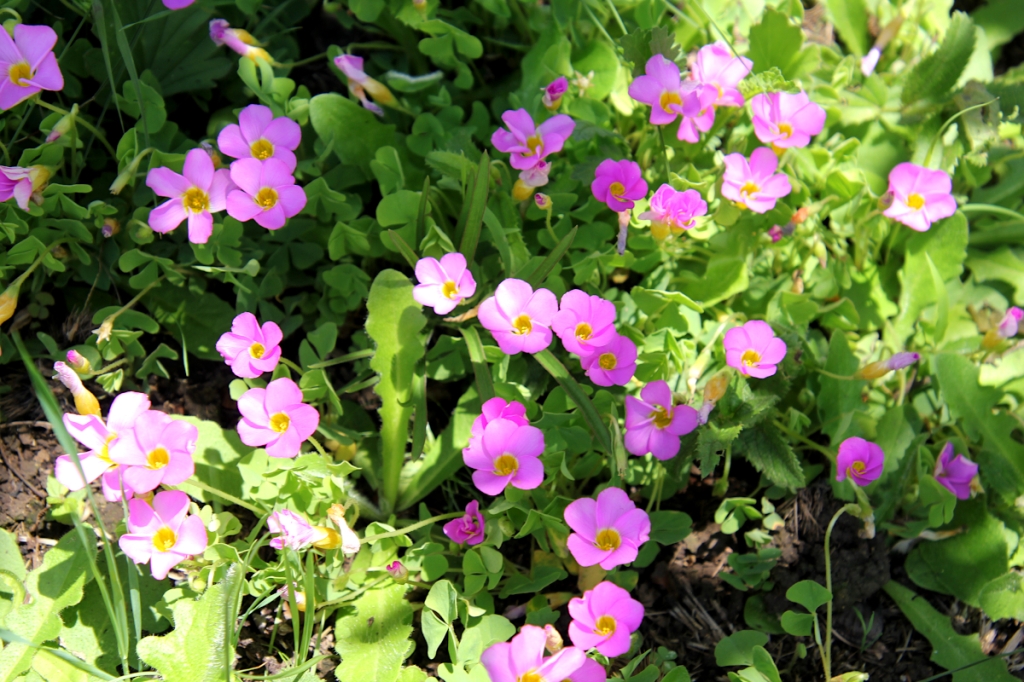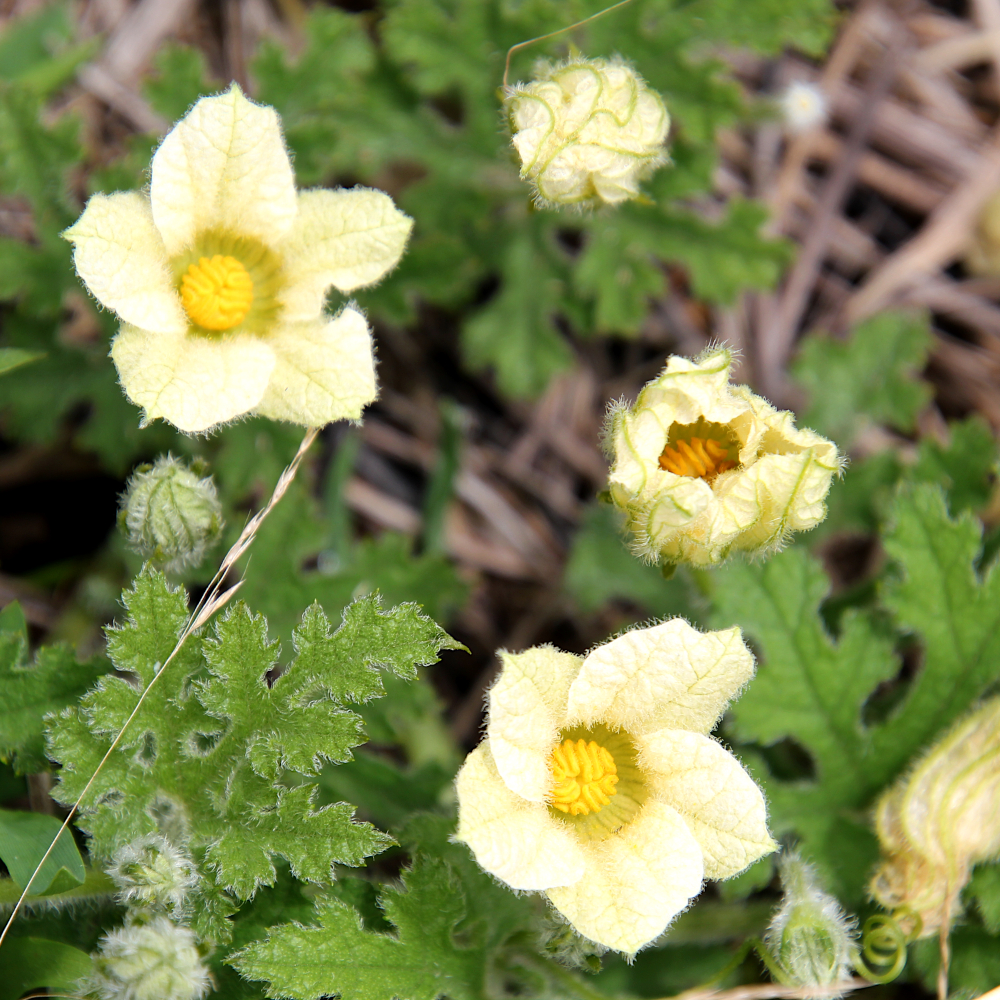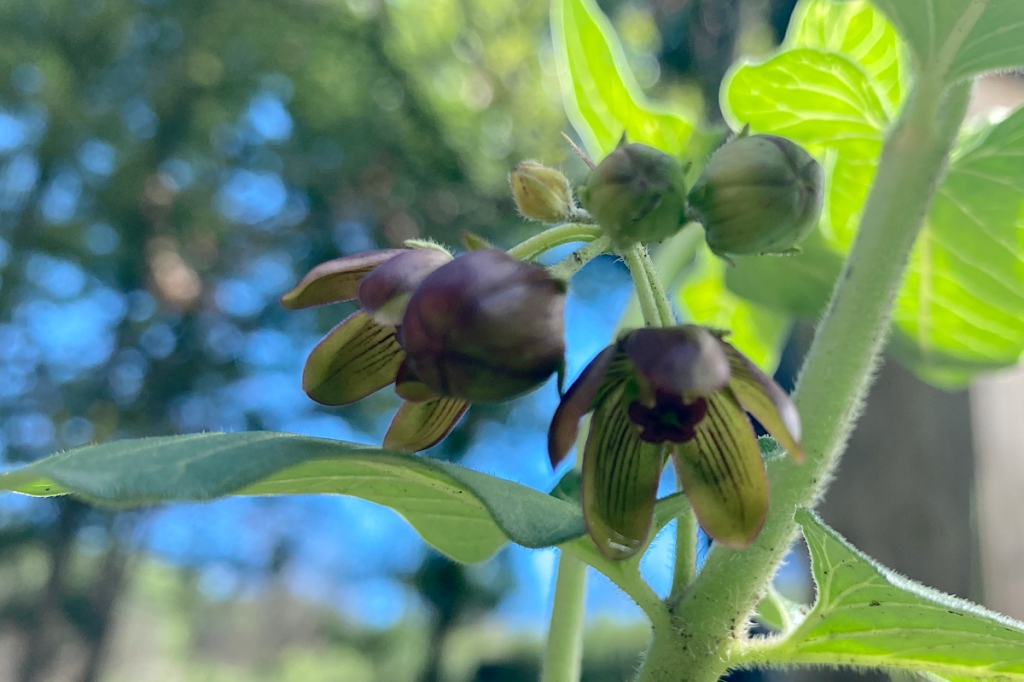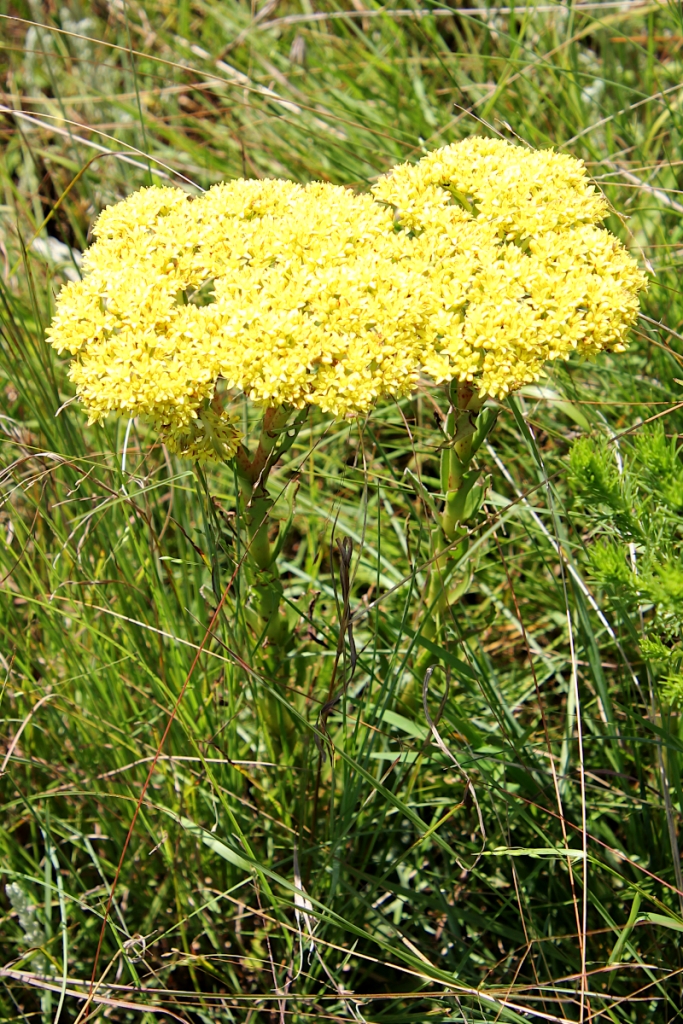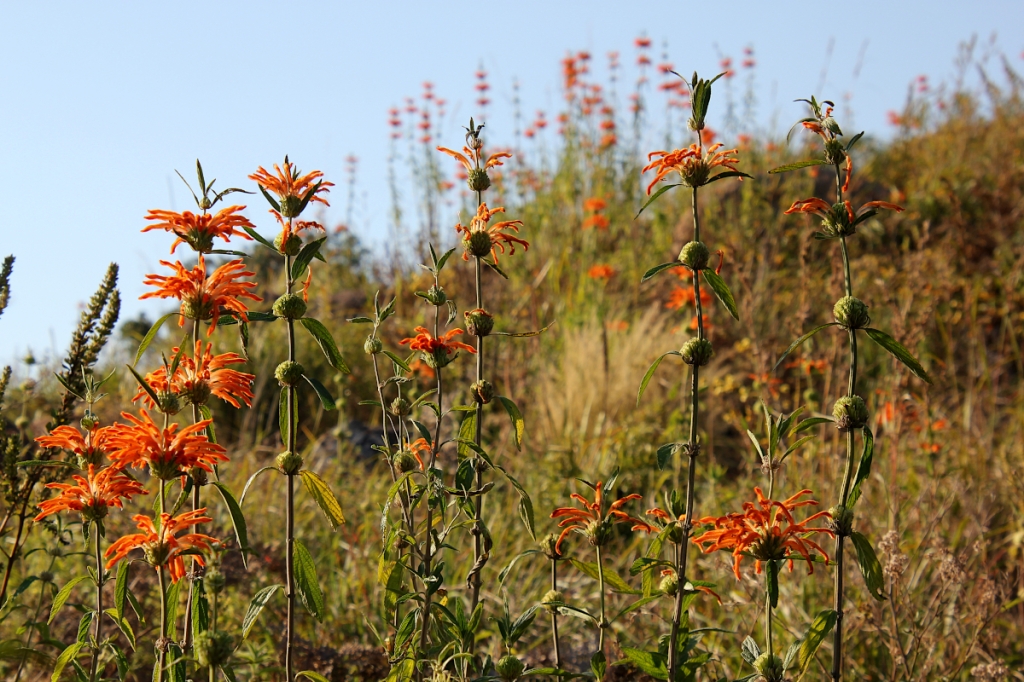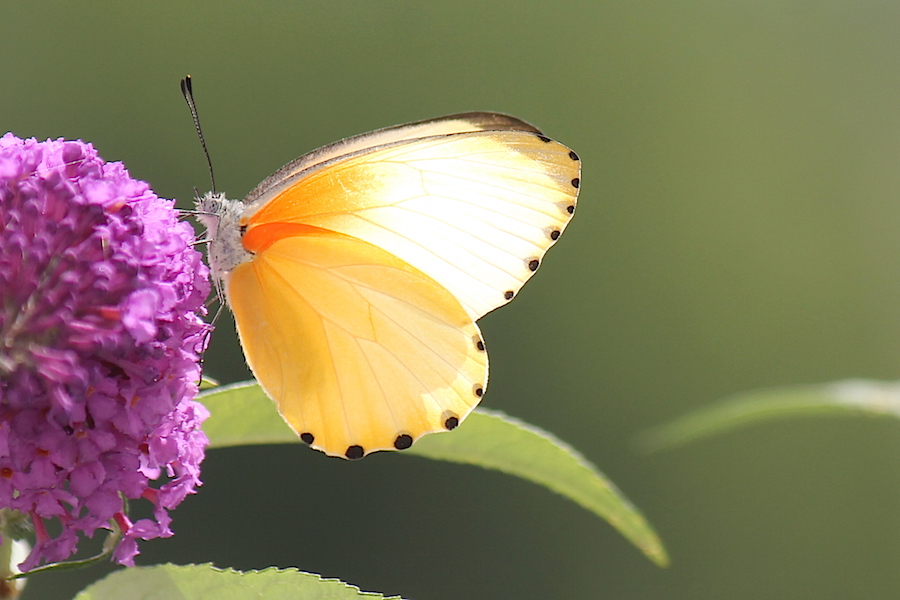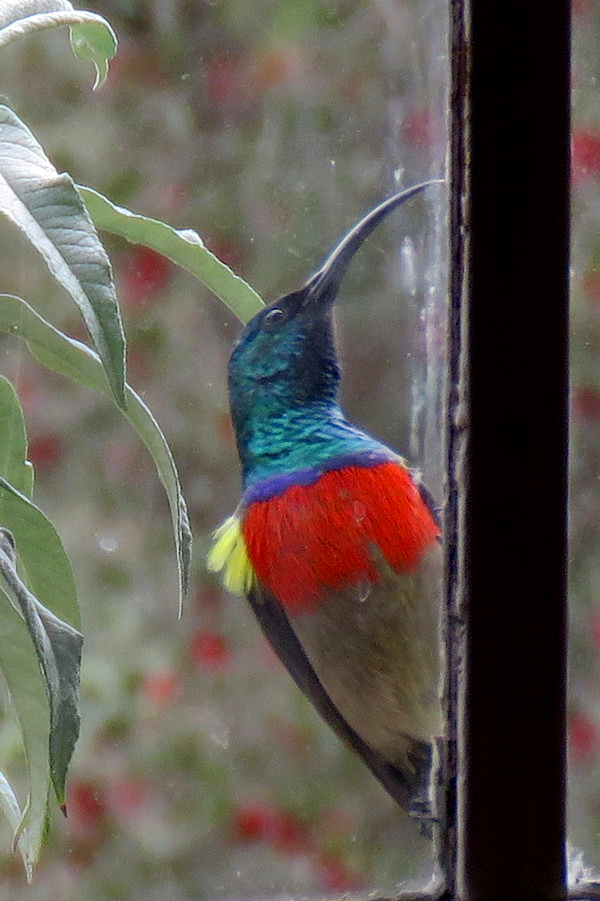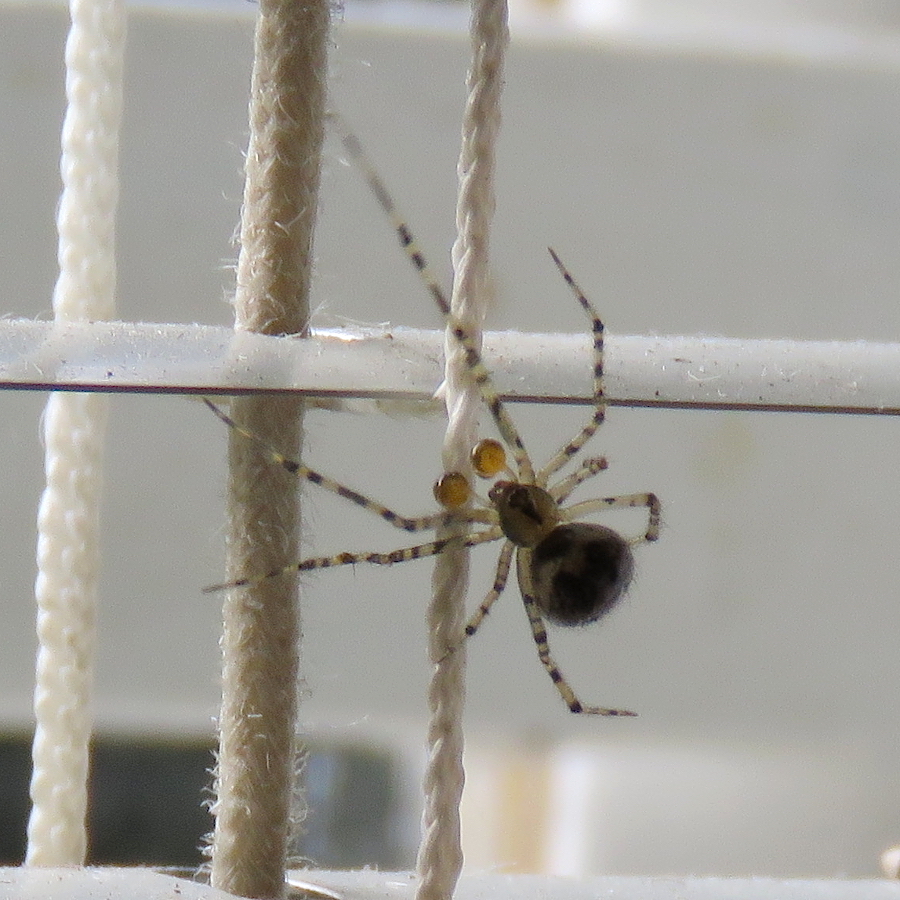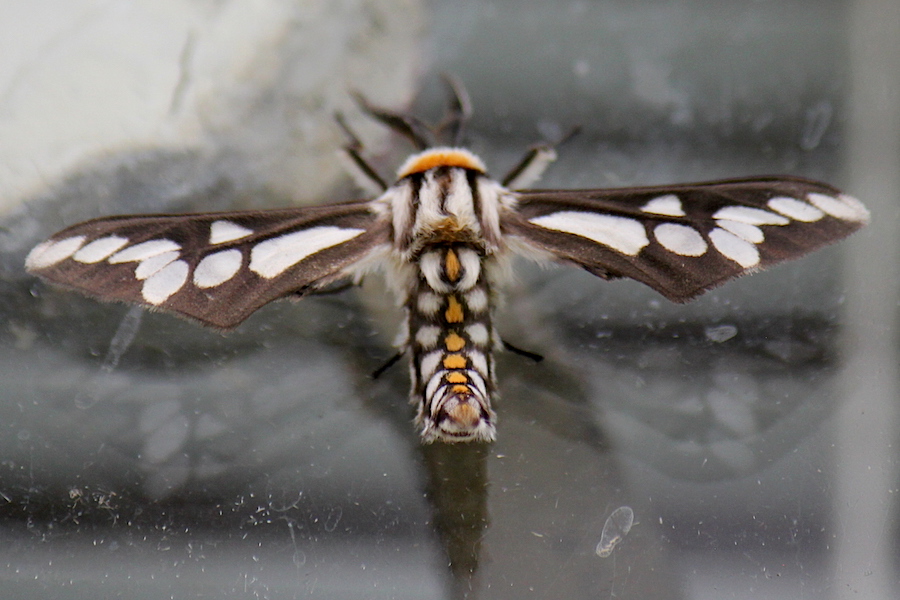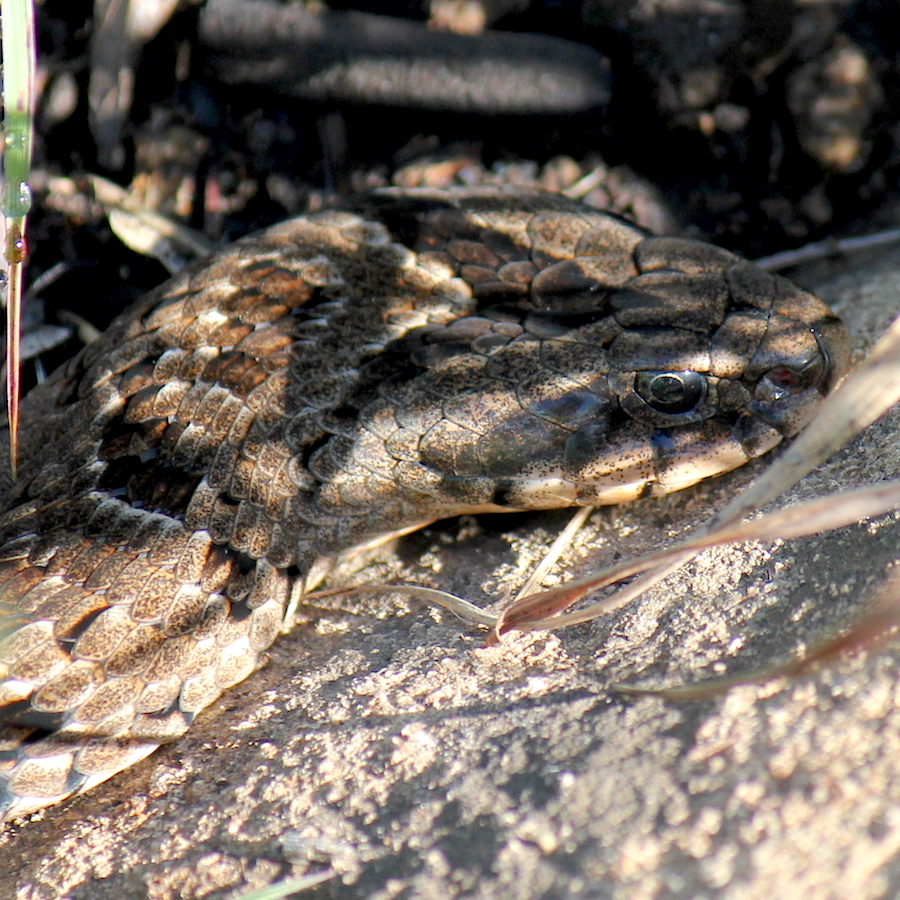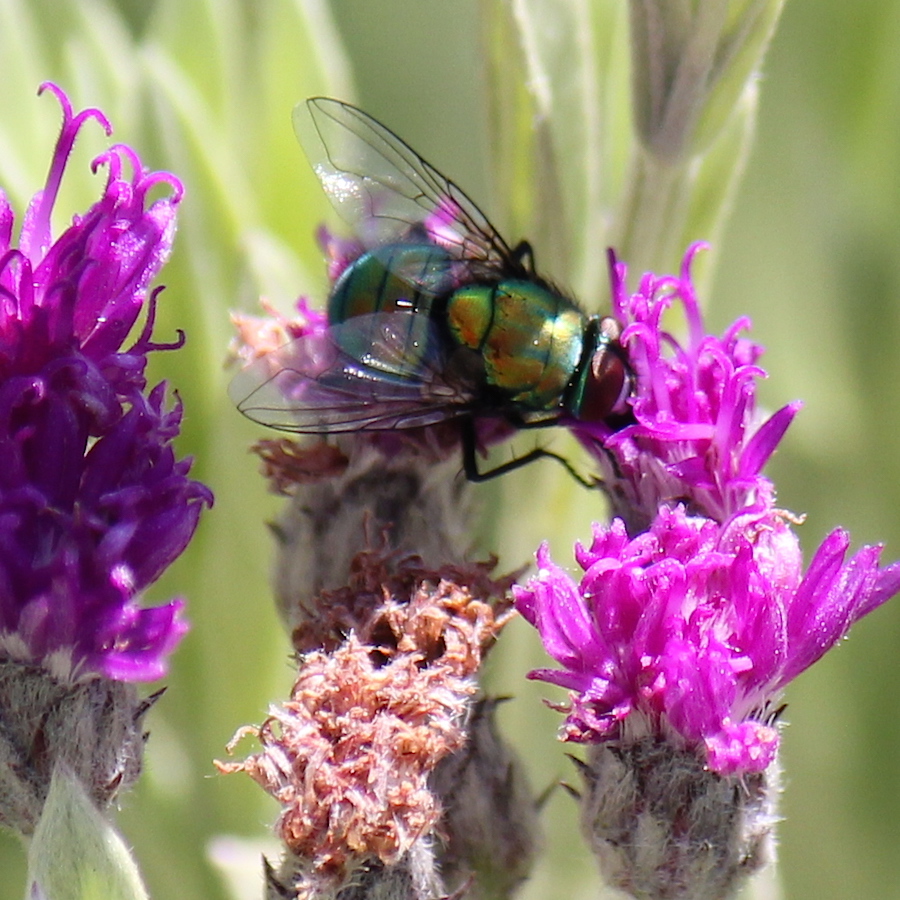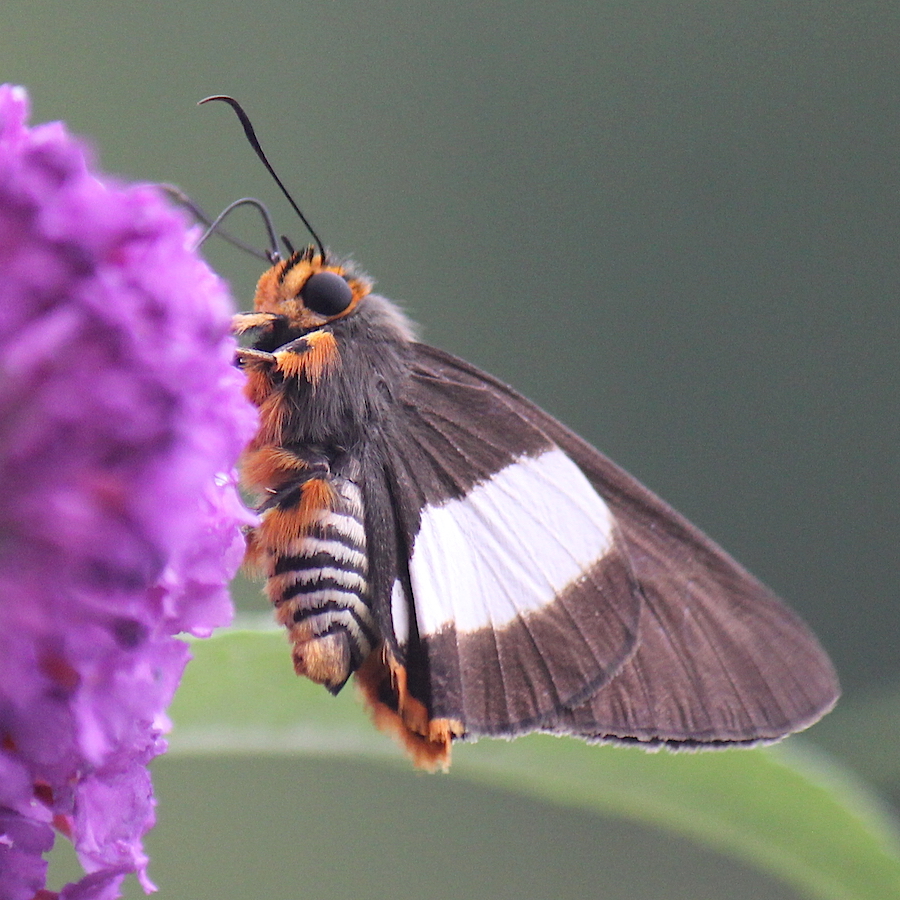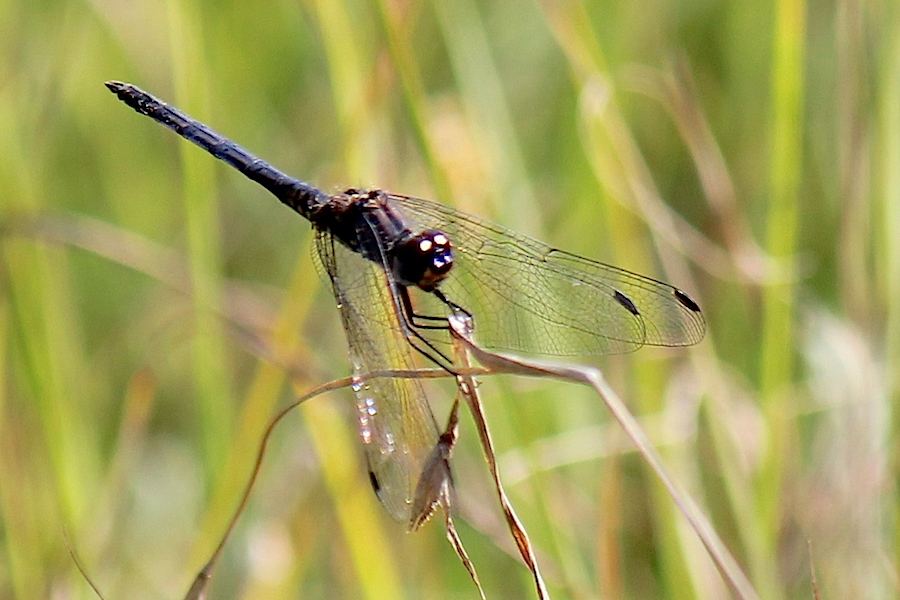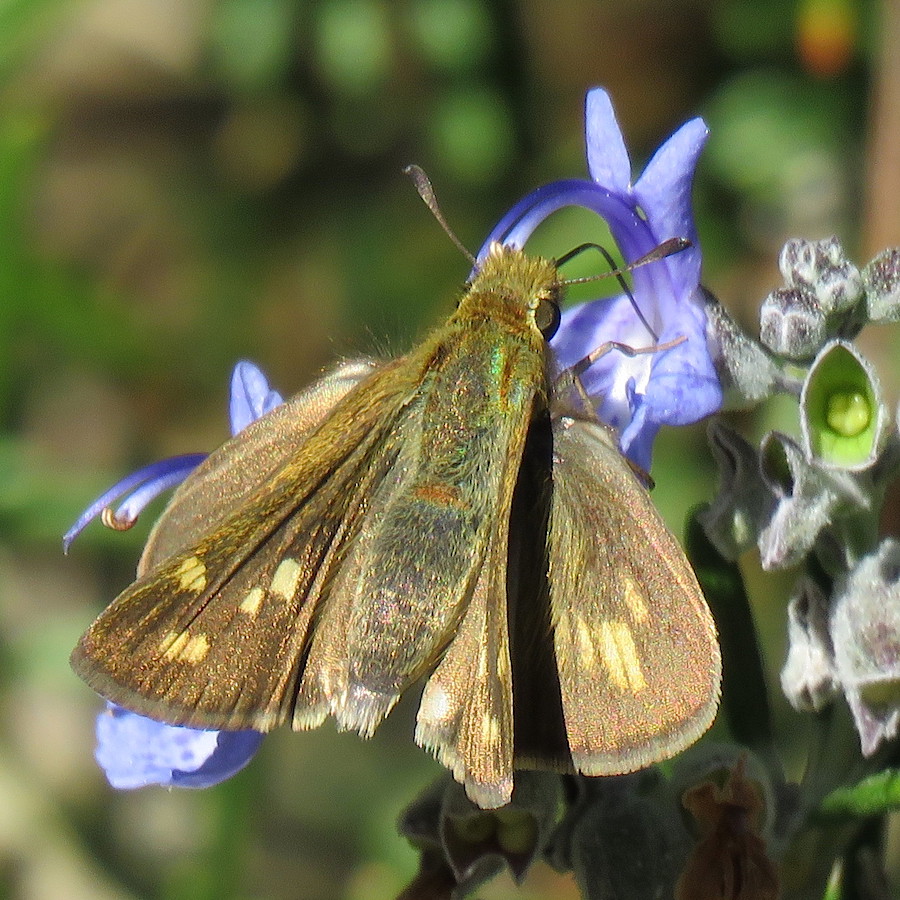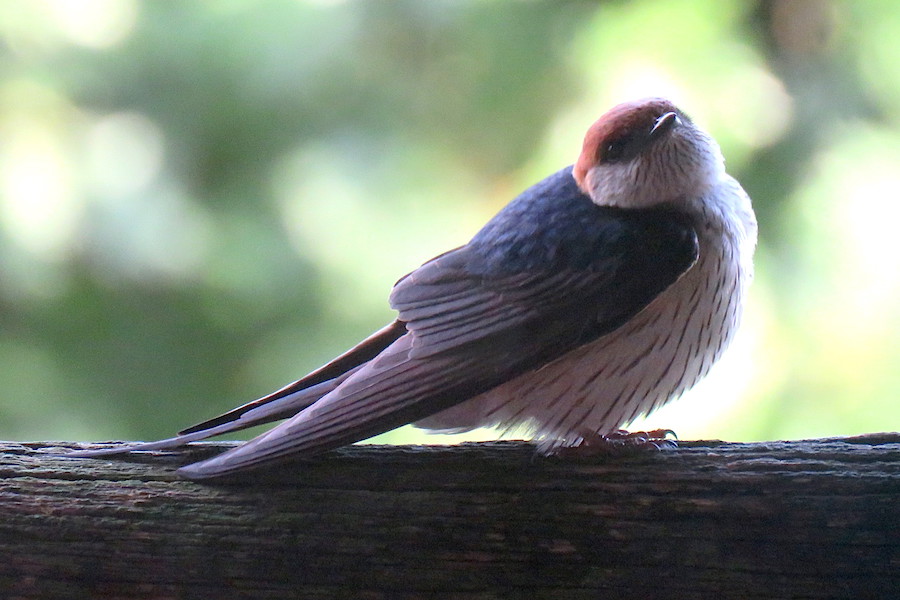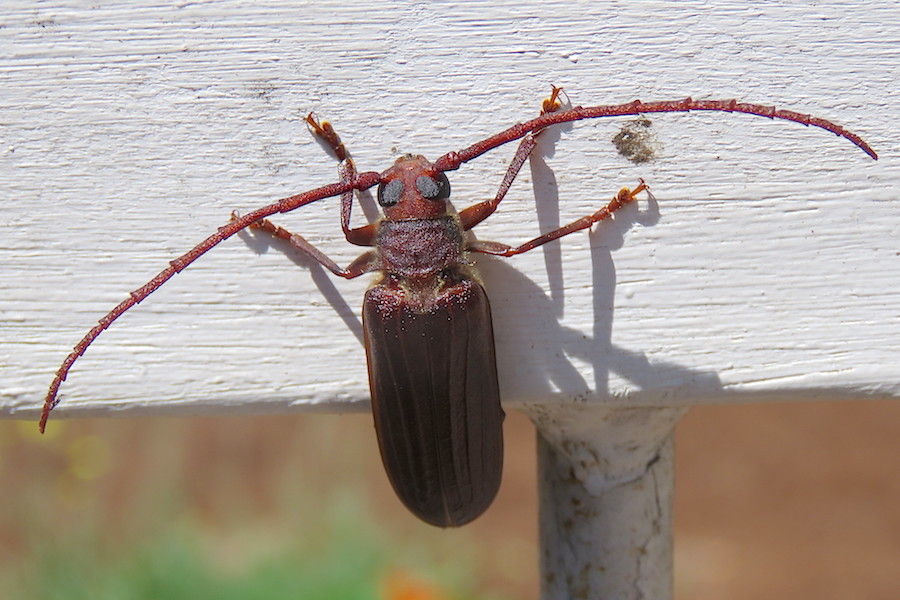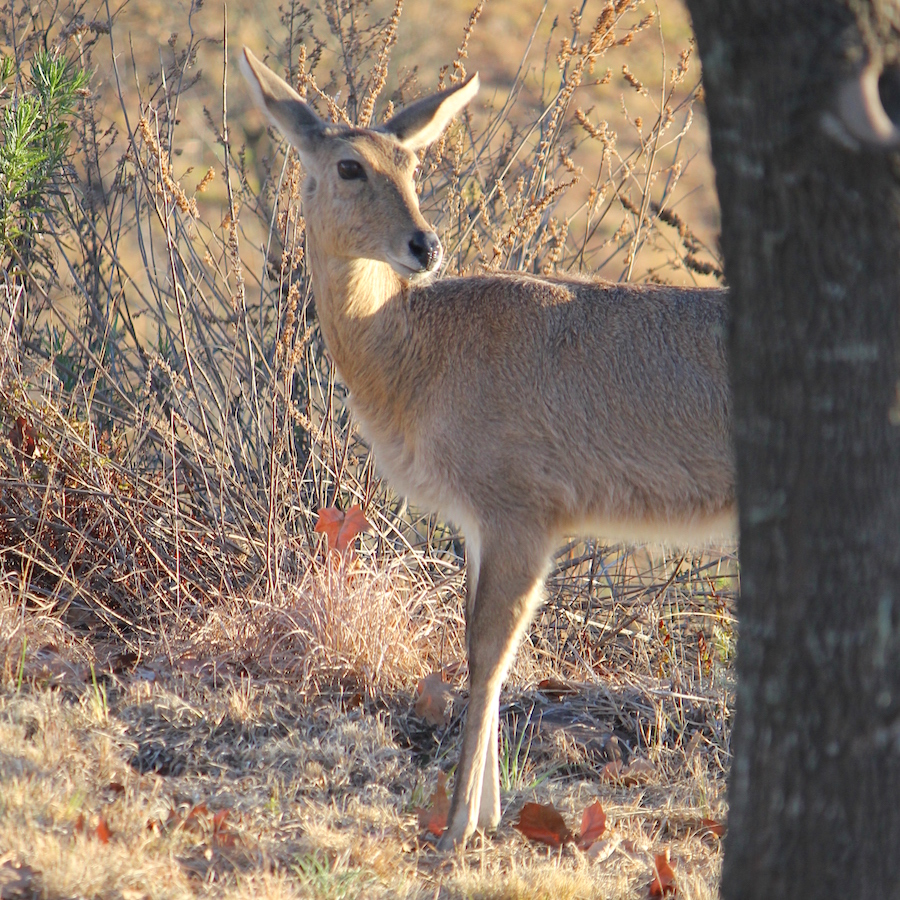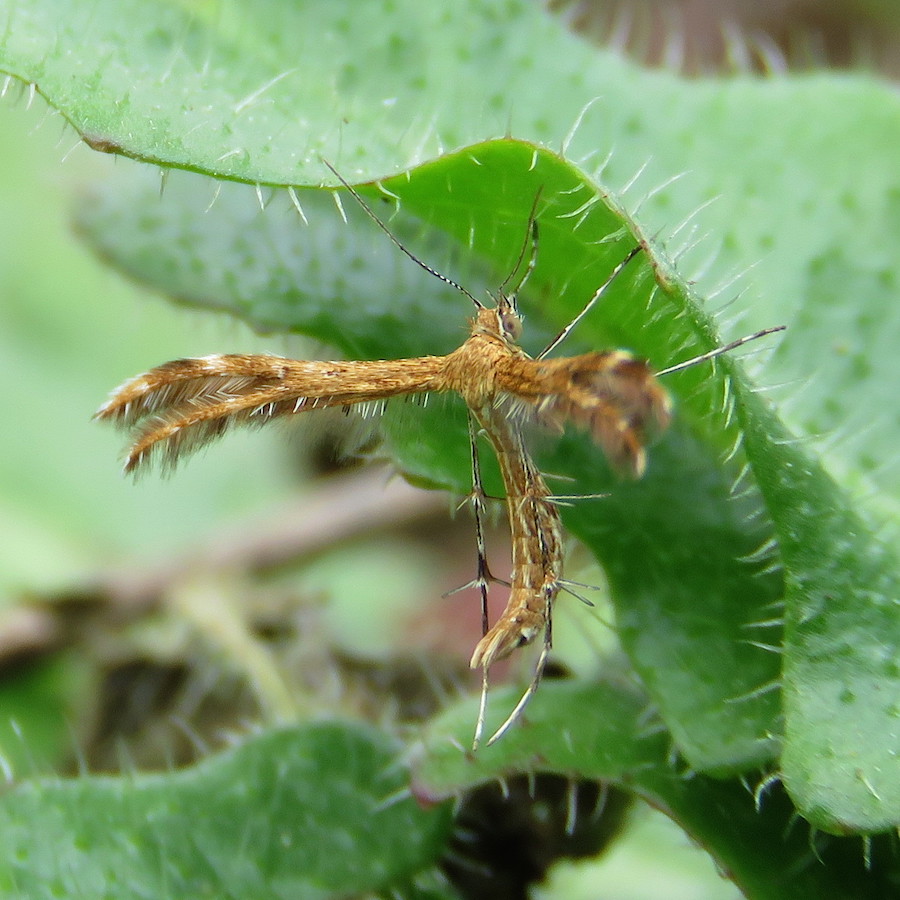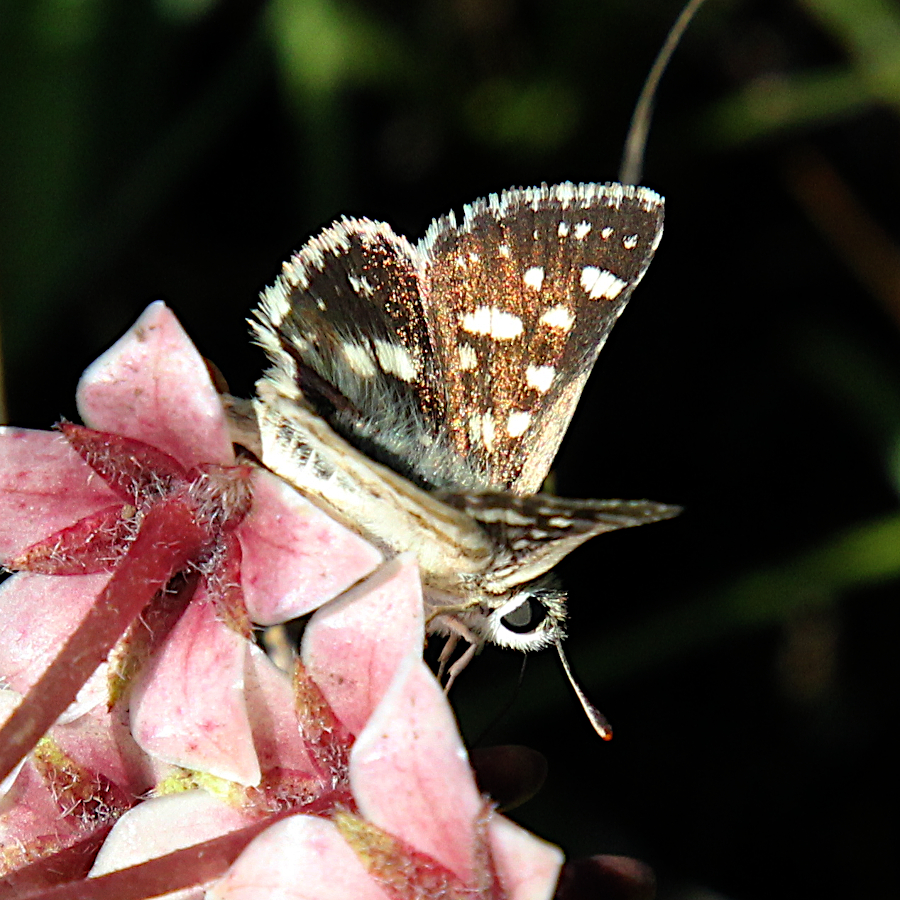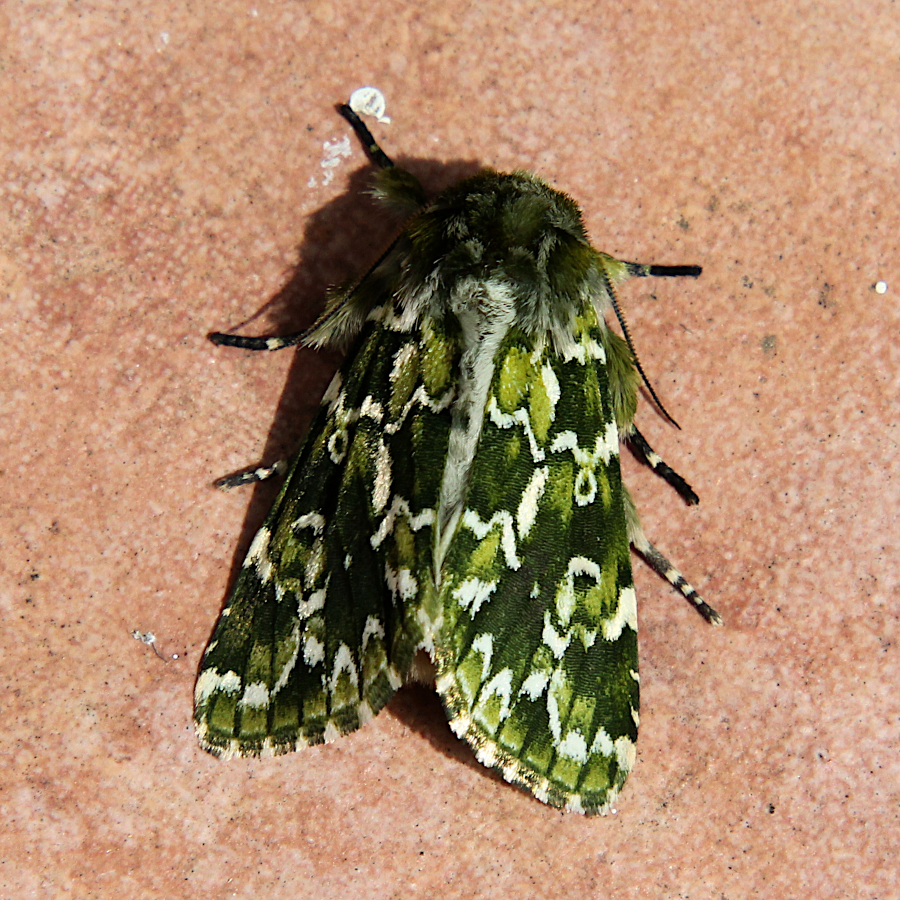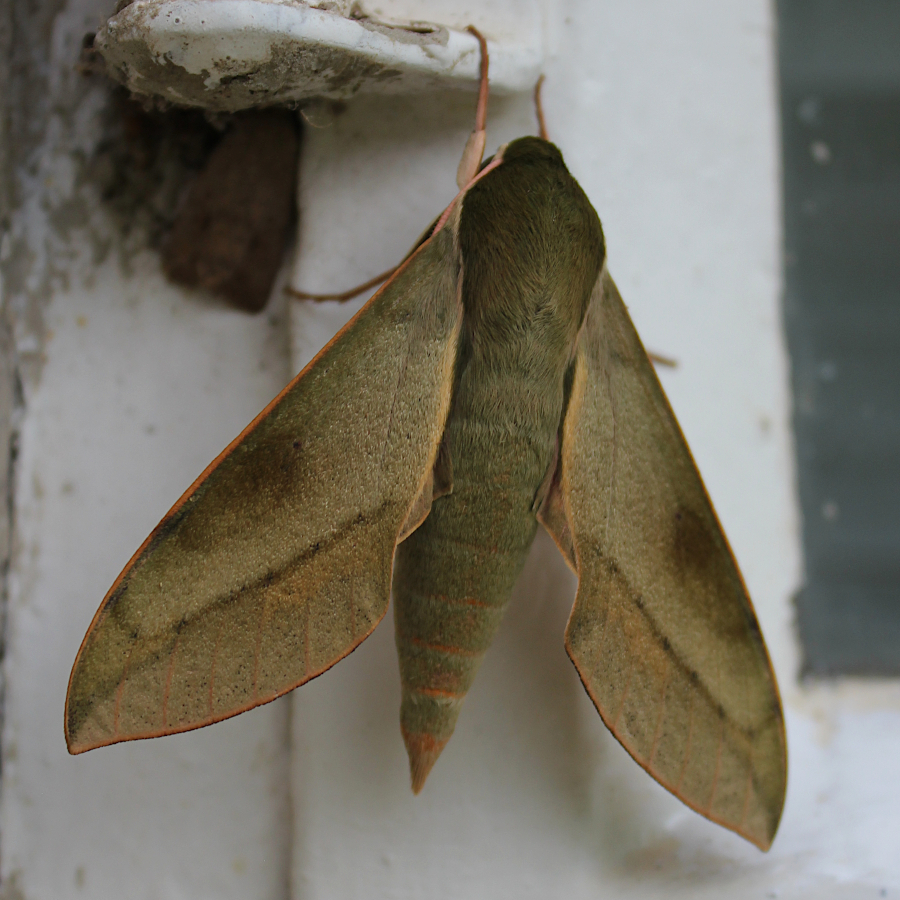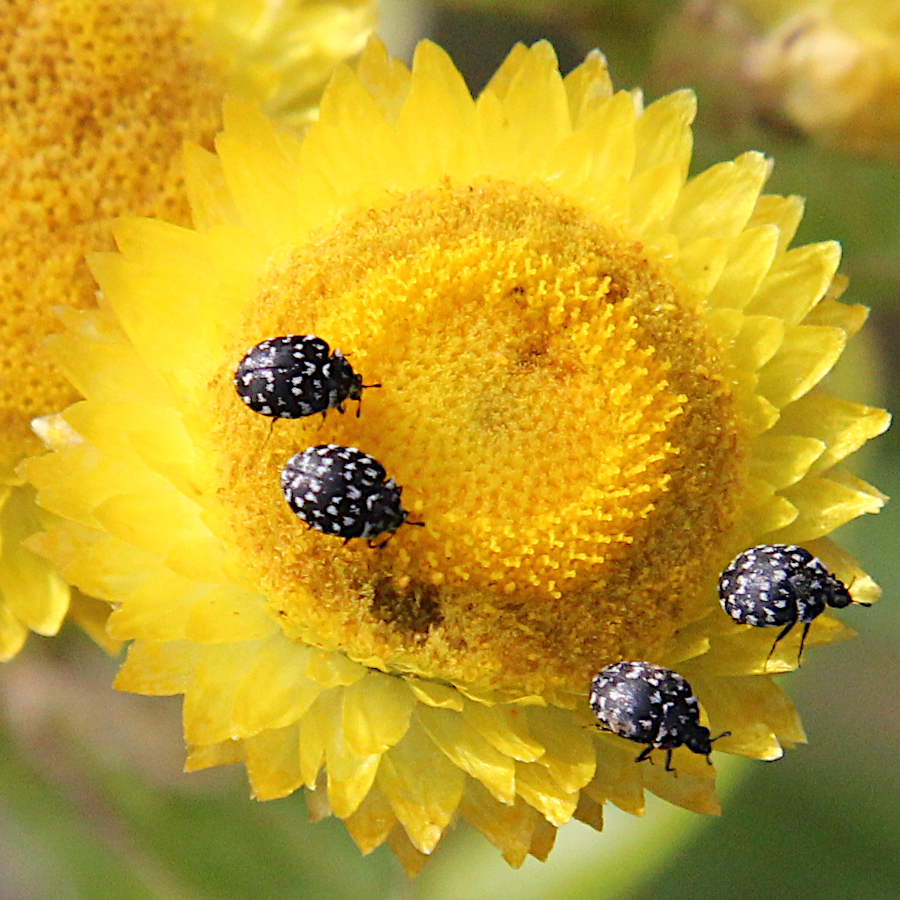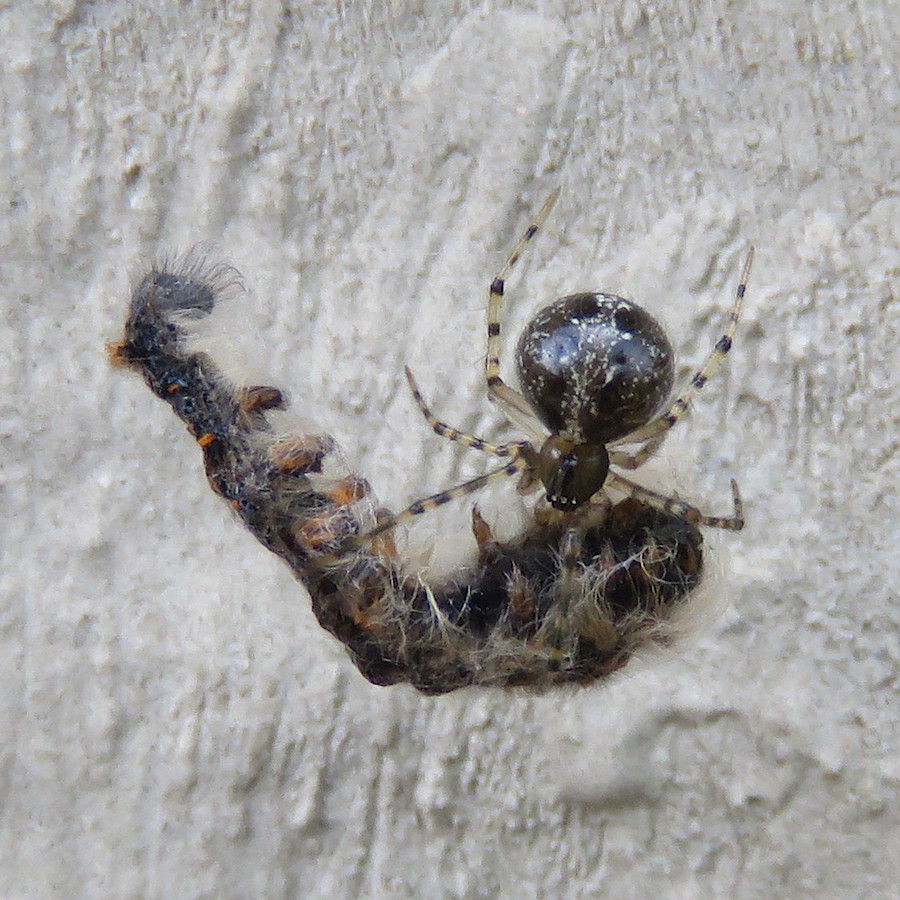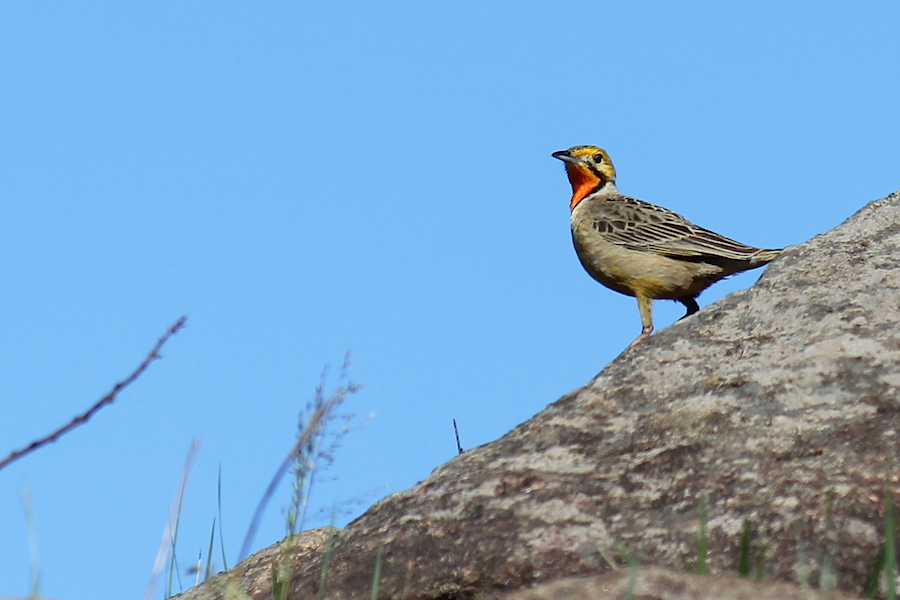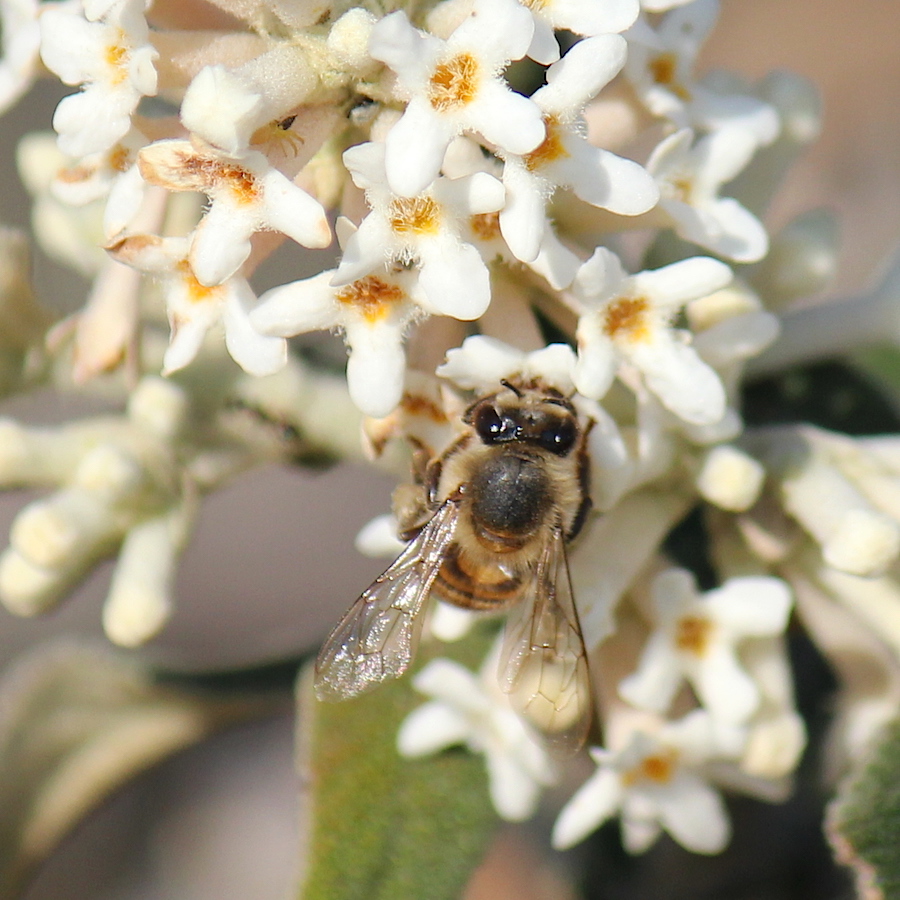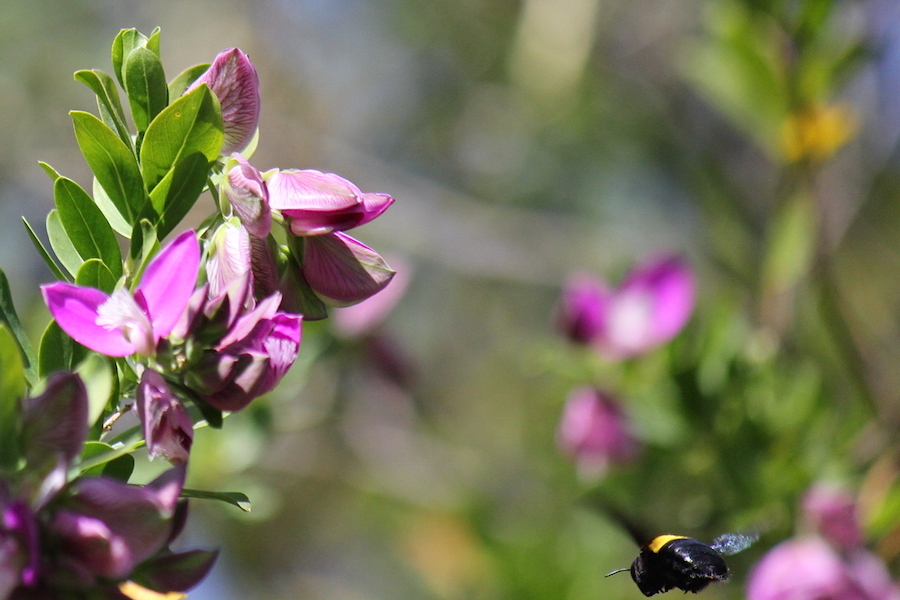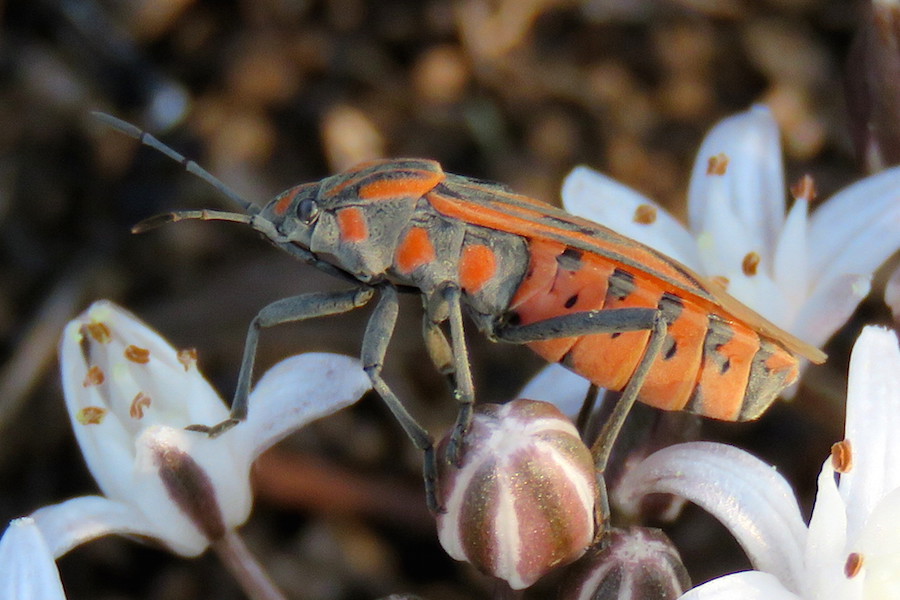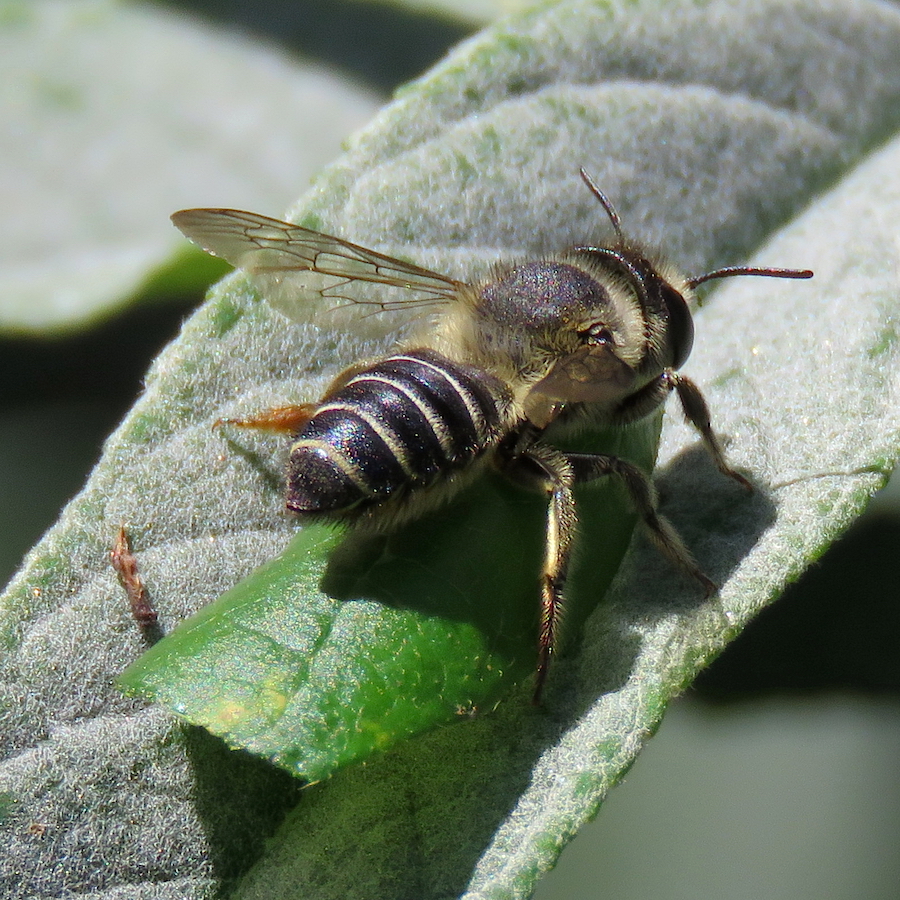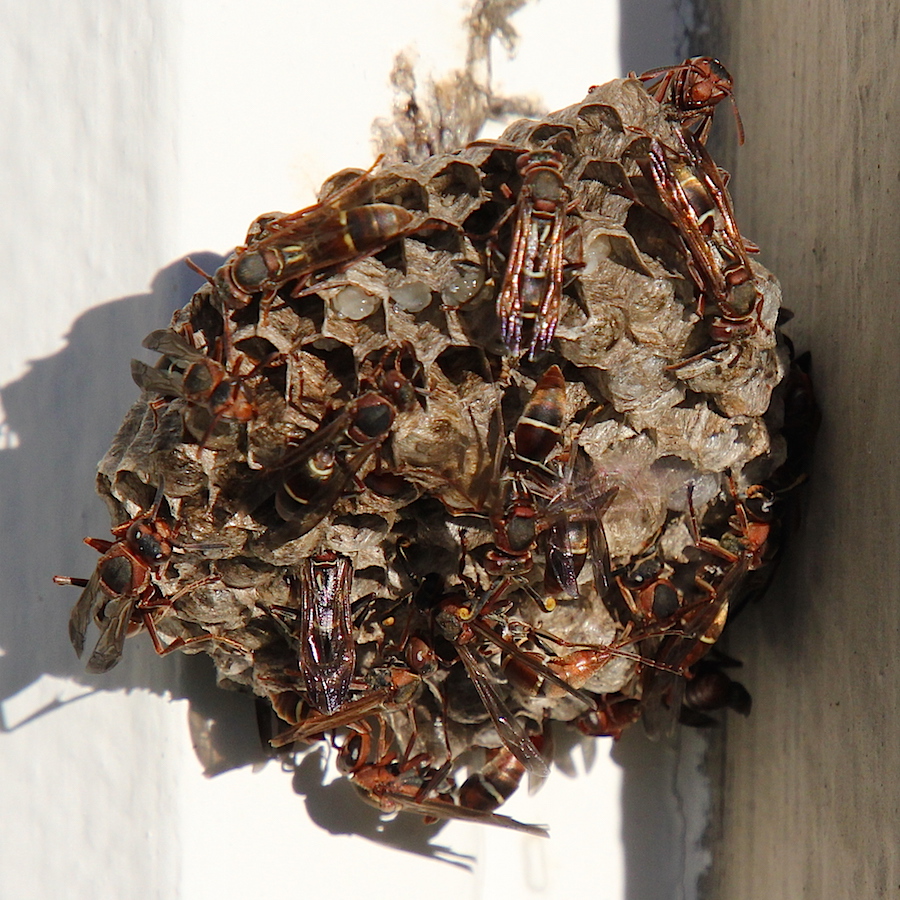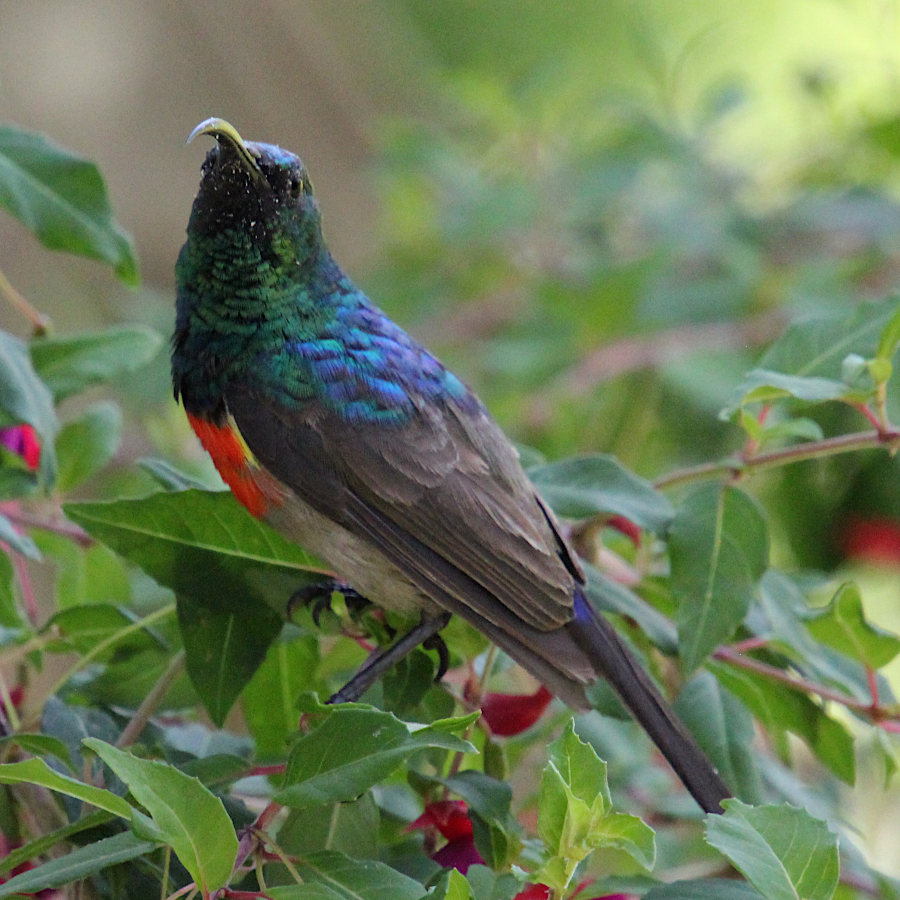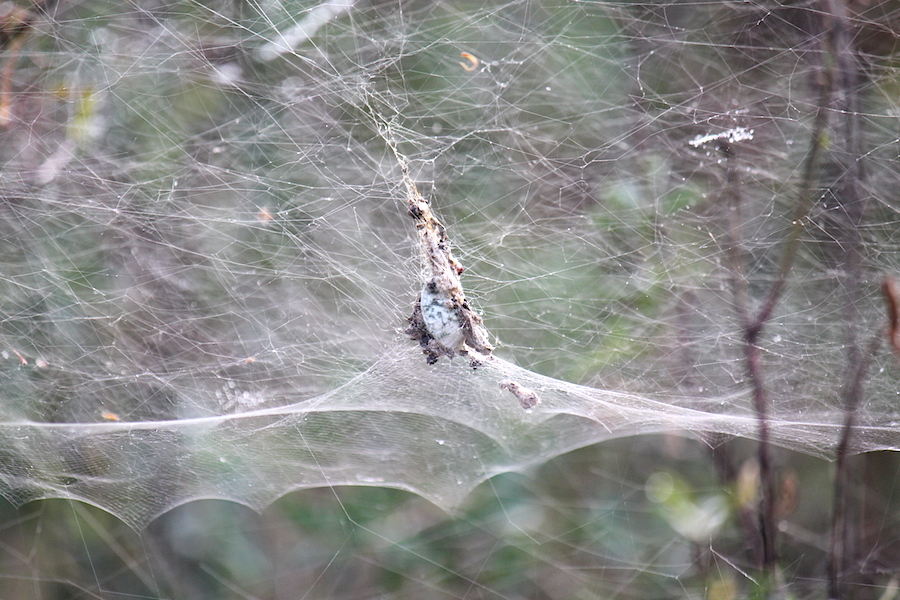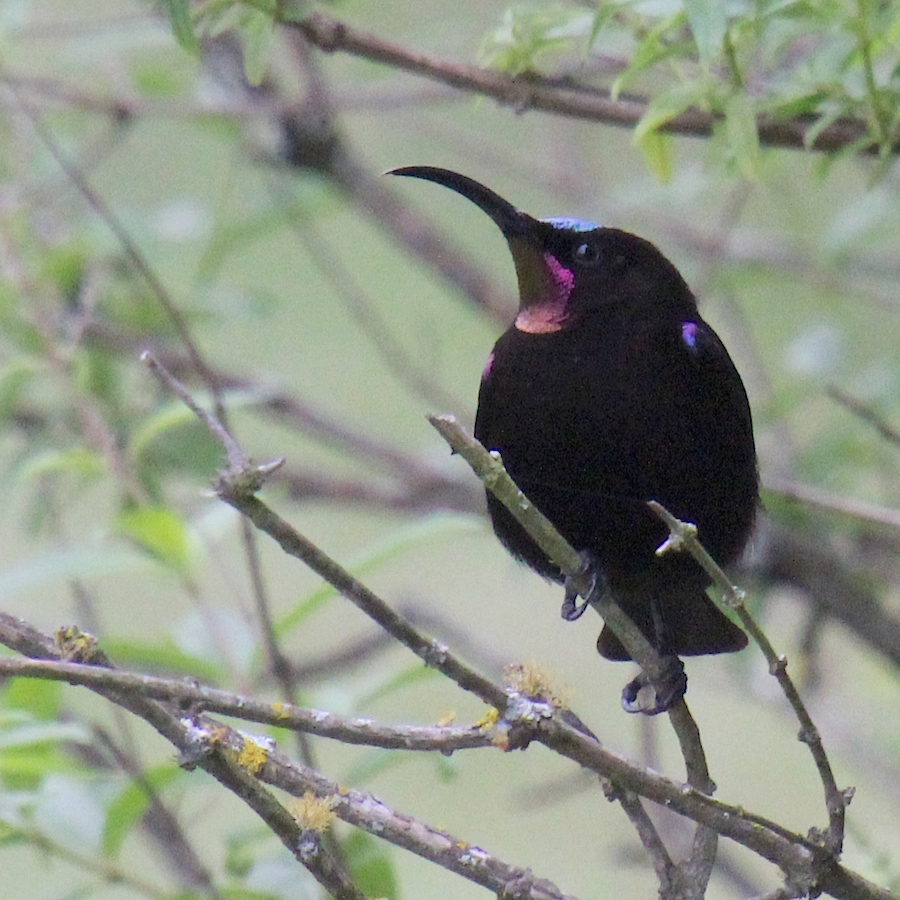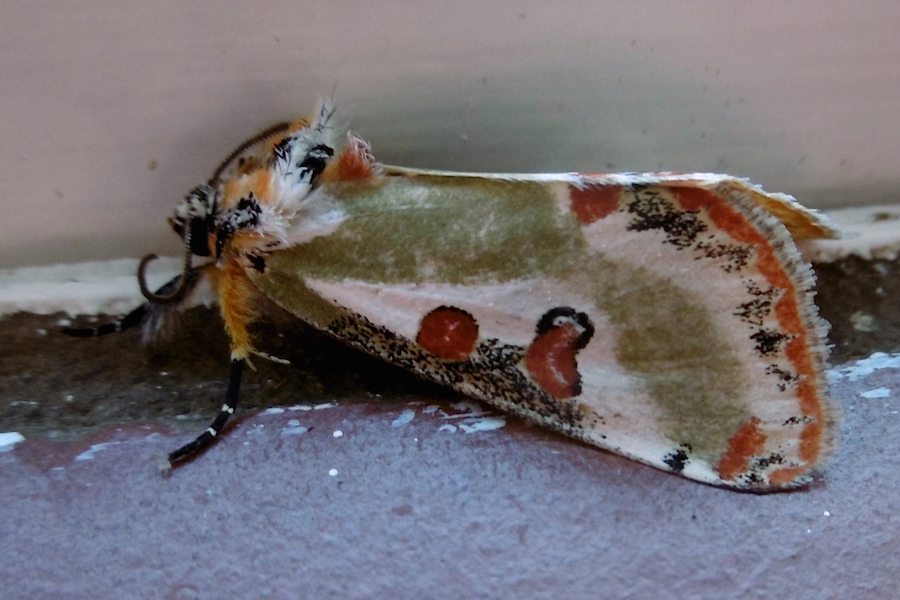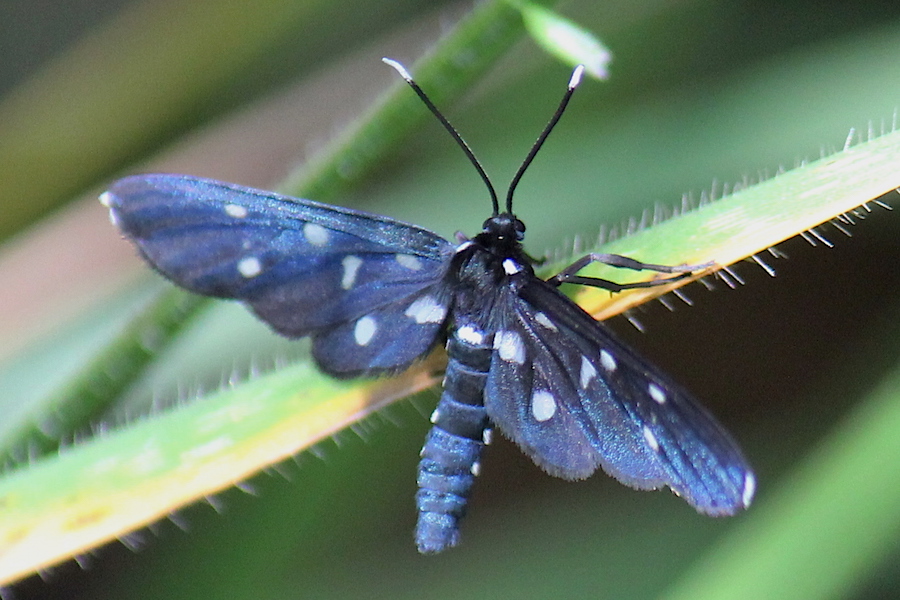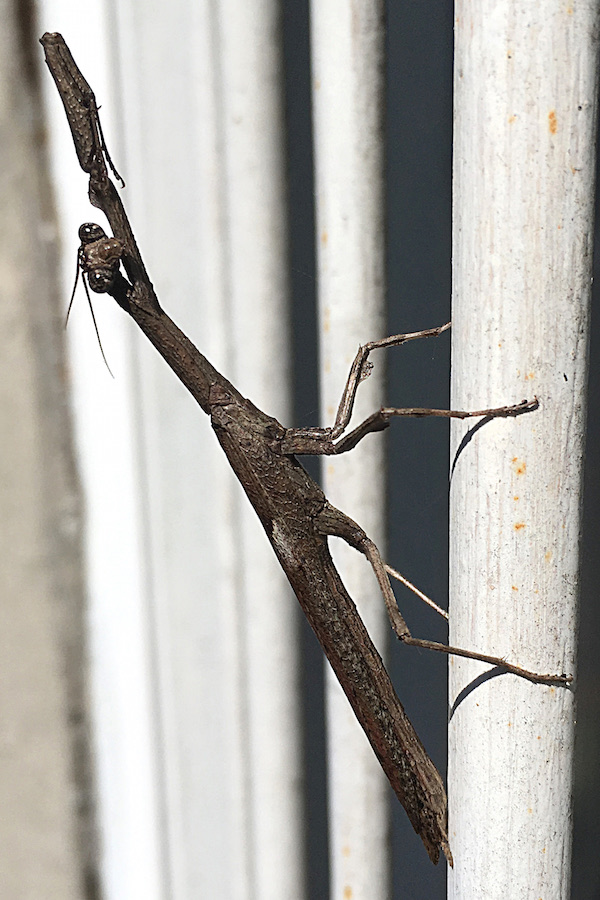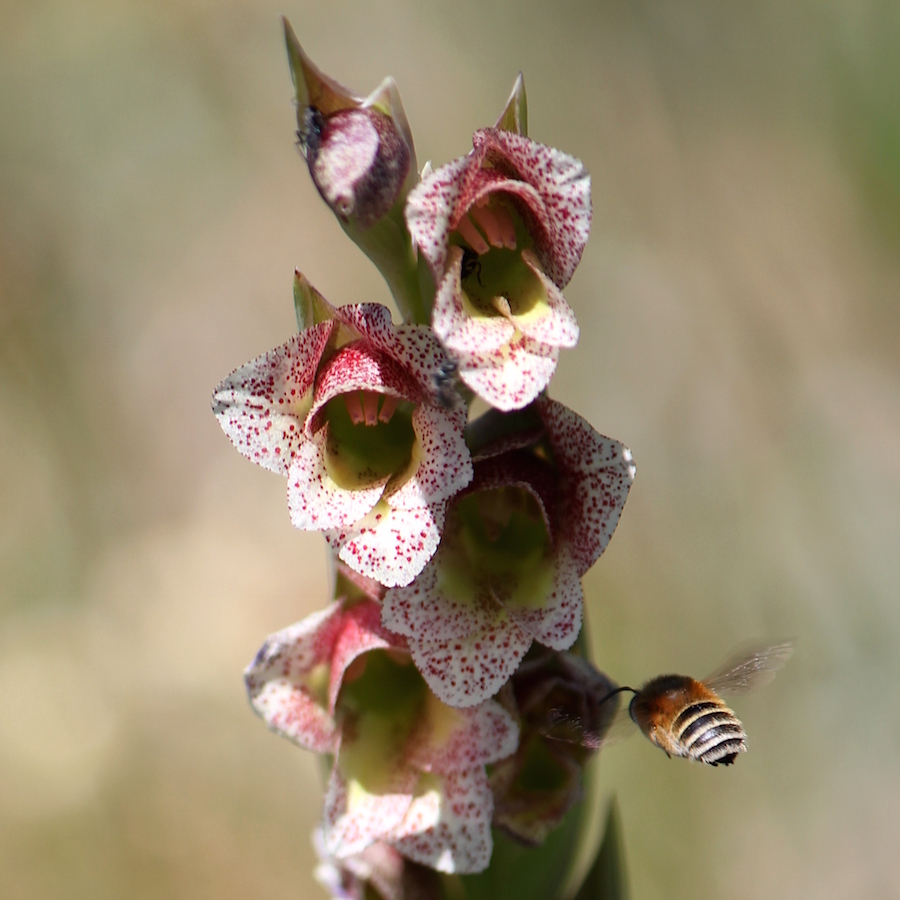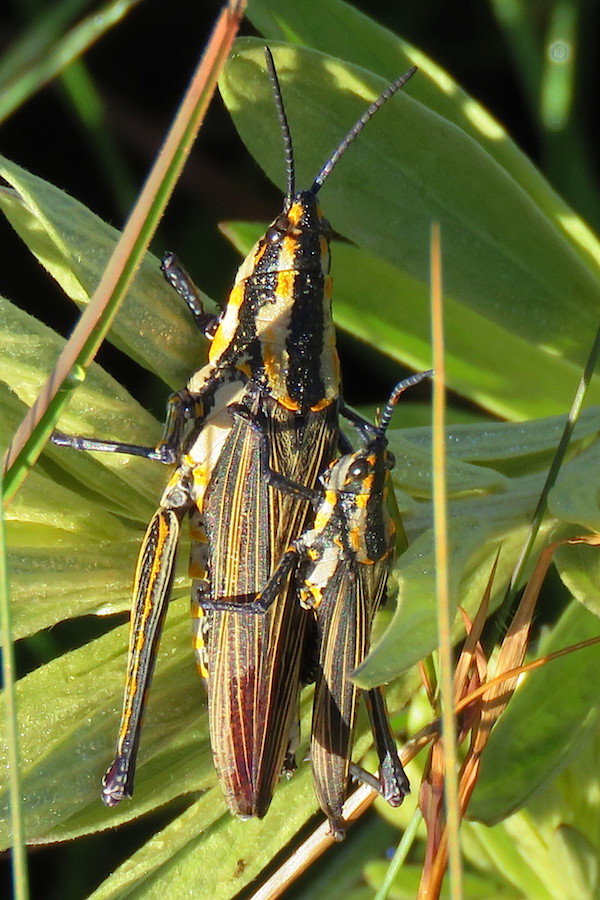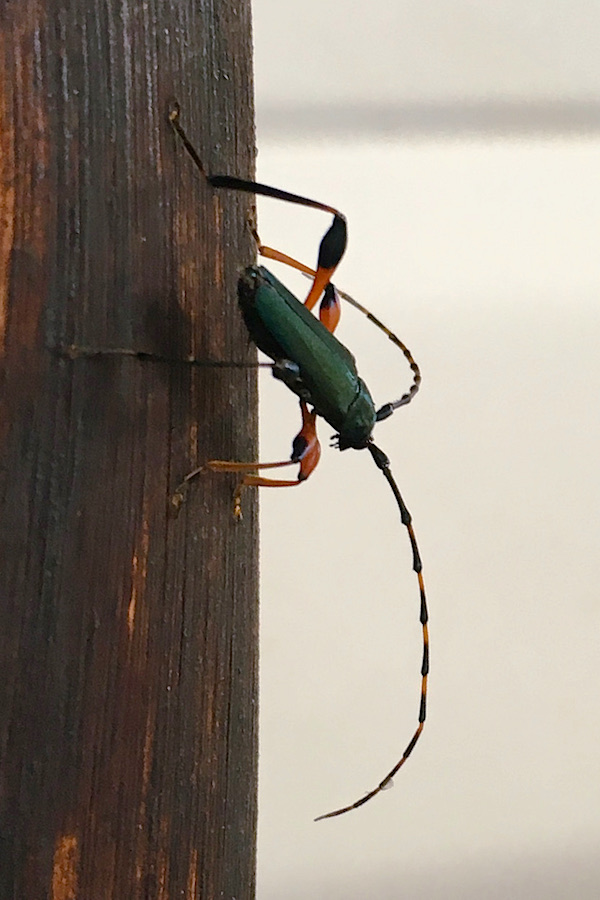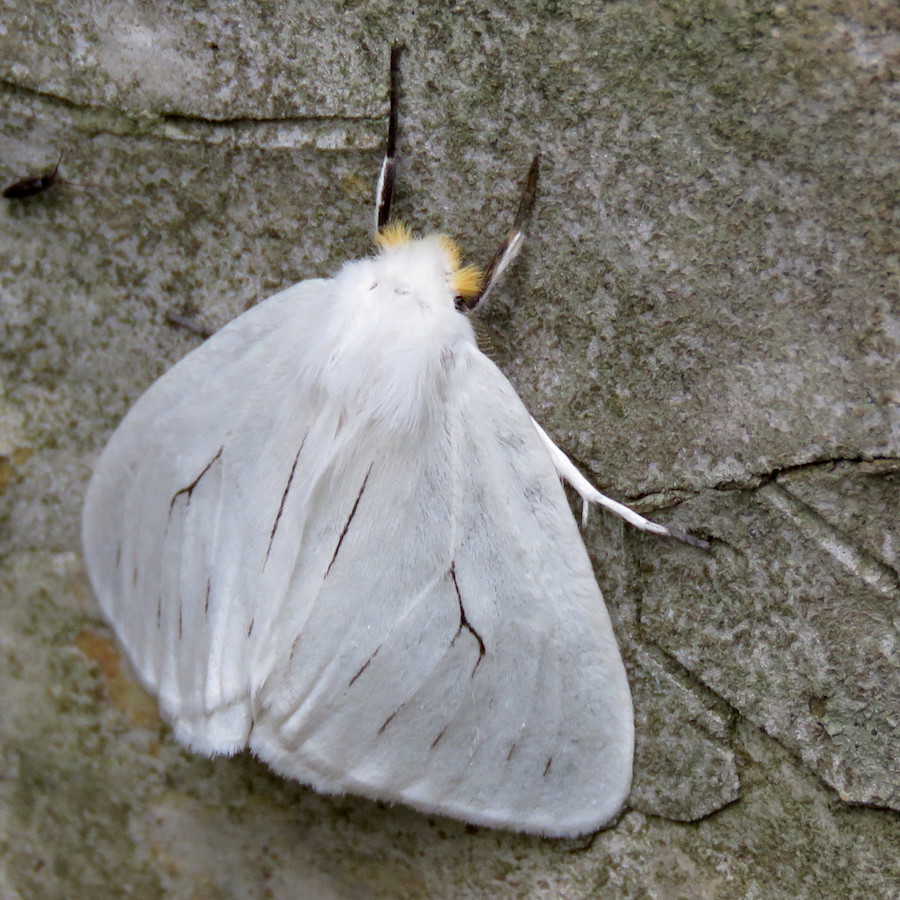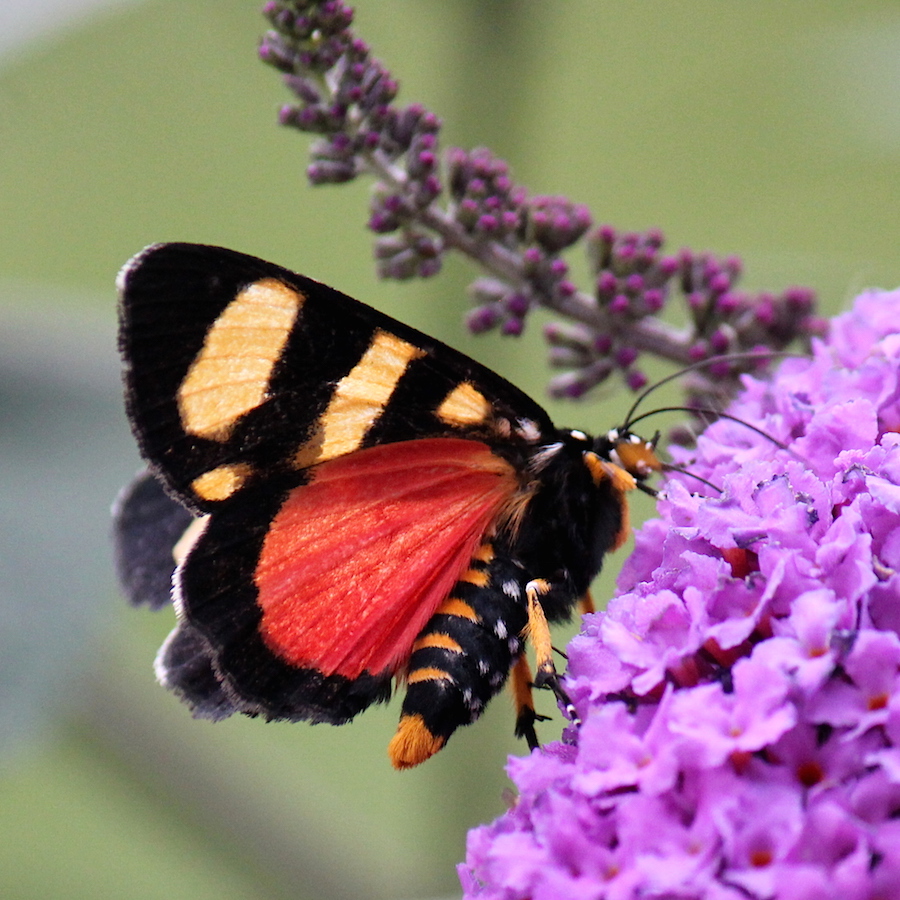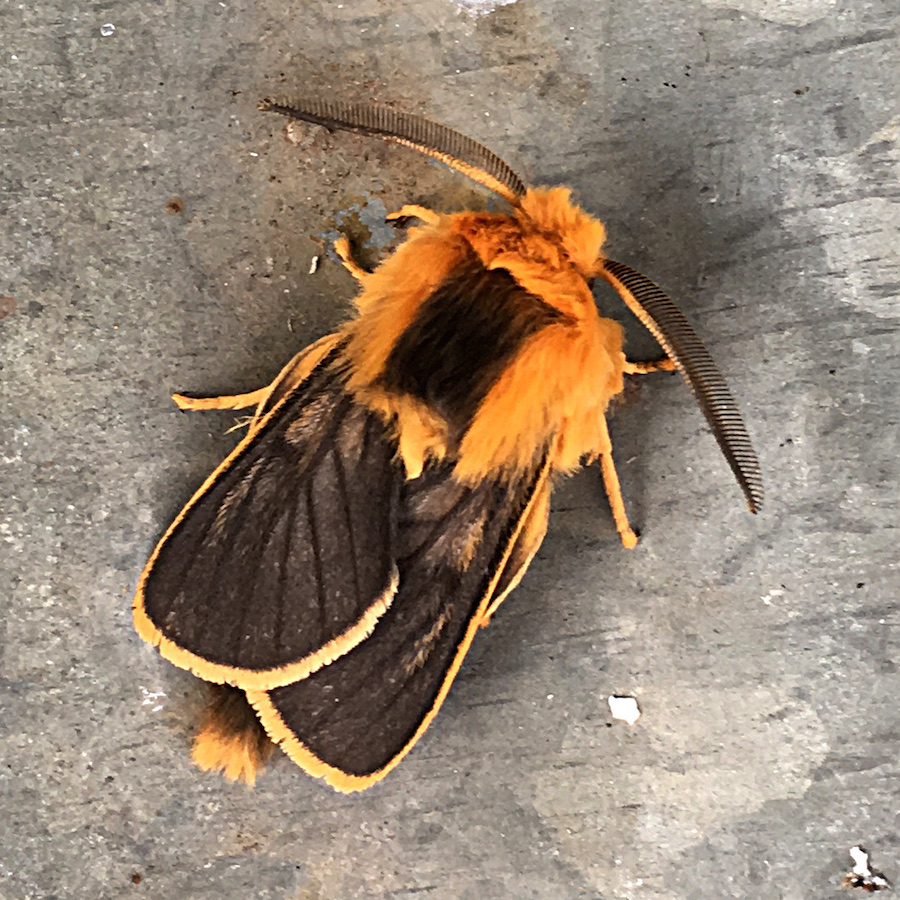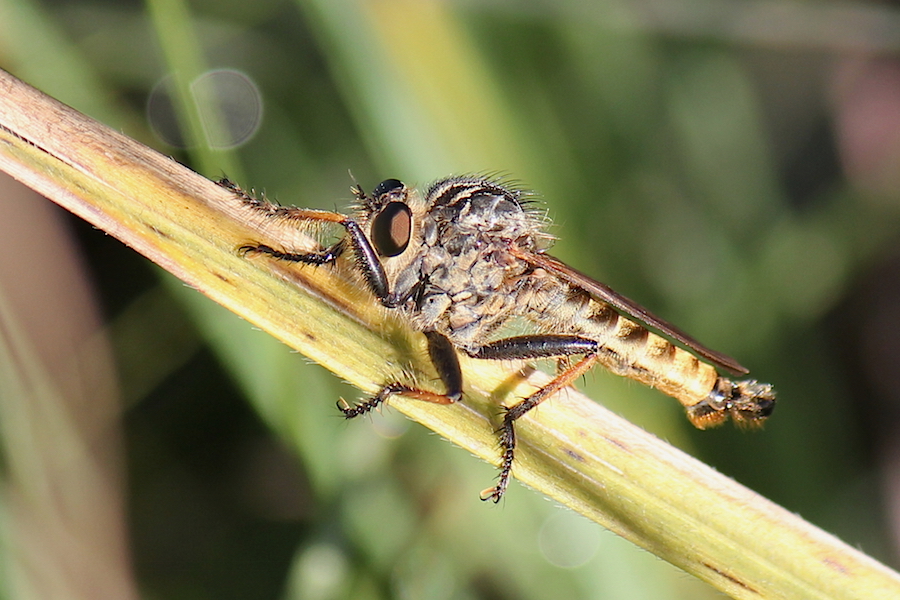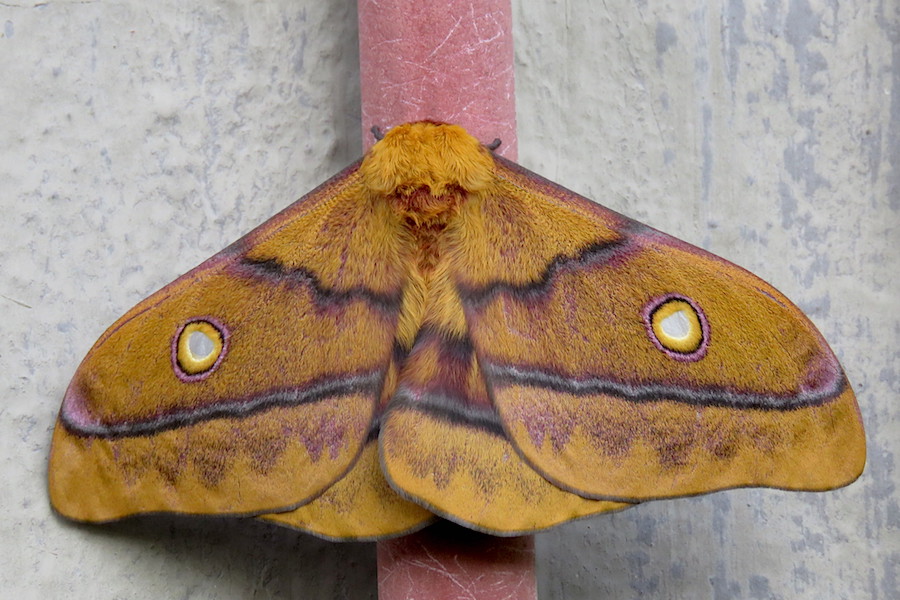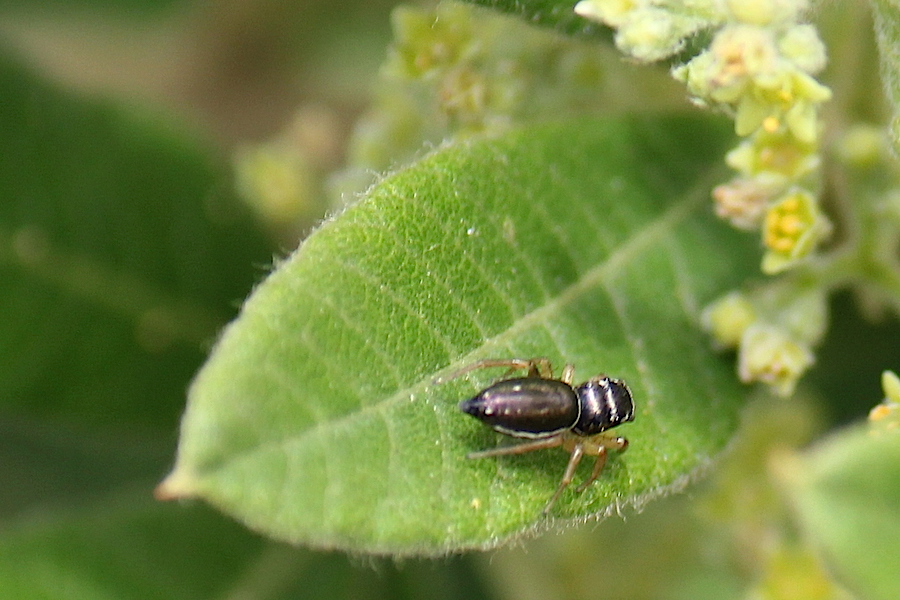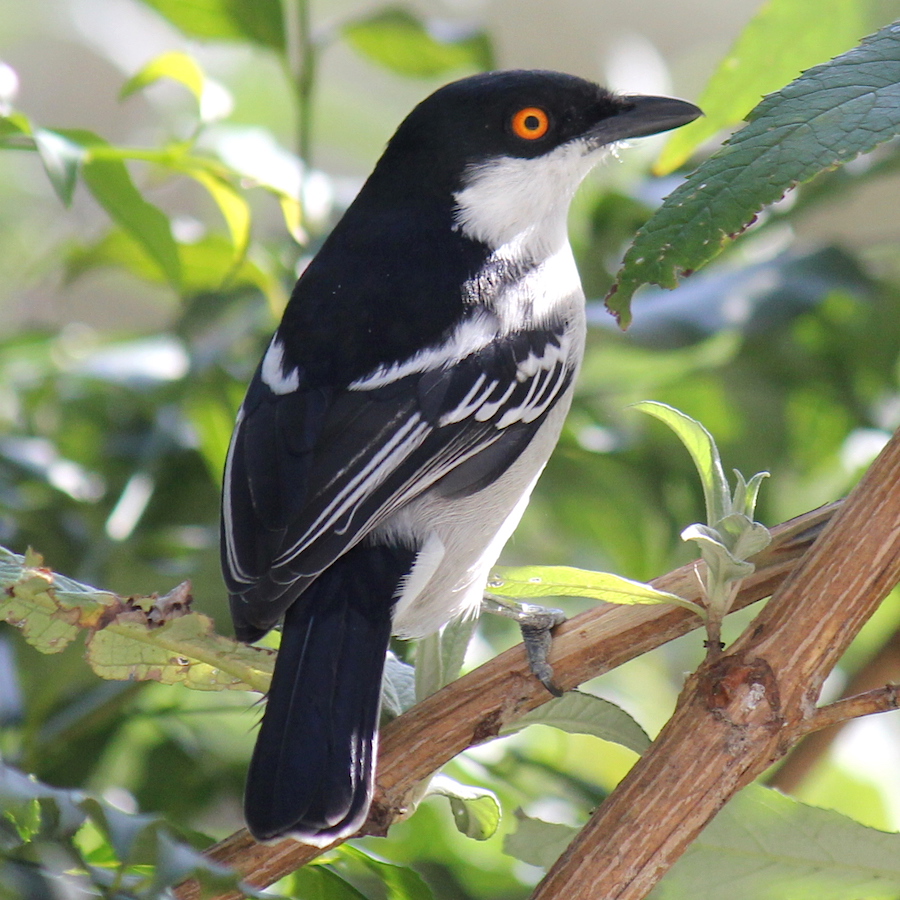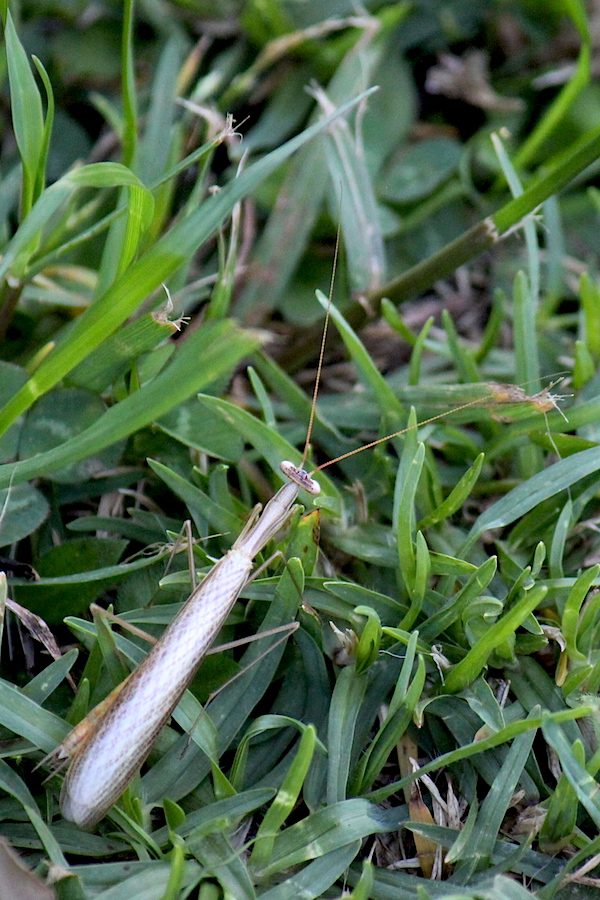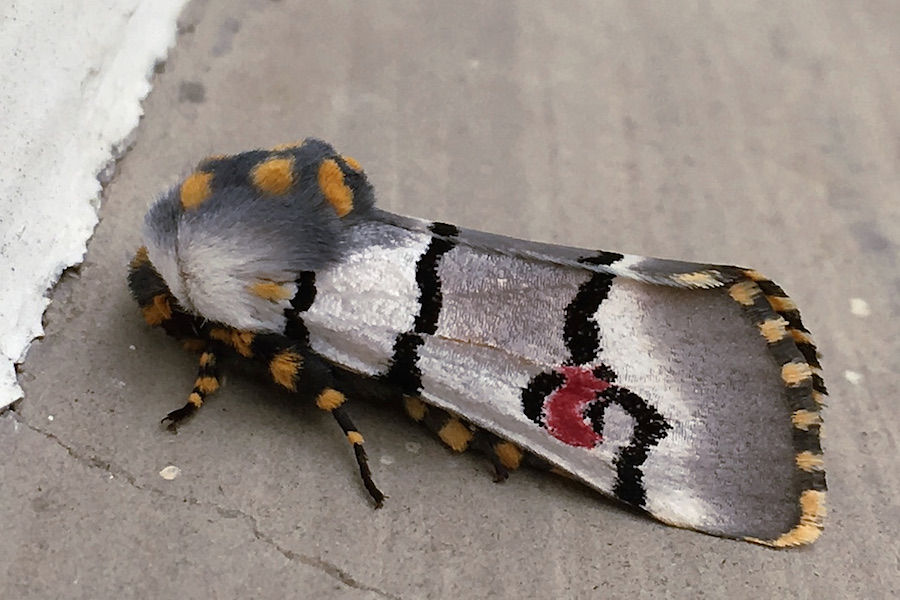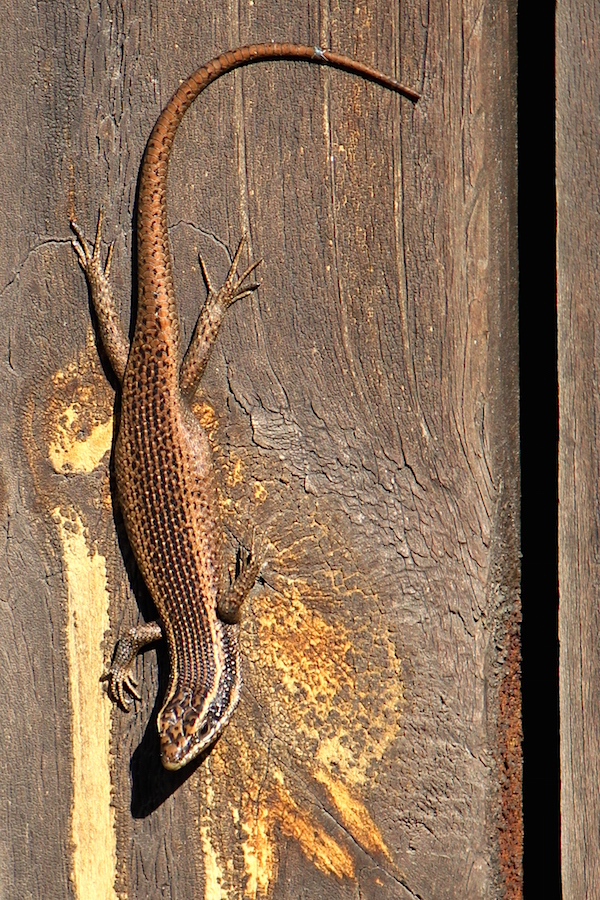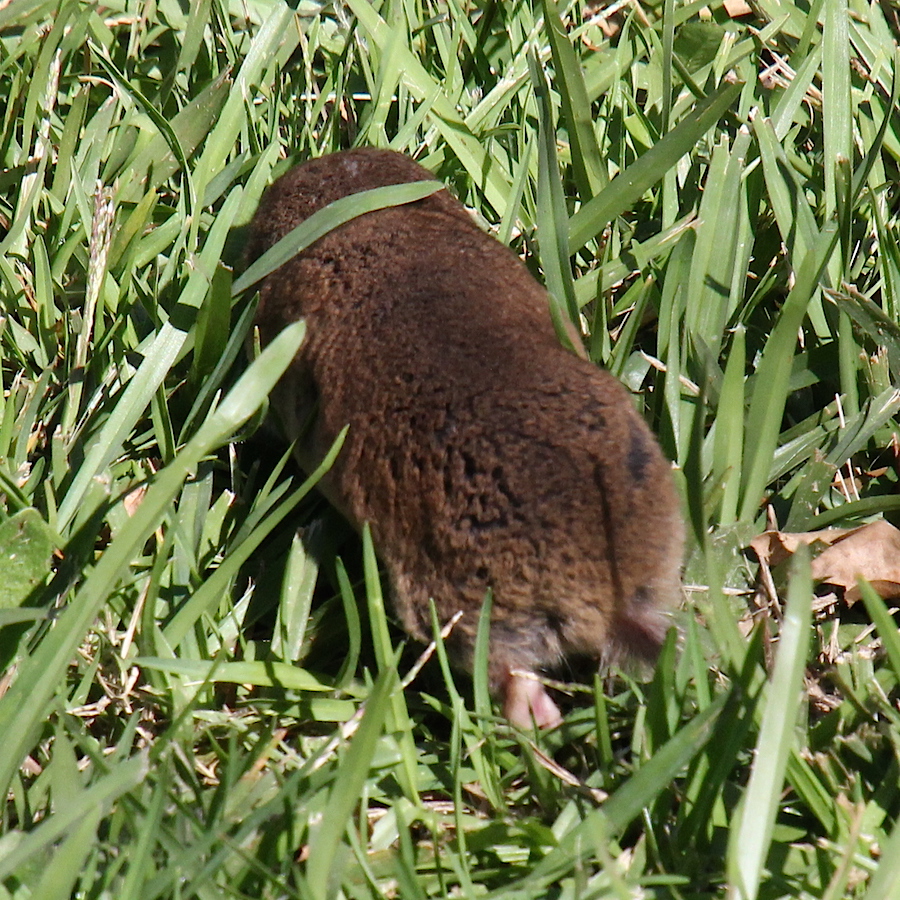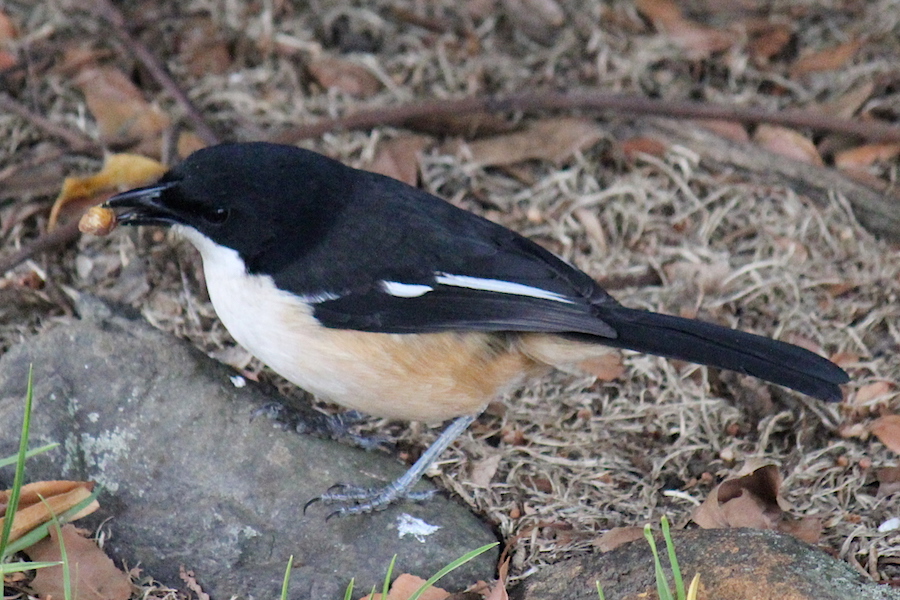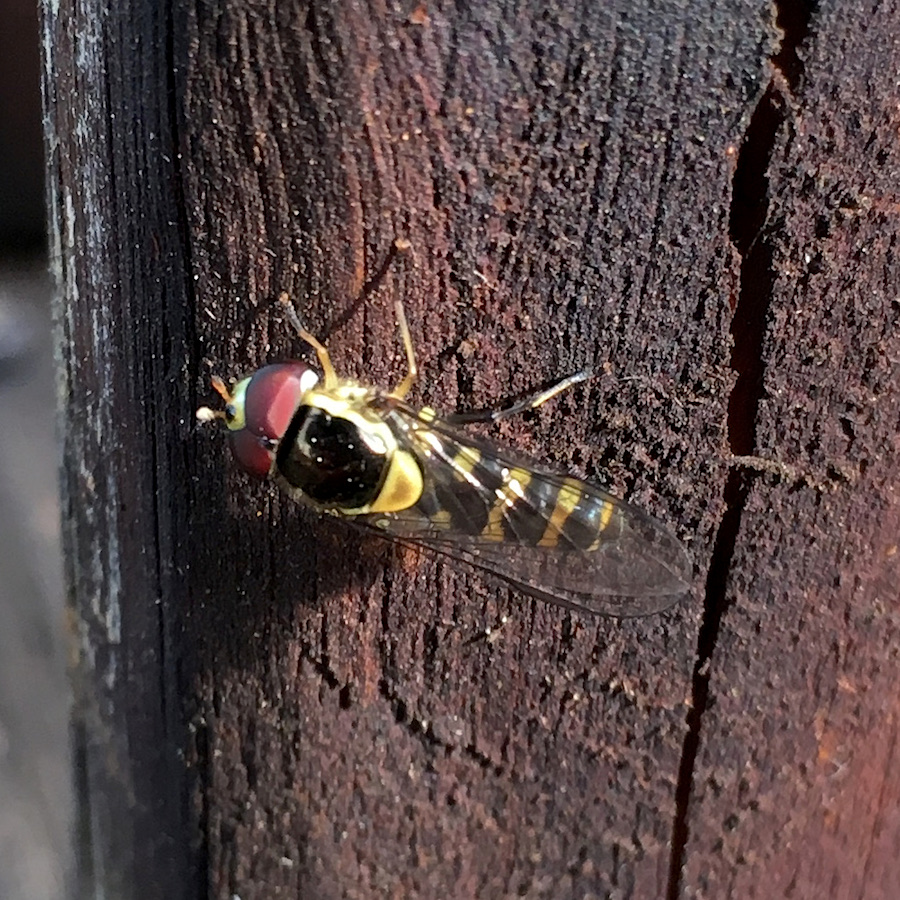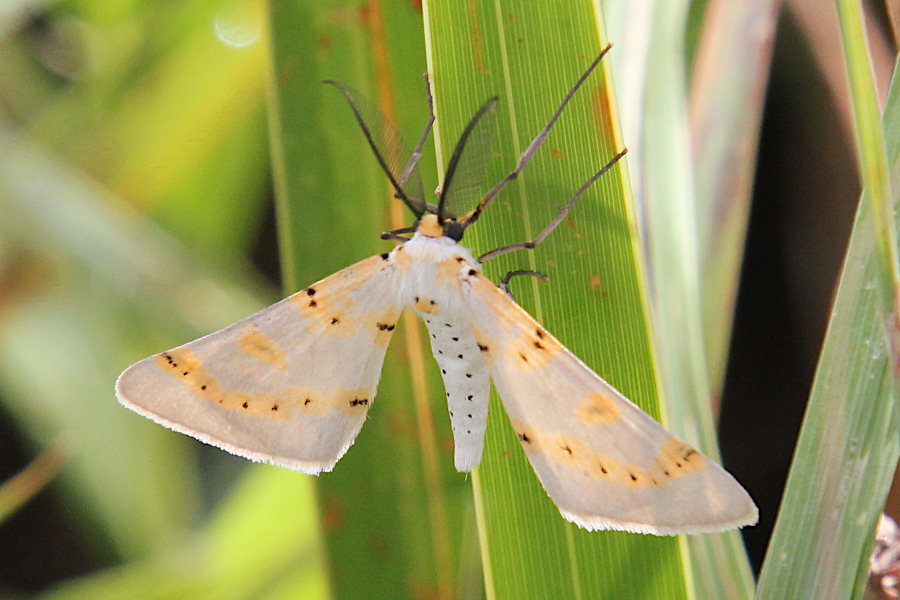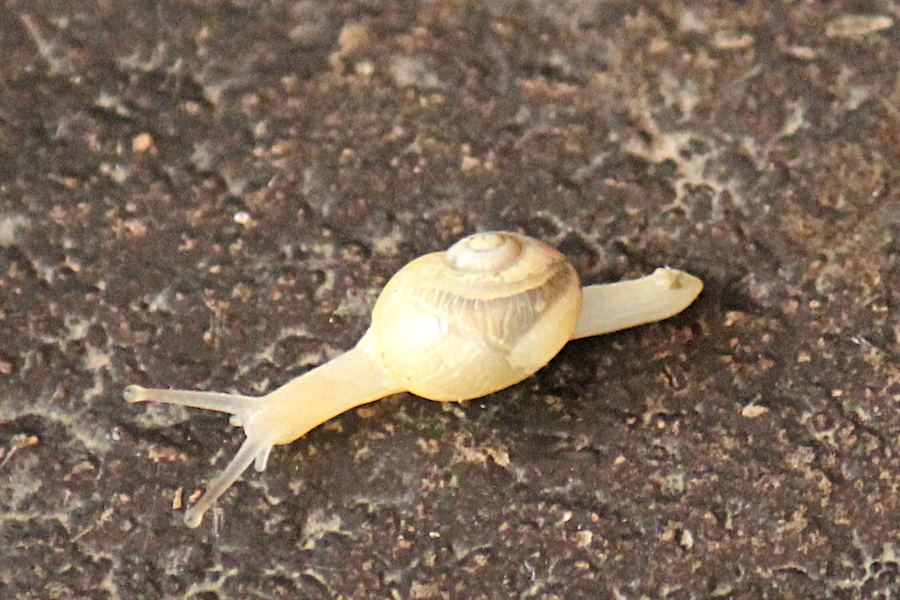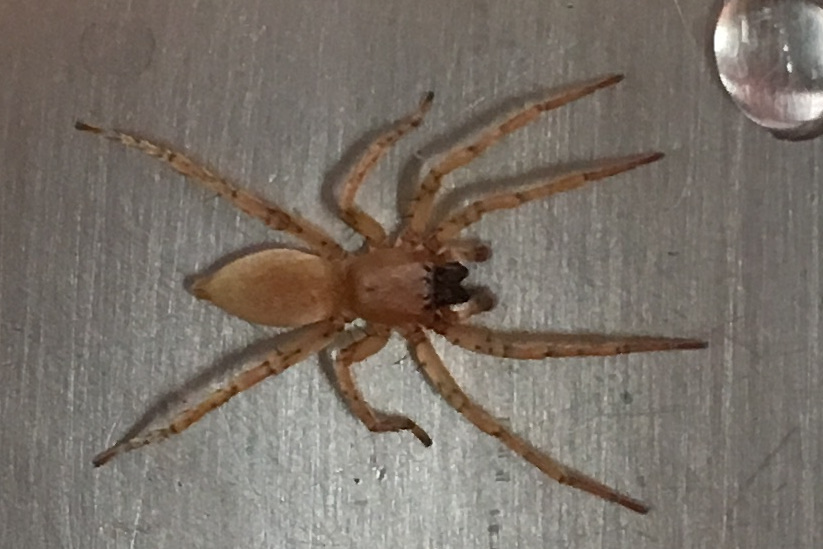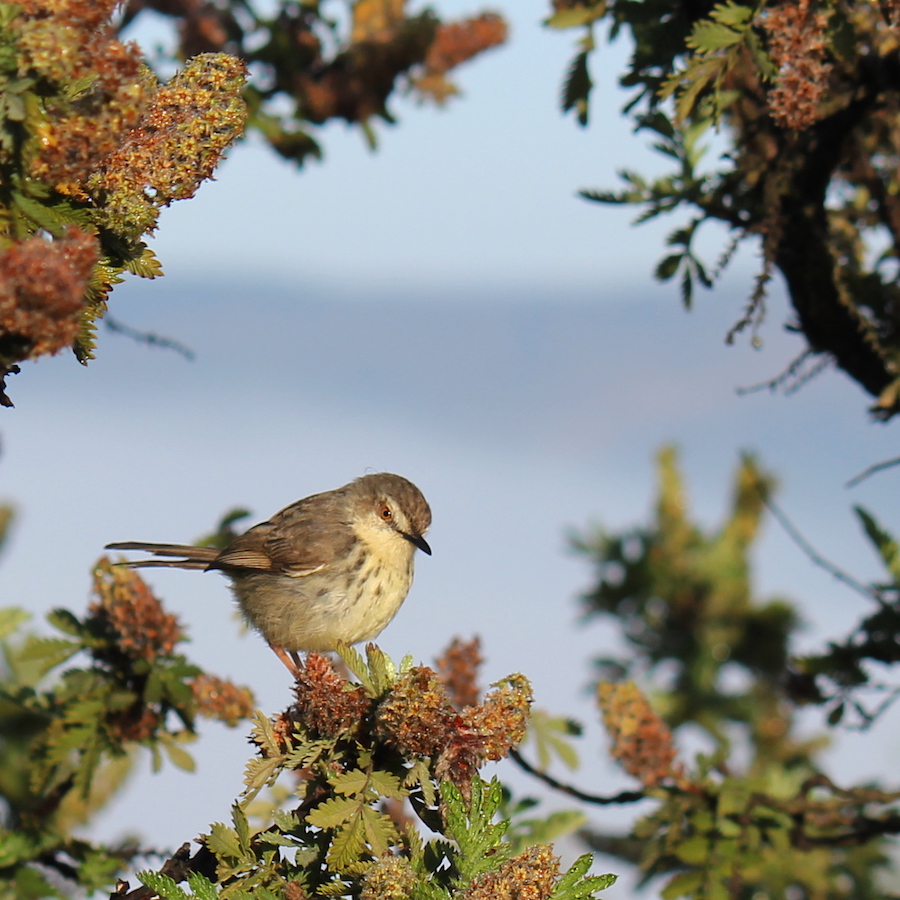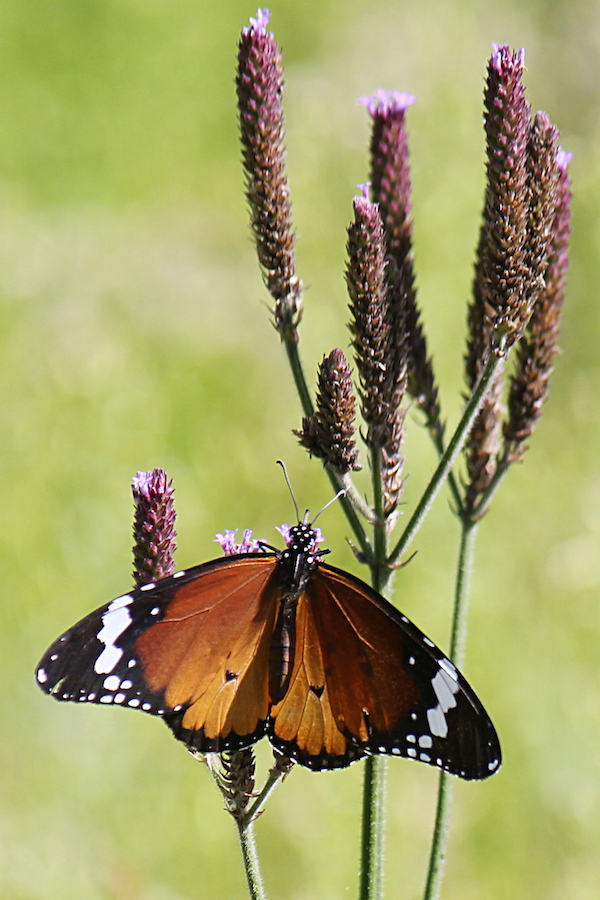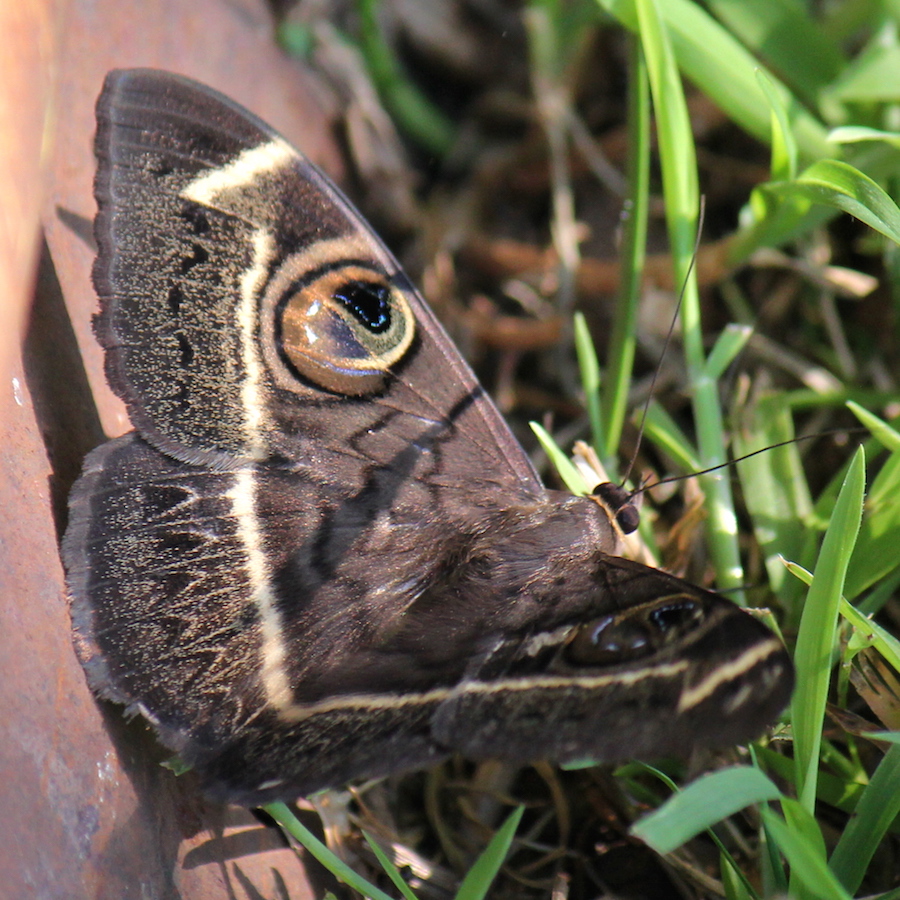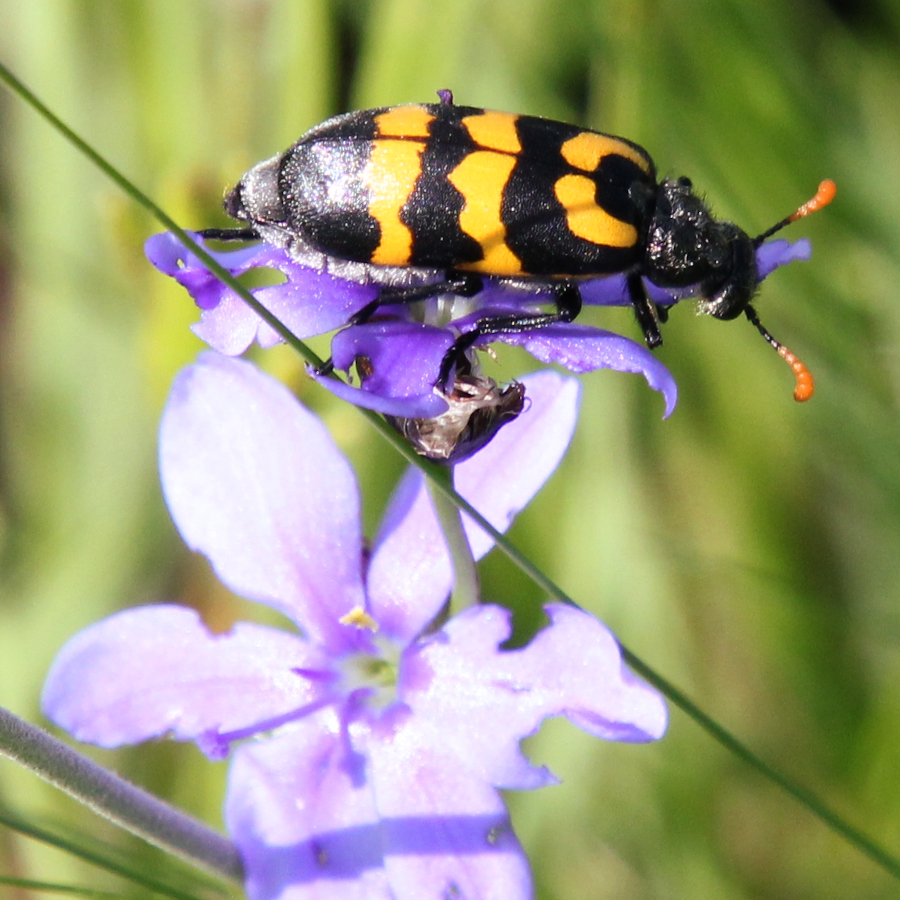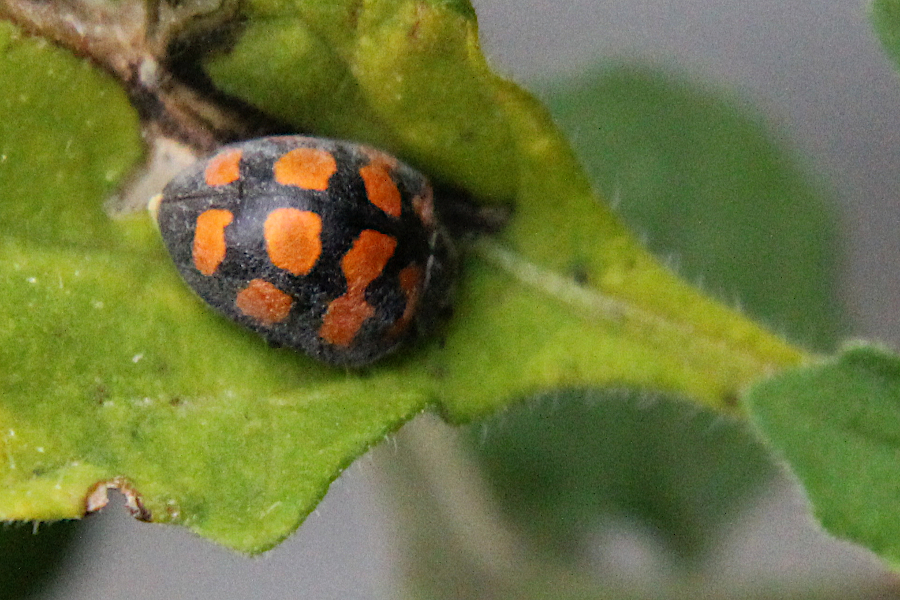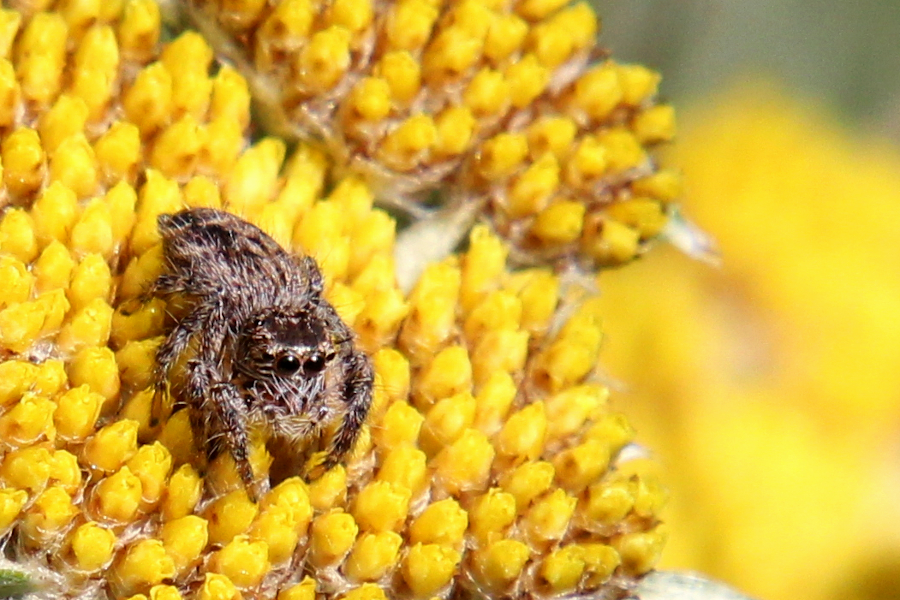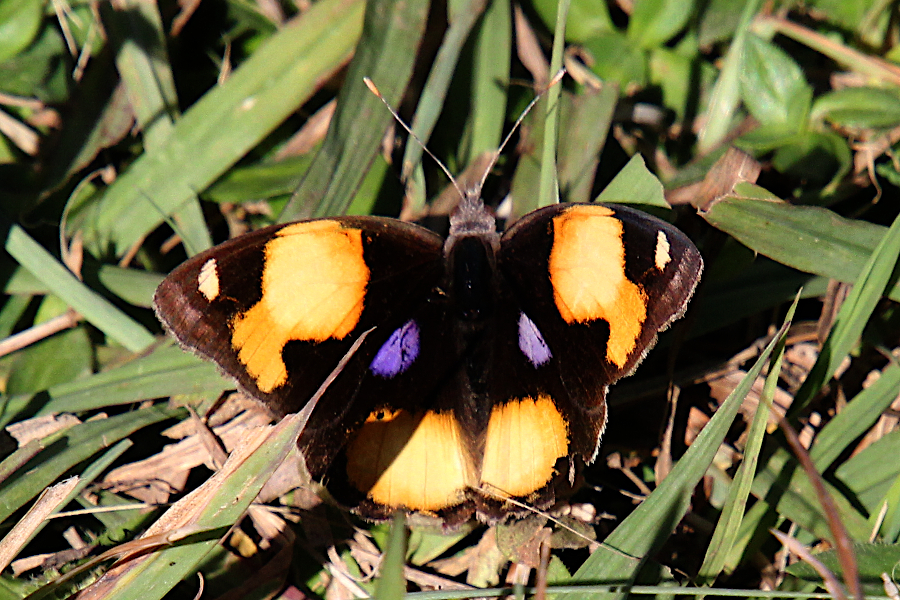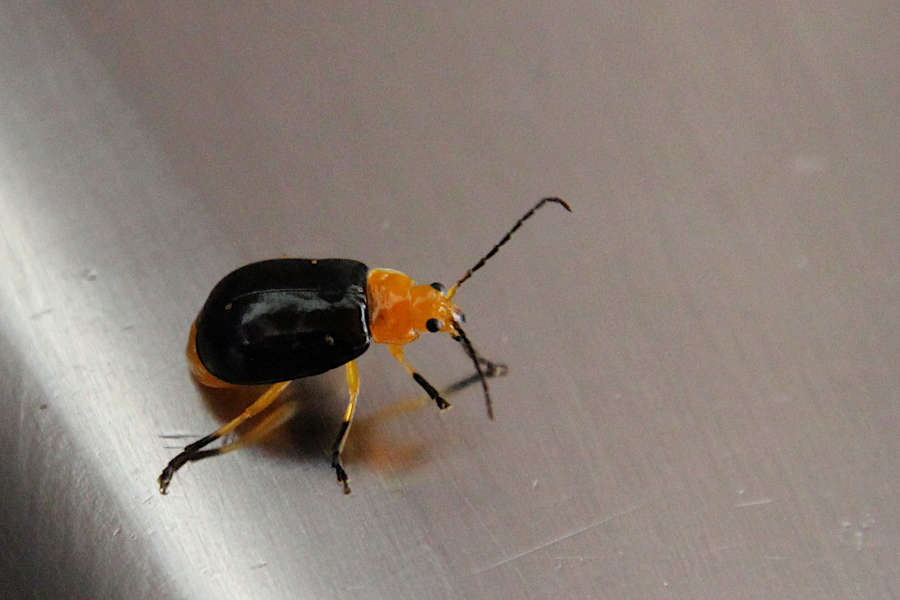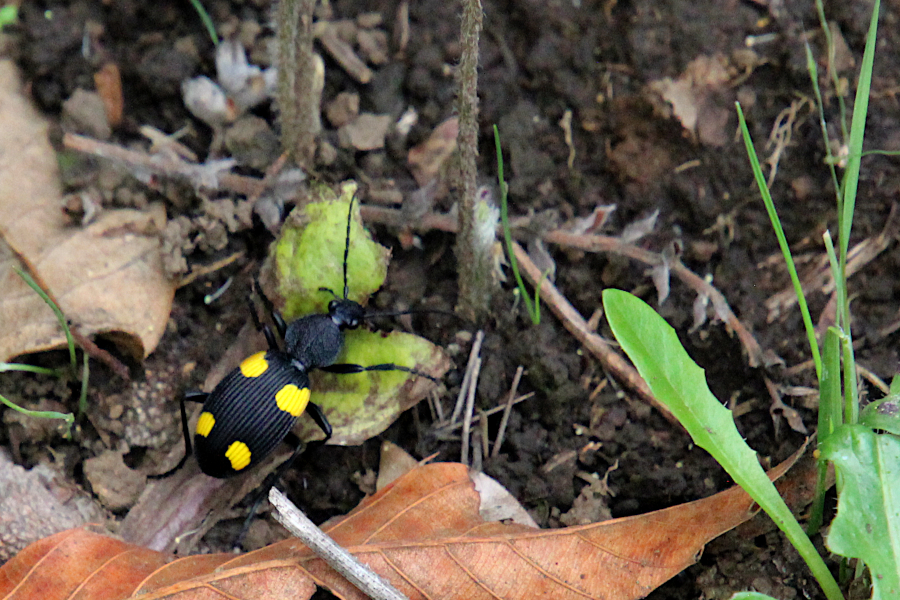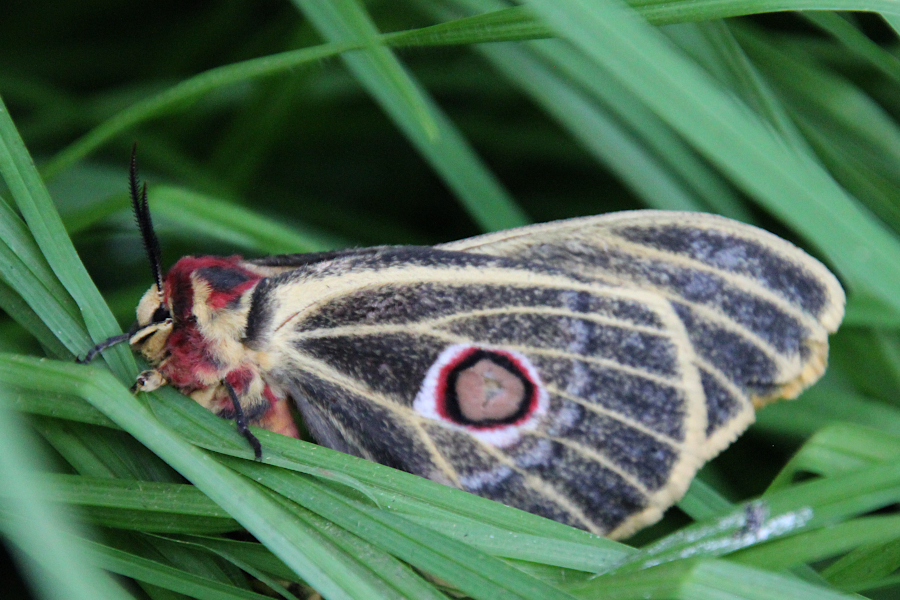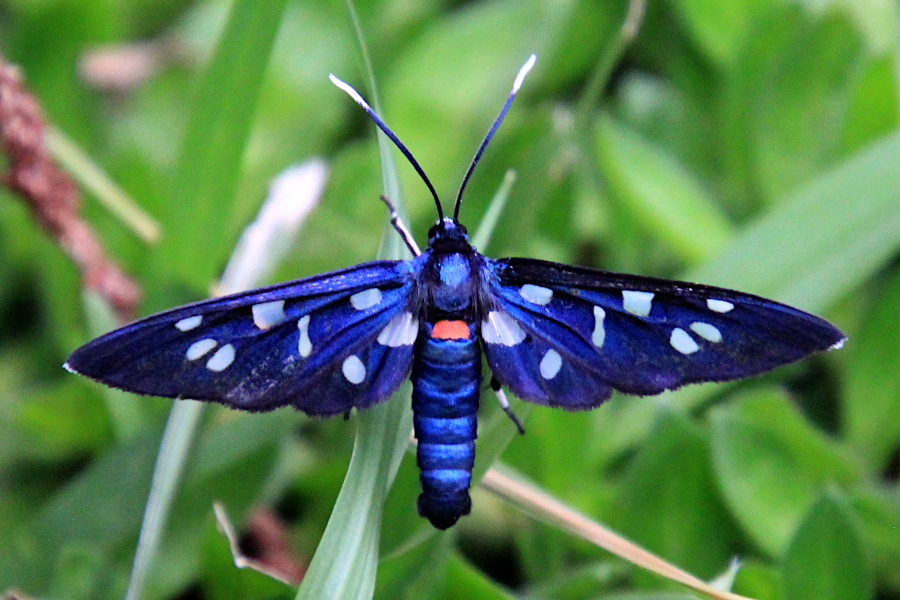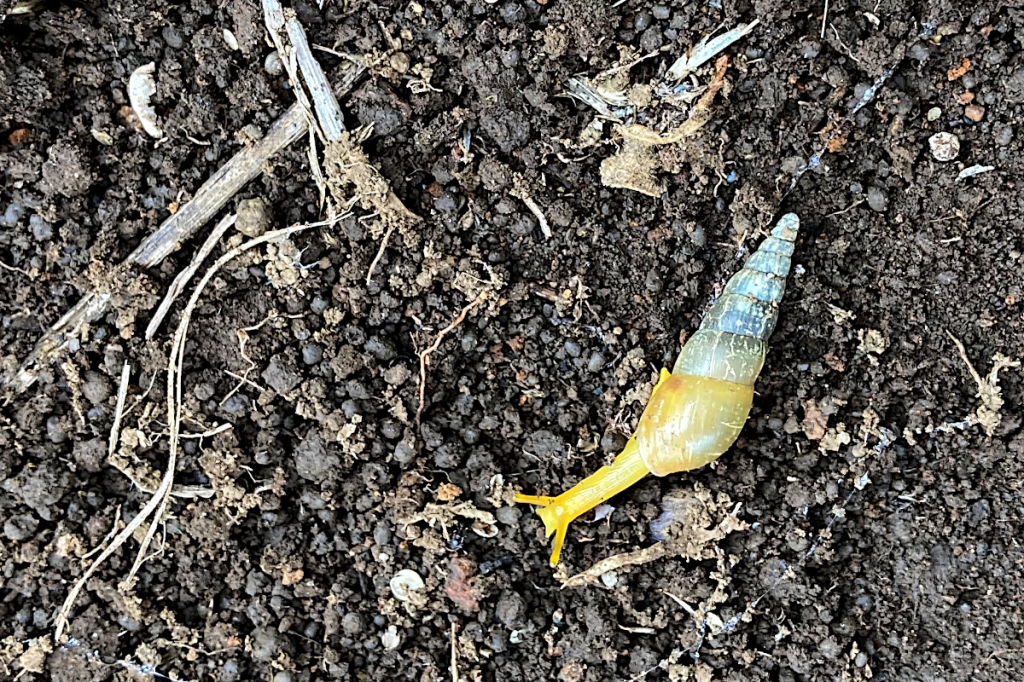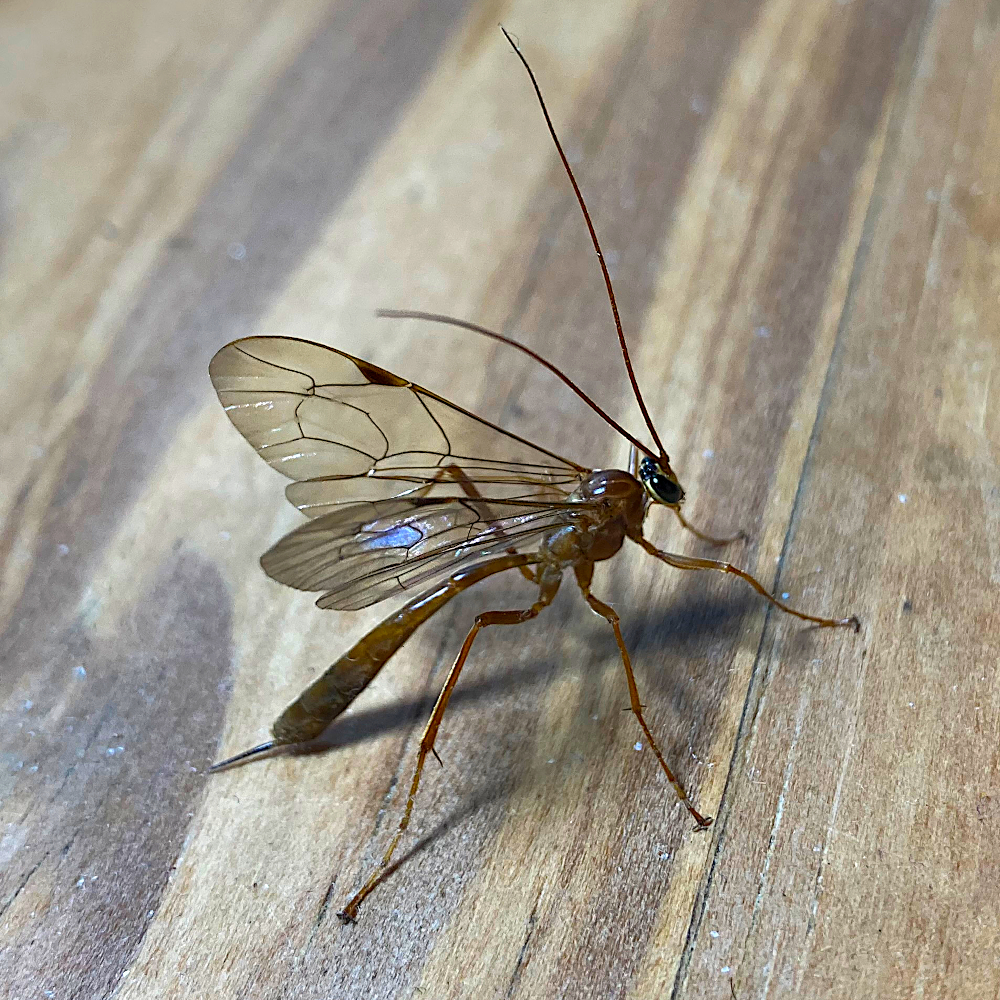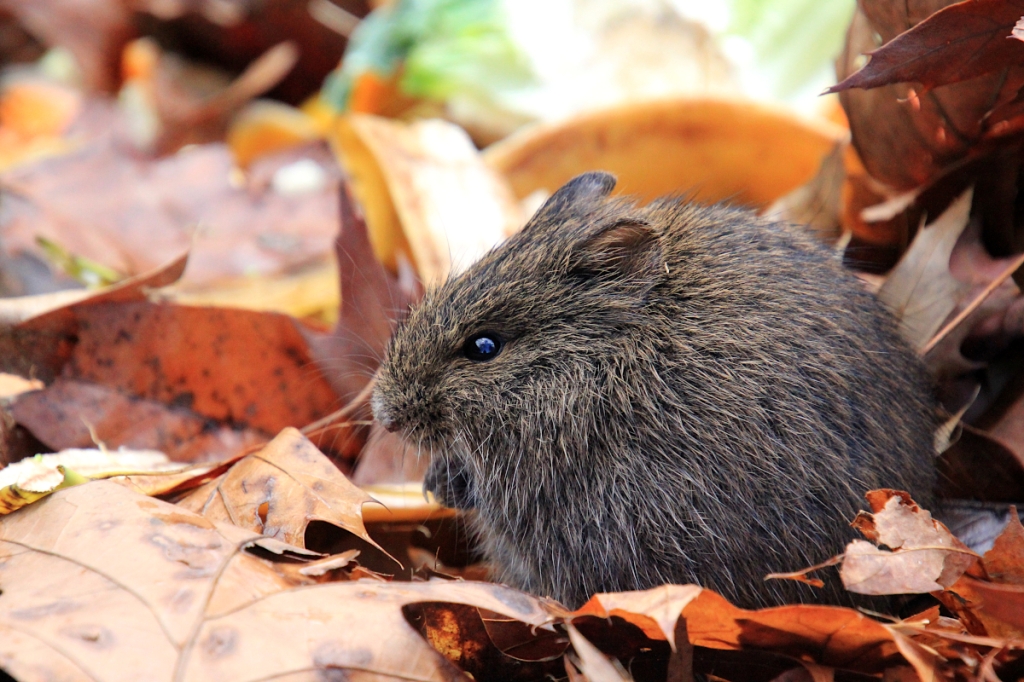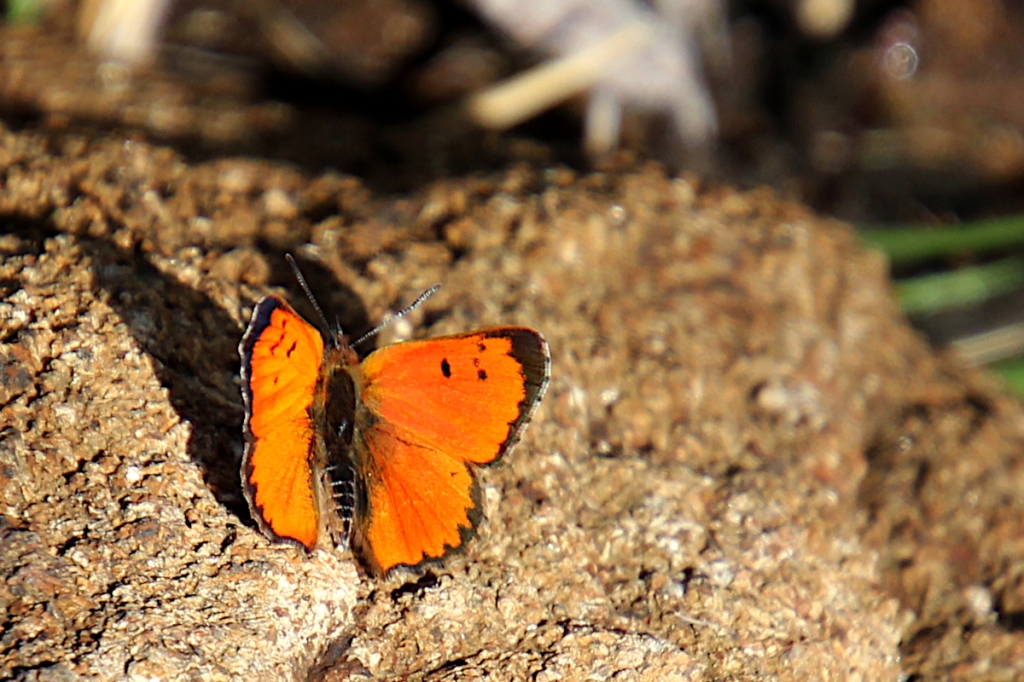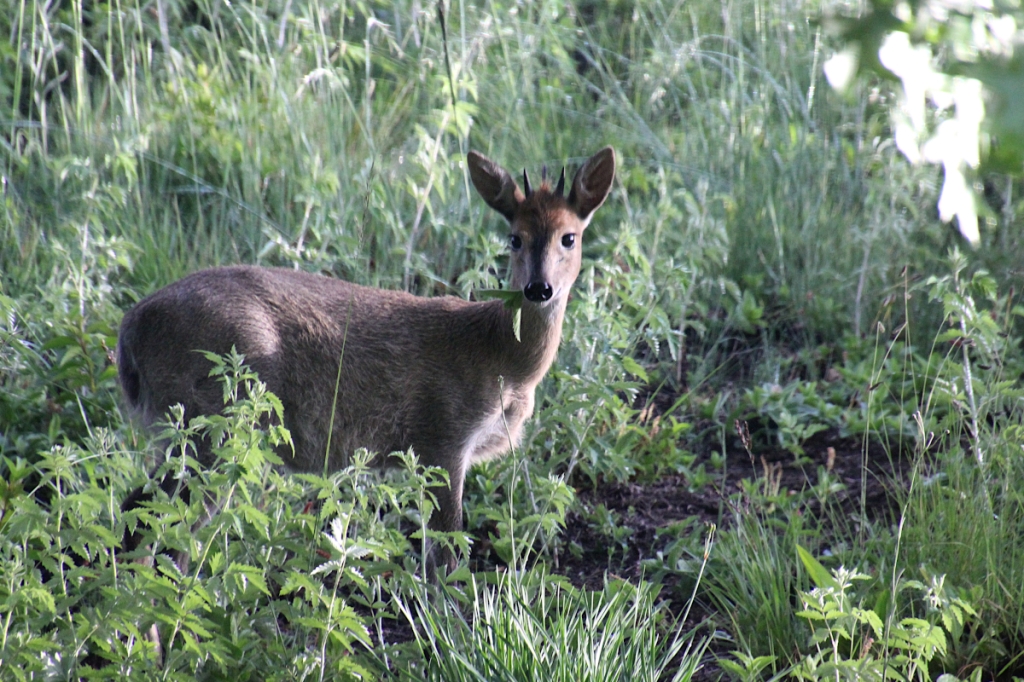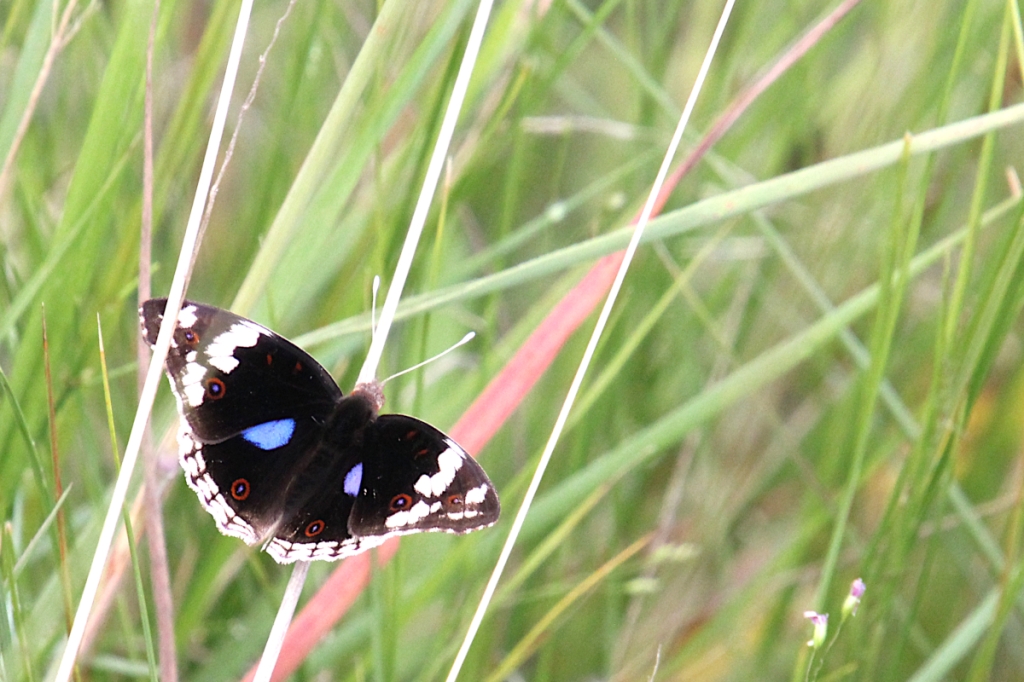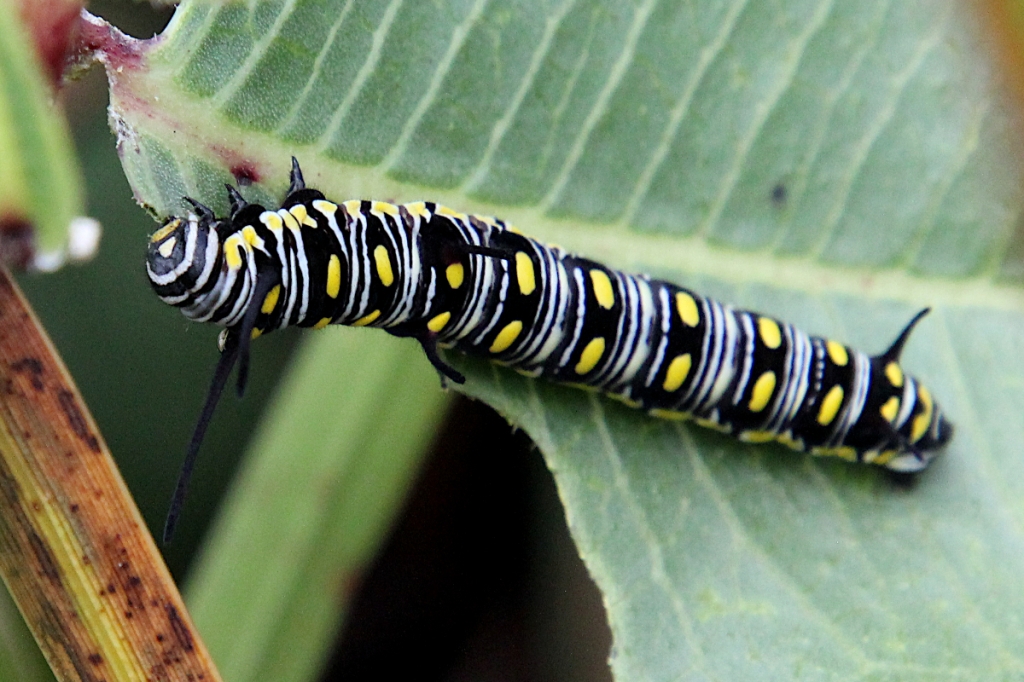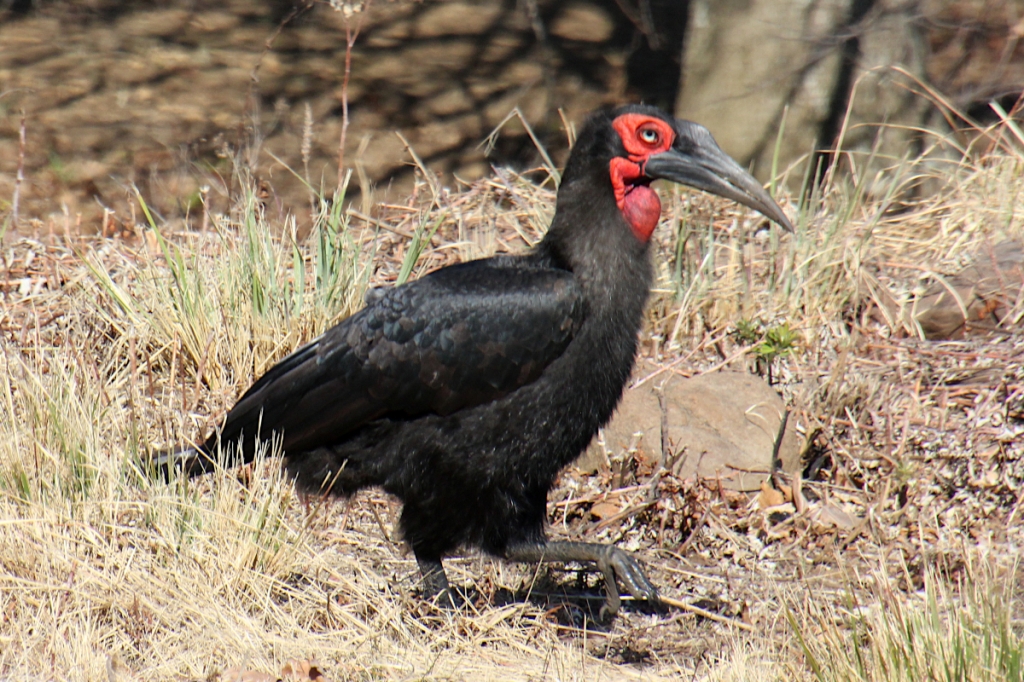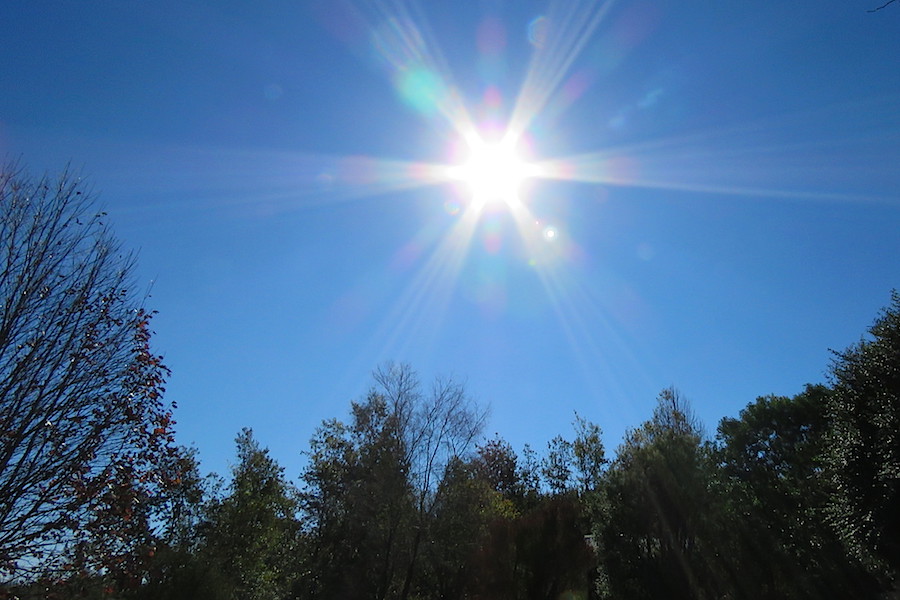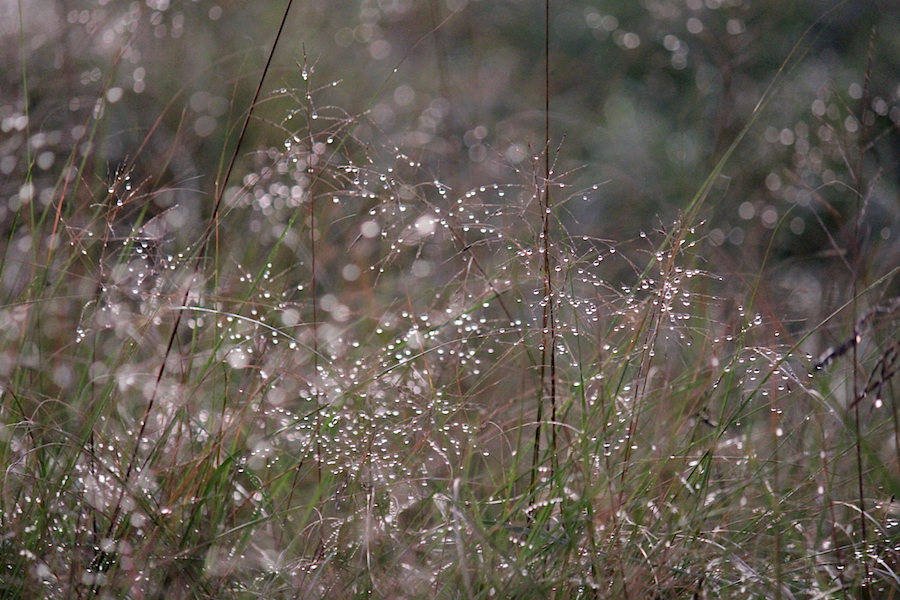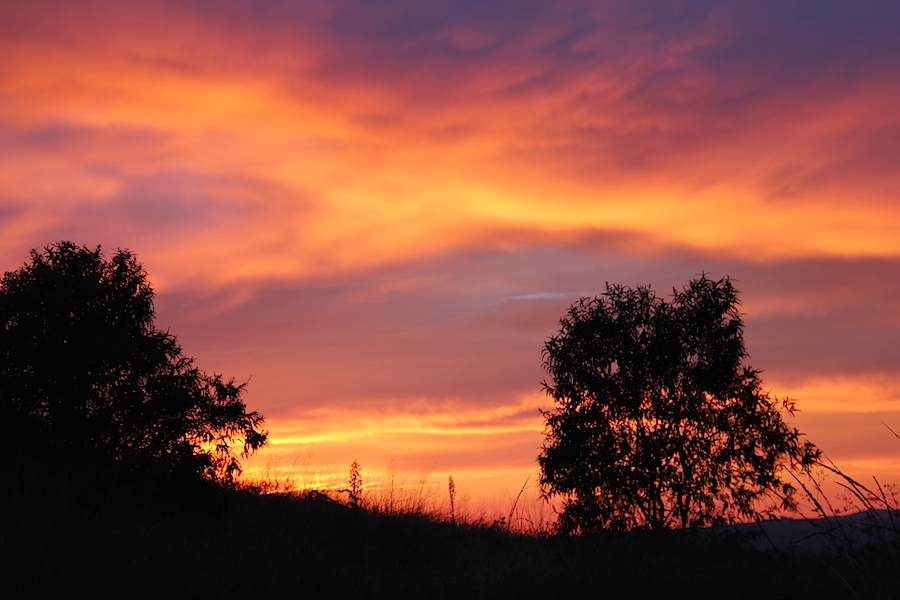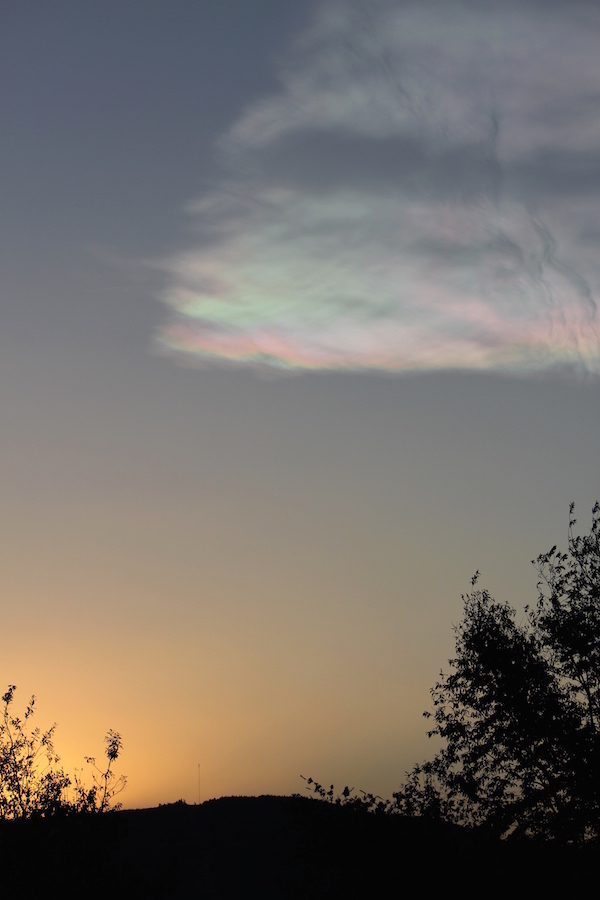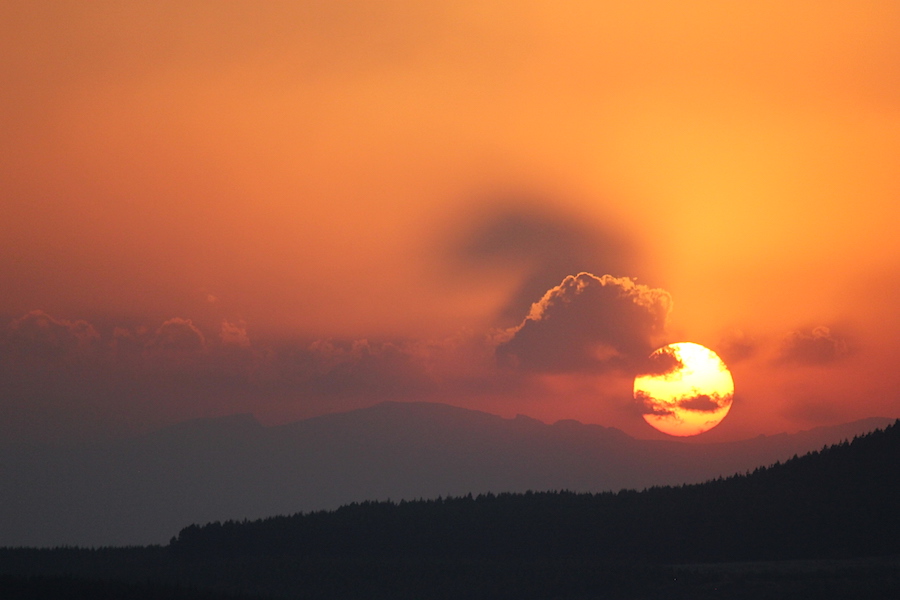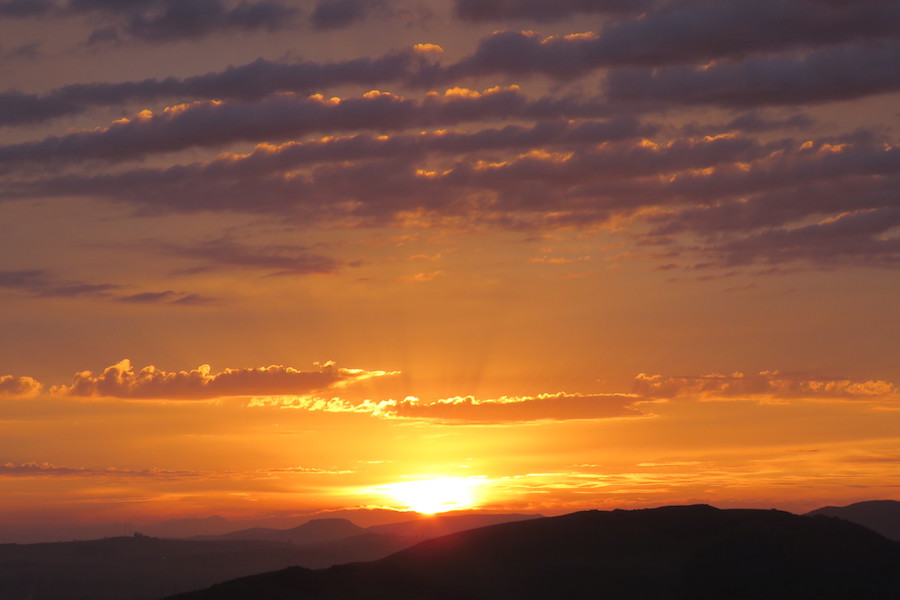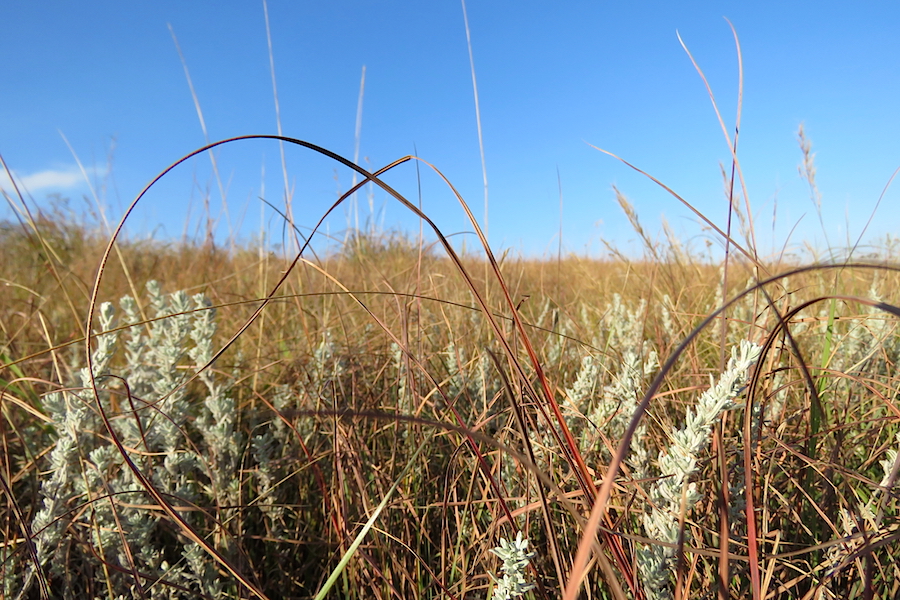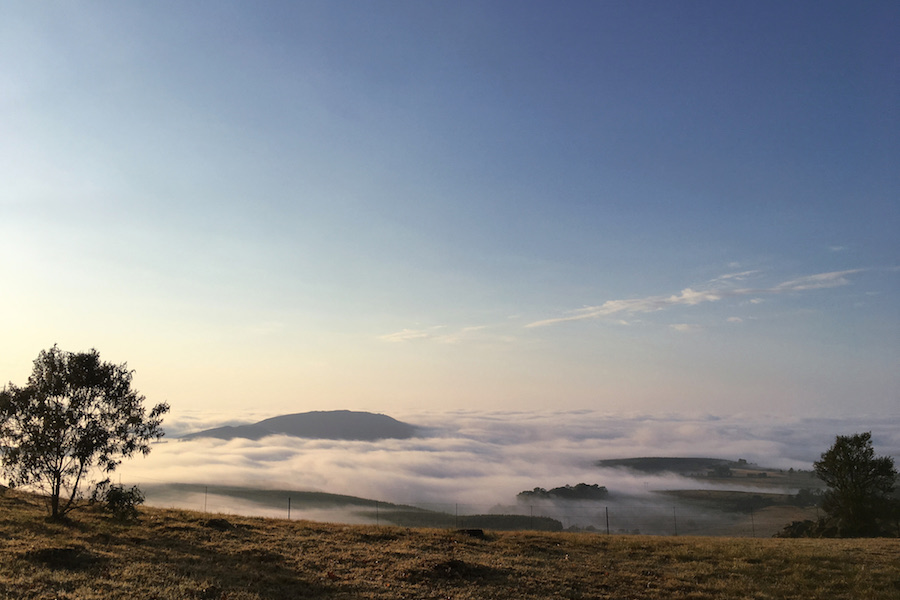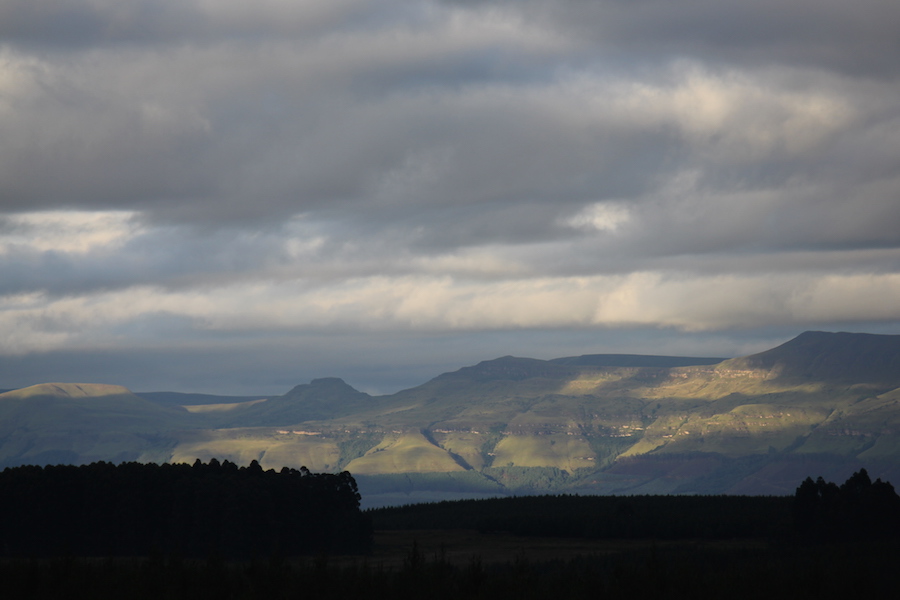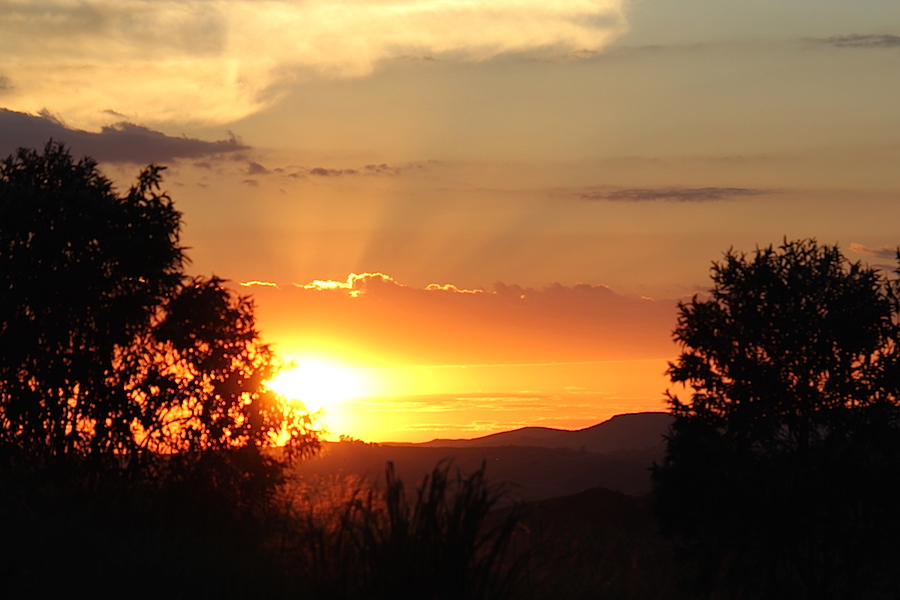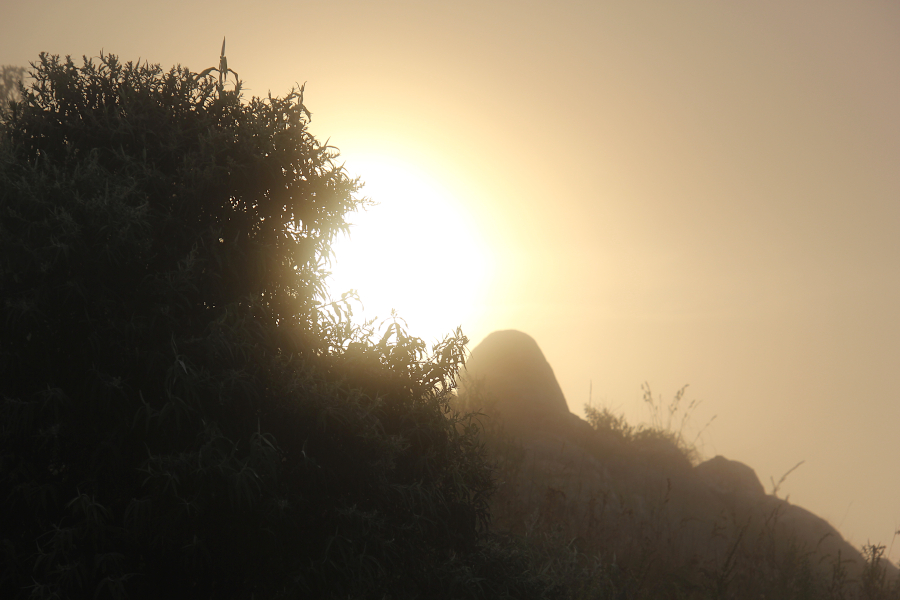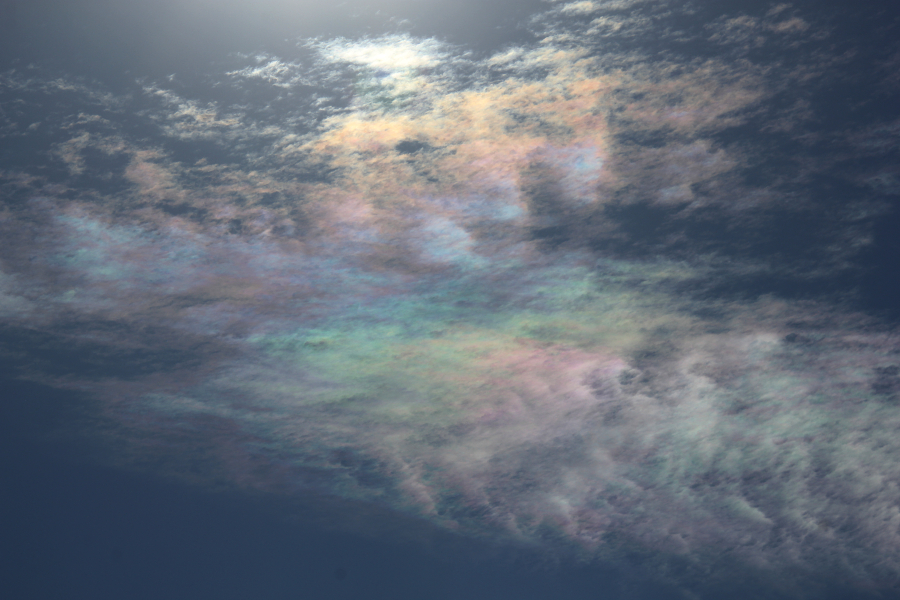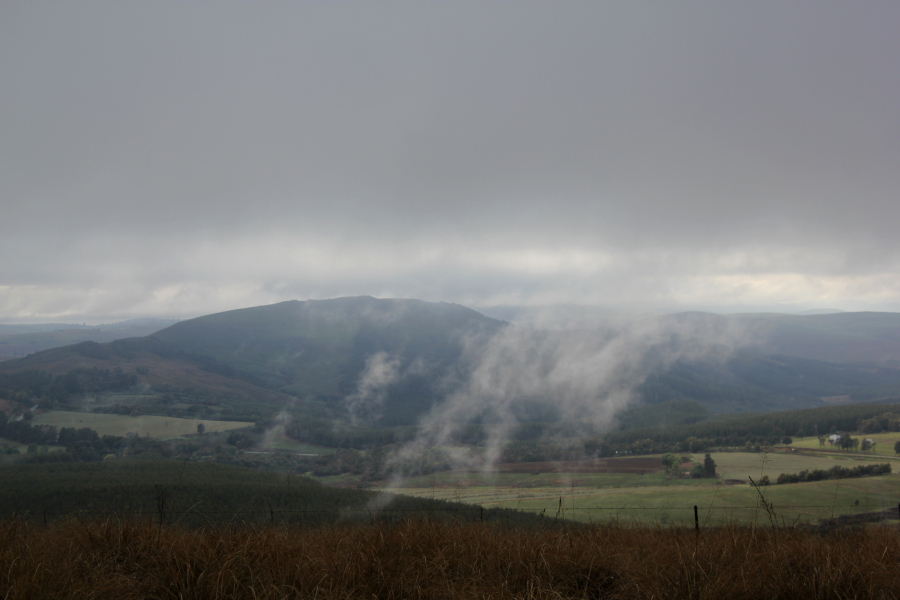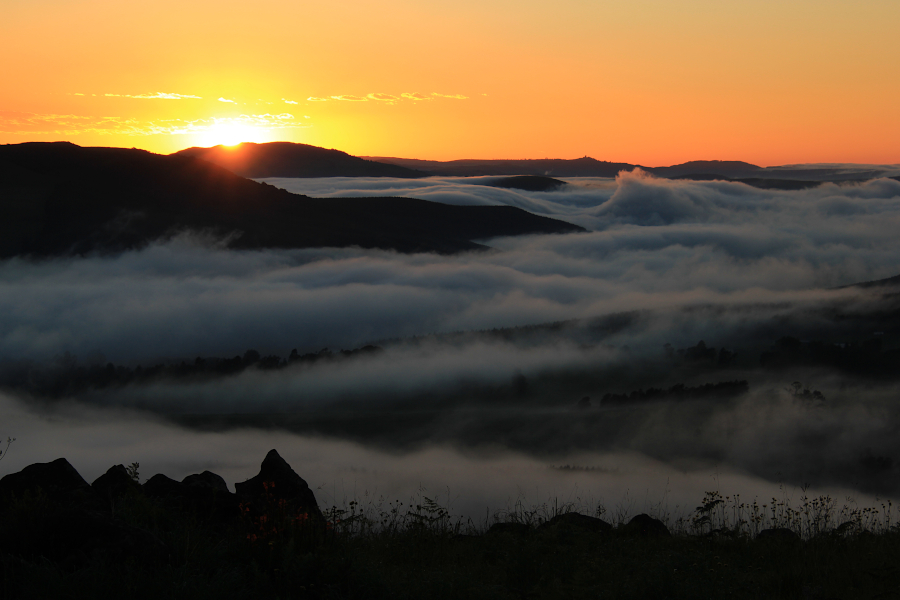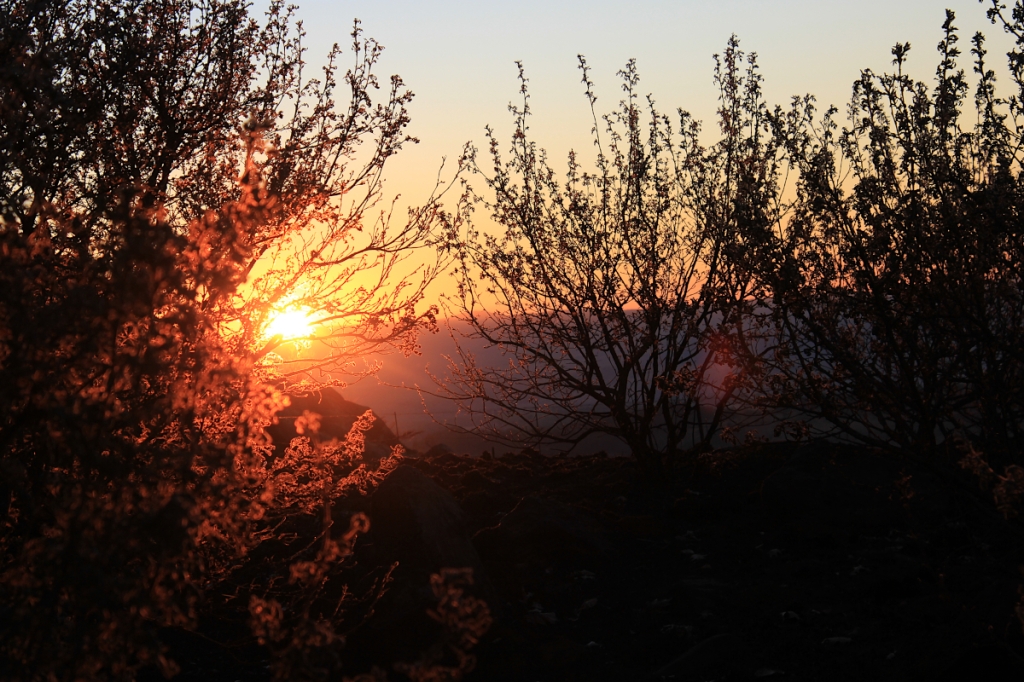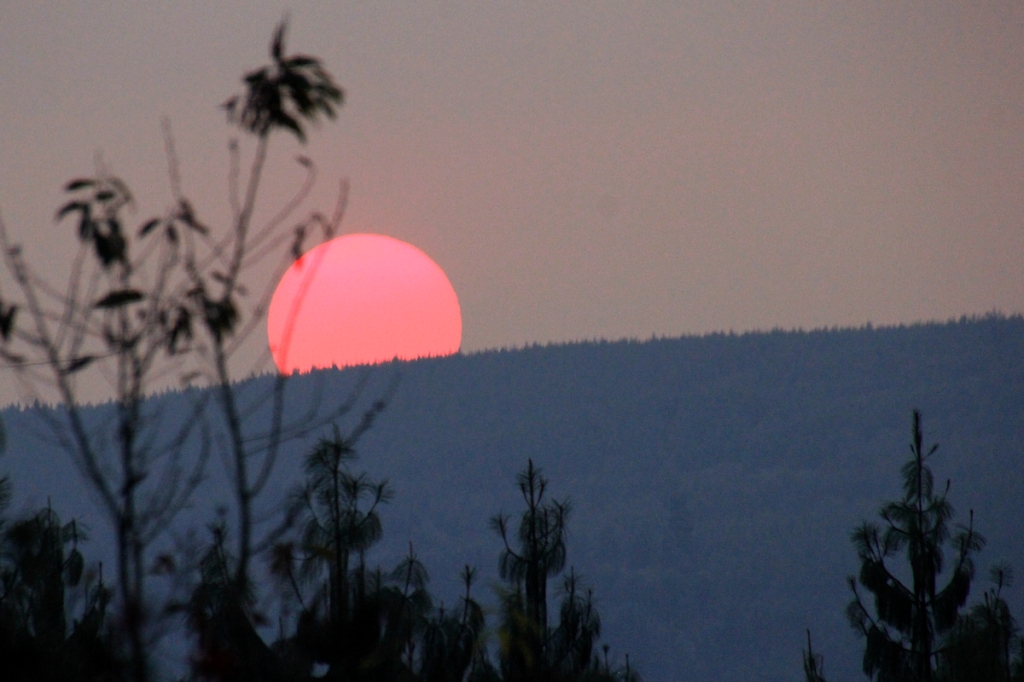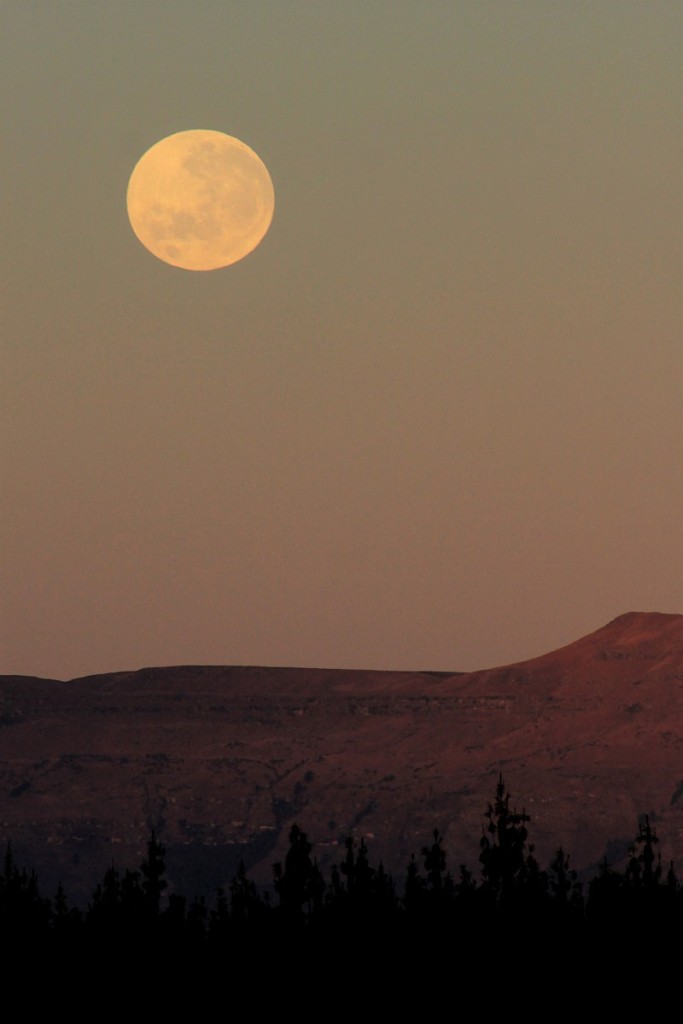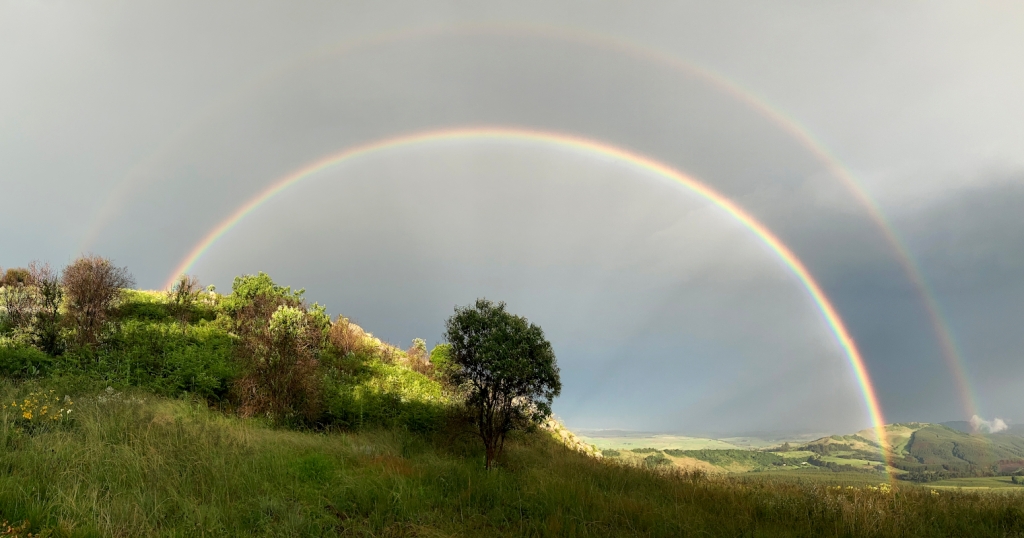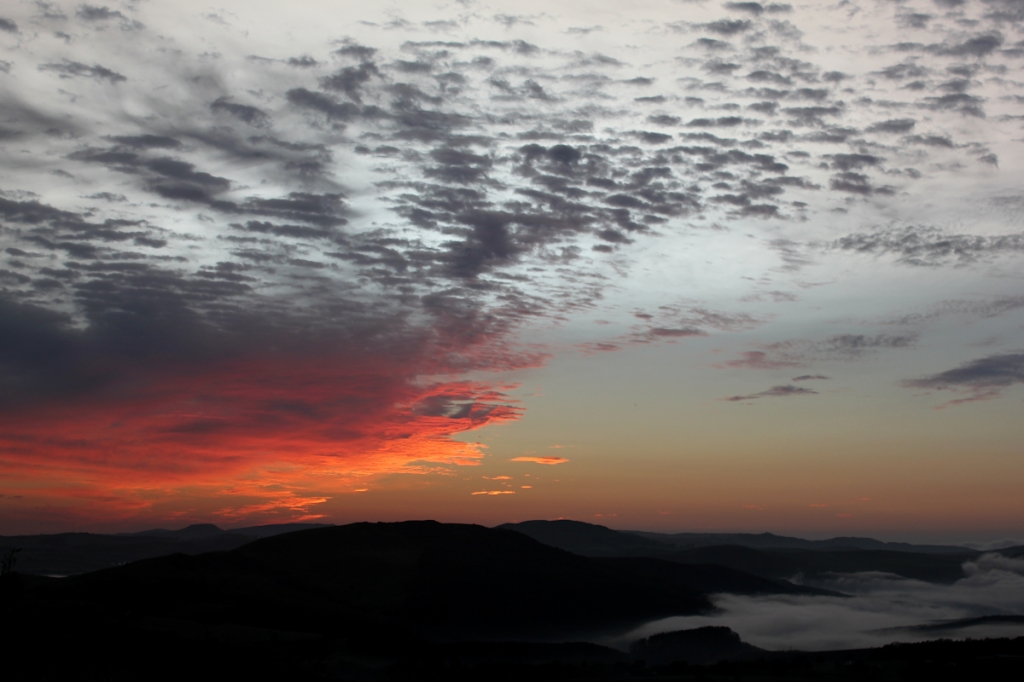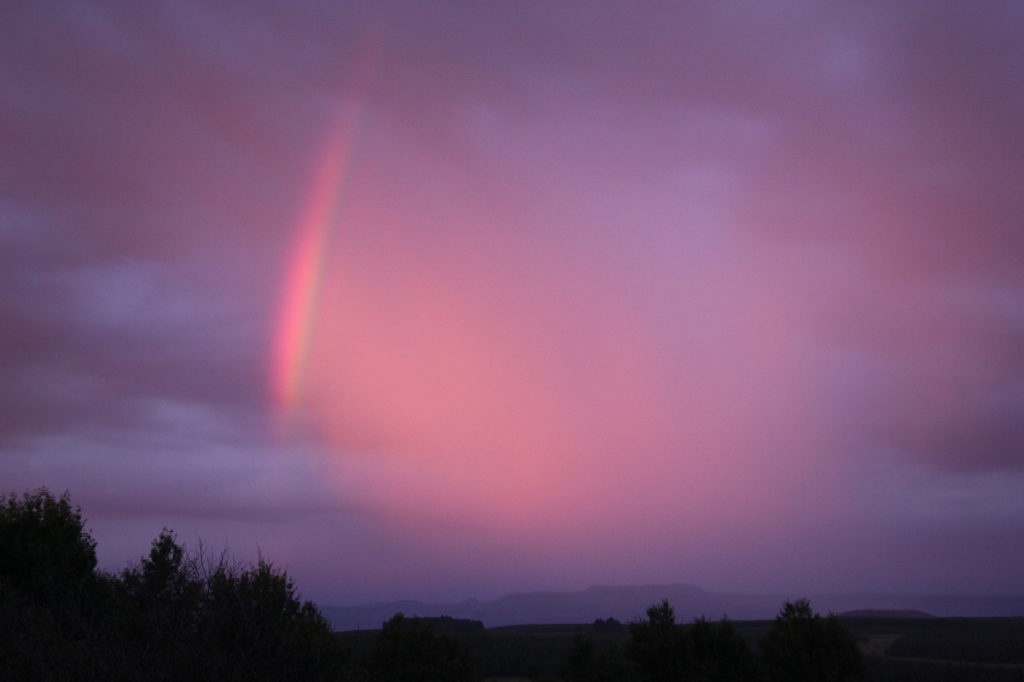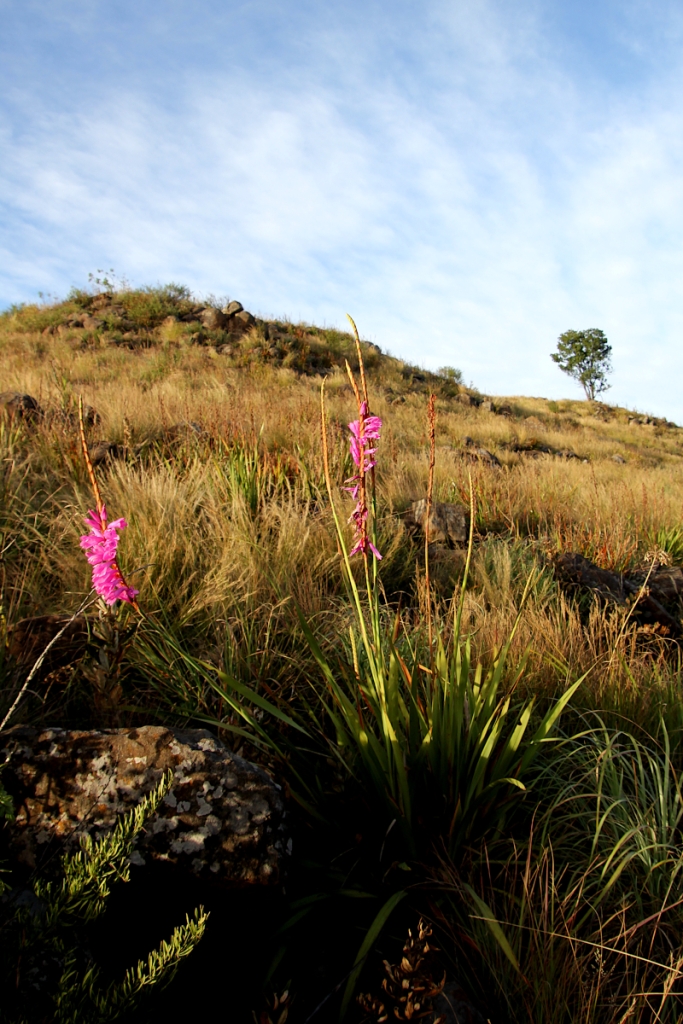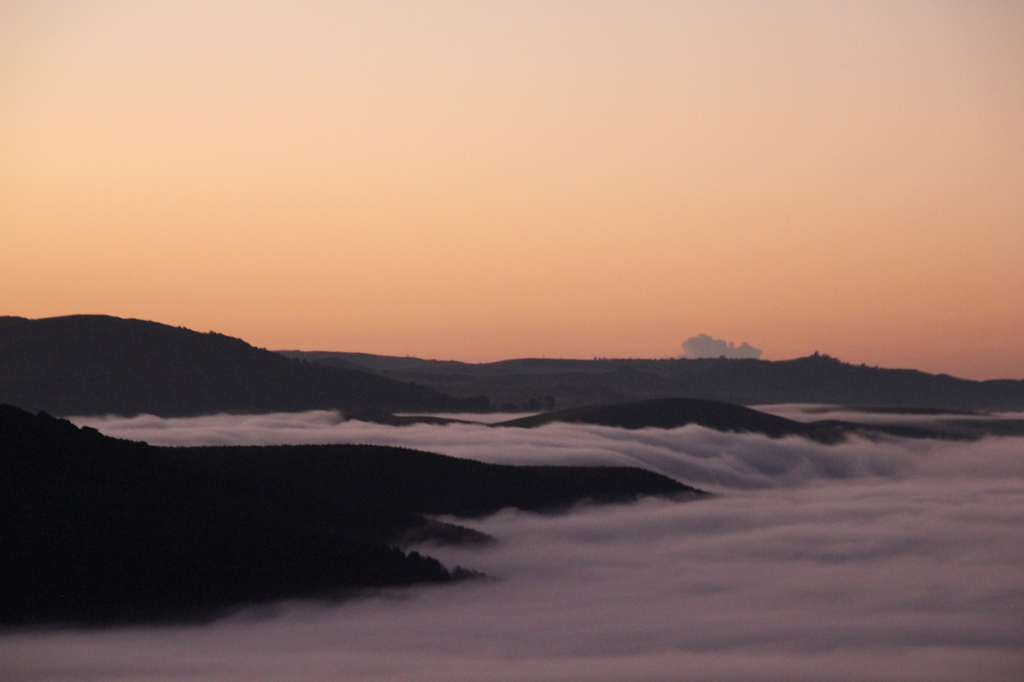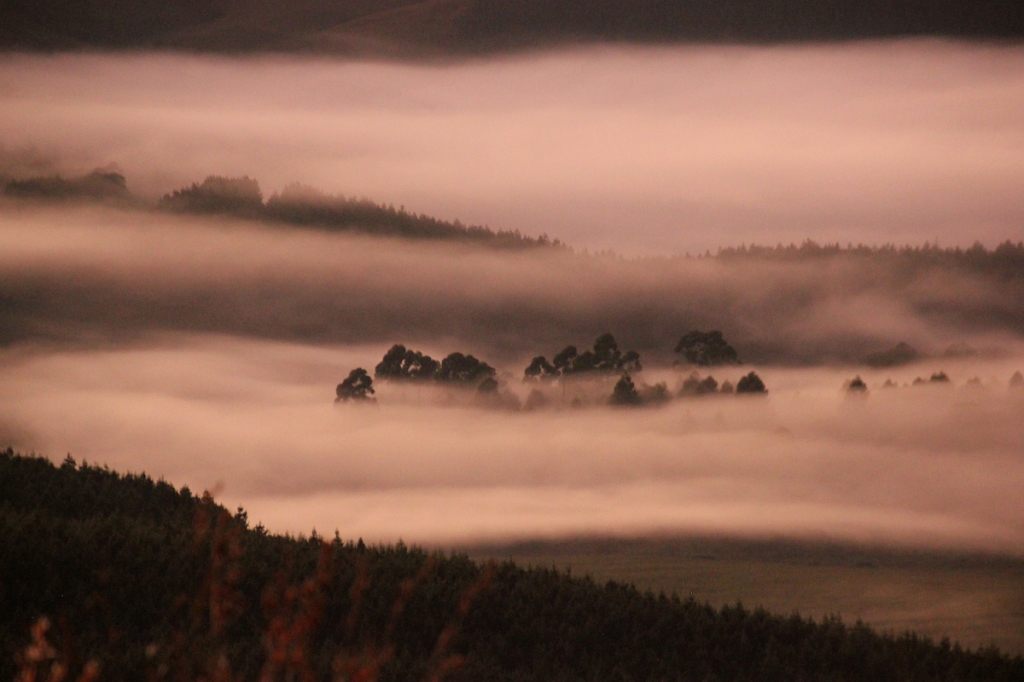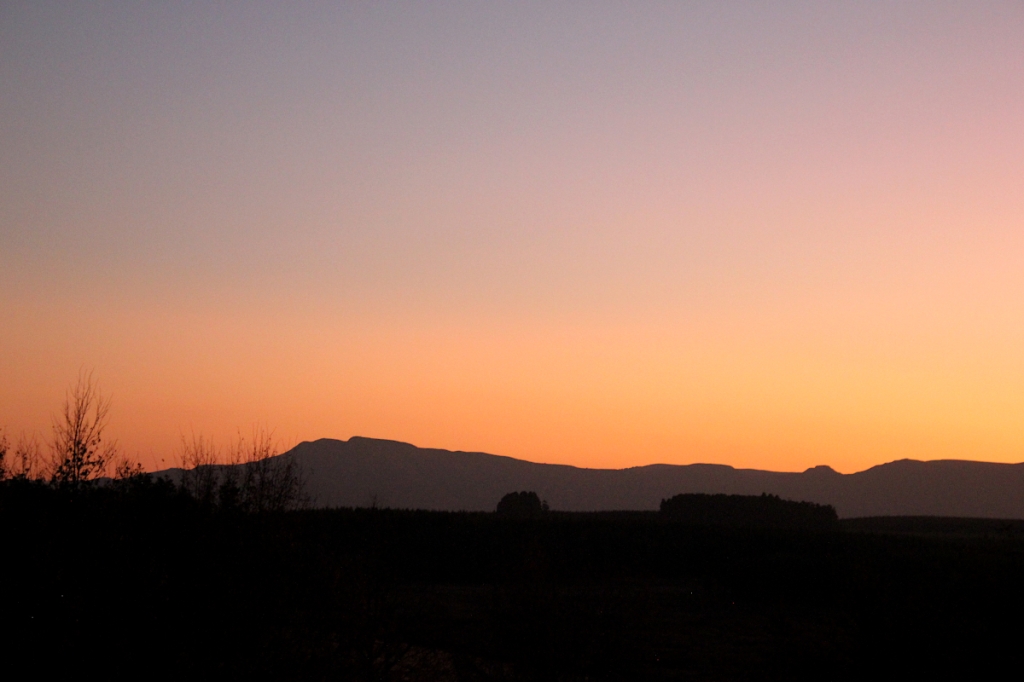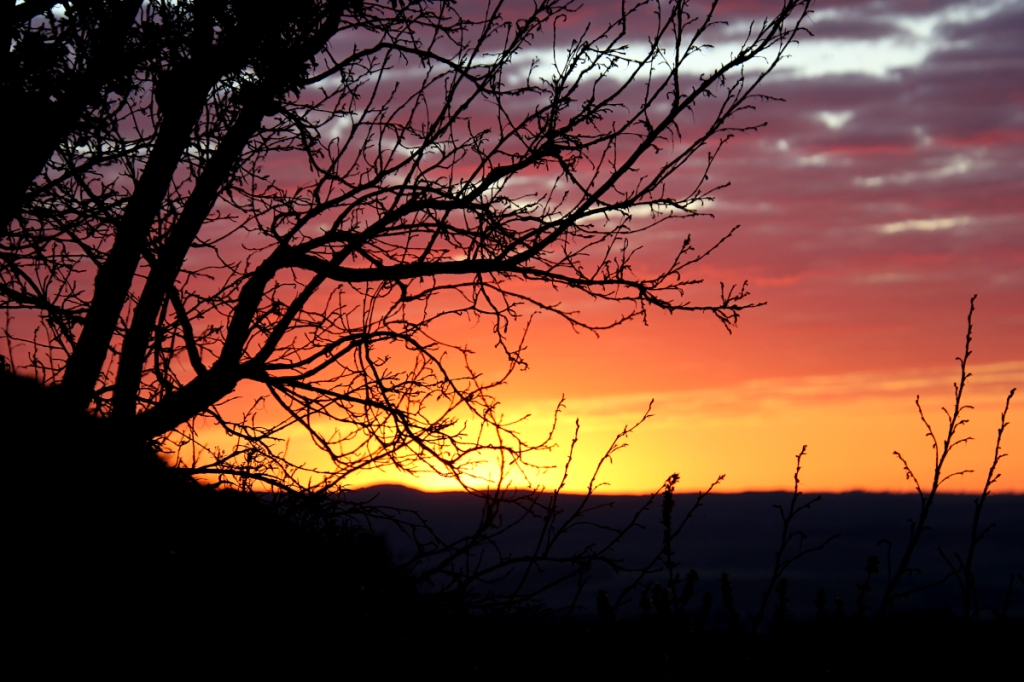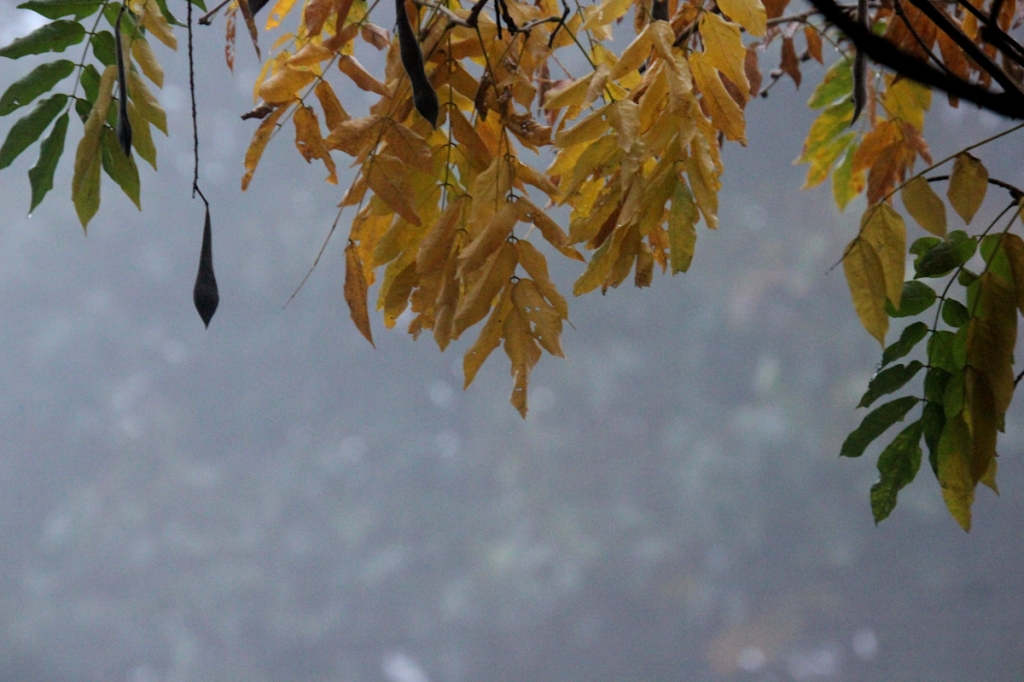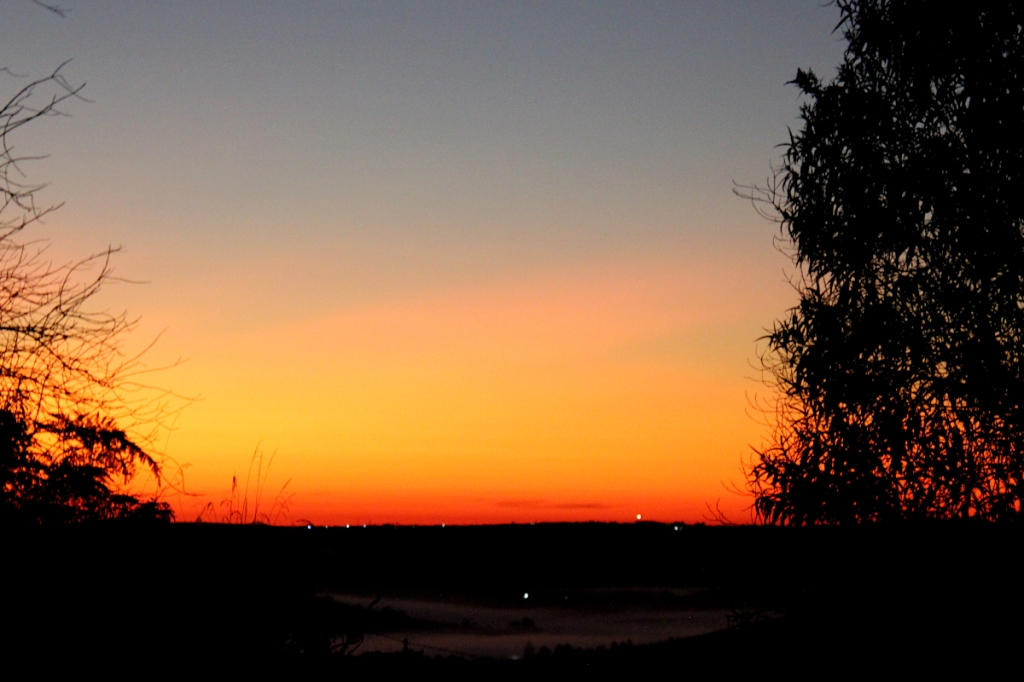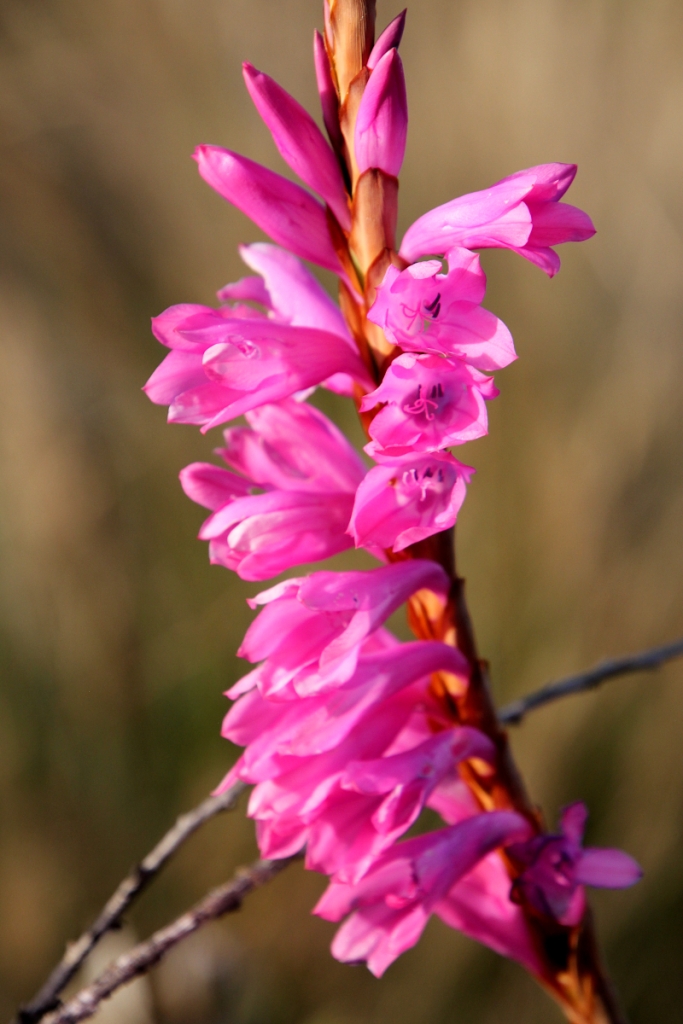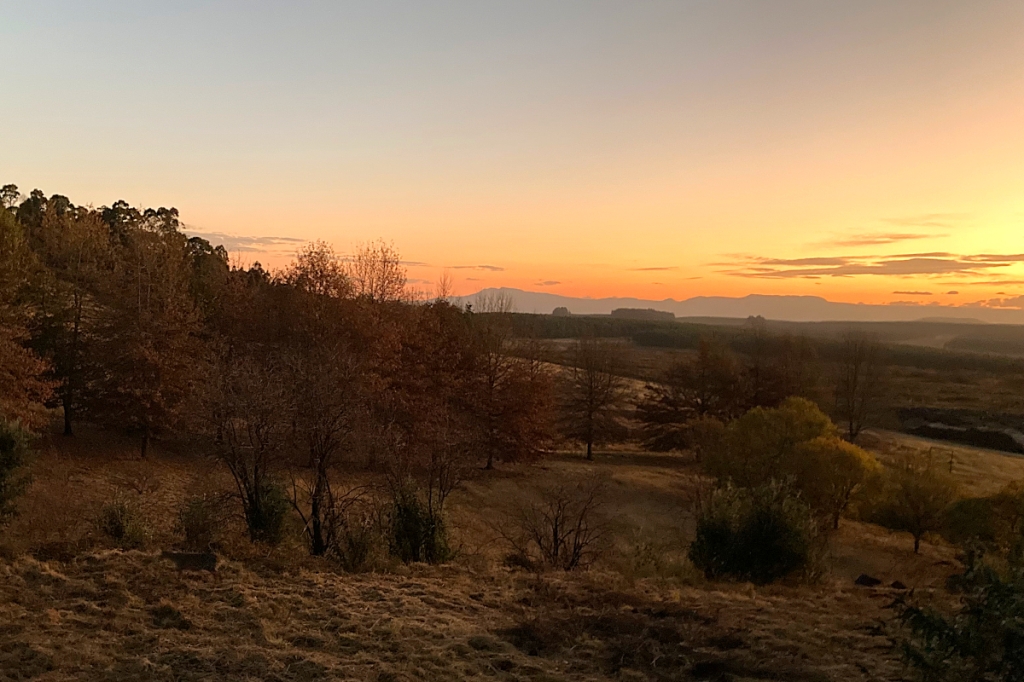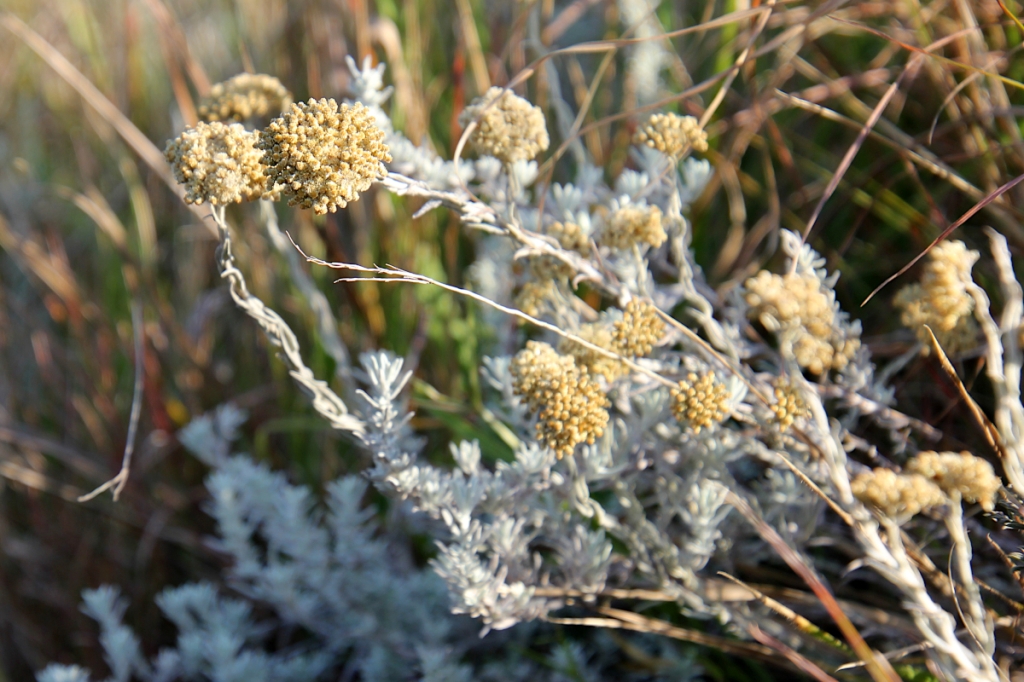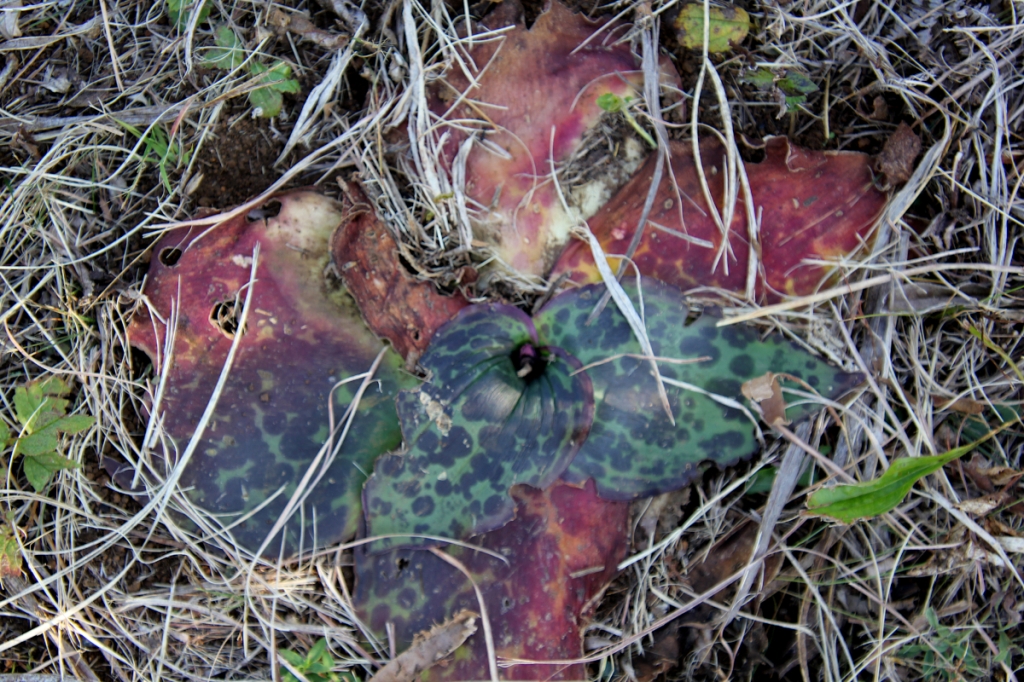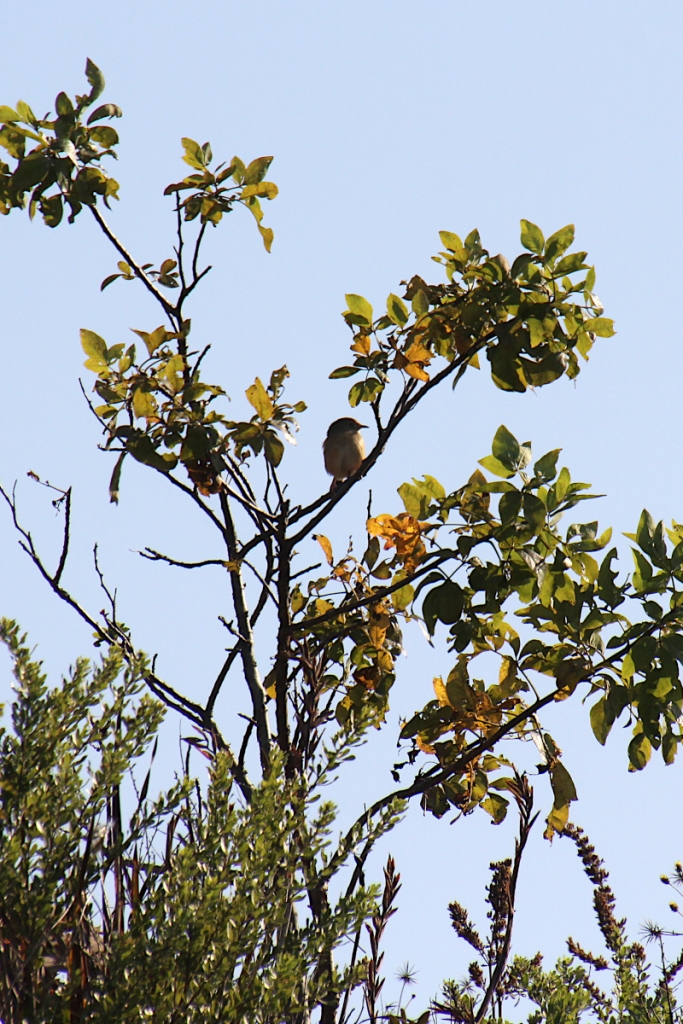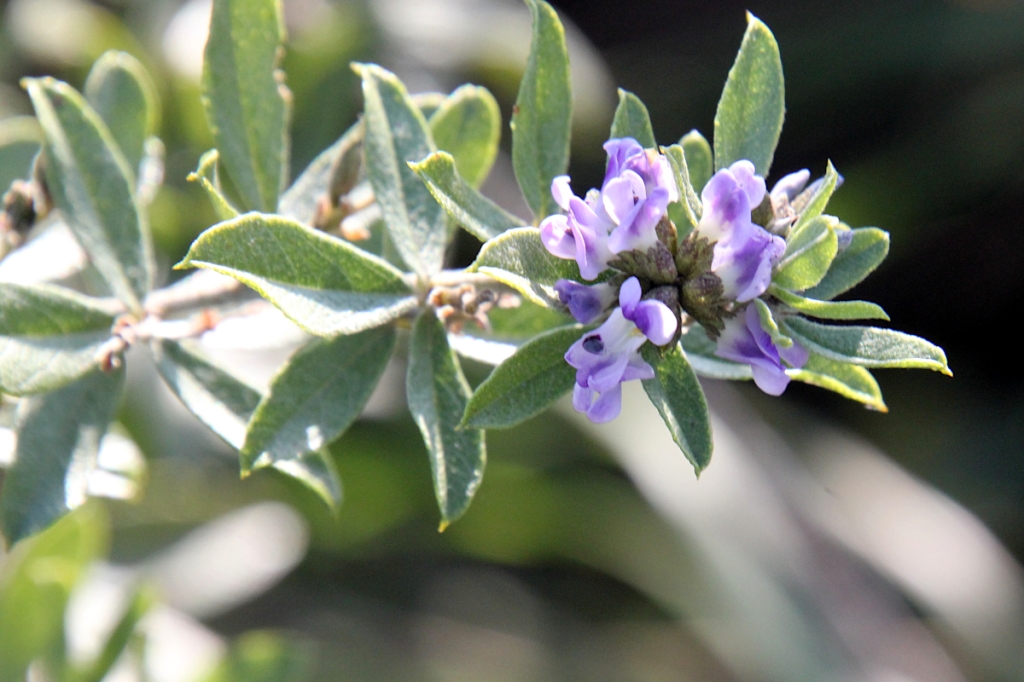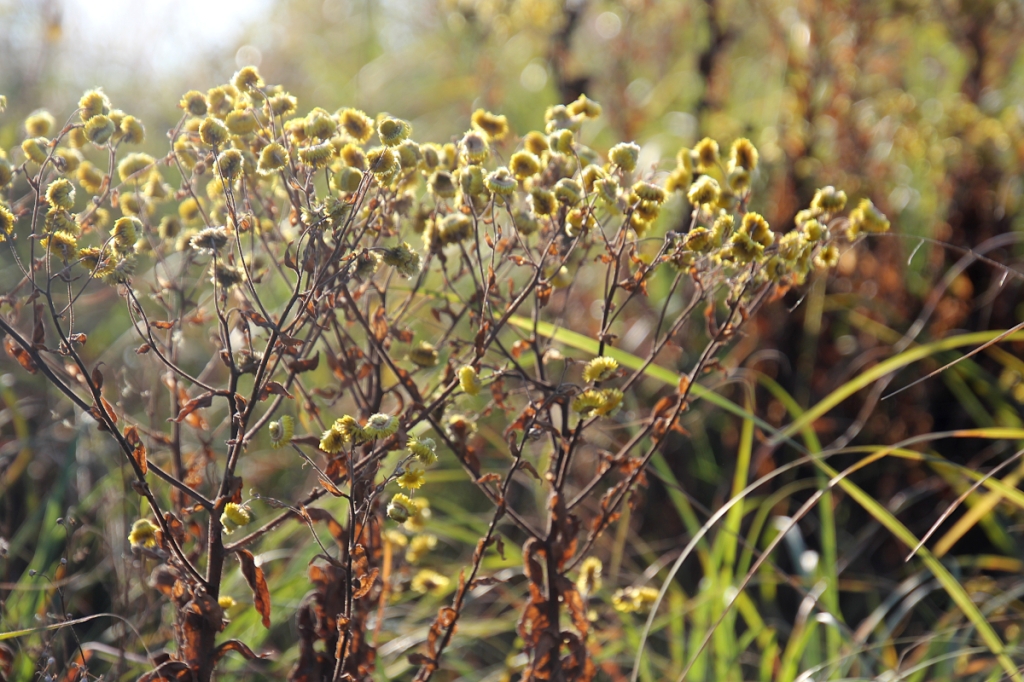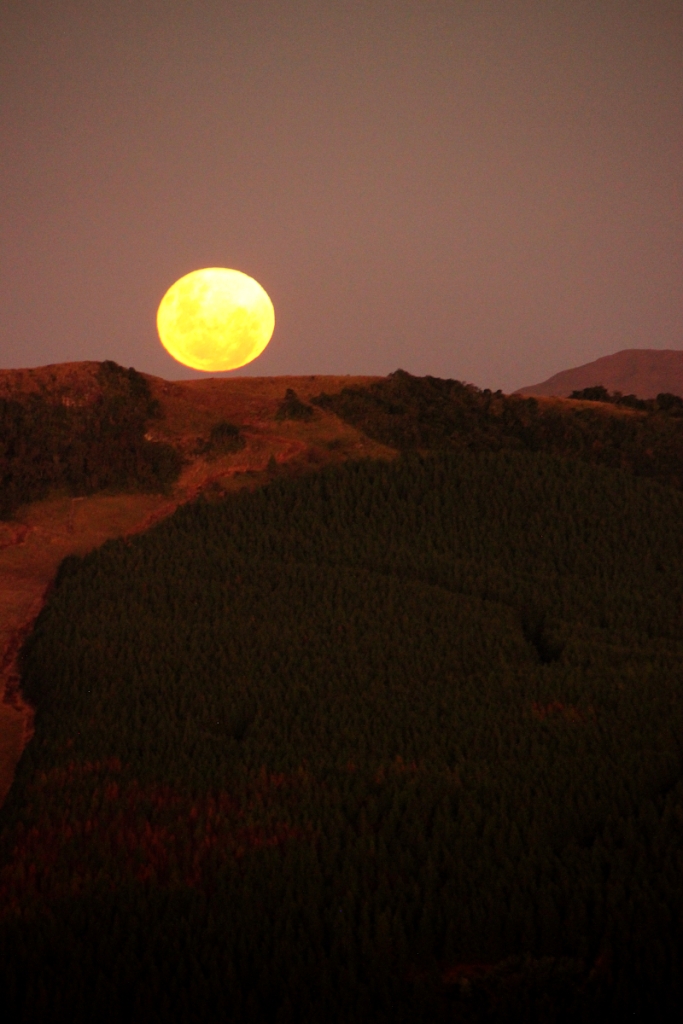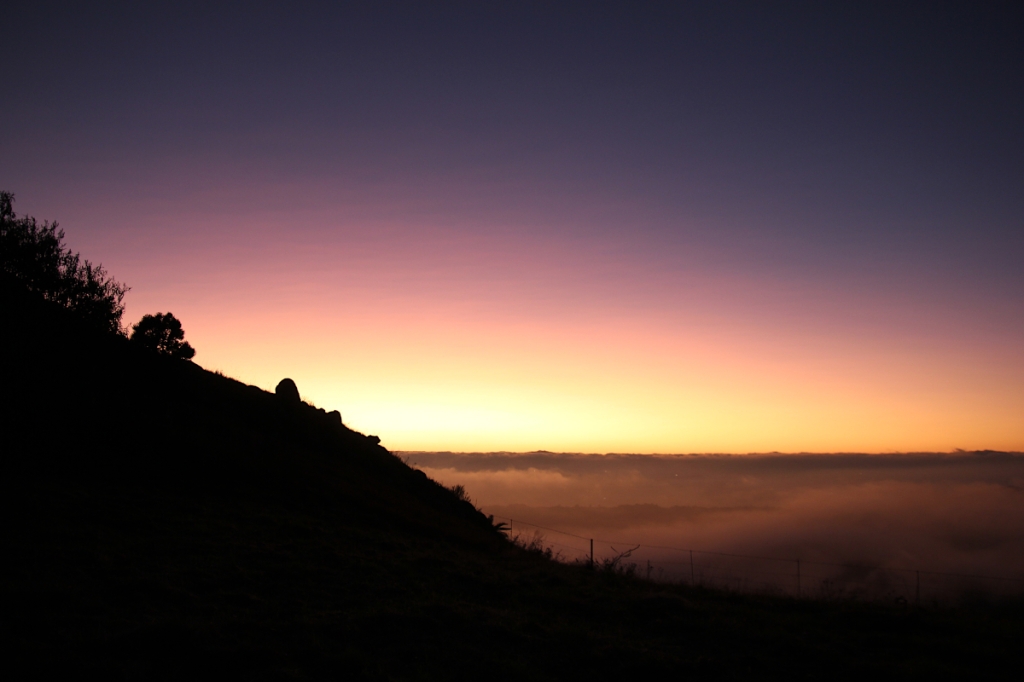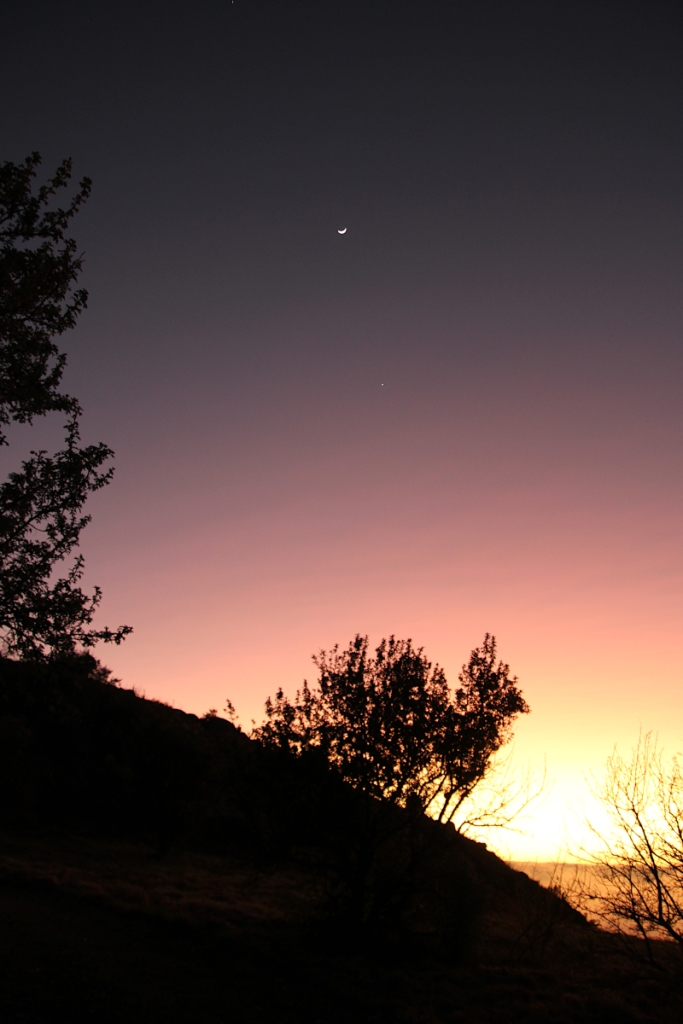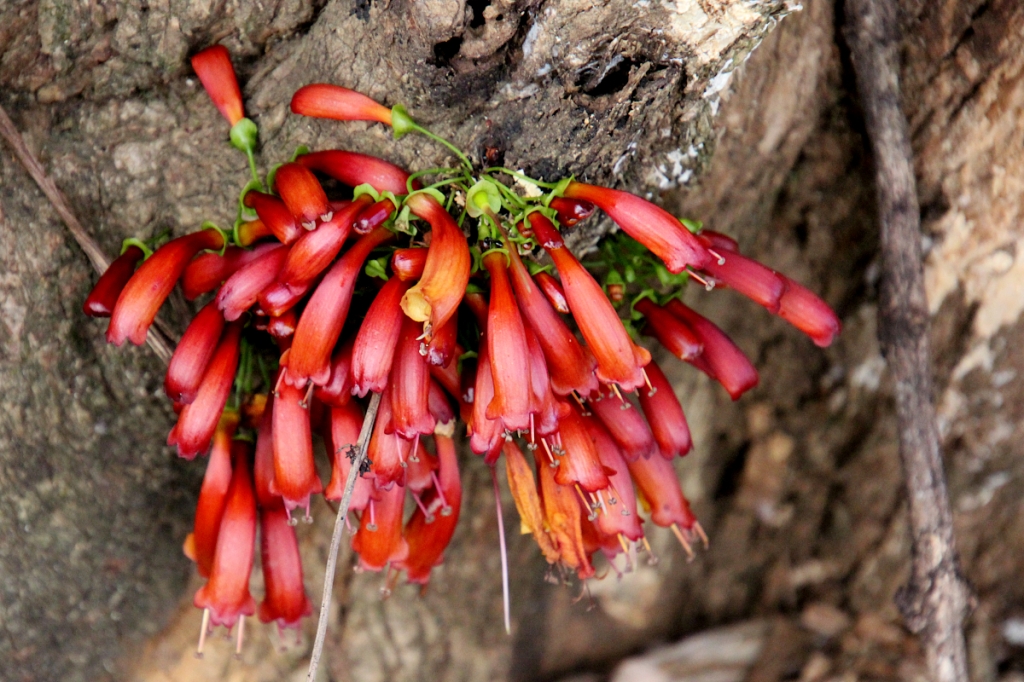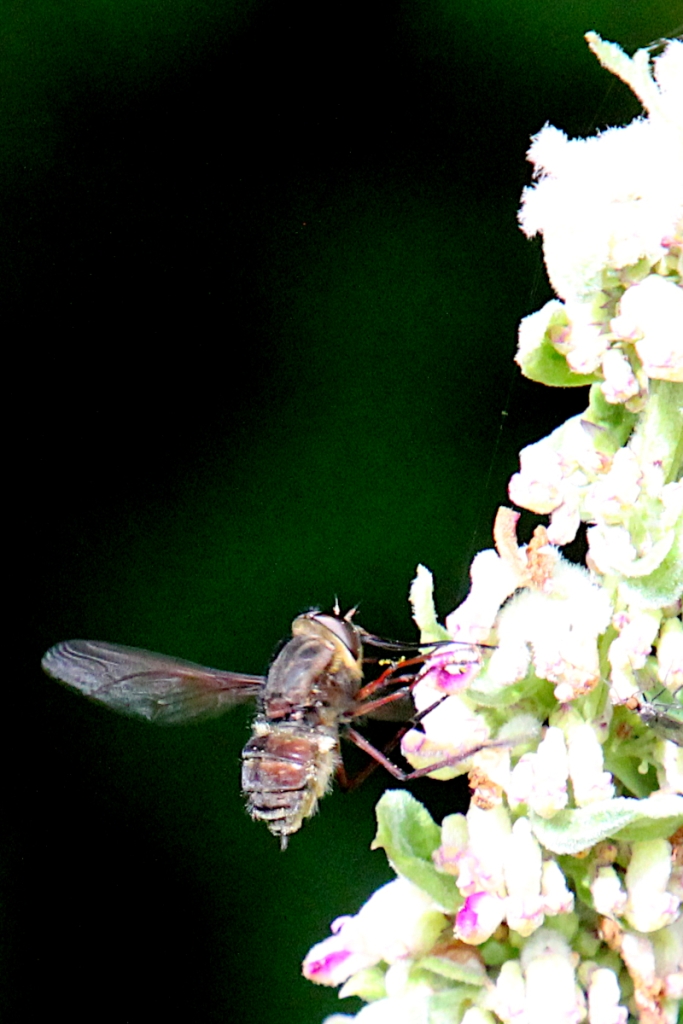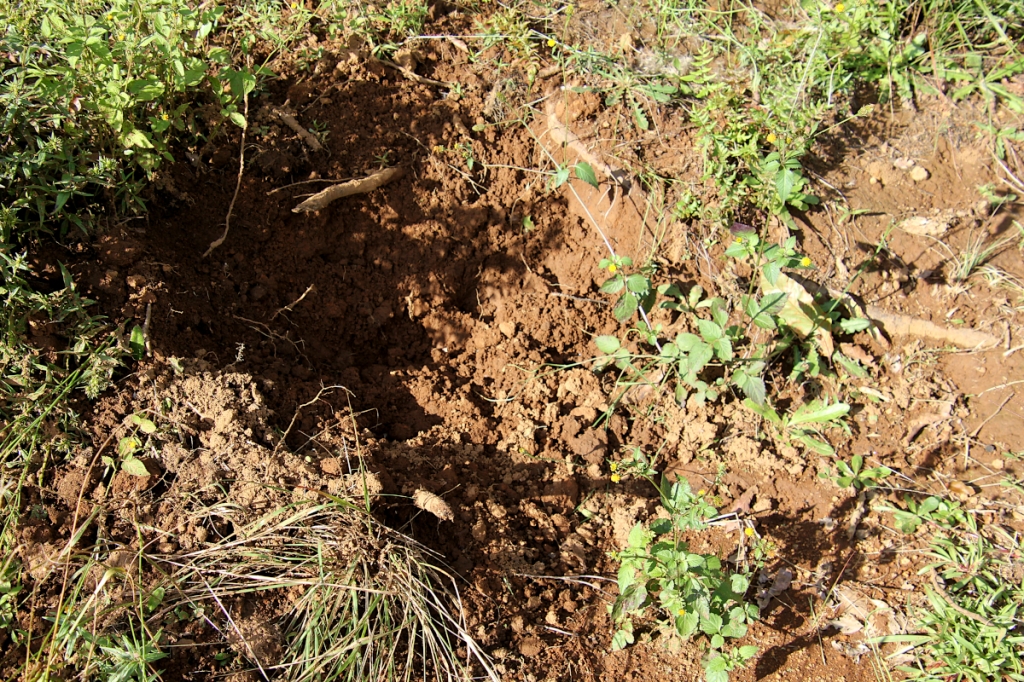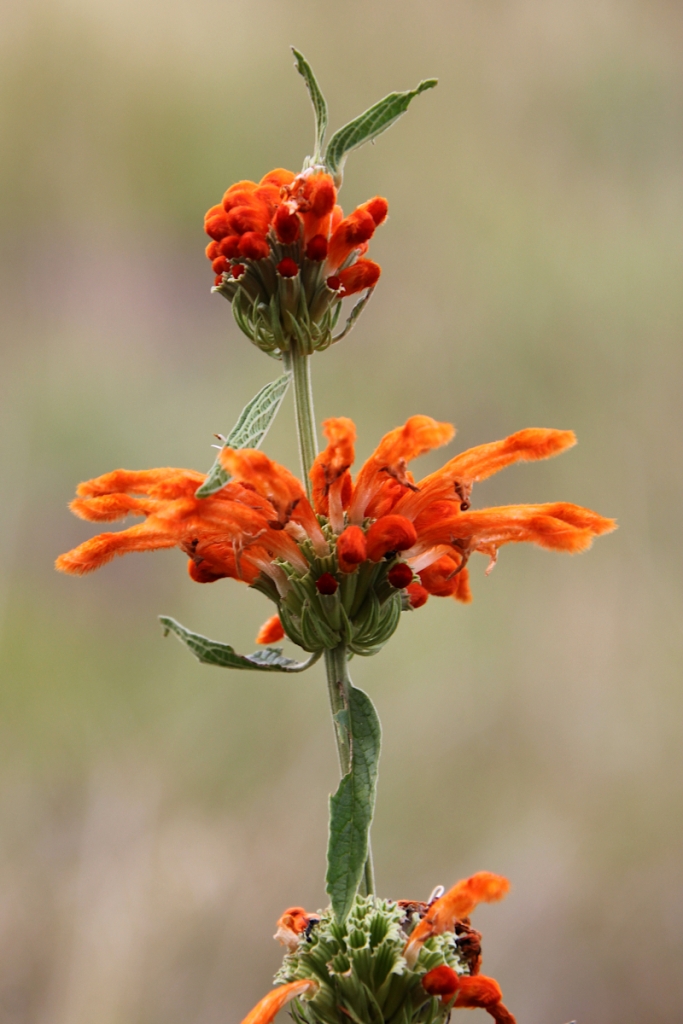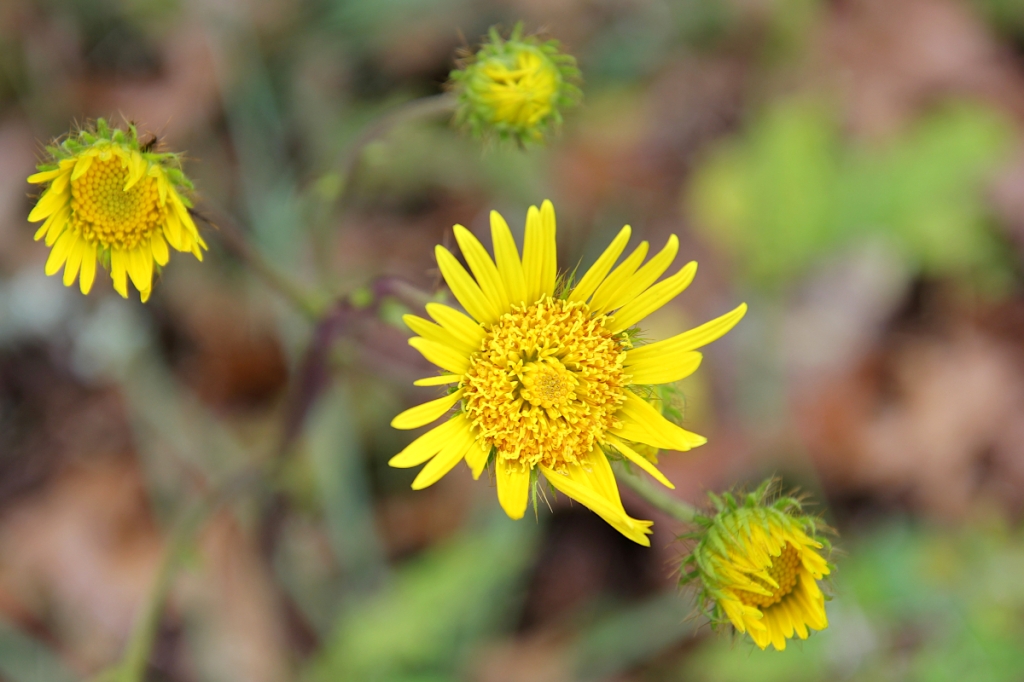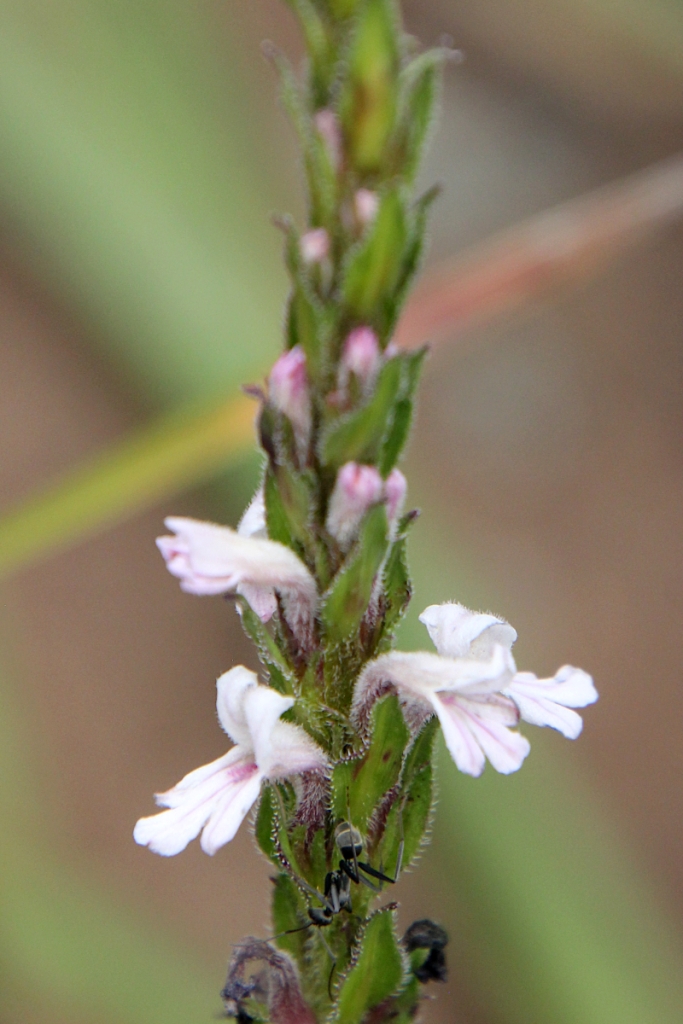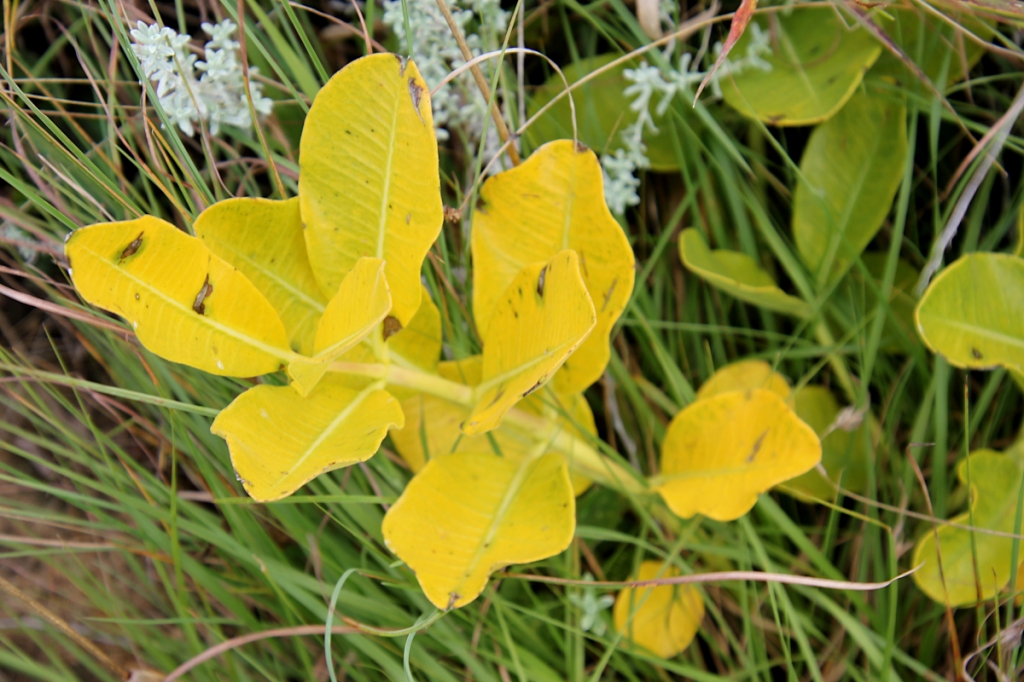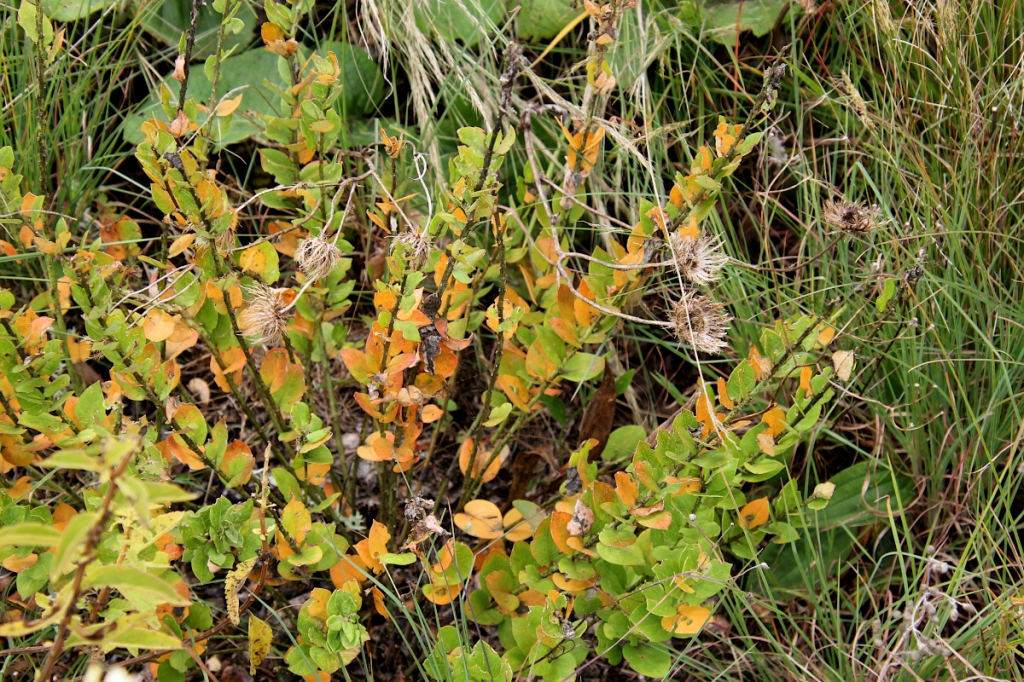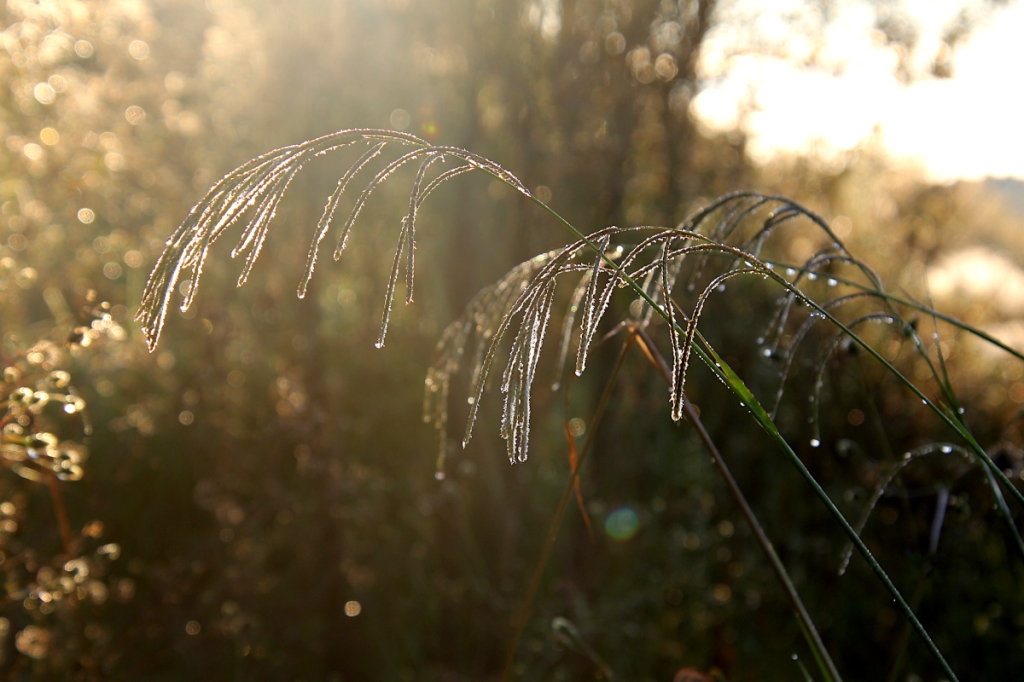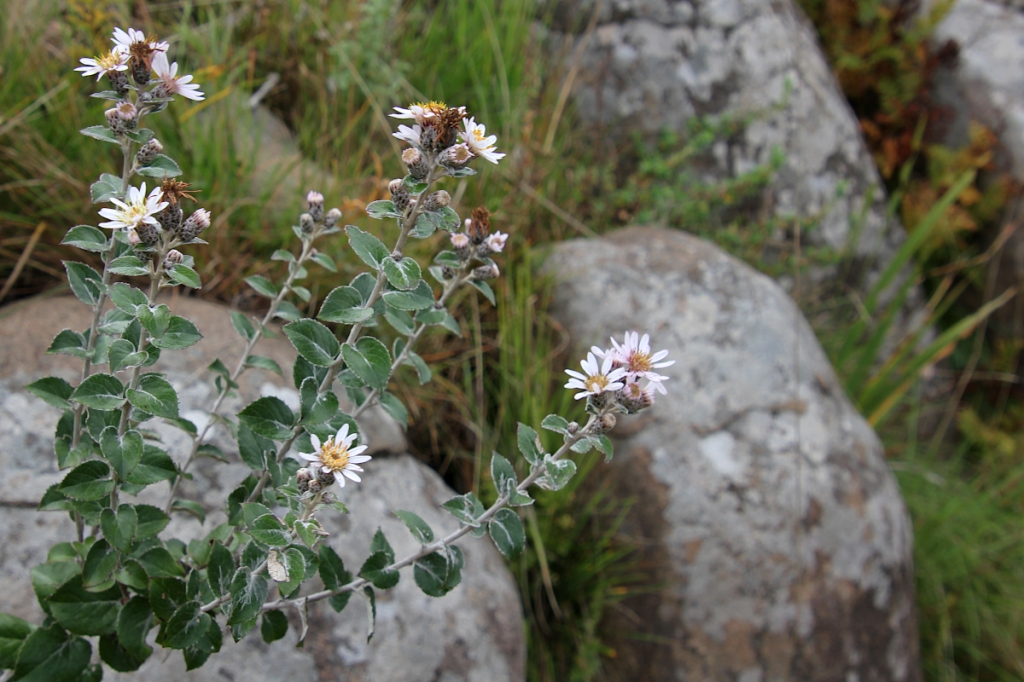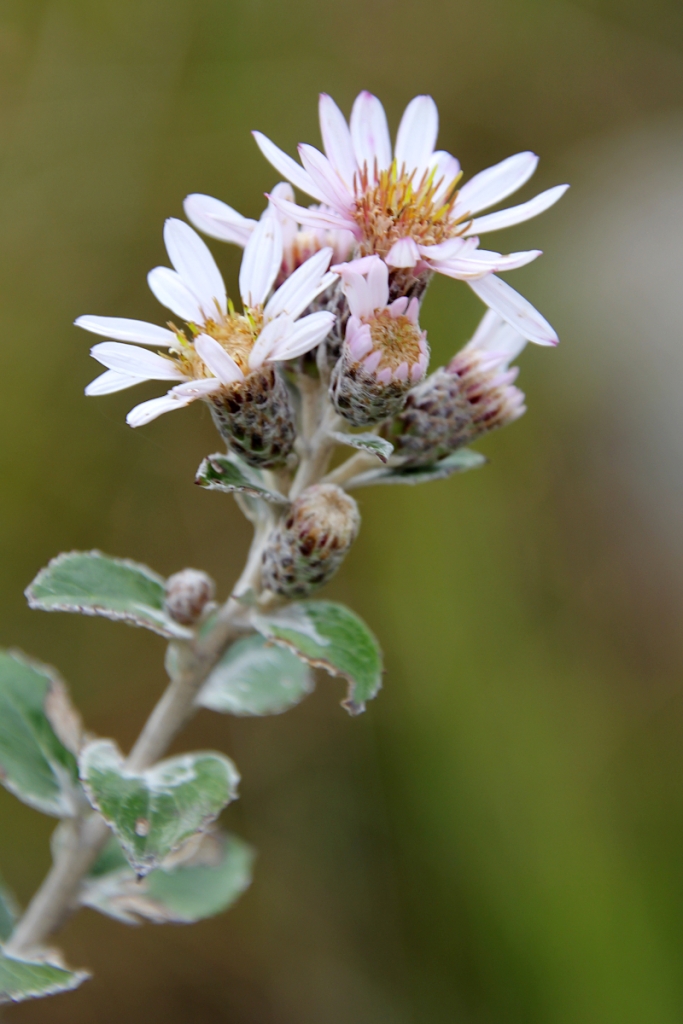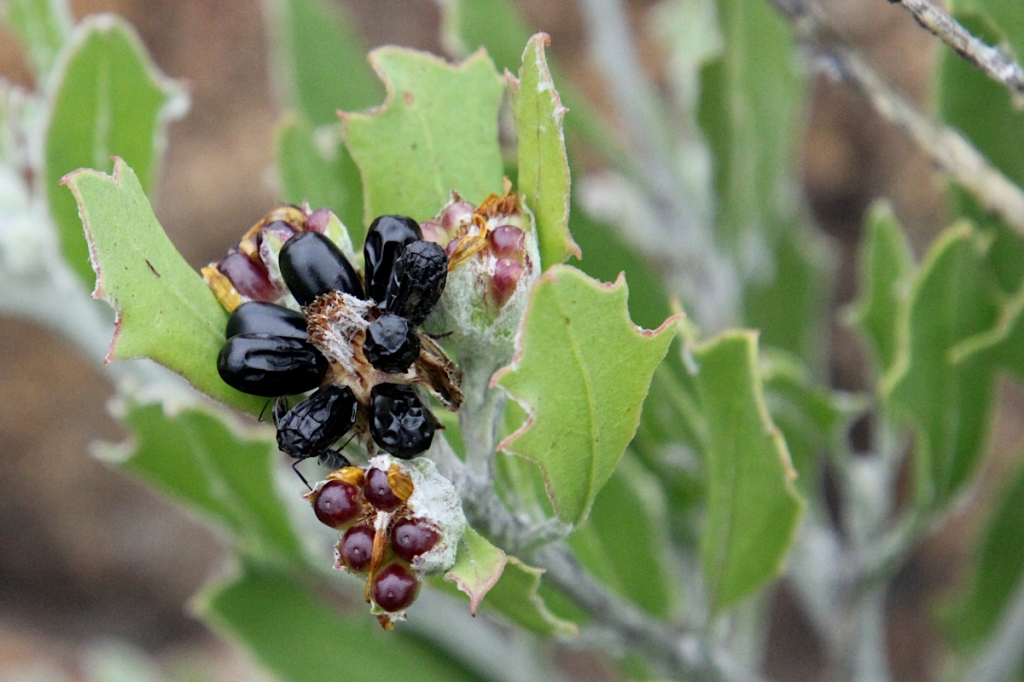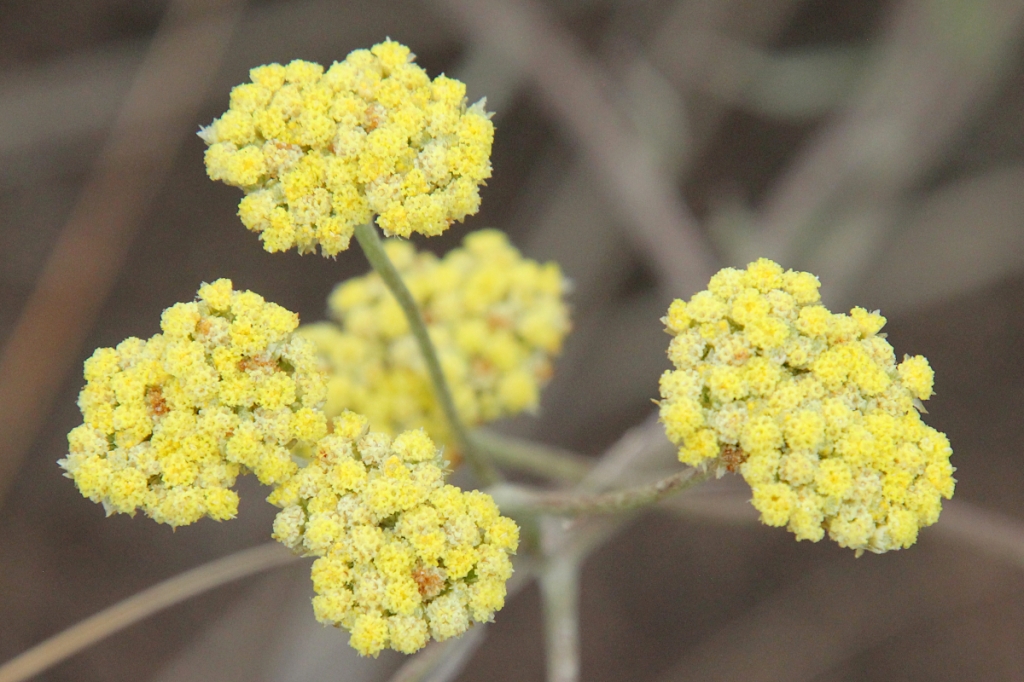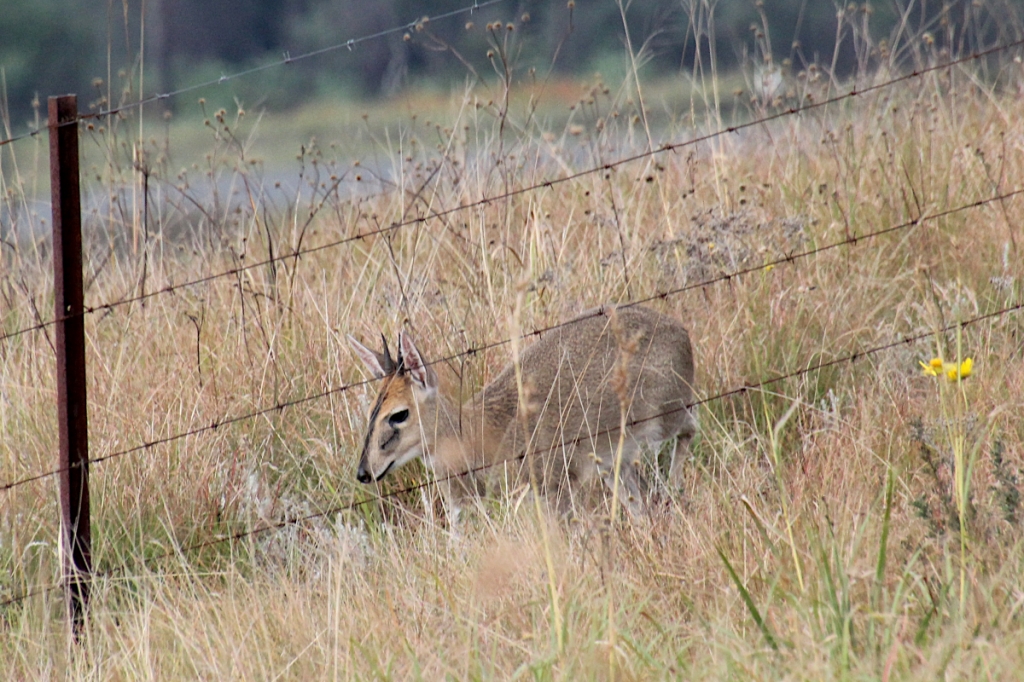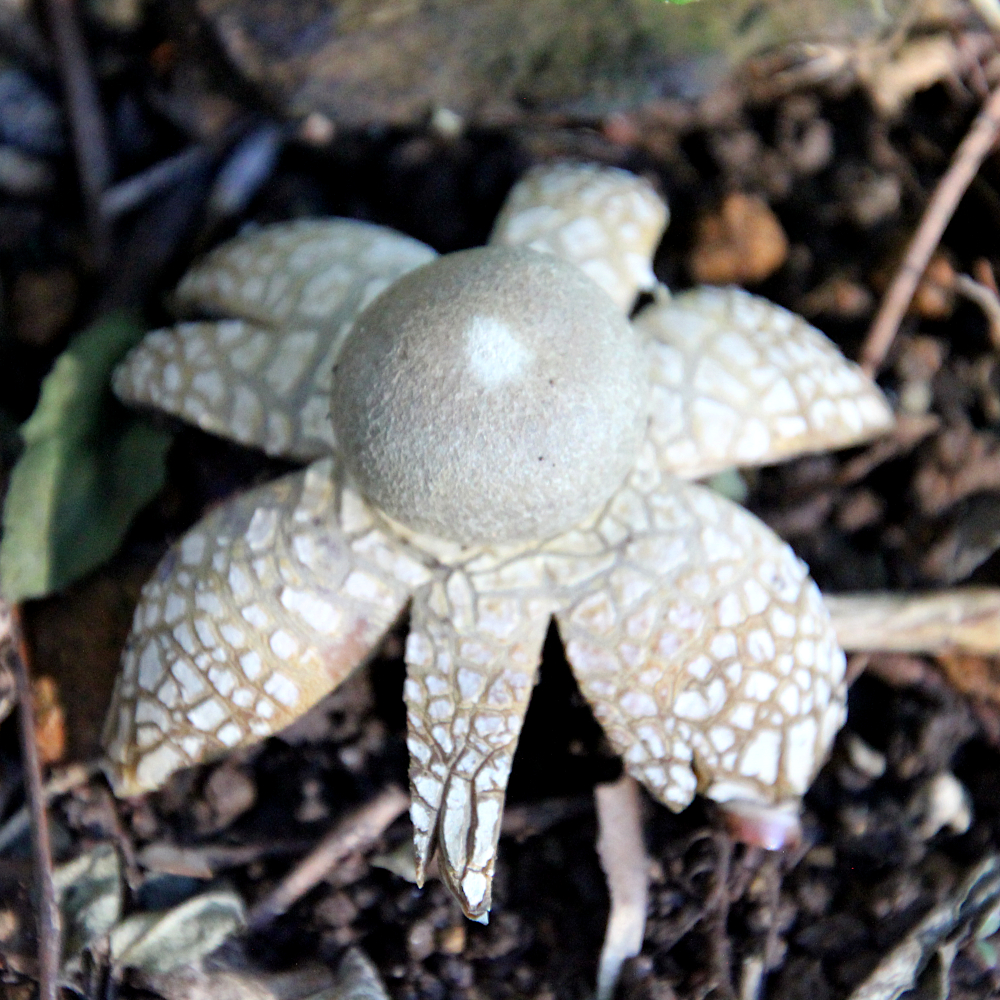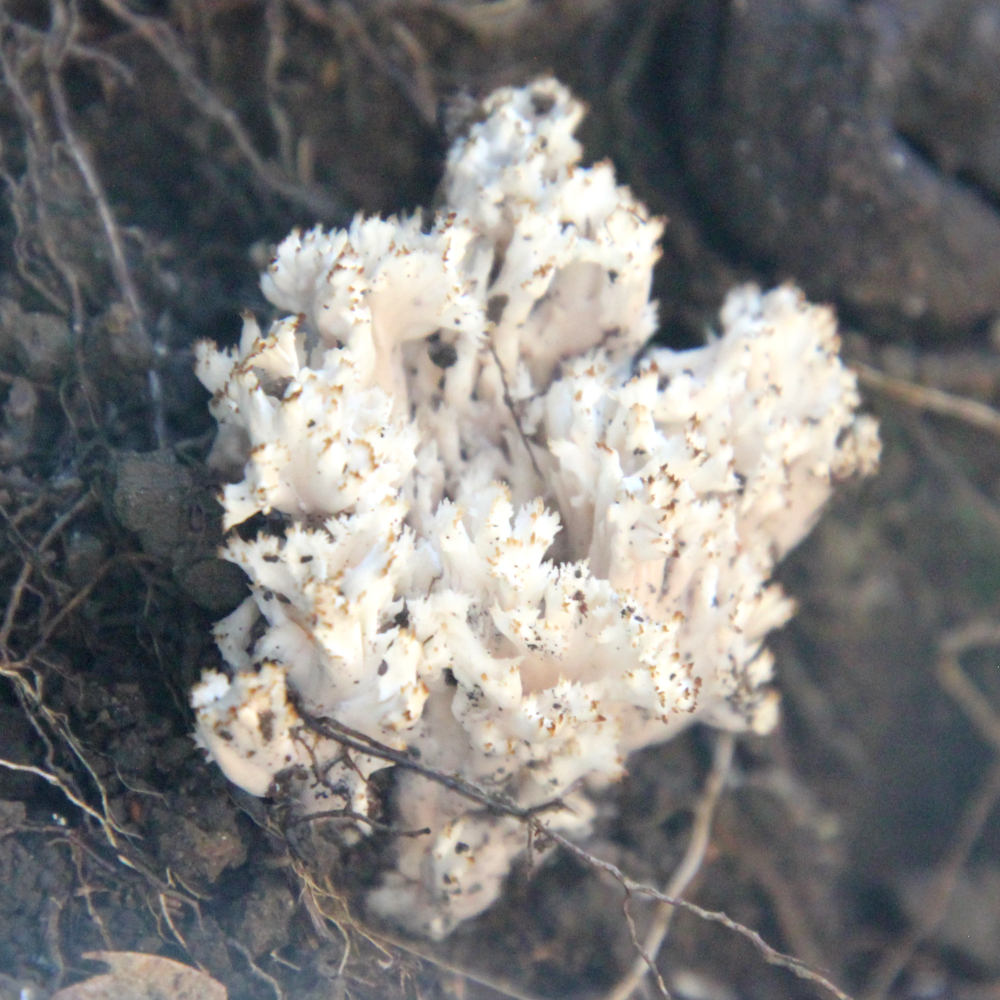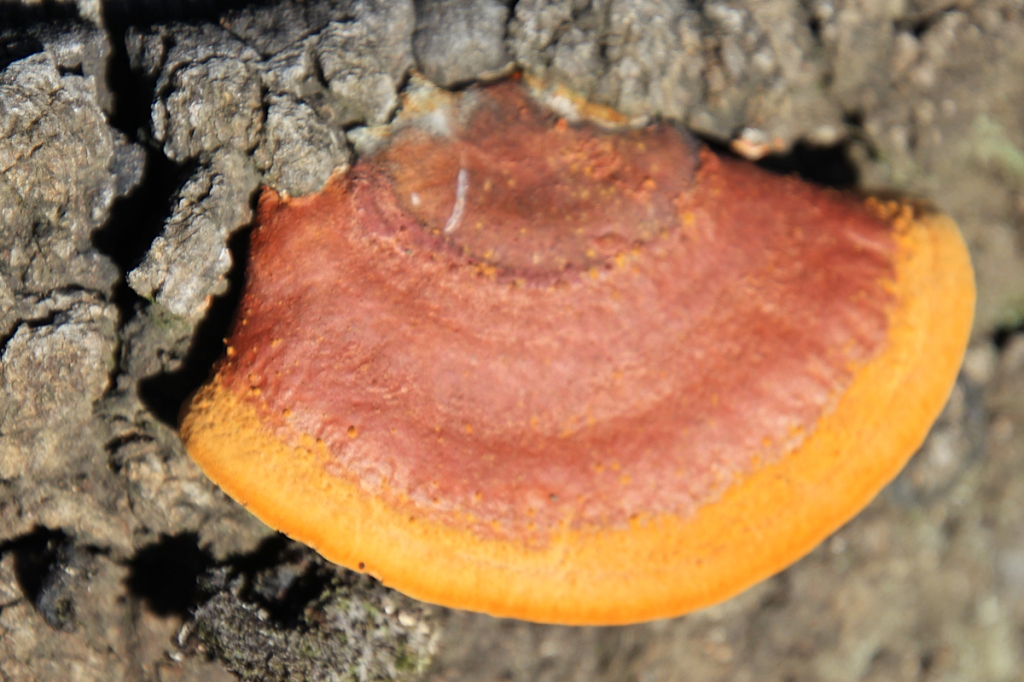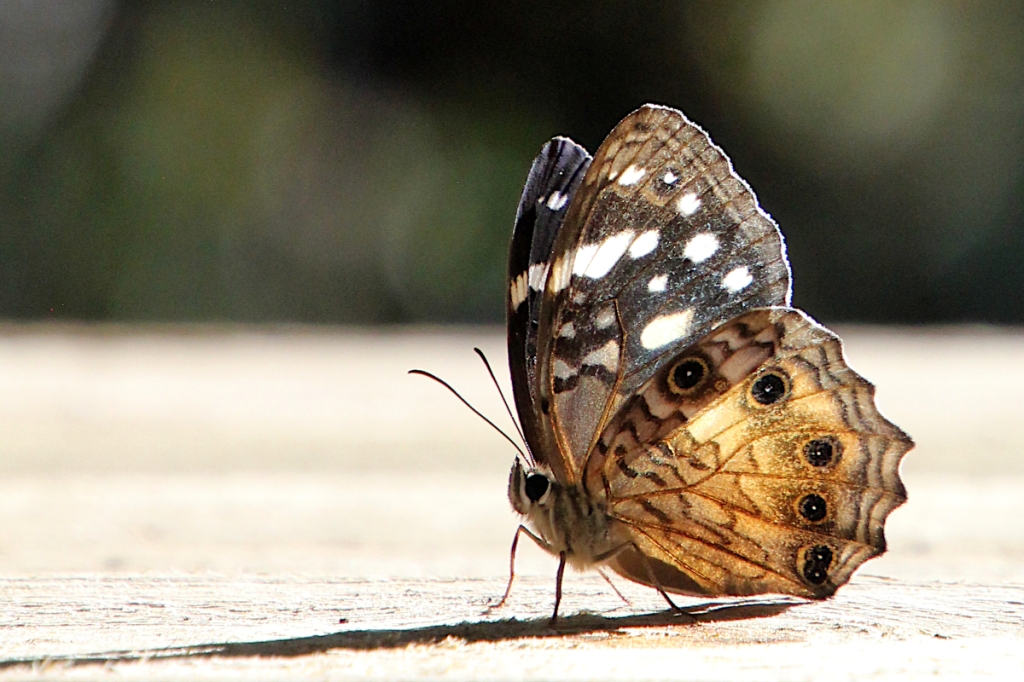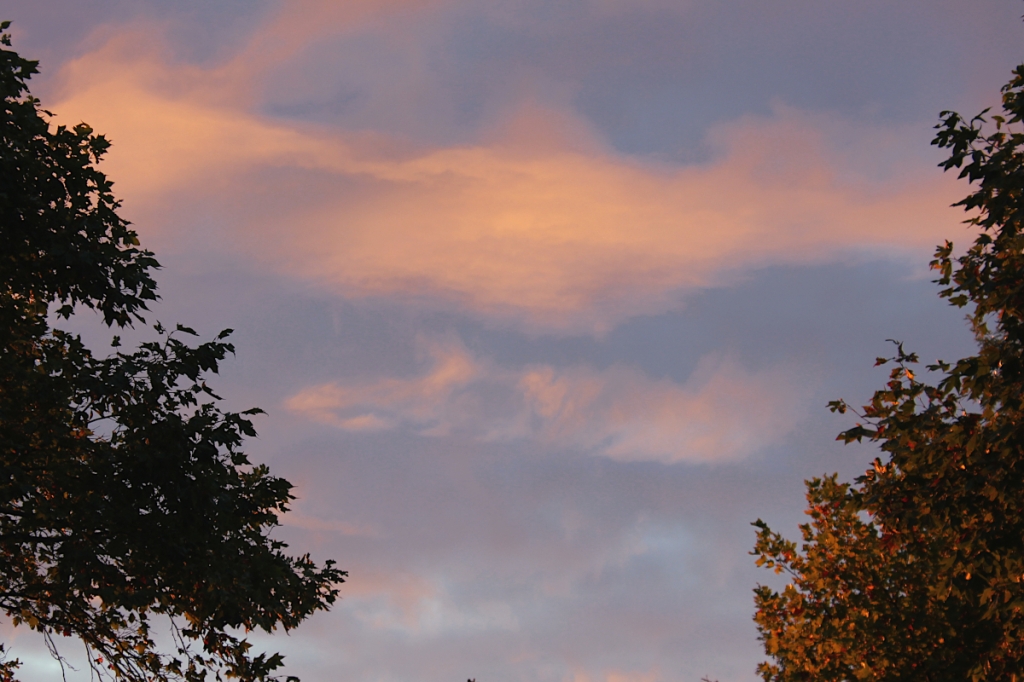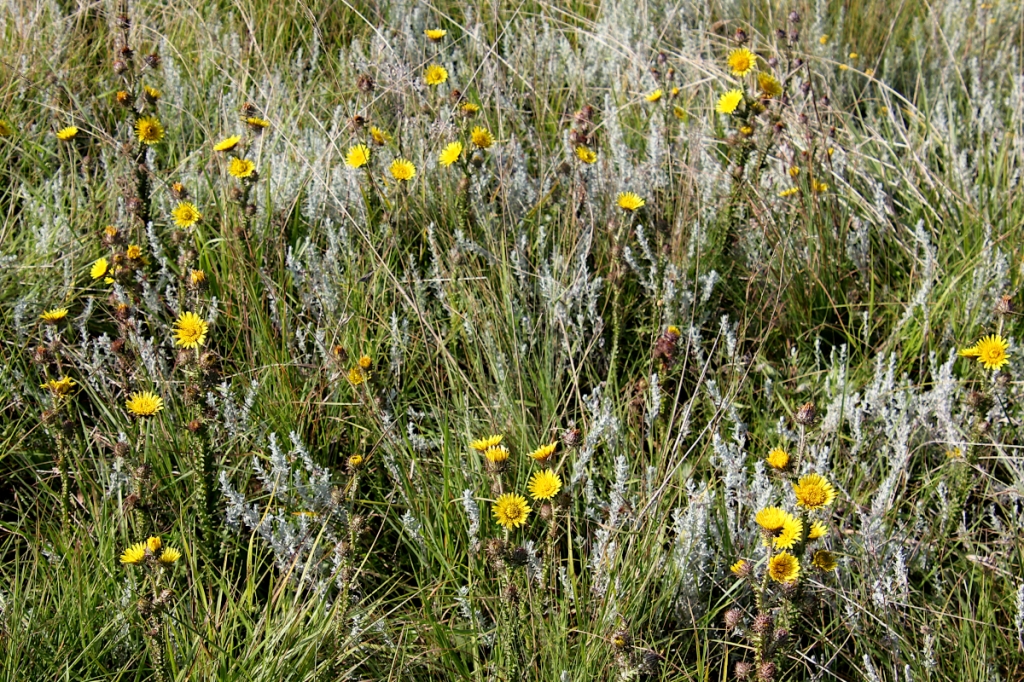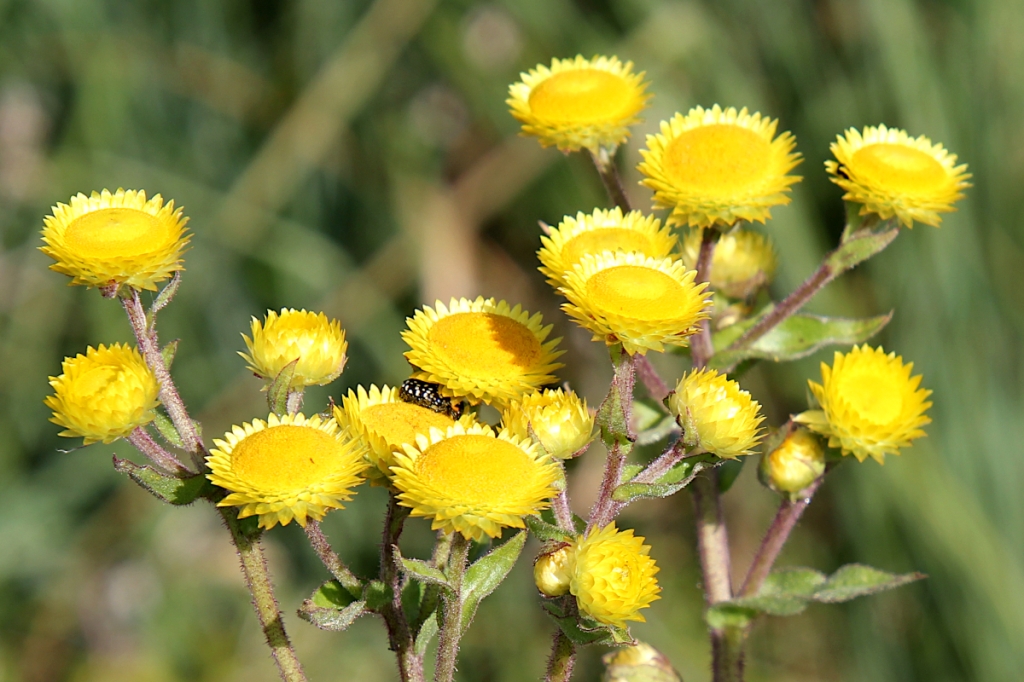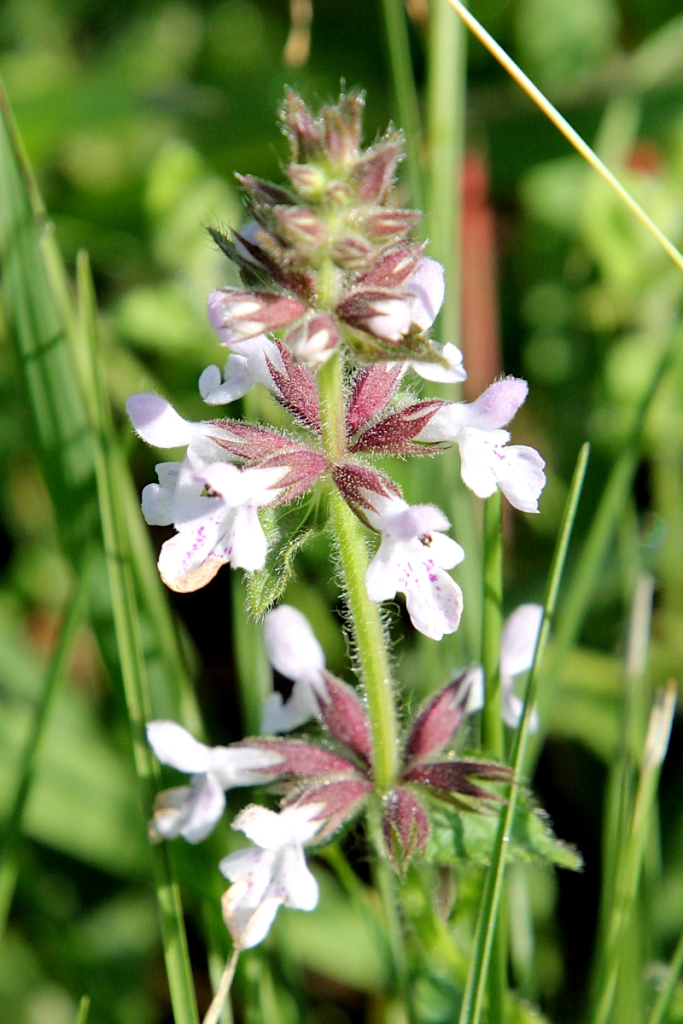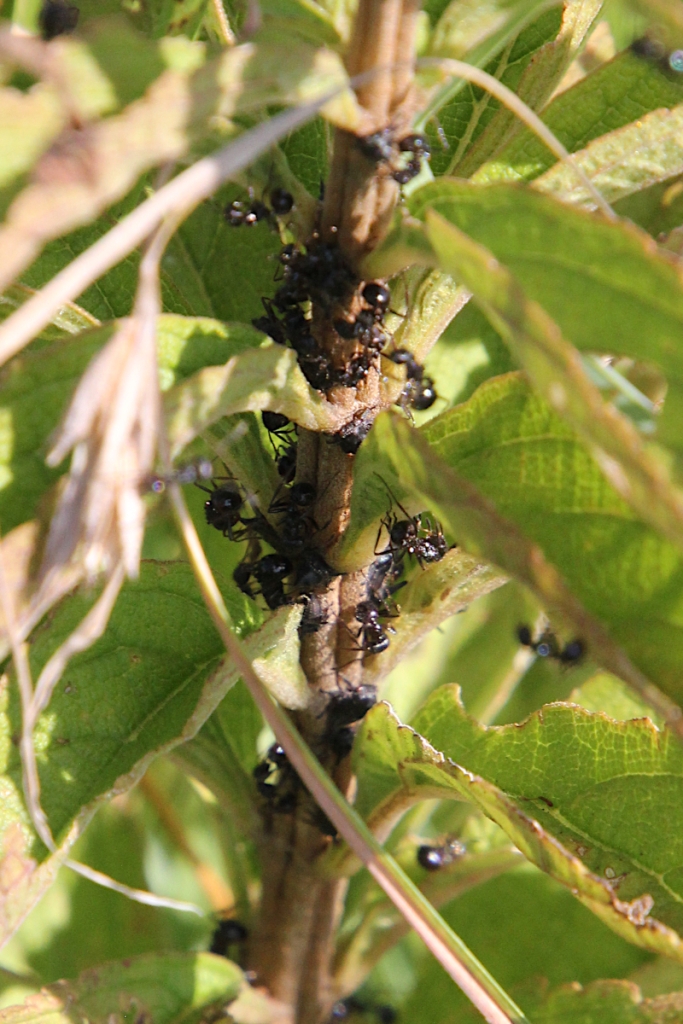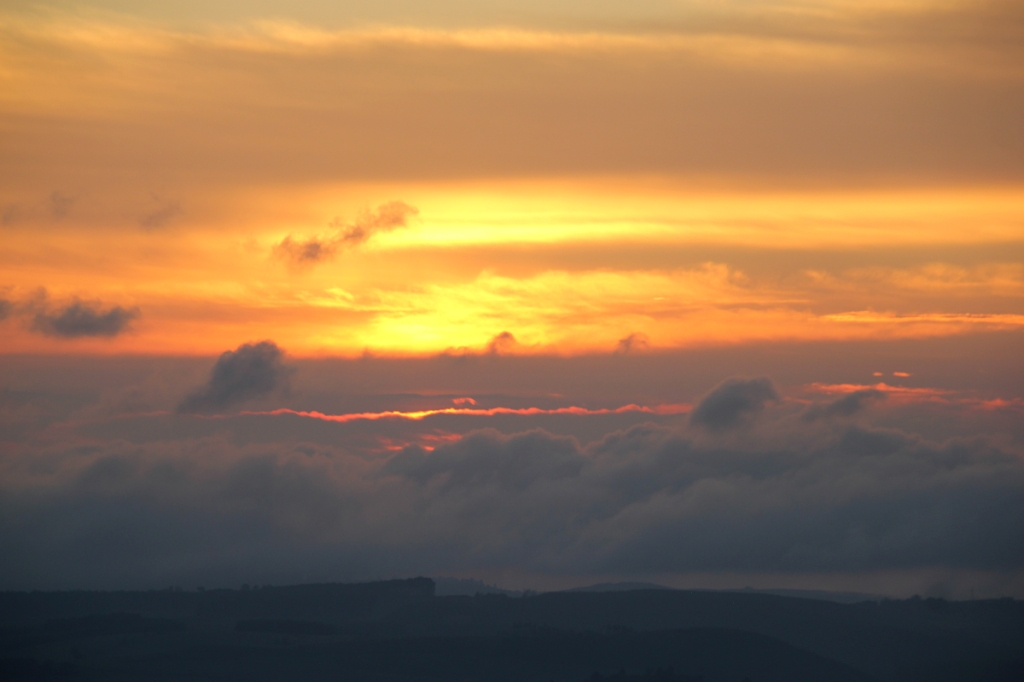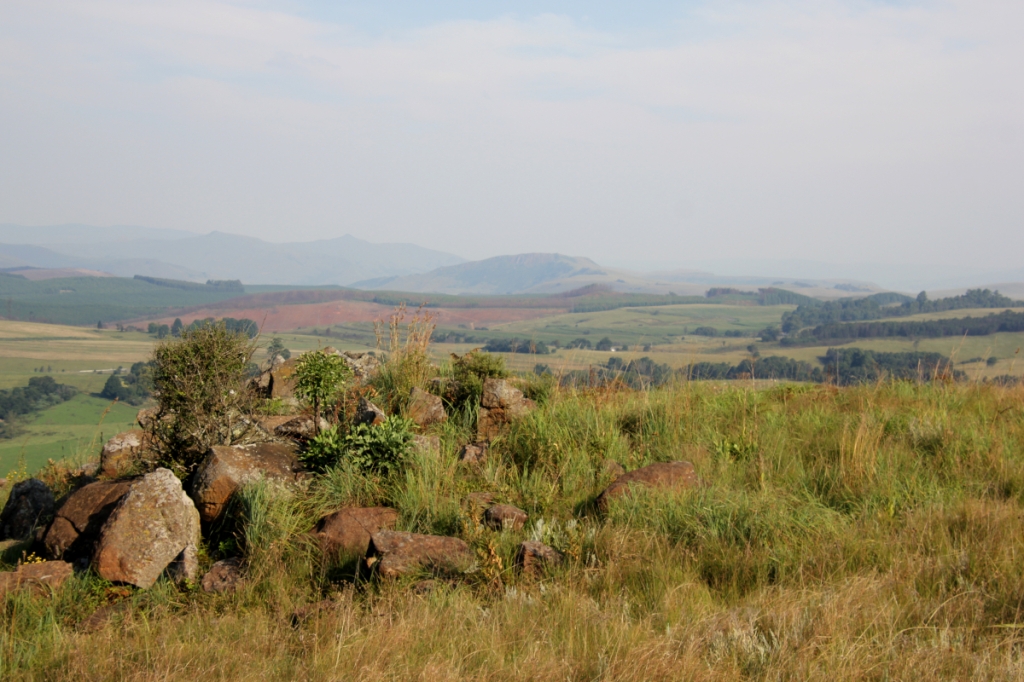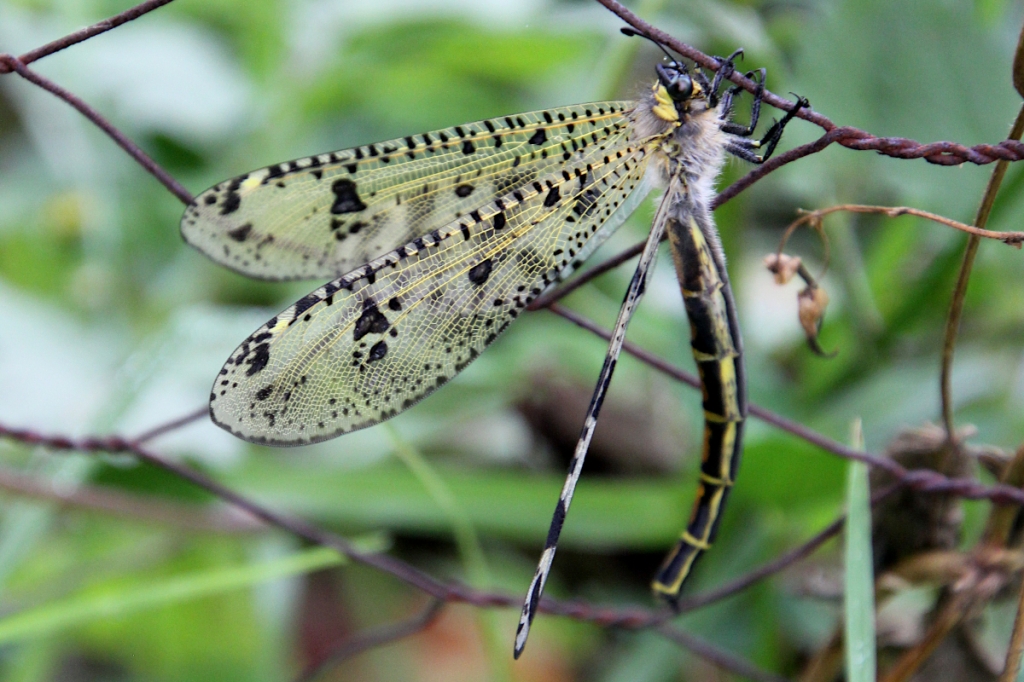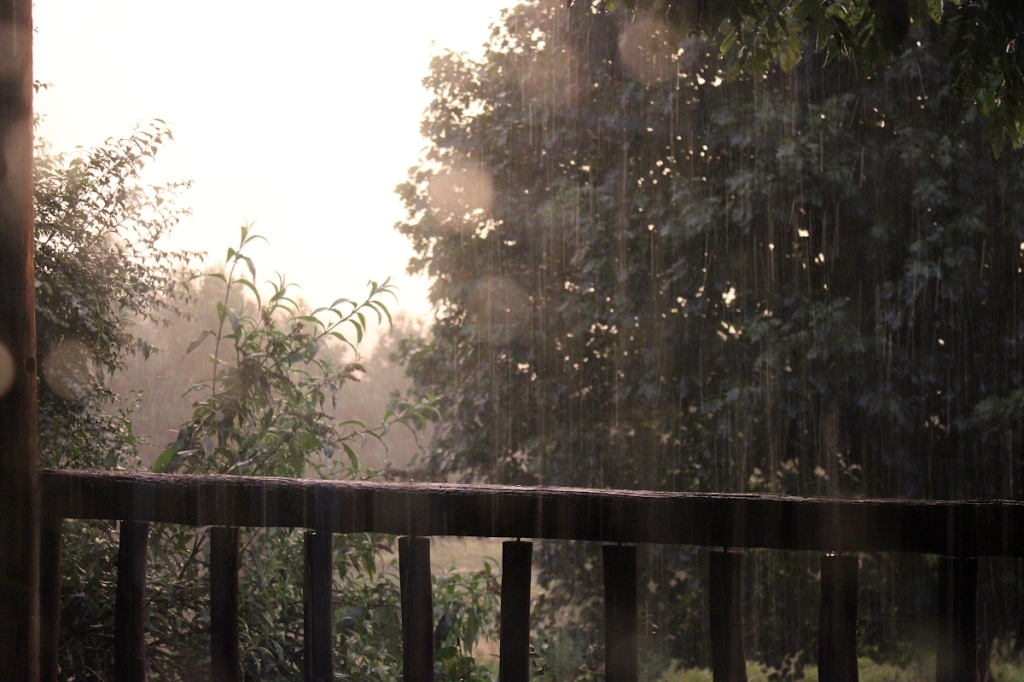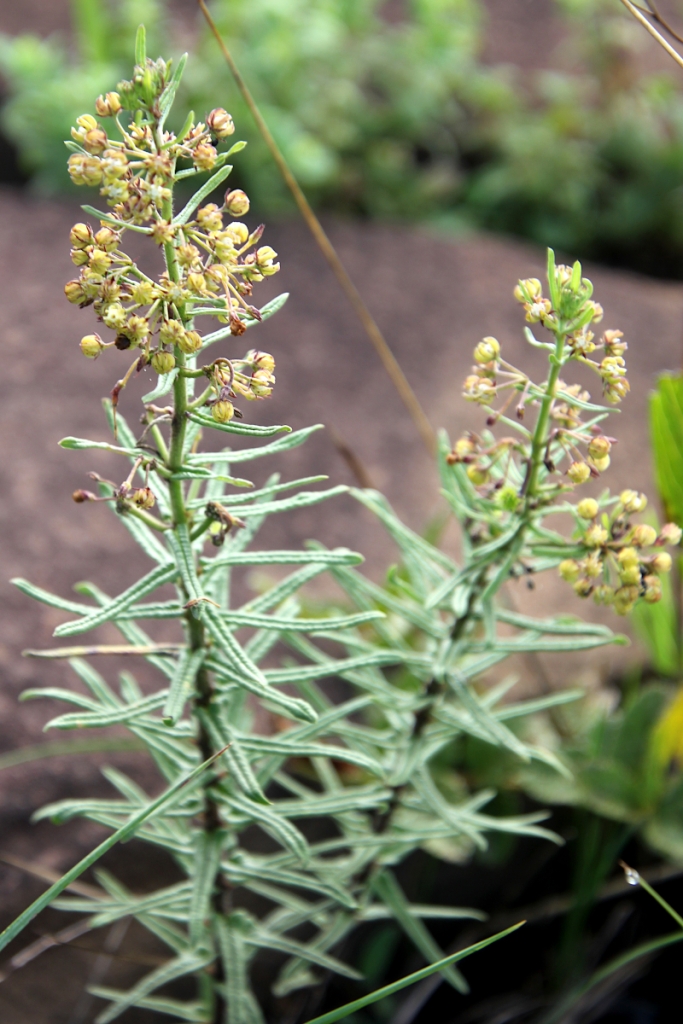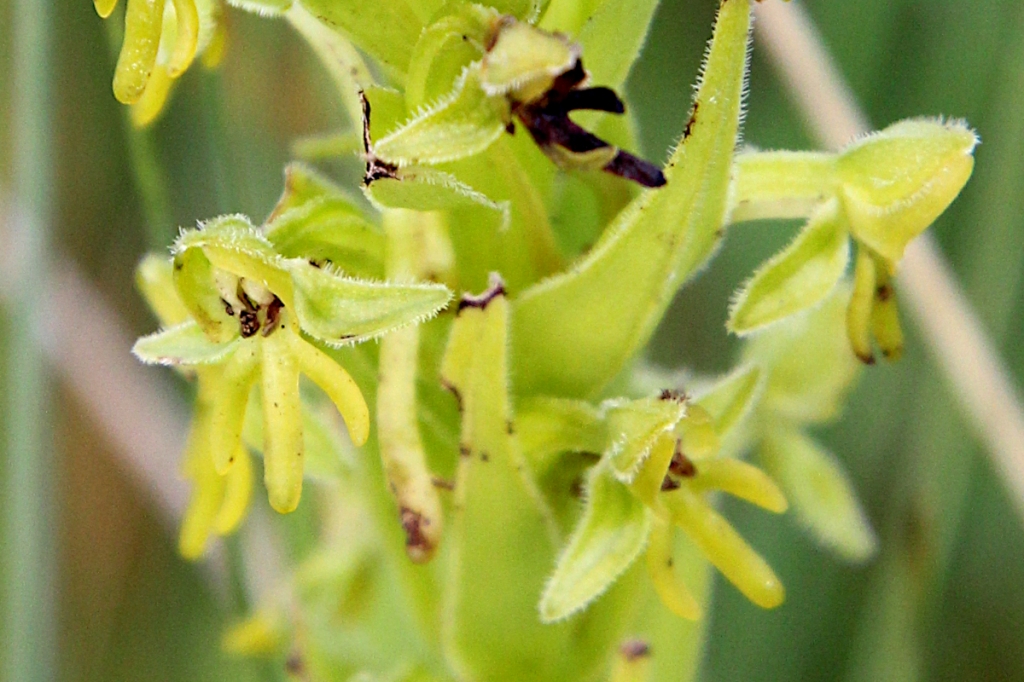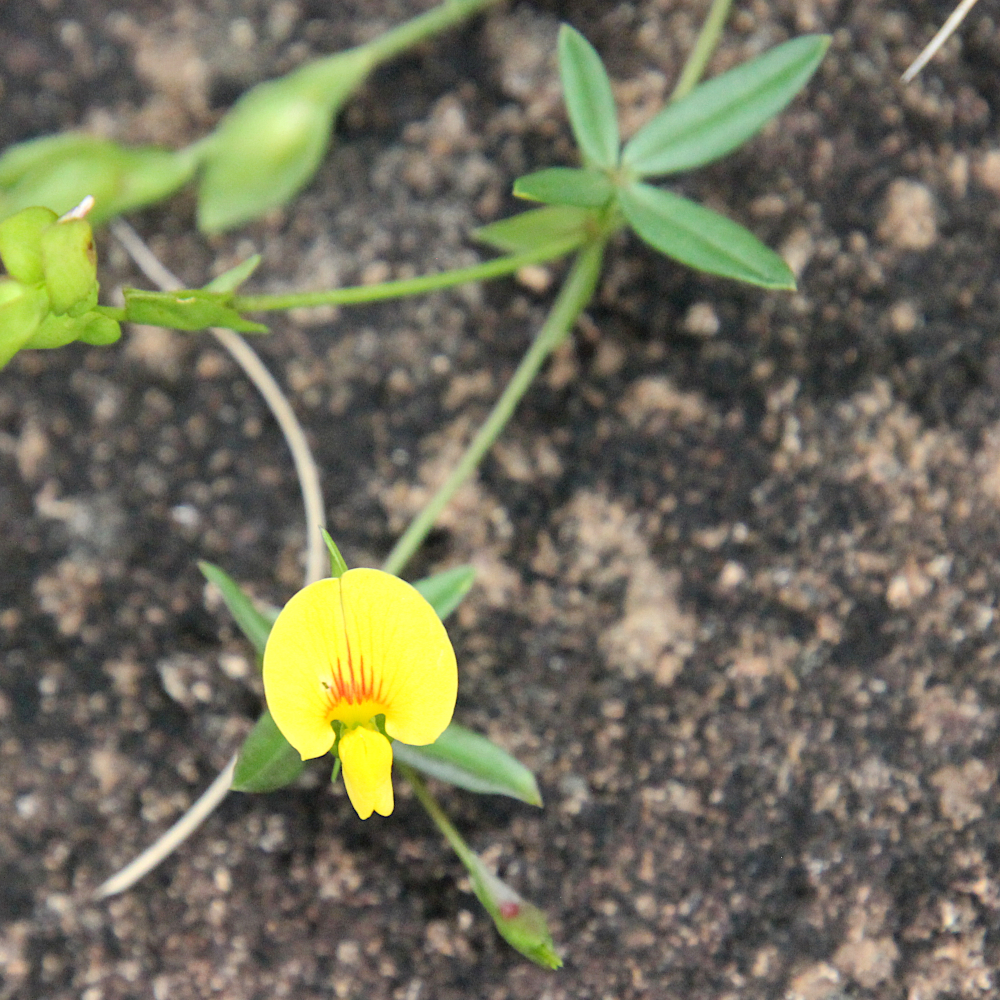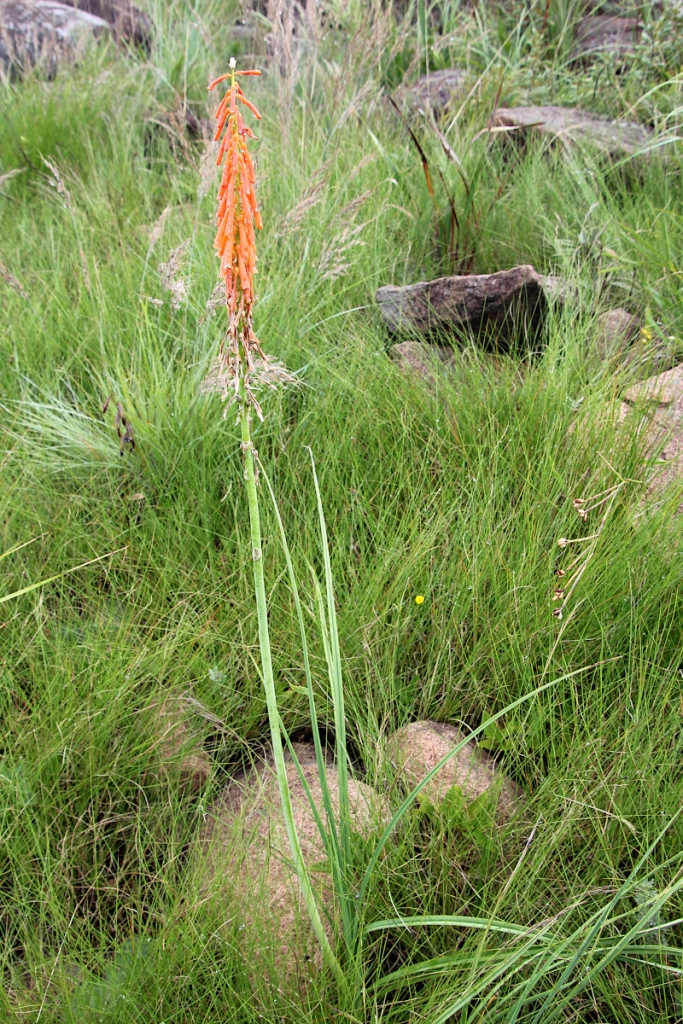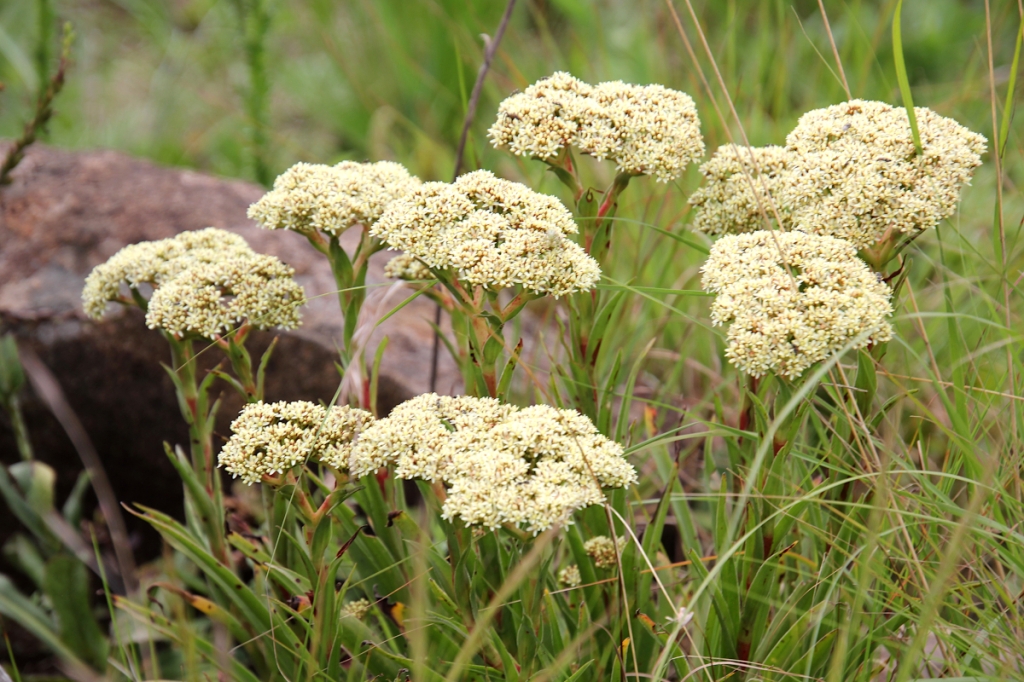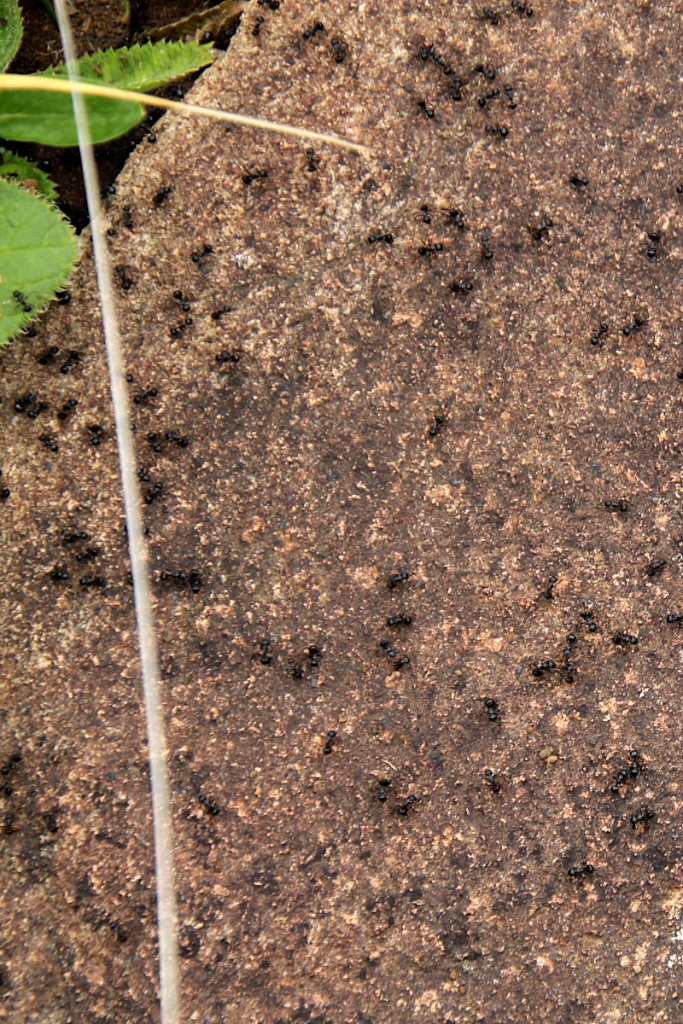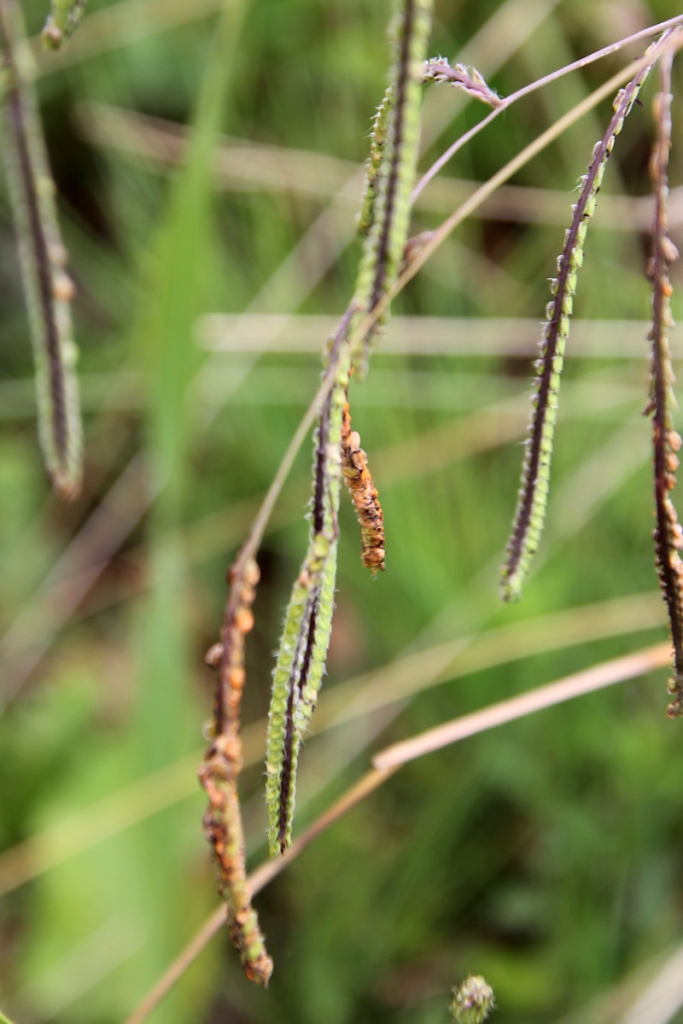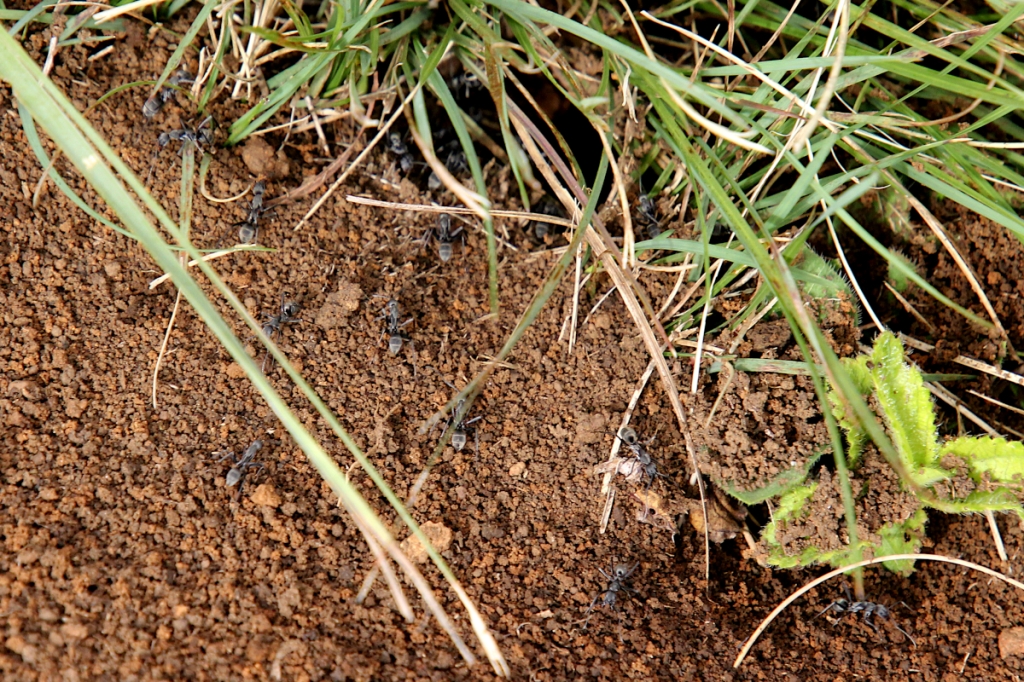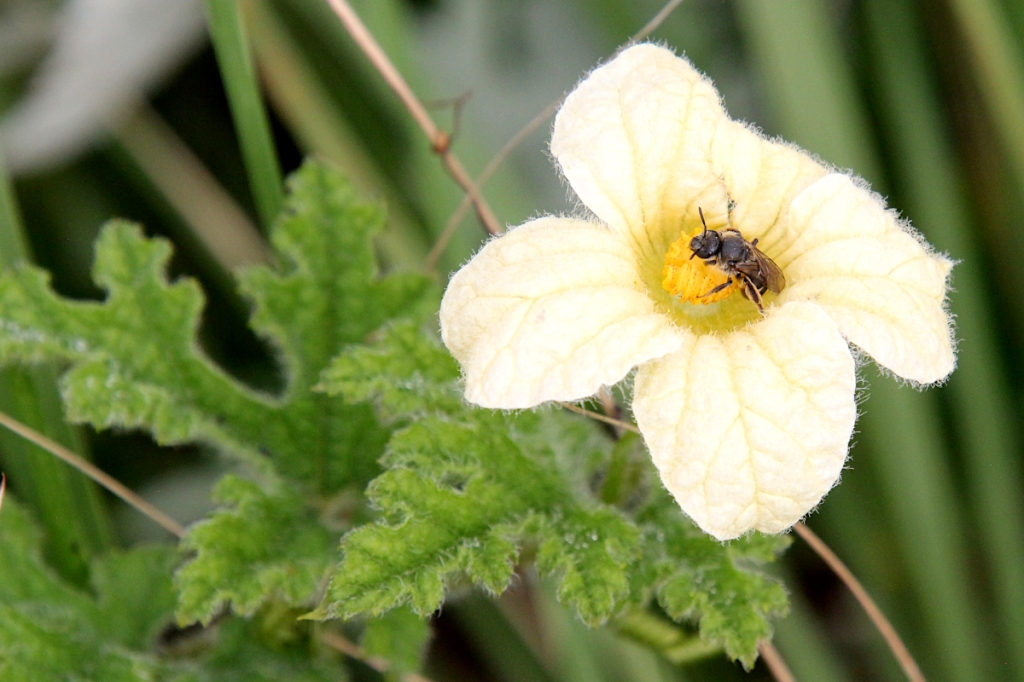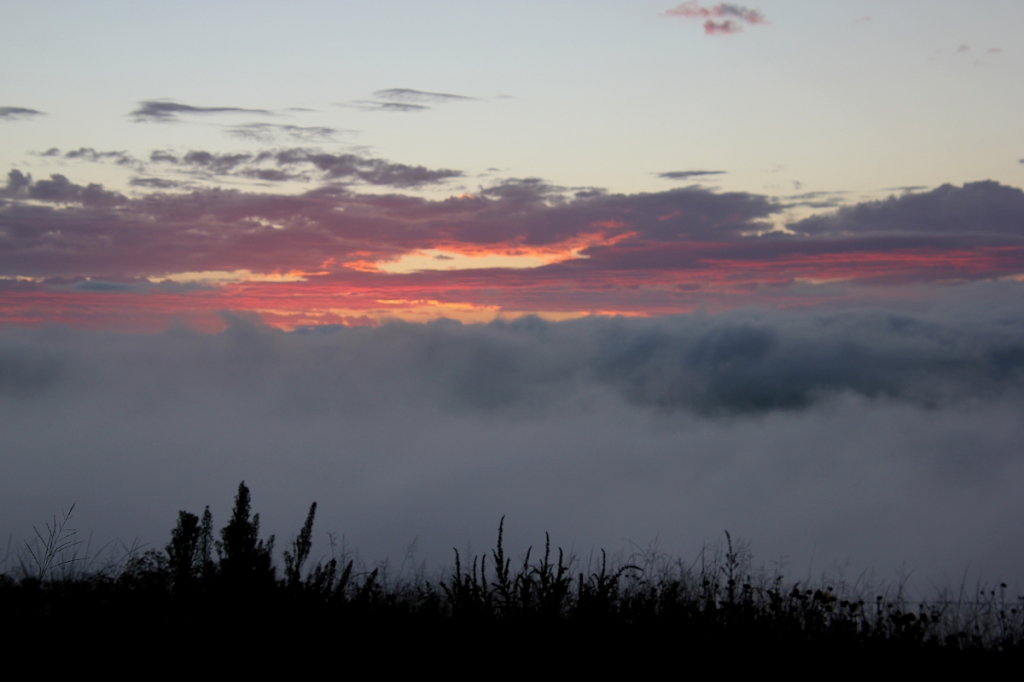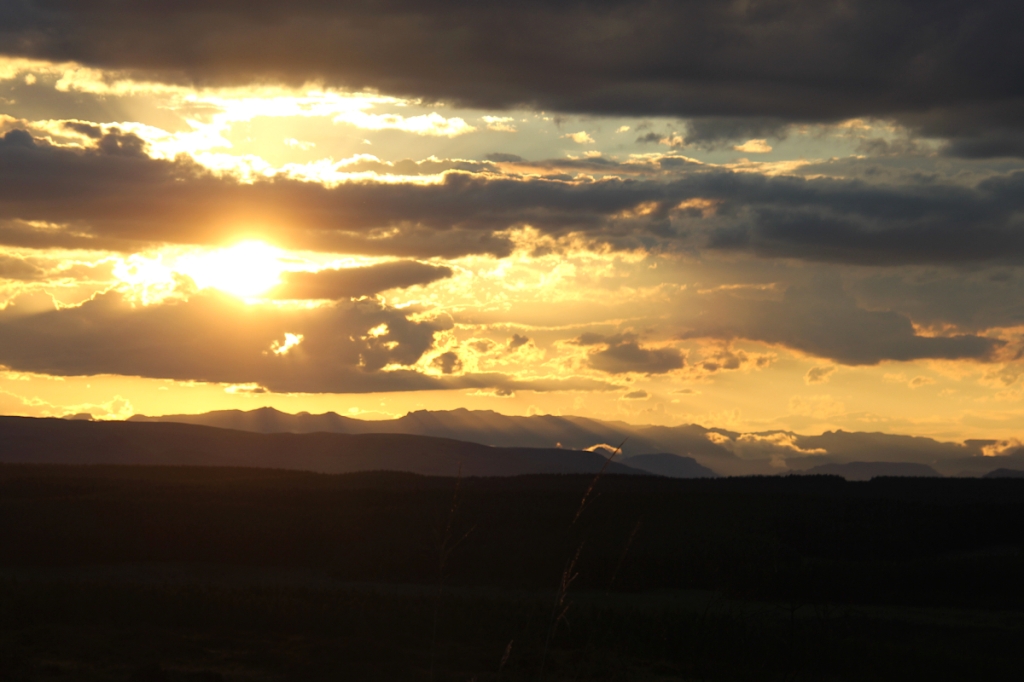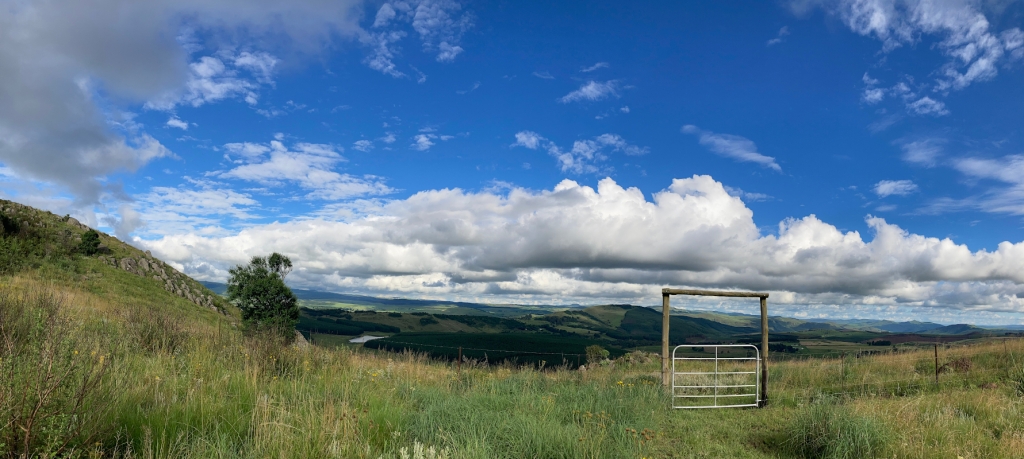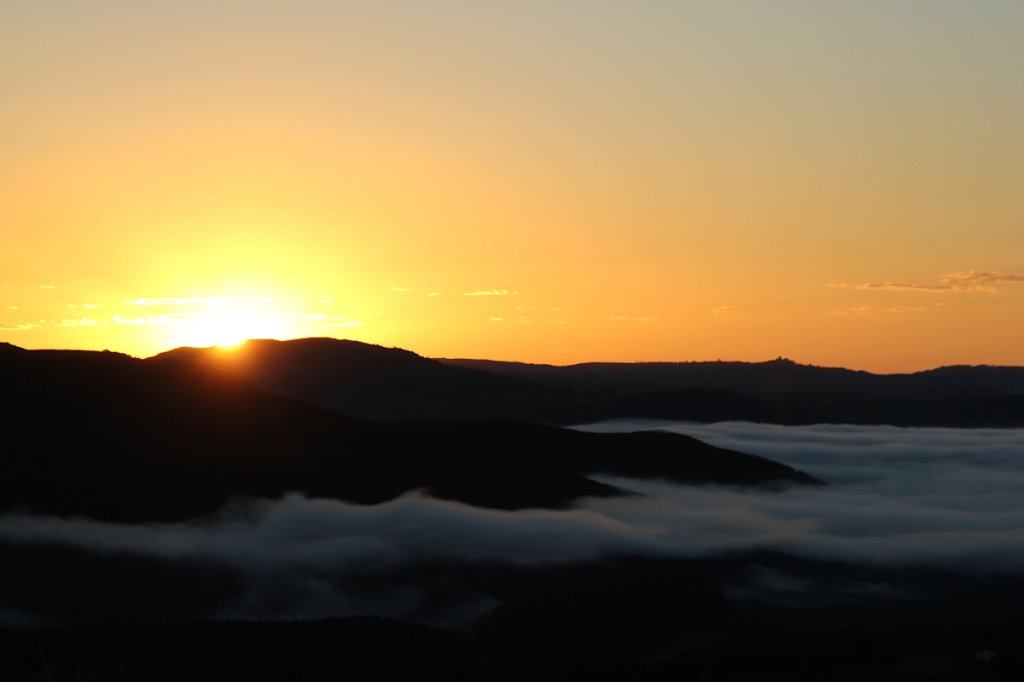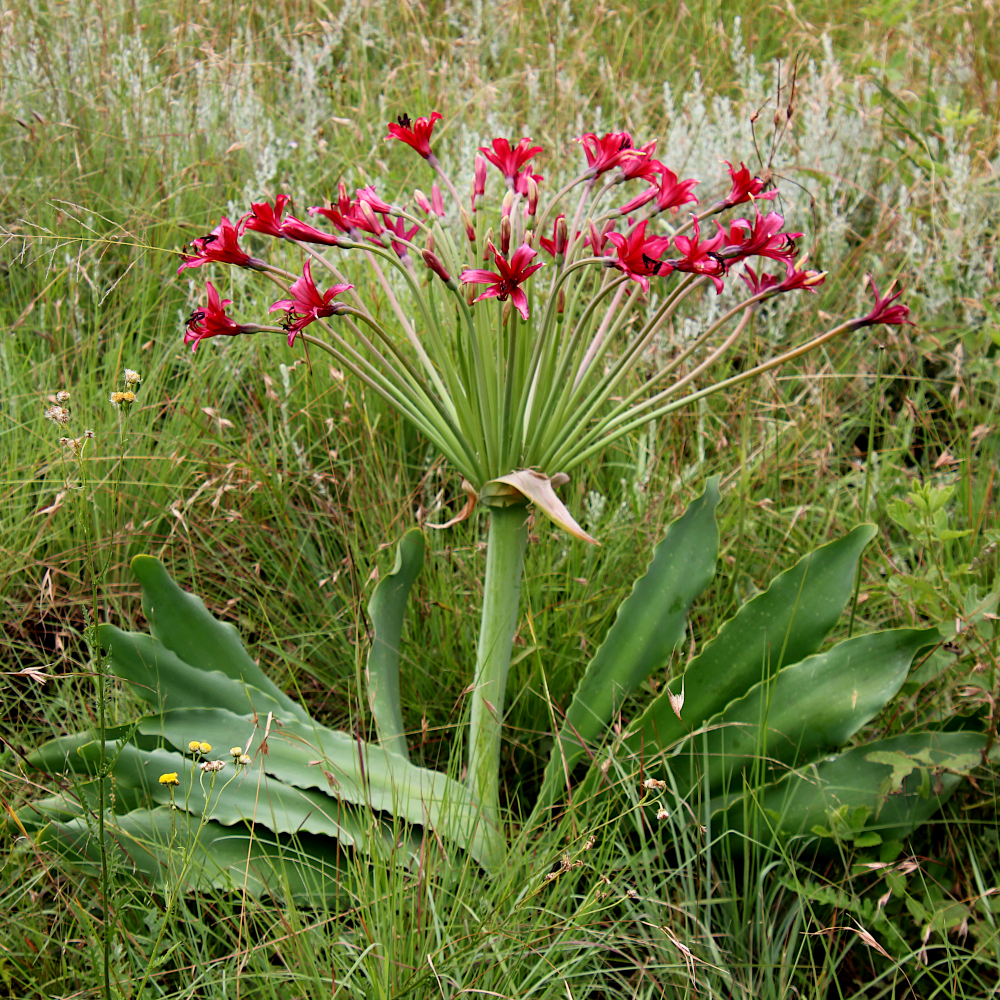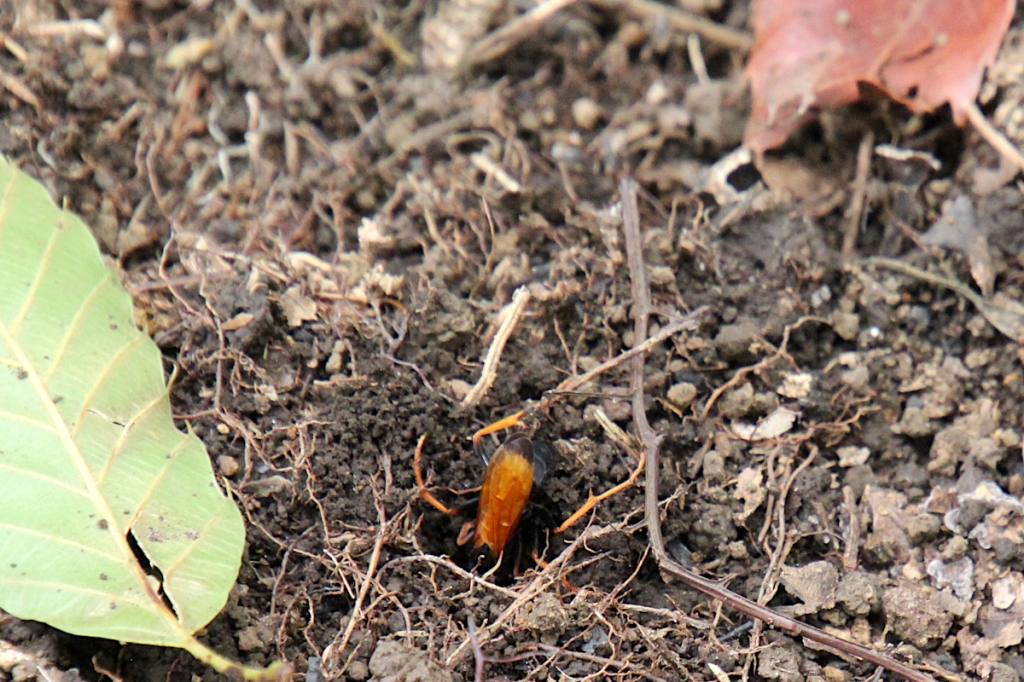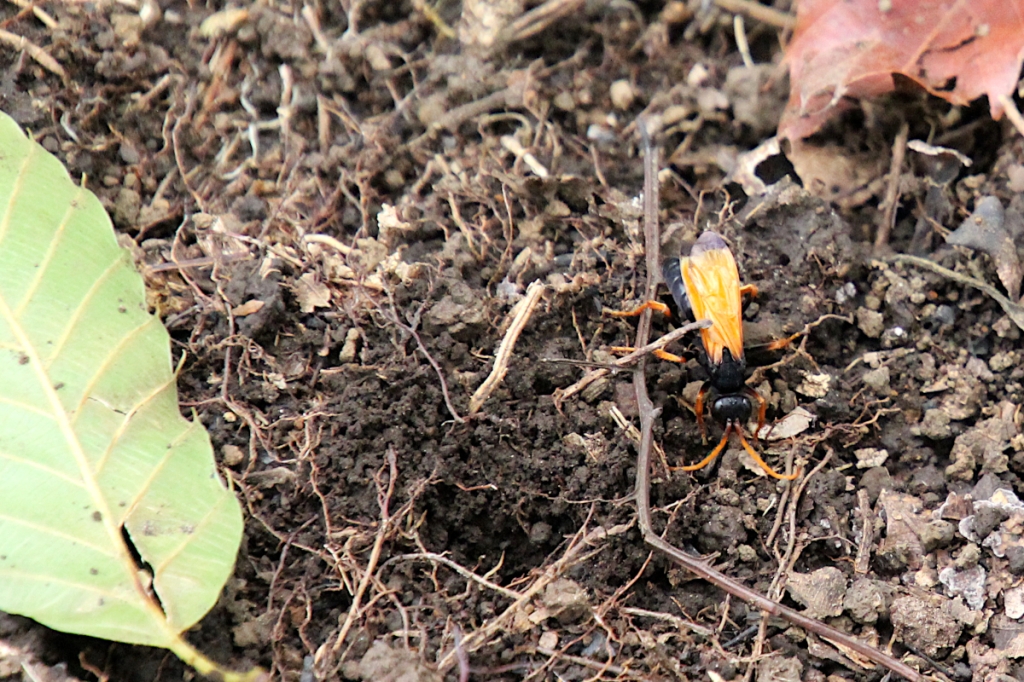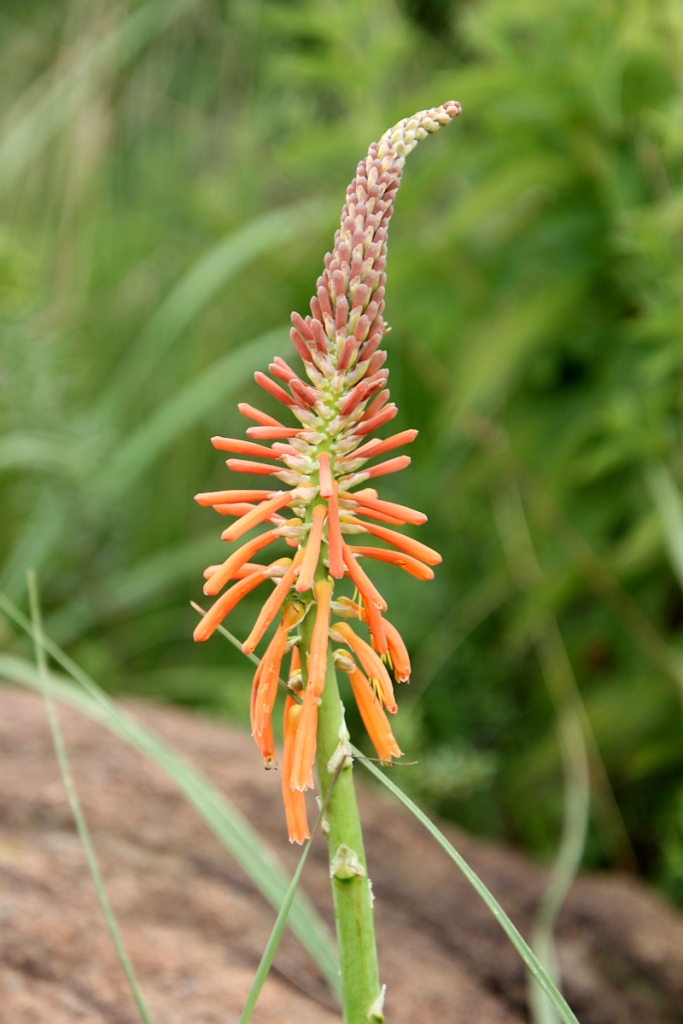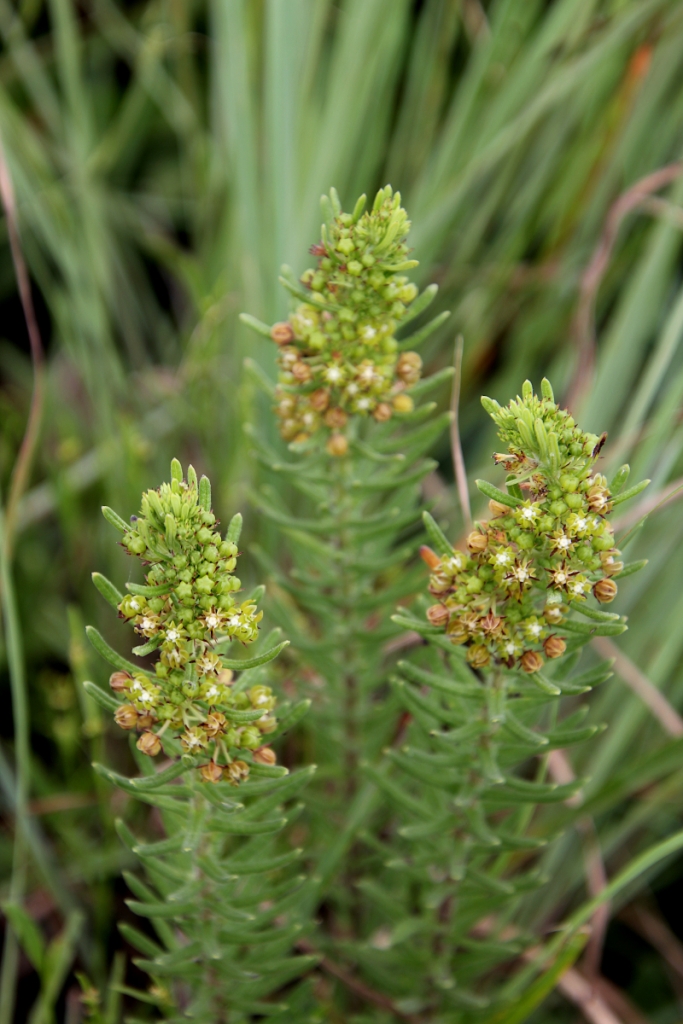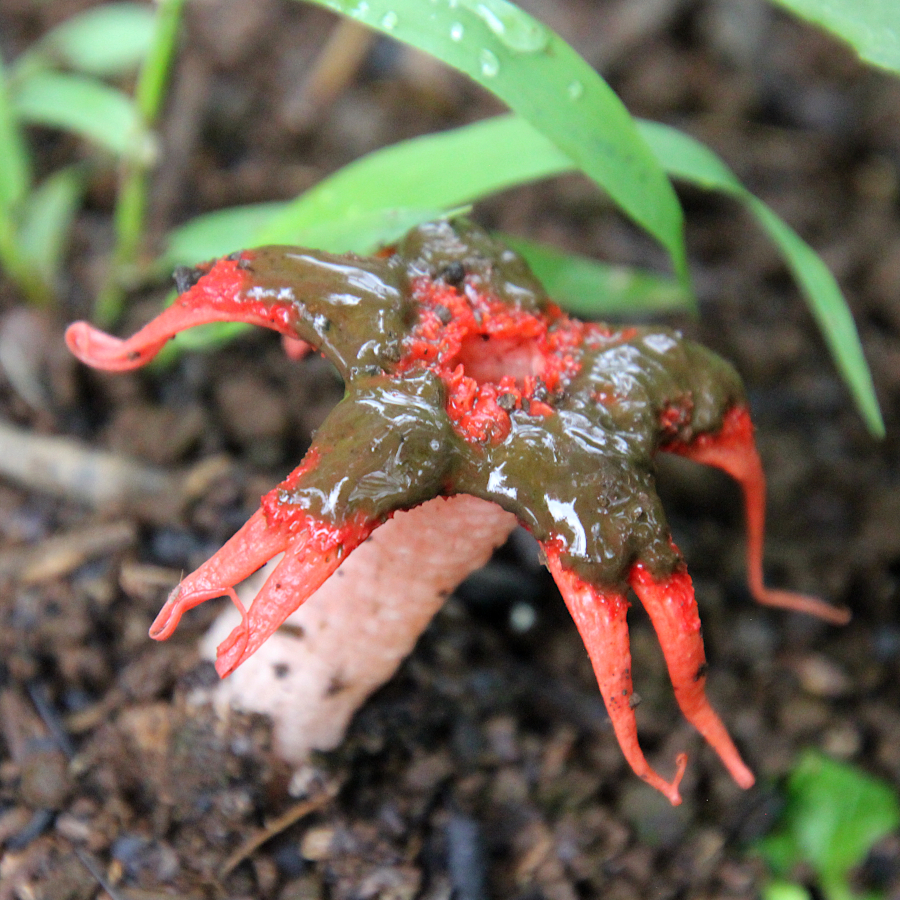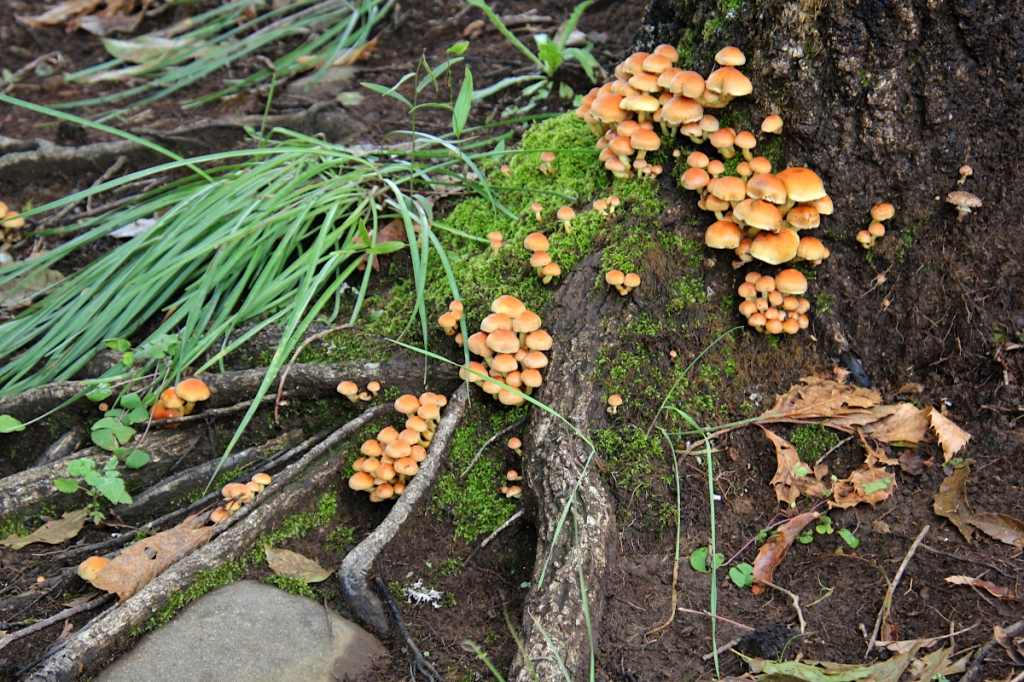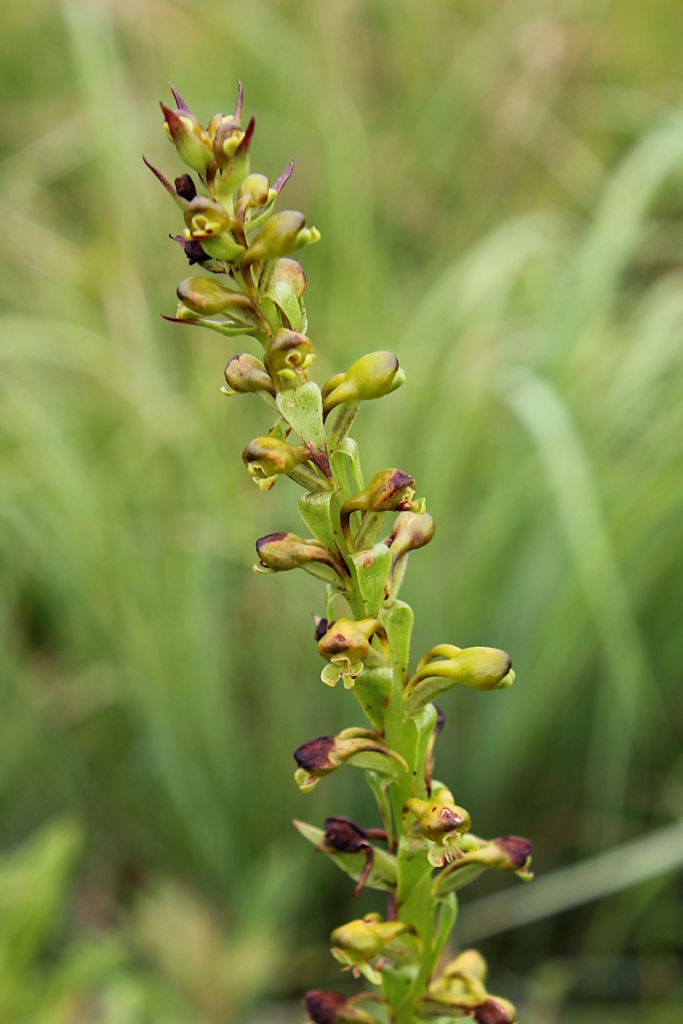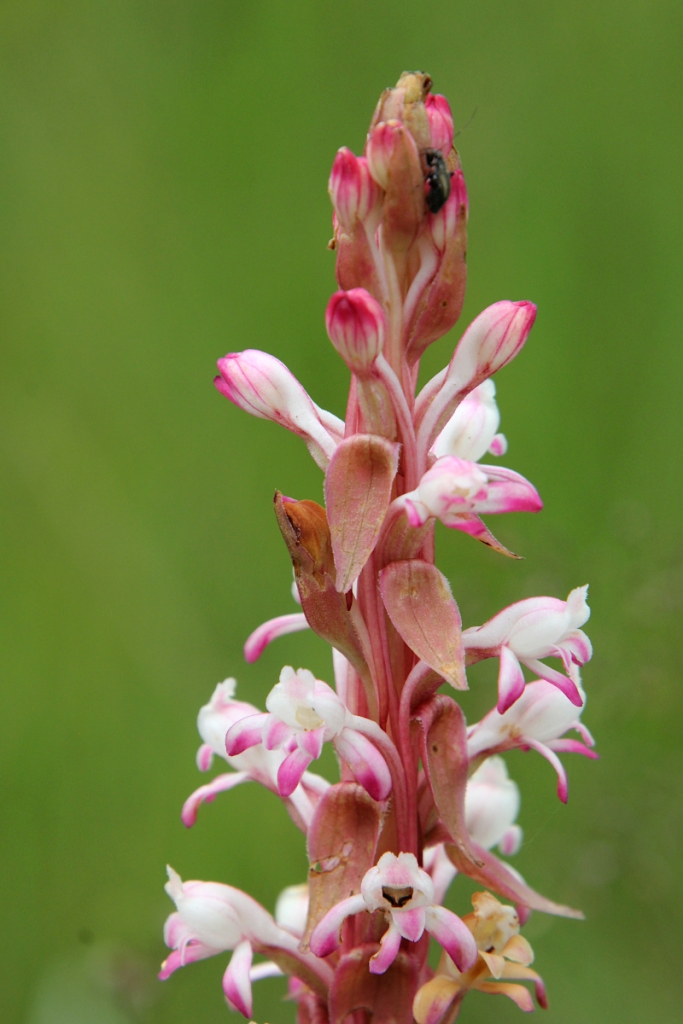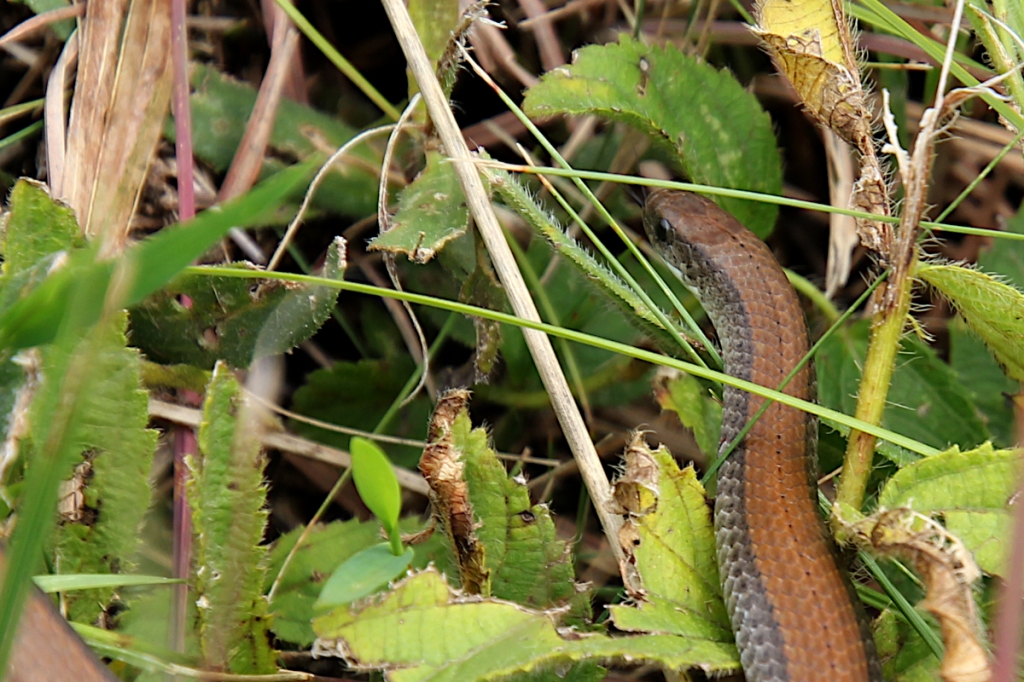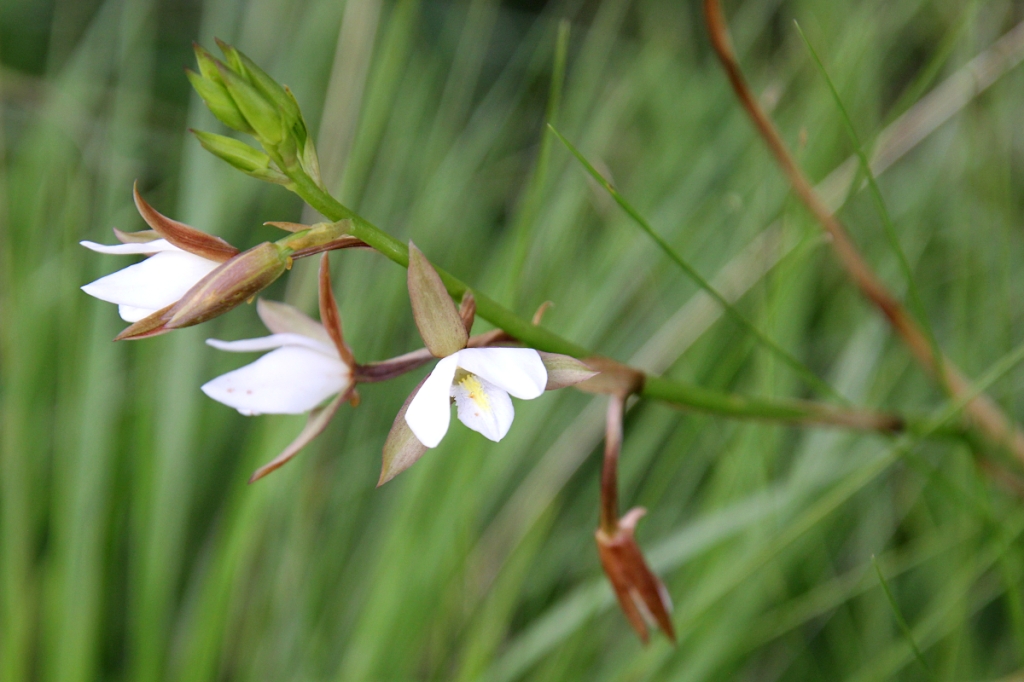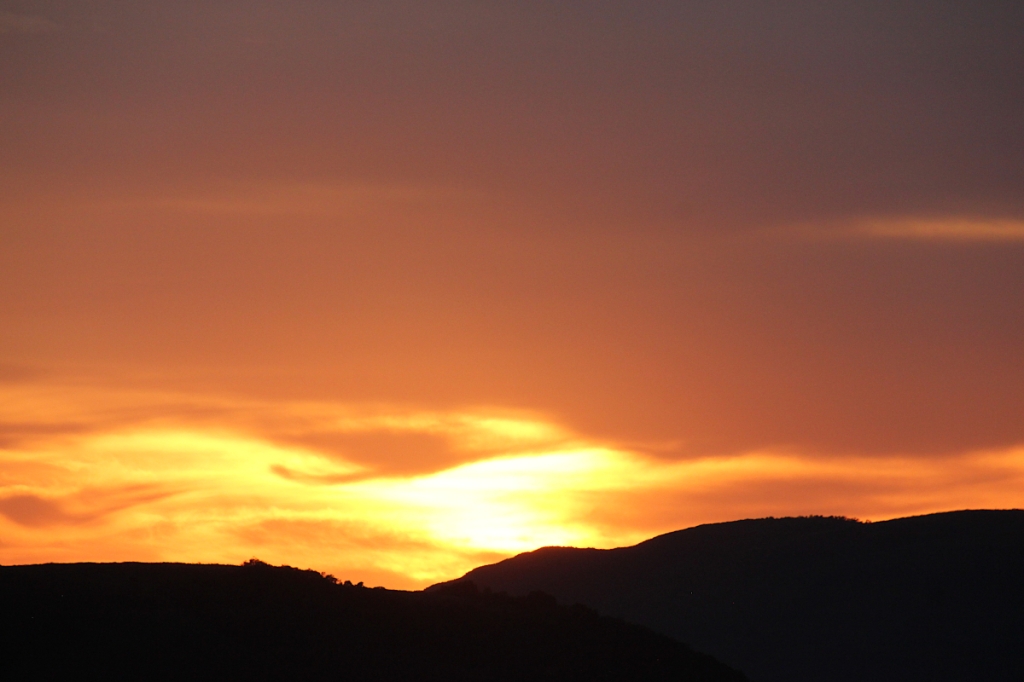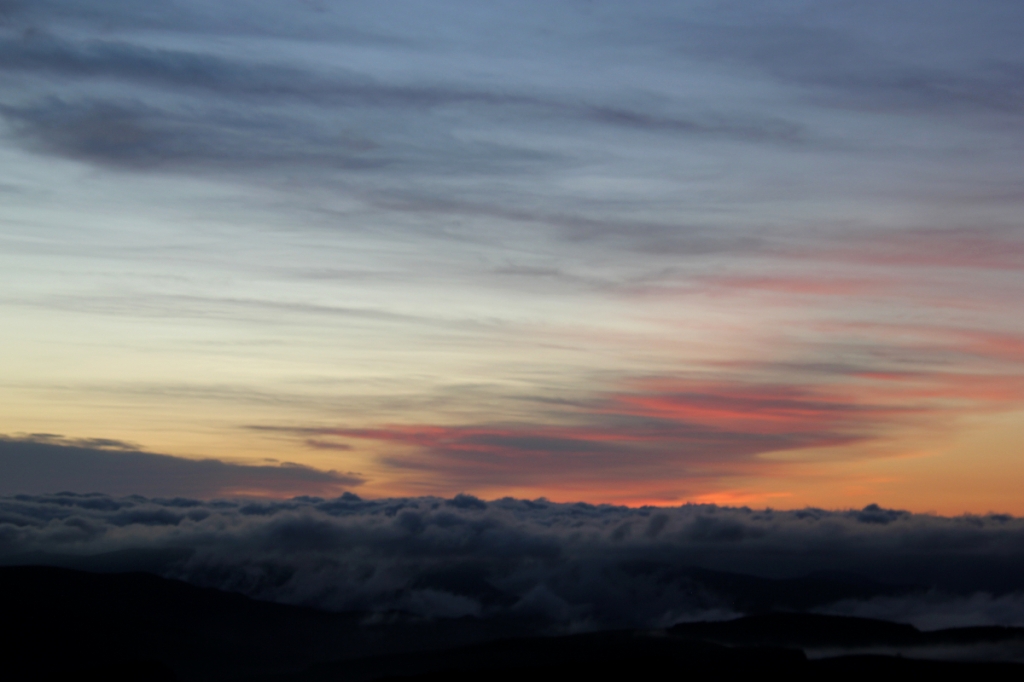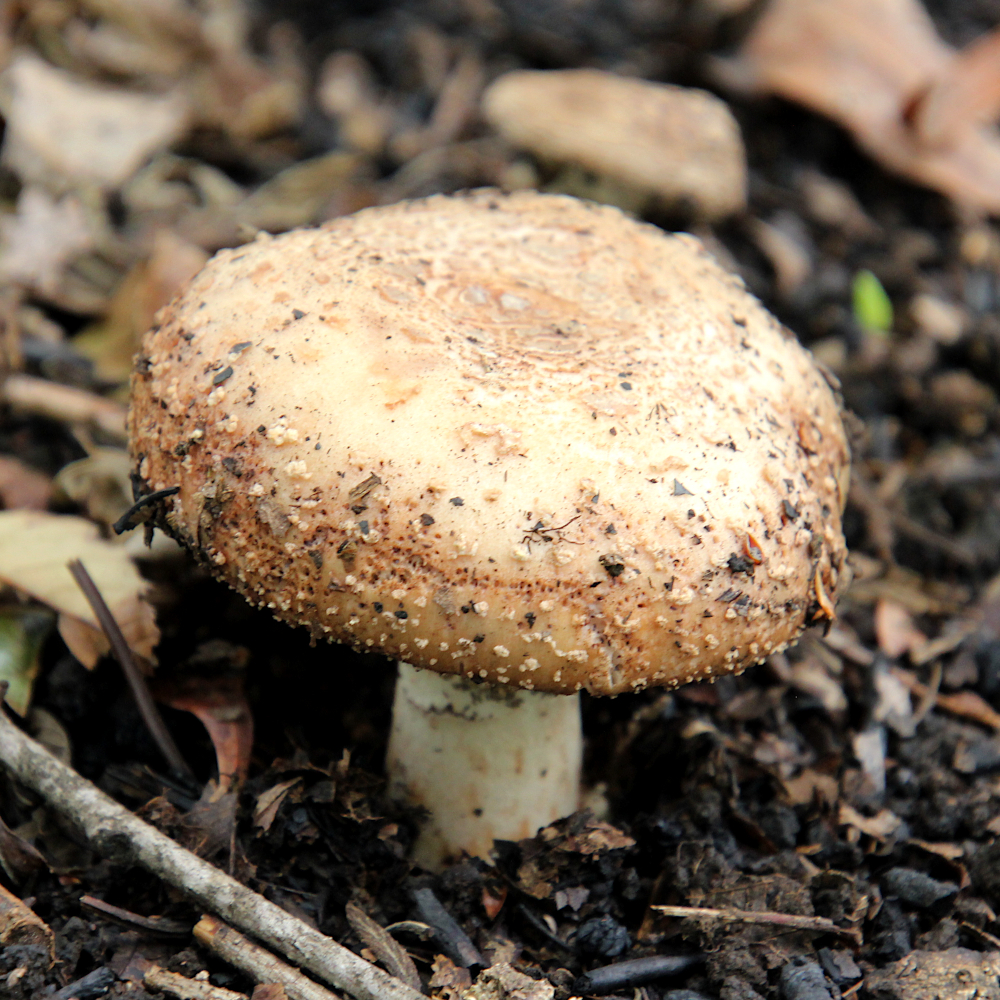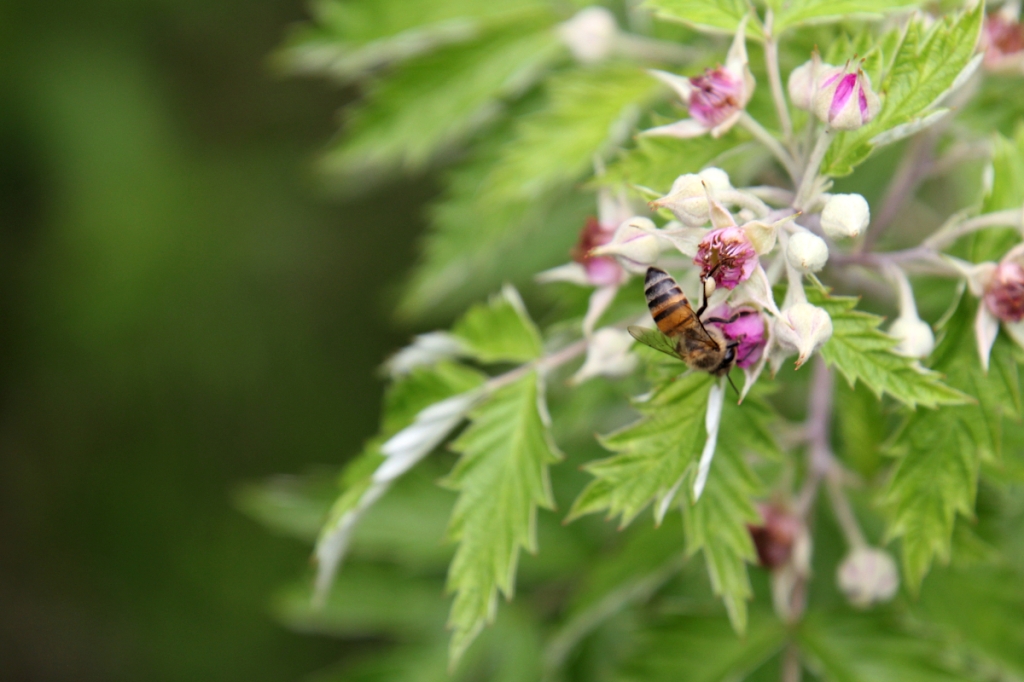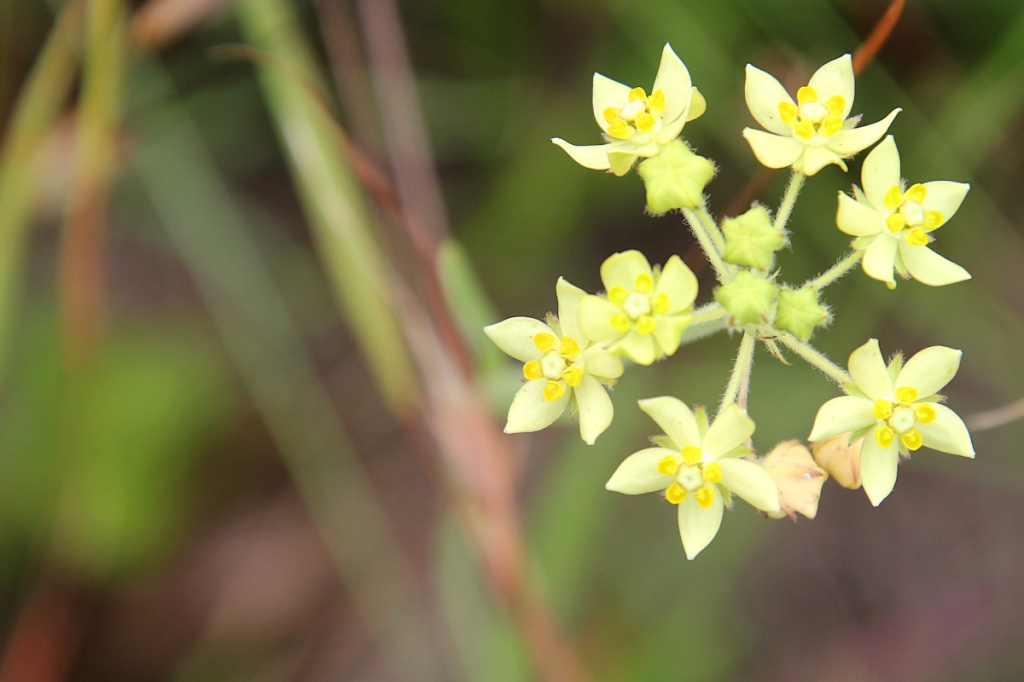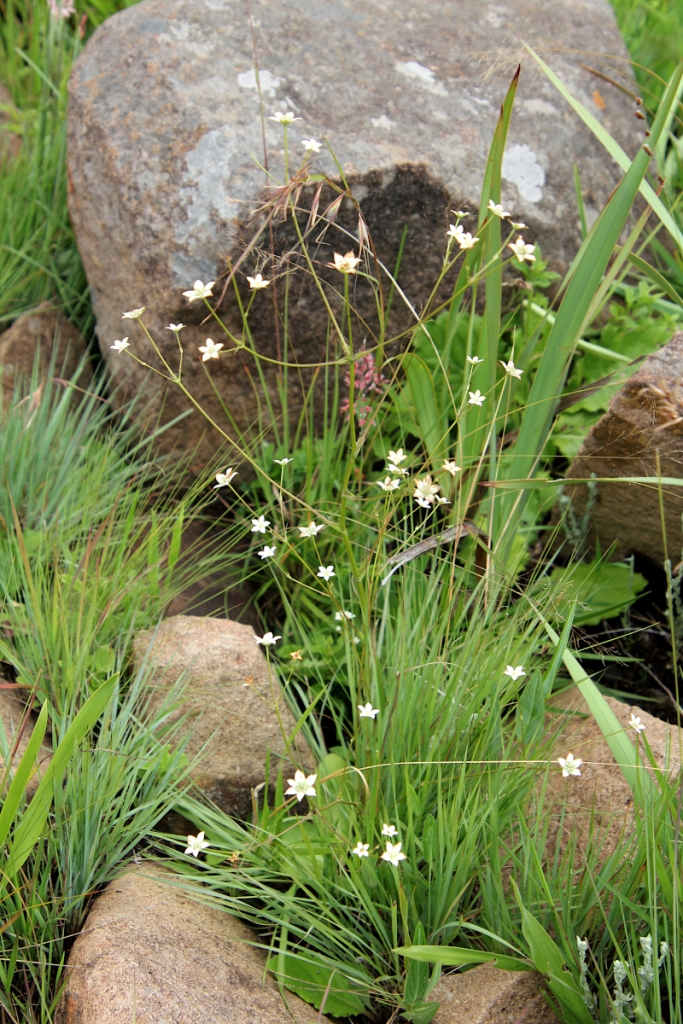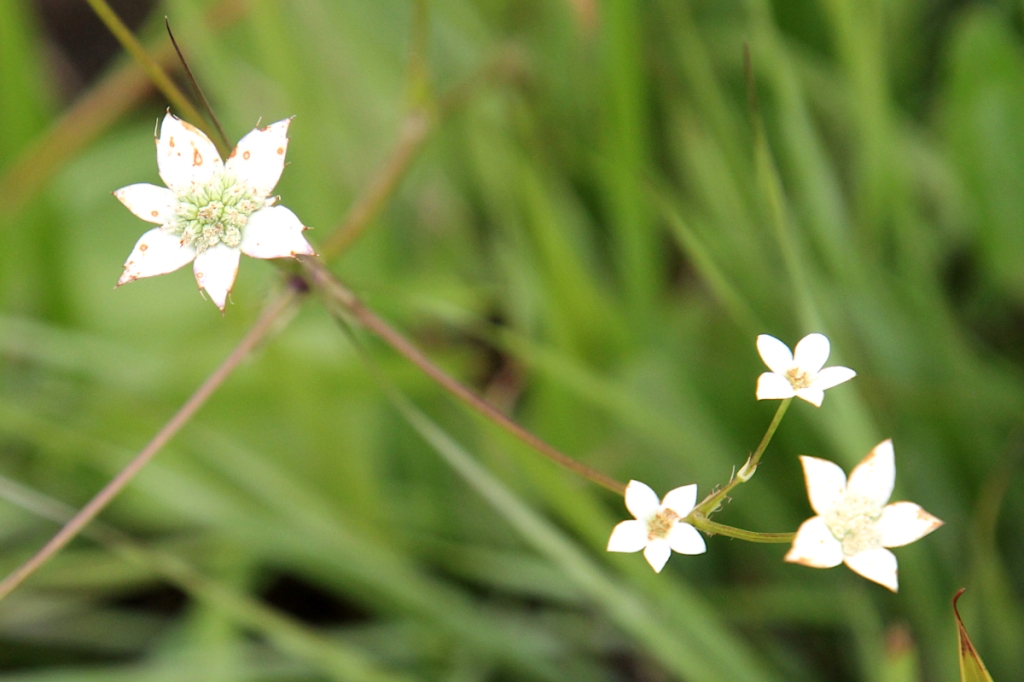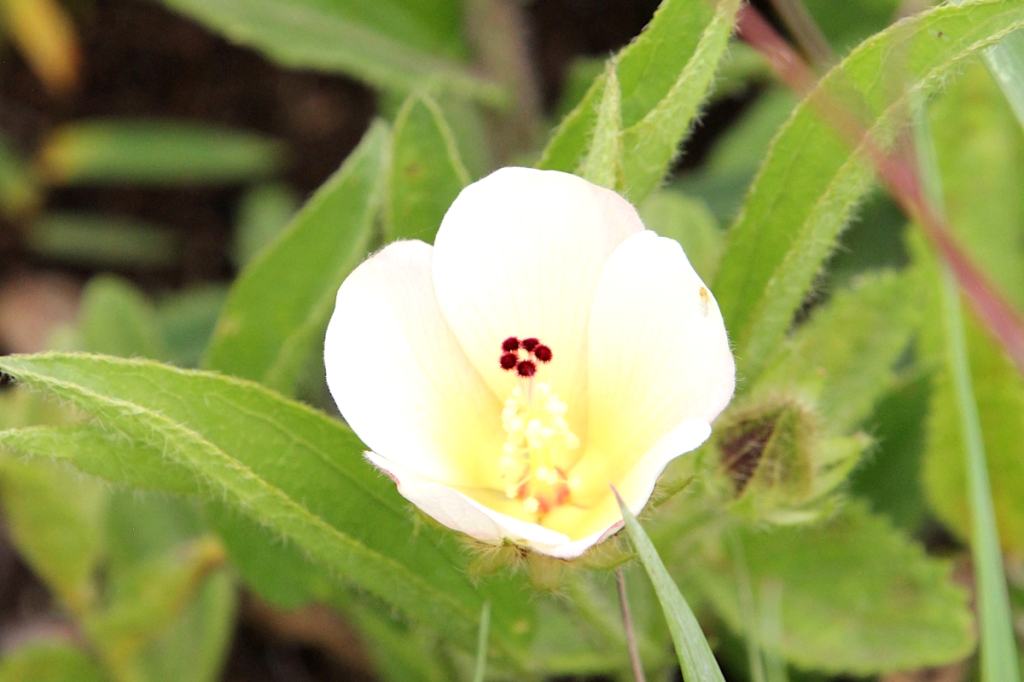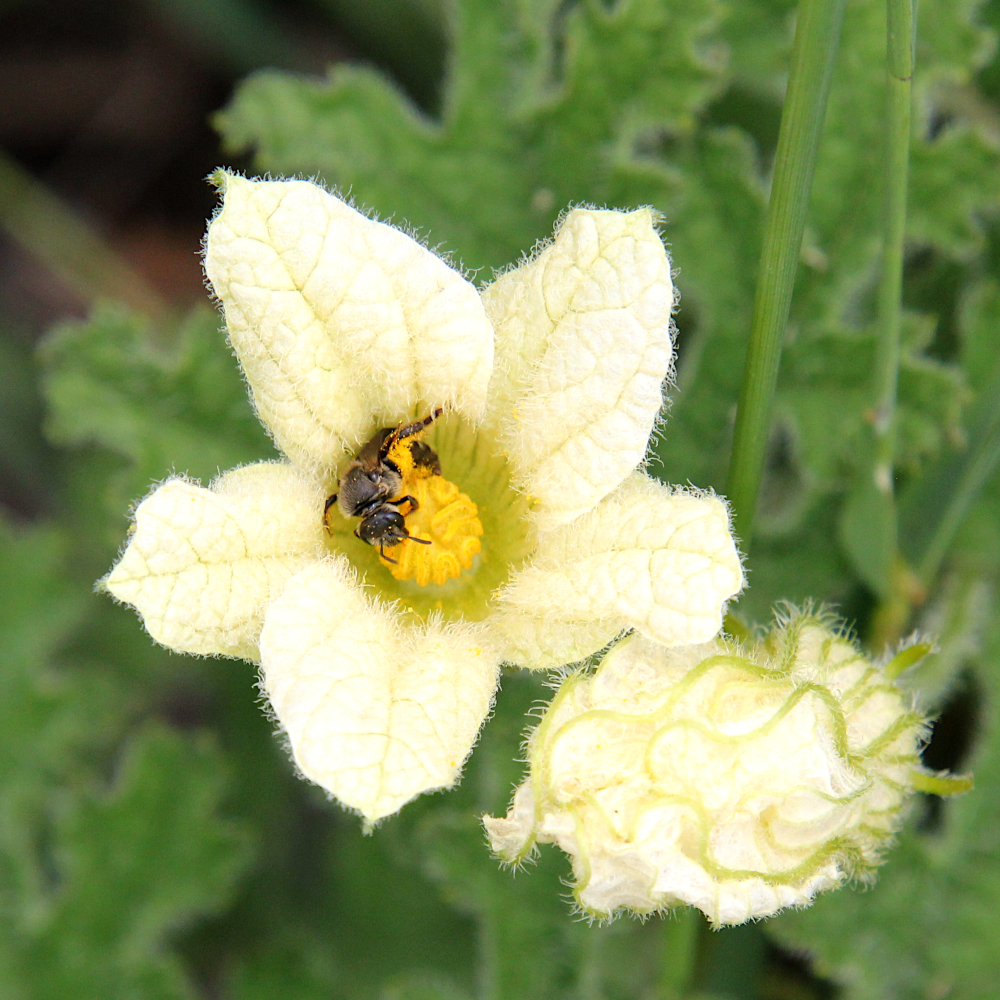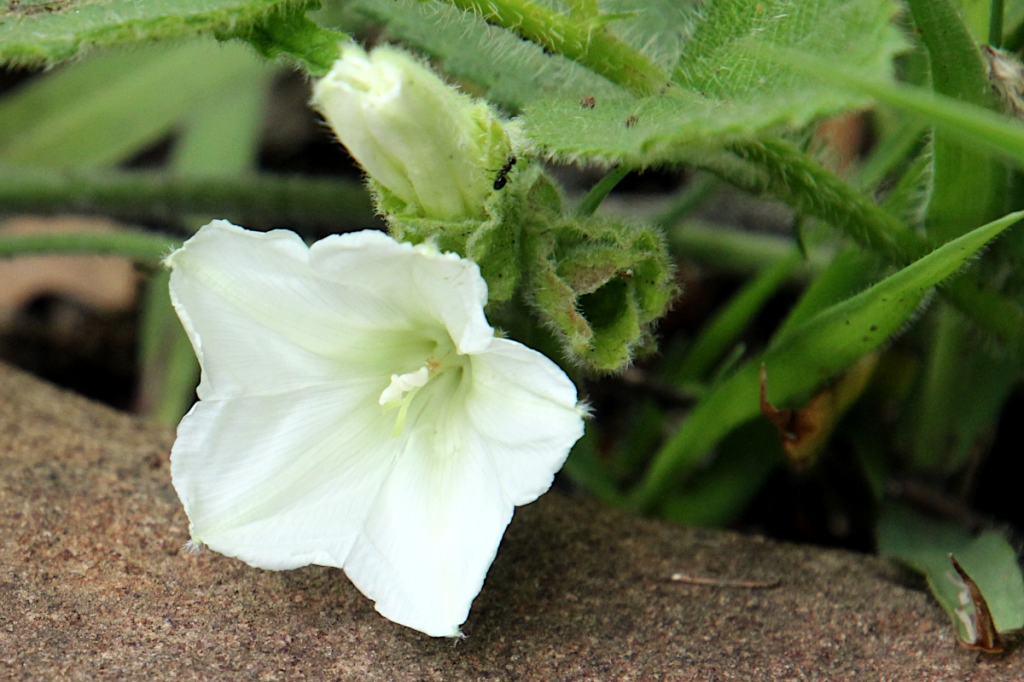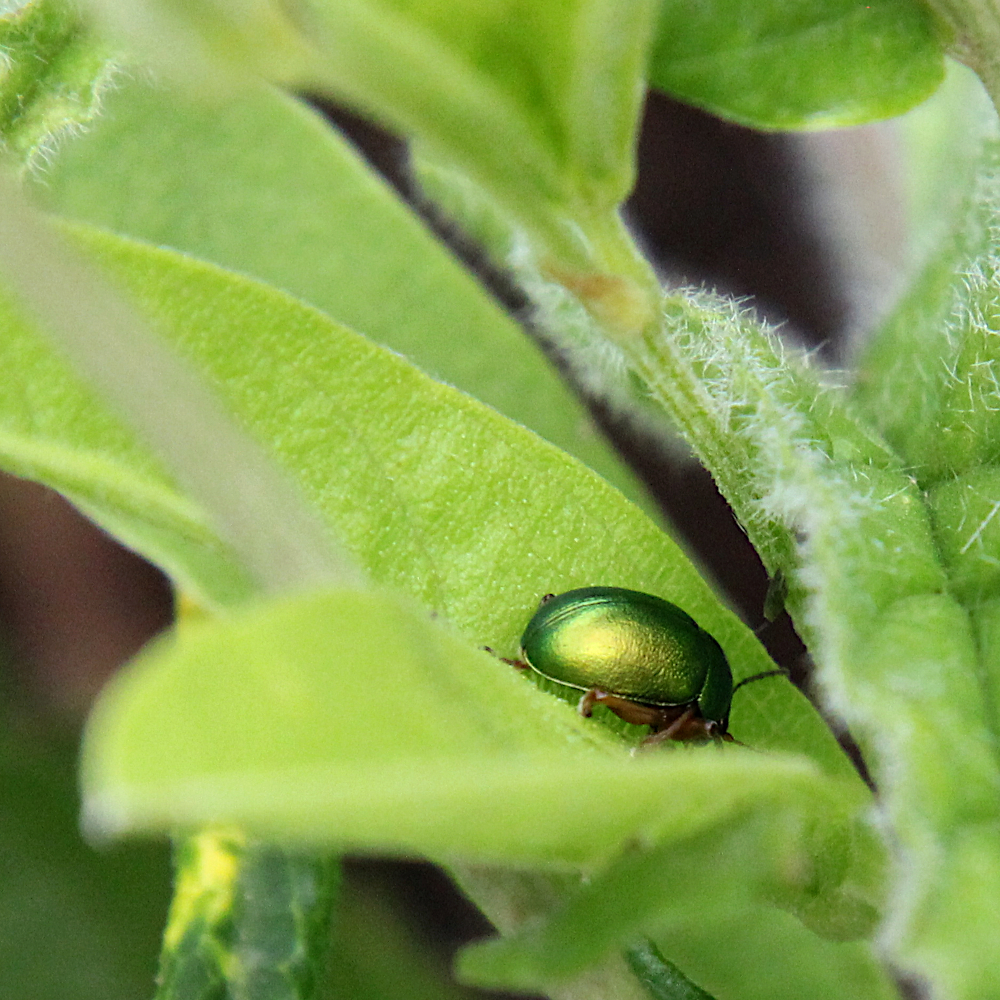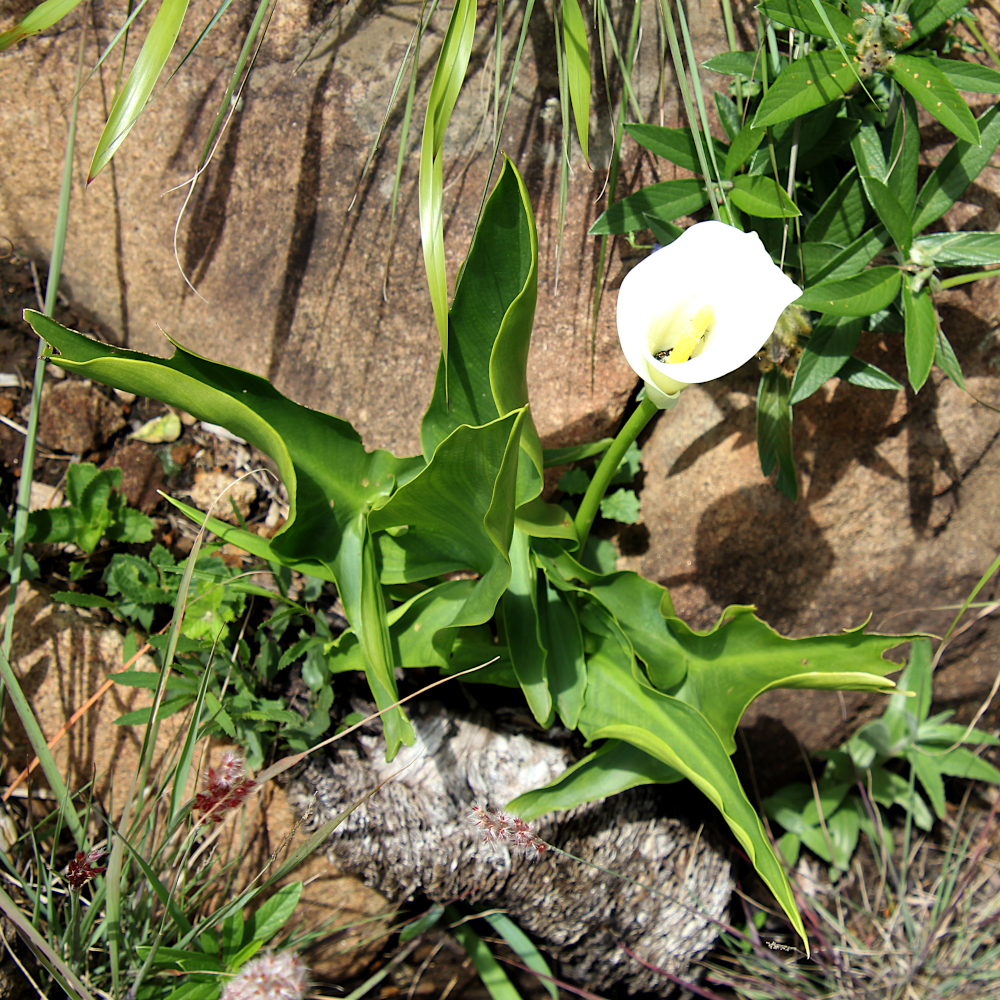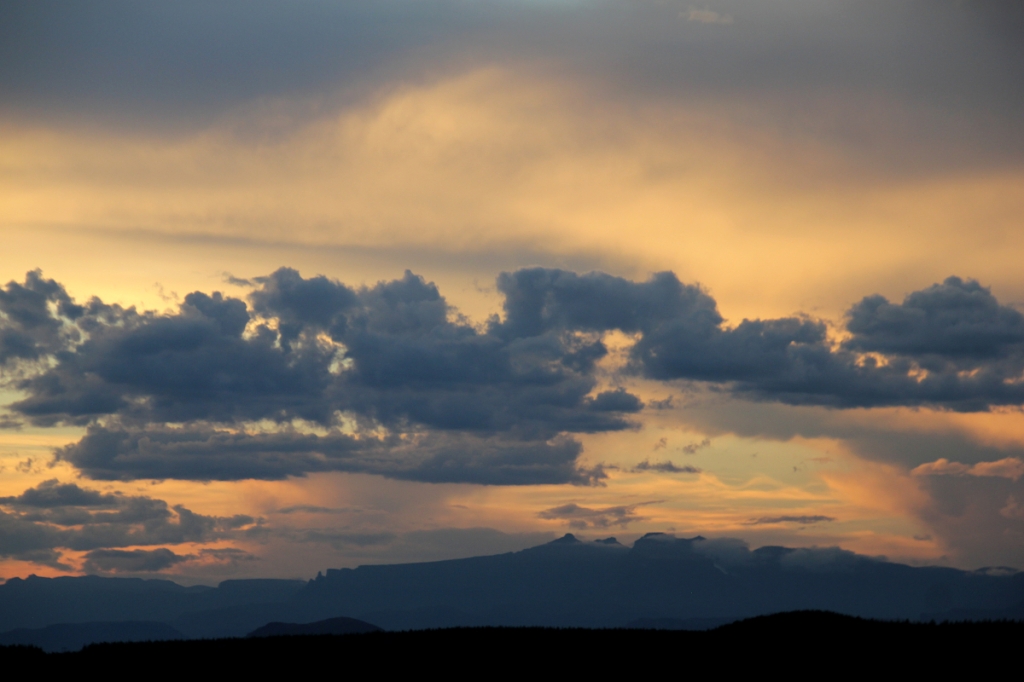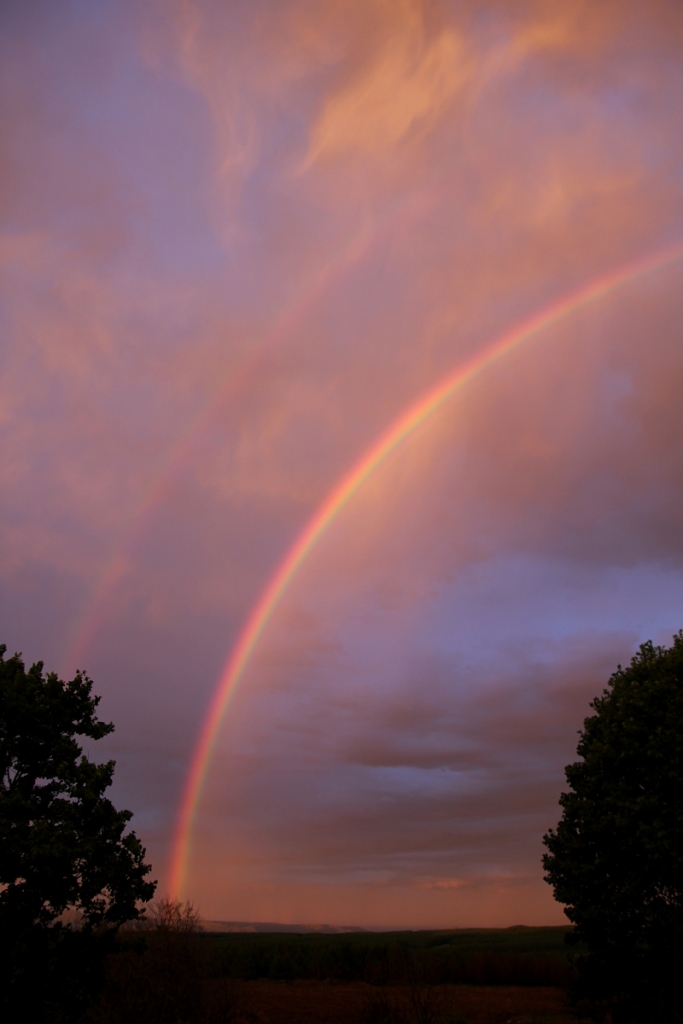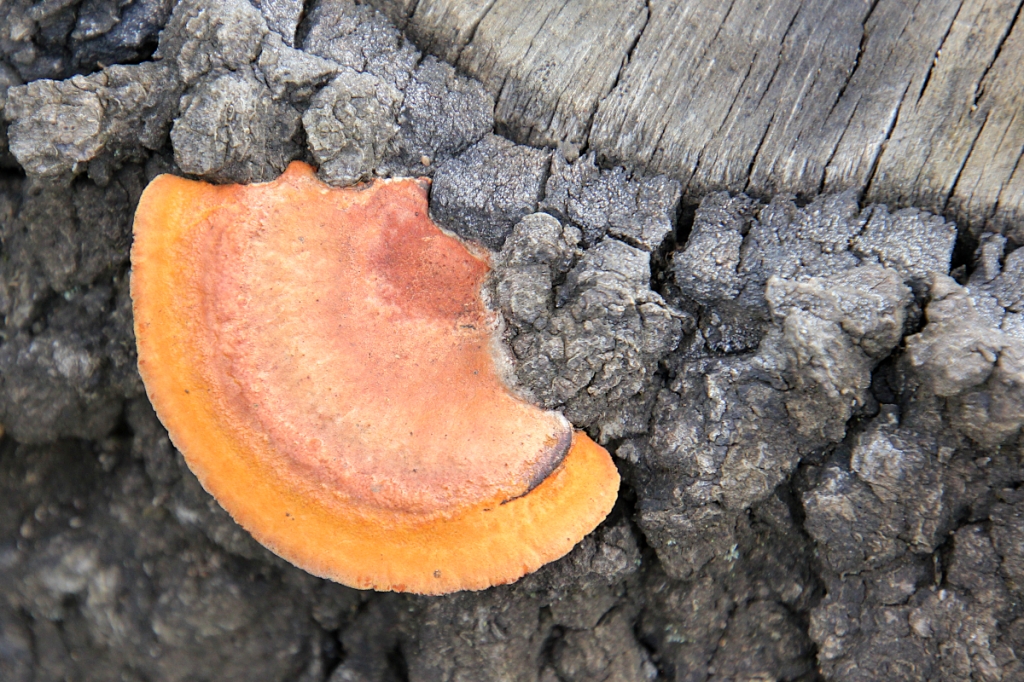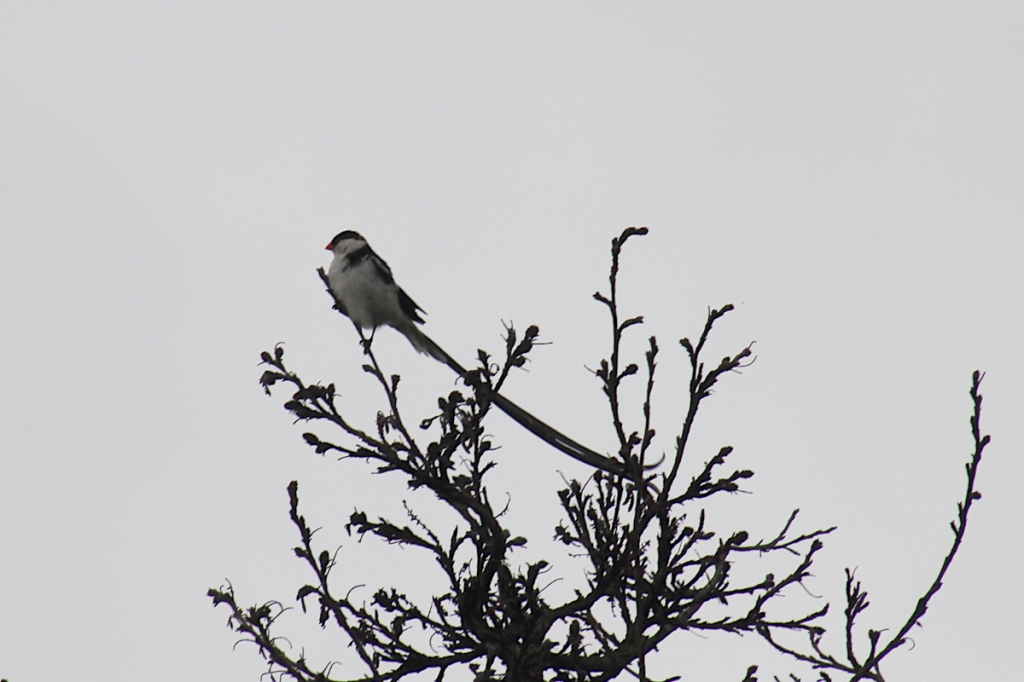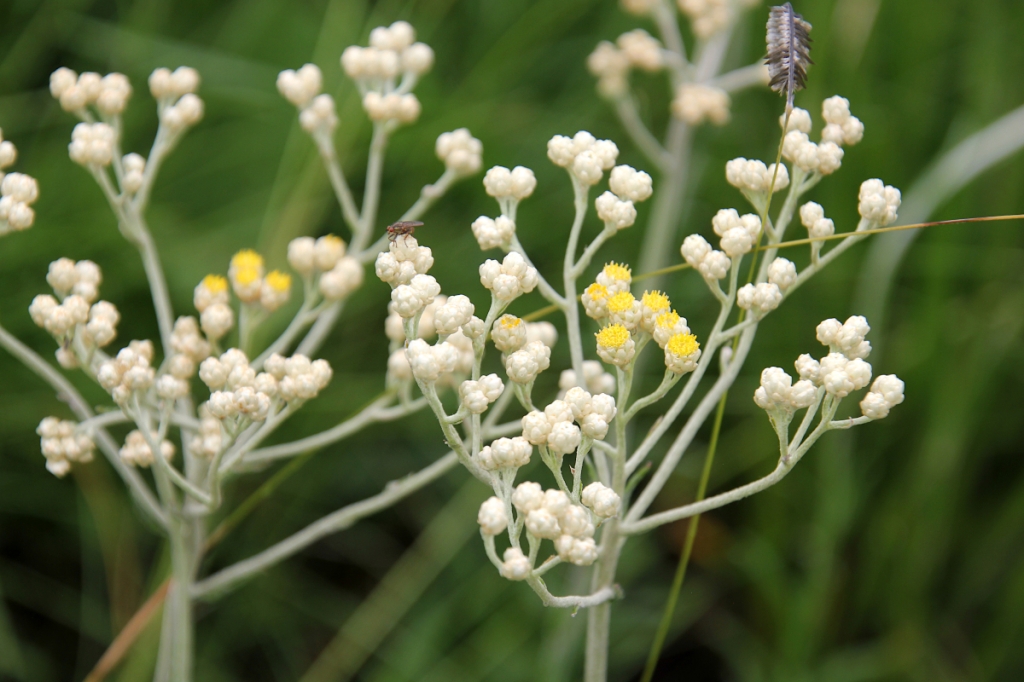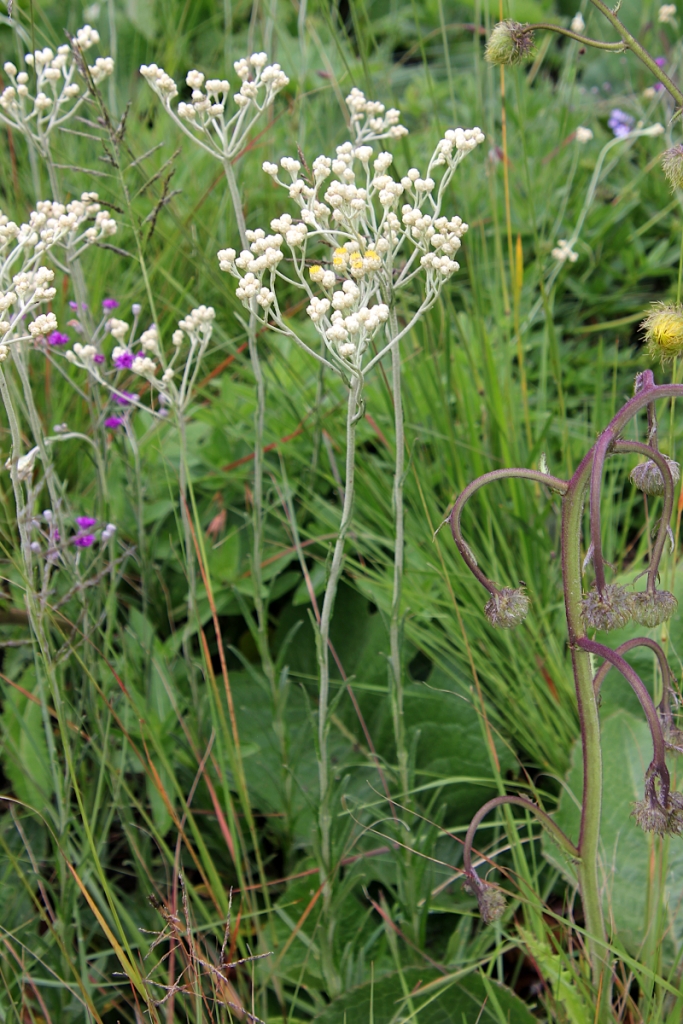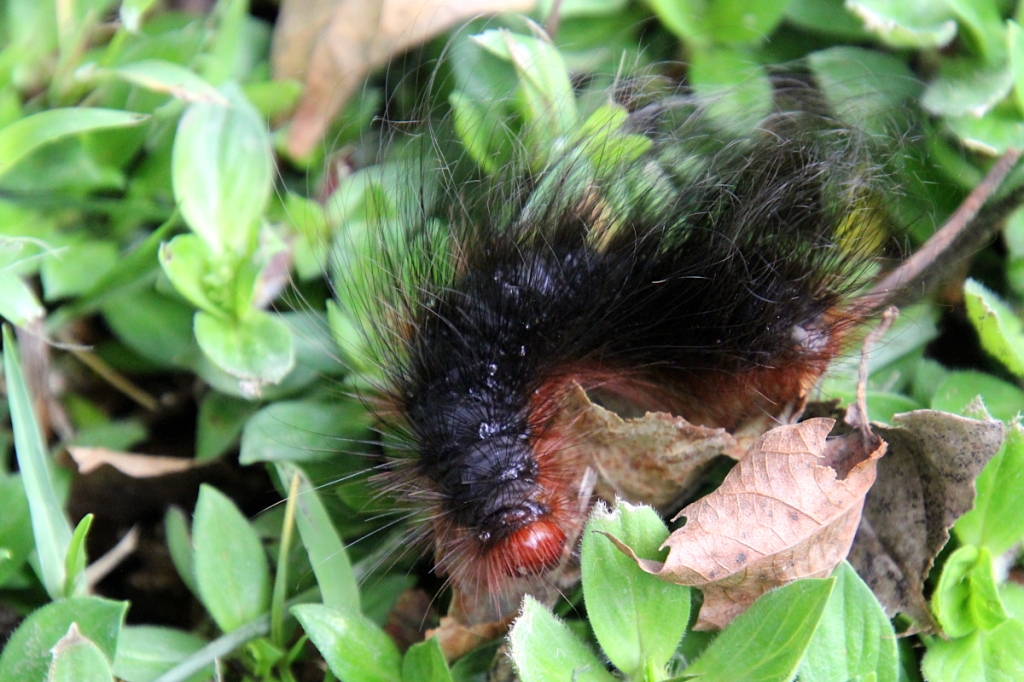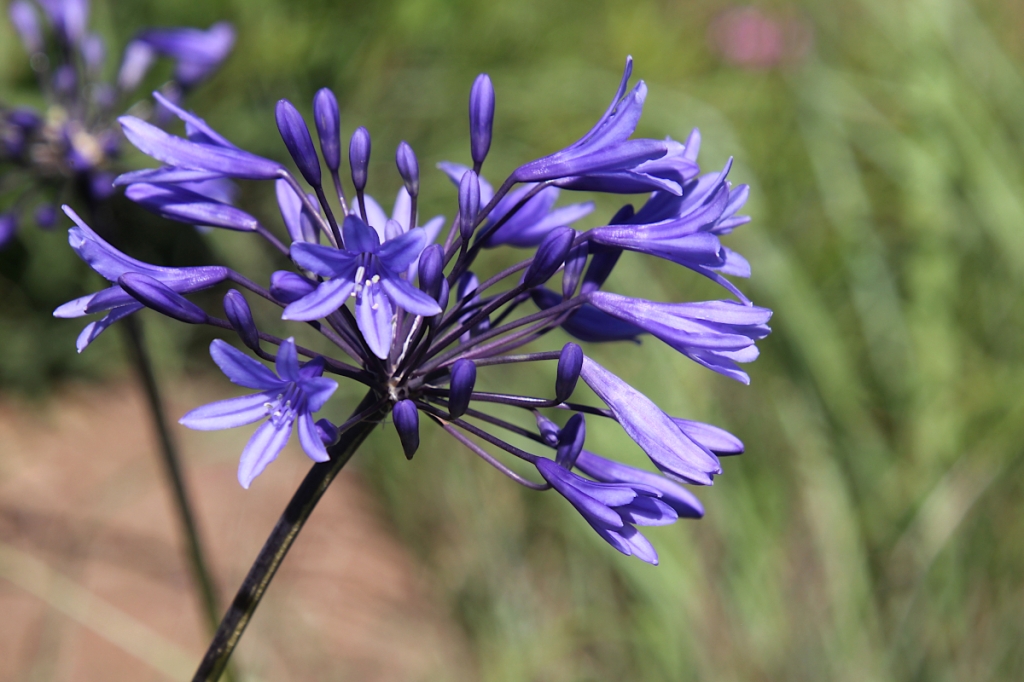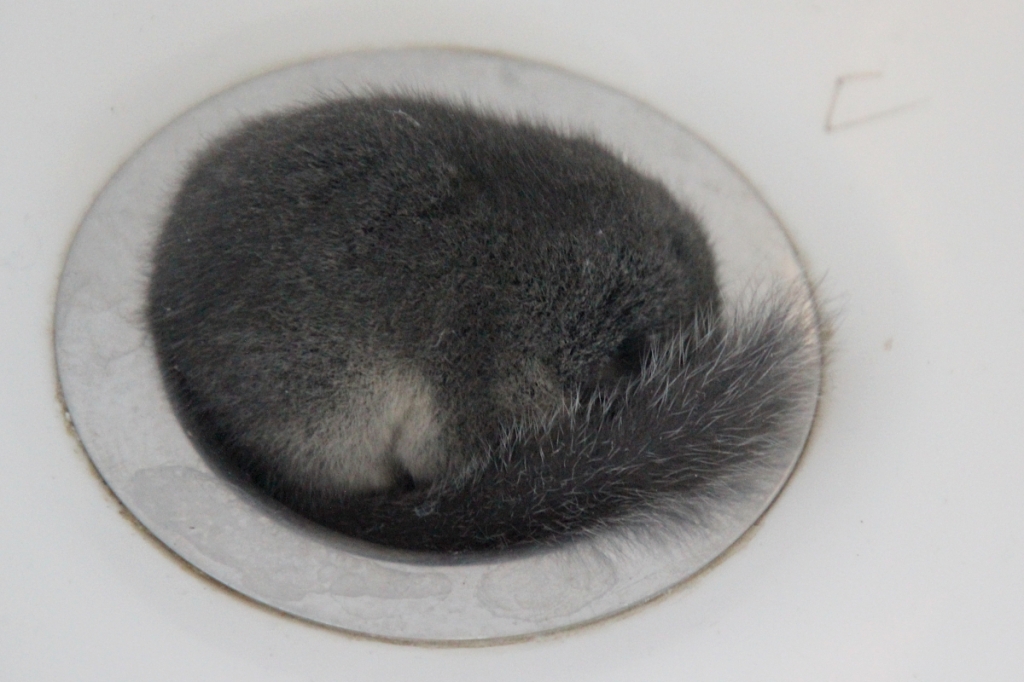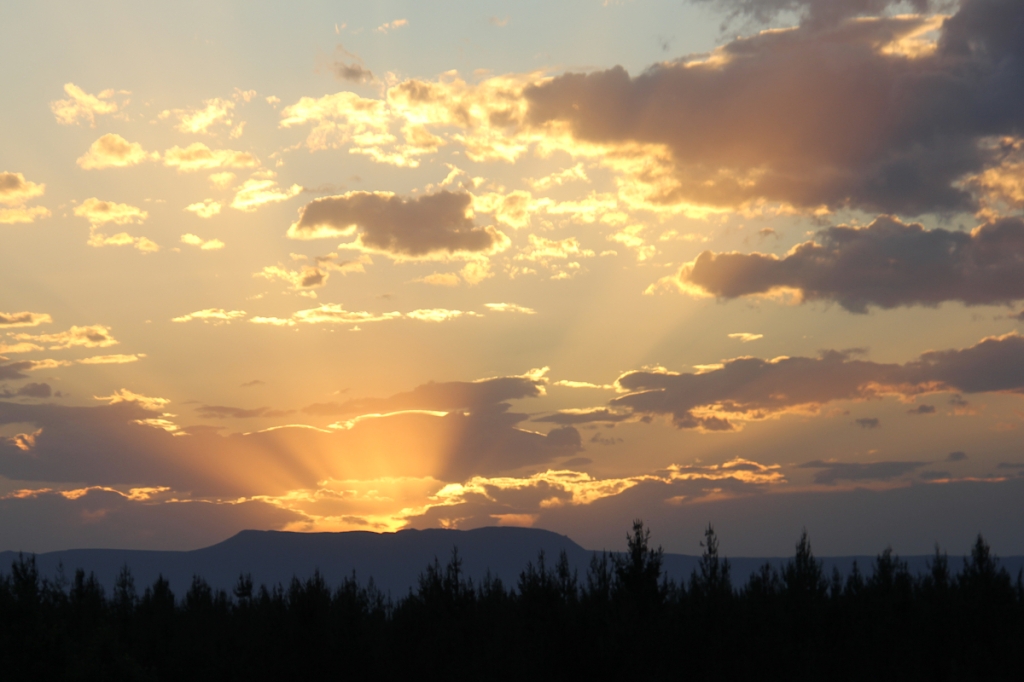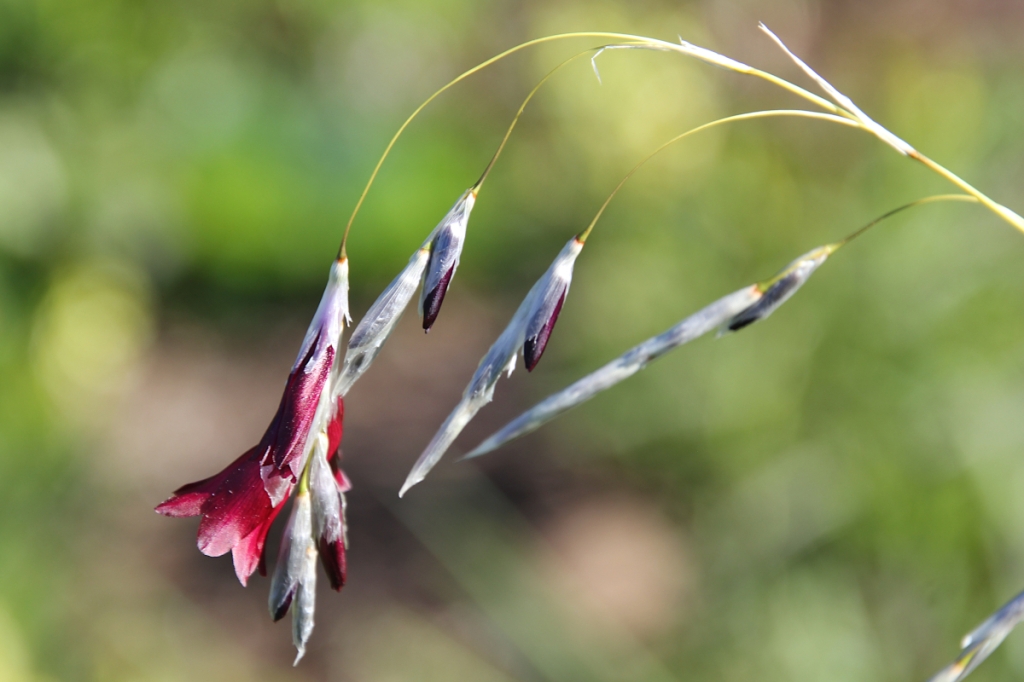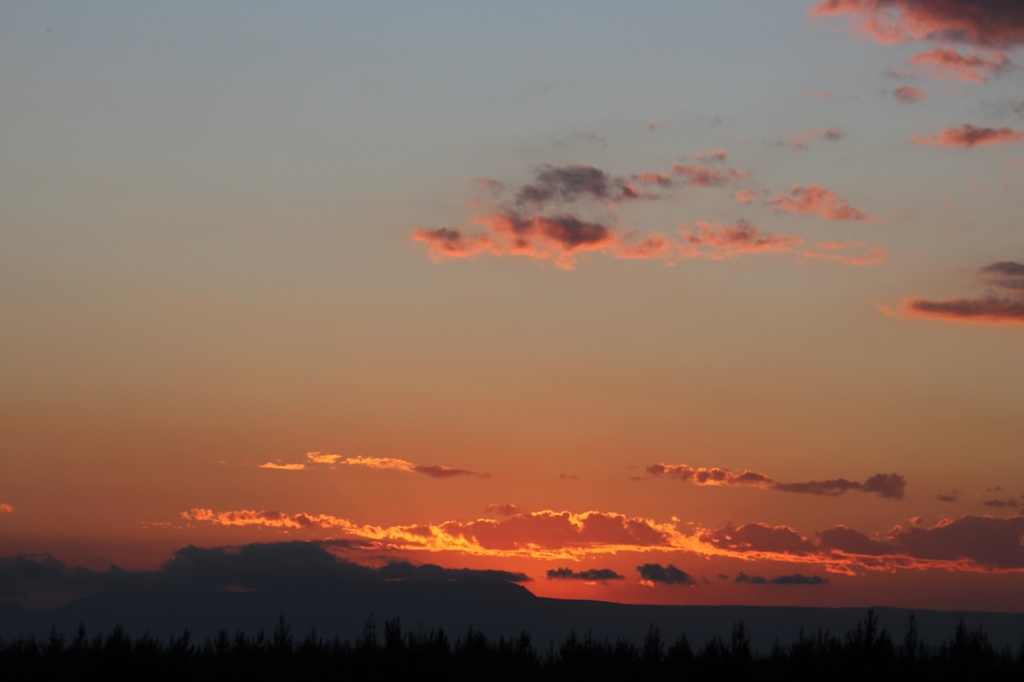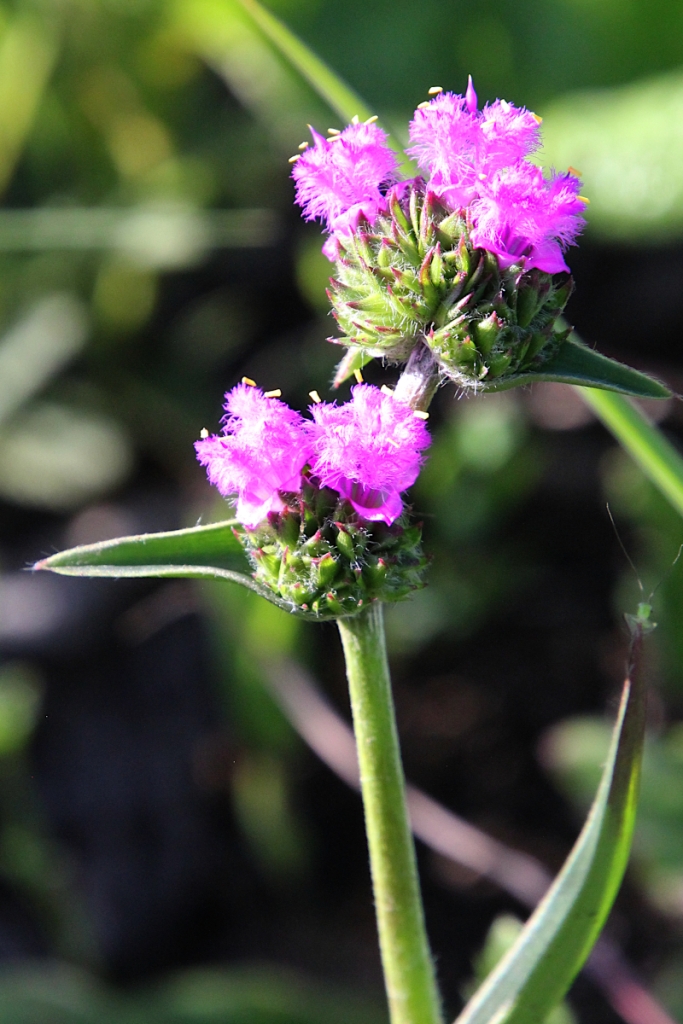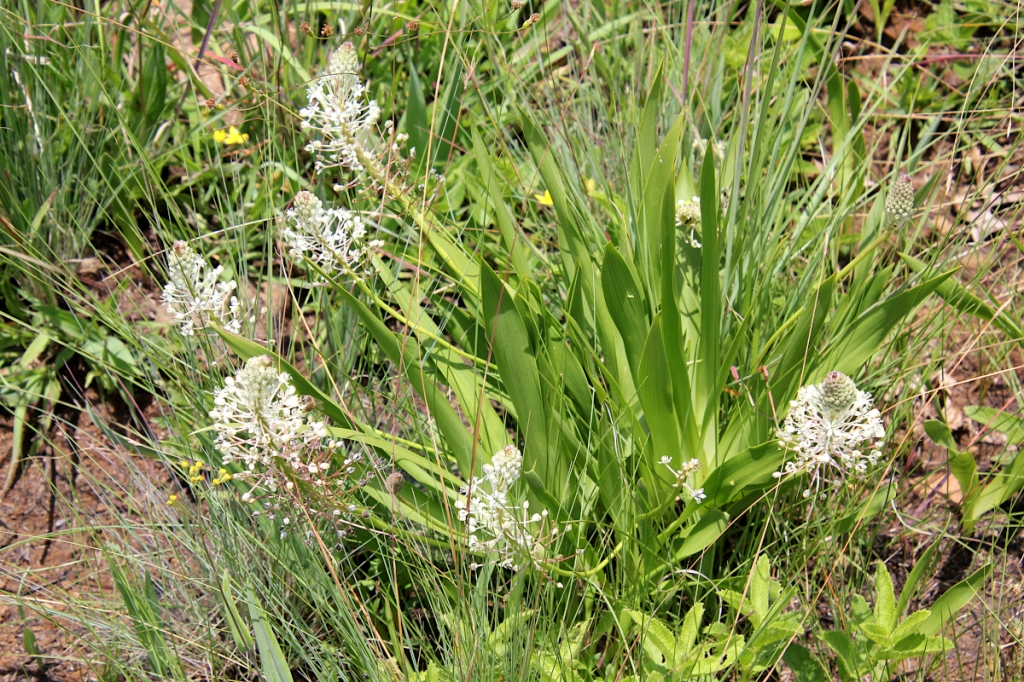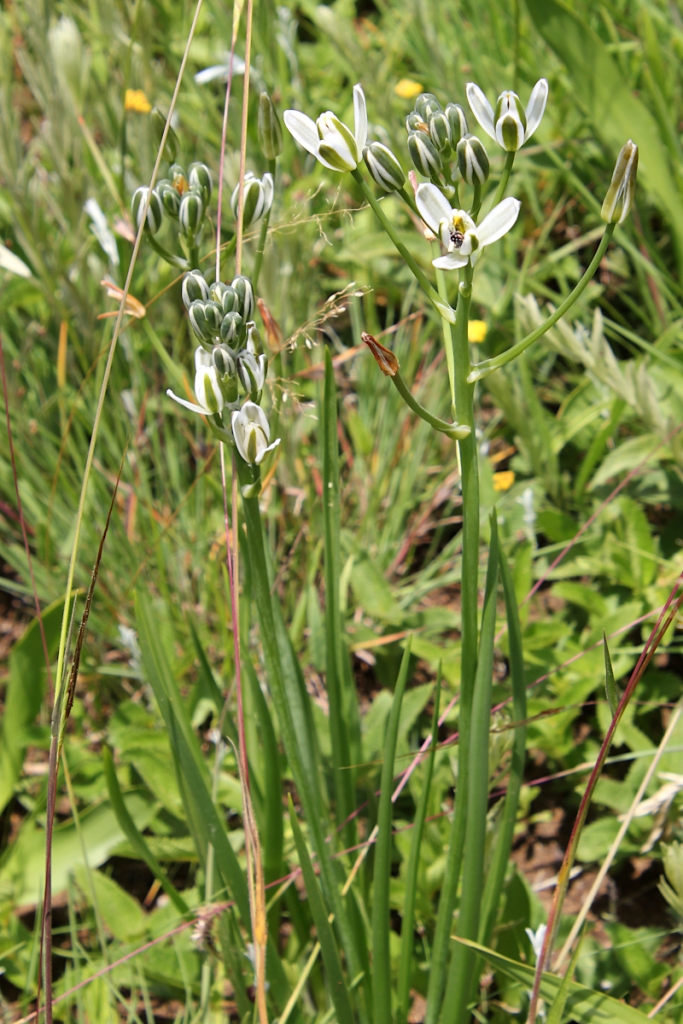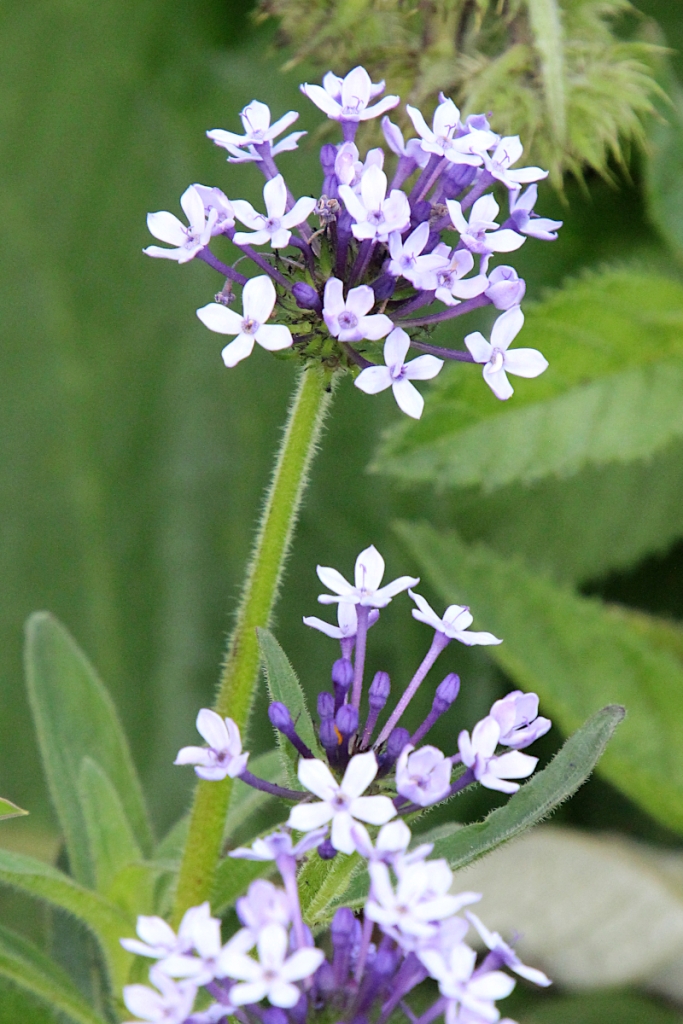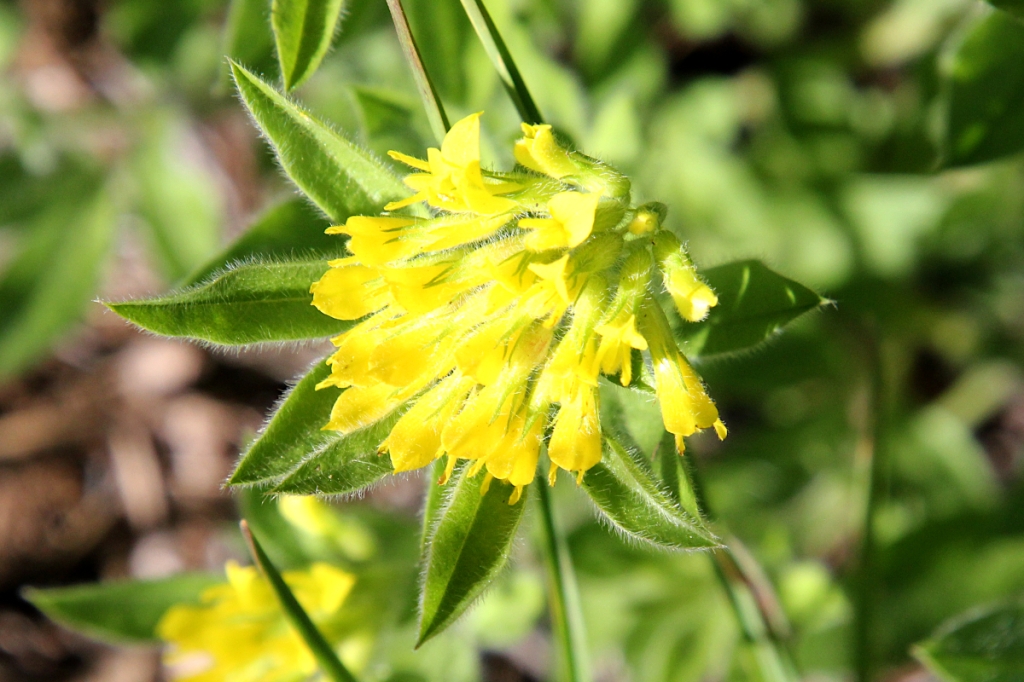After almost thirty years of living here on Sitamani, almost half of my life time, we are closing this chapter of our lives and moving on to a new one. I have been able immerse myself in the rhythms of nature, observing the cycle of the seasons and learning about the incredible diversity of natural life on this beautiful hillside. We have enjoyed the stunning views of the Southern Drakensberg to the west and in the east the valleys leading to Pietermaritzburg. A part of my heart will always remain in this space that we’ve been privileged to be custodians of for so many years.
Including this post Part 3, Flora, I’ll round off the Sitamani Country Diary with my favourite photographs taken over the last six years, in three parts. Part 1, Sense of place, Landscape; Part 2, Fauna and finally Part 3, Flora. Although I have recorded what I’ve seen for much longer than six years, I only started this diary on Word Press in July 2016.
Part 3
Flora
In no particular order, these are the treasured memories I’ll carry forward with me into the next chapter of my life, with gratitude. We have affectionately referred to this hillside as our Wildflower Nature Reserve, it kindled my passion for indigenous wildflowers, was my natural classroom for learning about them. This is a selection of my favourite photos, unlabelled, for sheer pleasure in their beauty.
After almost thirty years of living here on Sitamani, almost half of my life time, we are closing this chapter of our lives and moving on to a new one. I have been able immerse myself in the rhythms of nature, observing the cycle of the seasons and learning about the incredible diversity of natural life on this beautiful hillside. We have enjoyed the stunning views of the Southern Drakensberg to the west and in the east the valleys leading to Pietermaritzburg. A part of my heart will always remain in this space that we’ve been privileged to be custodians of for so many years.
Including this post Part 2, Fauna, I’ll round off the Sitamani Country Diary with my favourite photographs taken over the last six years, in three parts. Part 1, Sense of place, Landscape; Part 2, Fauna and finally Part 3, Flora. Although I have recorded what I’ve seen for much longer than six years, I only started this diary on Word Press in July 2016.
Part 2, Fauna
In no particular order, these are the treasured memories I’ll carry forward with me into the next chapter of my life, with gratitude. They are not all the animals, birds, snakes, lizards or insects I have seen, but are a selection of my favourites.
I haven’t labelled them, this is a pictorial remembering, and be warned there are many photos!
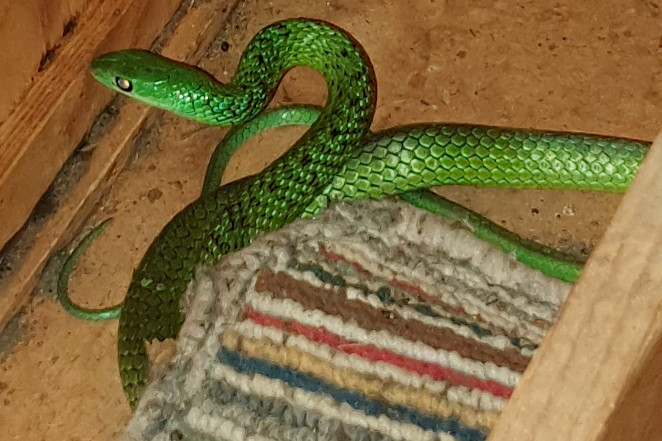




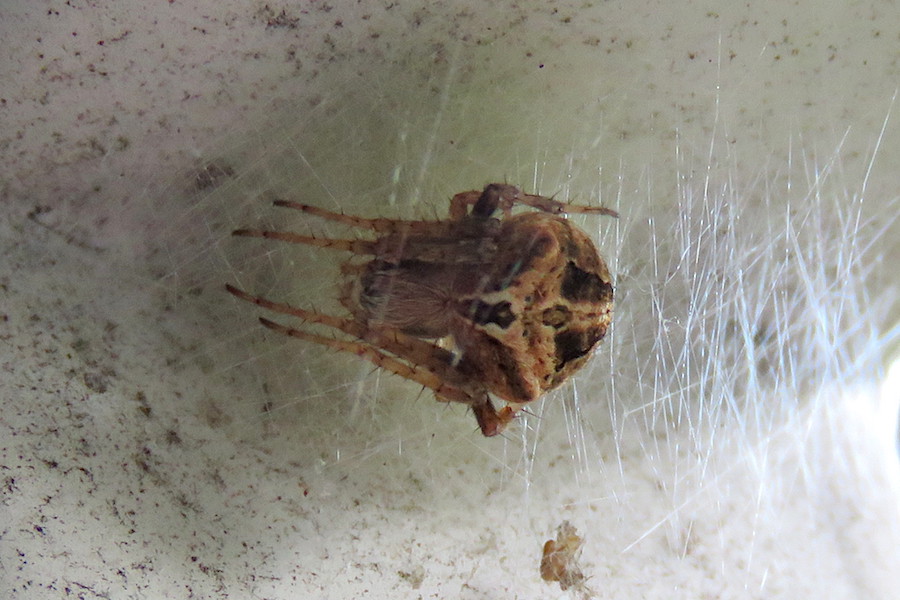

After almost thirty years of living here on Sitamani, almost half of my life time, we are closing this chapter of our lives and moving on to a new one. These years have been the best of times, we built our home here, raised our son, (he returned many times after he’d flown our ‘nest’, and on a very special occasion, to marry his wife on this hillside), and were in the fortunate position to embrace new and wonderful opportunities. Not least I have been able immerse myself in the rhythms of nature, observing the cycle of the seasons and learning about the incredible diversity of natural life on this beautiful hillside. We have enjoyed the stunning views of the Southern Drakensberg to the west and in the east the valleys leading to Pietermaritzburg. A part of my heart will always remain in this space that we’ve been privileged to be custodians of for so many years.
Including this post, I’ll round off the Sitamani Country Diary with my favourite photographs taken over the last six years, in three parts. Part 1, Sense of place, Landscape; Part 2, Fauna and finally Part 3, Flora. Although I have recorded what I’ve seen for much longer than six years, I only started this diary on Word Press in July 2016.
This June has been characteristically cool with mainly winter sunshine days. In contrast to the previous months with relatively high rainfall, only 8mm were recorded this month. The coldest night time temperature was 1 degree Celsius, the lowest day time temperature was 4 degrees and the warmest was 19 degrees Celsius.
Part 1
Sense of Place, Landscape
In no particular order, these are the treasured memories I’ll carry forward with me into the next chapter of my life, with gratitude.
The rainy days have eased off into more settled weather in May. The exception being when a cut-off low brought 102mm between the 20th and 22nd, bringing the total rainfall for May to 110mm.
The temperature dipped to 4 degrees overnight on the 30th , the coolest day at 11 degrees on the 30th and warmest day 22 degrees Celsius on the 25th. Mainly cool sunny early winter weather, a lovely time of year.
Sunday 1
Thursday 5
Friday 6
Saturday 7
Sunday 8
window to my world
mellow mist brightened
by sun stored in yellowing leaves
Tuesday 10
Wednesday 11
Pink beauty on the hillside under high cirrus prefrontal clouds
Thursday 12
Friday 13
Cool, bleached shades of early winter on my hillside walk
Saturday 14
Sunday 15
Monday 16
Clear skies during the early hours meant I could watch the Total Lunar Eclipse
Magical mystical moon
in the south
flung like a scorpion up ended
the Southern Cross poised
in flight from
the full moon gradually receding
beneath a red-brown veil
dulled globe glowing
red-gold sky cast
grows in the east
rising as the sun greets the faded moon
Tuesday 17
Monday 23
Thursday 26

Monday 30
There were only 8 days without rain in April. The coolest day in April was 10 degrees on the 8th and the warmest 23 degrees Celsius on the 29th , the coolest night time temperature 6,5 degrees Celsius on the 25th. Only slightly less rainfall was recorded, 183mm in April, than in March 196mm. We recorded 62mm on the 11th on the weekend when the KZN coastal areas were so badly affected by flooding and landslides, there in some places over 300mm was recorded in a single day. Autumn cool days are definitely here.
Friday 1
On a afternoon short walk I spotted a
Wednesday 12

My thoughts were with all those who had been affected by the devastation of the past few days on the KwaZulu-Natal coast.
Thursday 13
Friday 14
Monday 18
Tuesday 19
this morning I finally saw the moon
a glowing orb of white light
veiled in light mists
encircled by a translucent rainbow
Sunday 24
The Pin oak avenue is ablaze with colour
dressed in her finest
falling shimmering cascades
gilded leaves dancing
On a walk over the hillside I discovered
Then spent serene, timeless moments watching a Common Duiker foraging on the hillside
Wednesday 27
low above the eastern horizon
through a light veil of morning mist
a static comet with a crescent moon offset
planets in alignment
Jupiter Venus Mars Saturn
Friday 29
A misty, mild, damp March. The hottest day in March was 27 degrees Celsius, the coolest temperature was experienced on three nights, 11 degrees Celsius. More rainfall was recorded in March than in February, 196mm, February being 153mm. 60mm of rain was recorded on 4 March. Grasses have responded well to this season’s weather conditions, but many other plants have not grown to full potential.
Friday 4

Very quickly the sky clouded over with occasional showers during the morning
Thursday 10
Sunday 13
Wednesday 16
pink wisps rise
golden autumning
glistening droplets
Friday 18
early this morning she eluded me
soft clouds veiled her
bright glowing in front of her full face
Sunday 20
Autumn Equinox treats in mild sunshine

Wednesday 23
soft hues brighten at dawn
under a waning Autumn moon
Summer drawing to a close
time for reflection as the season changes
Thursday 24
Wednesday 30
Thursday 31
There were two days in February that reached 29 degrees Celsius, the 1st and 10th, the lowest temperature recorded was the 9th at 12 C. Again, though only half of what was recorded in January, we experienced many rainy days, recording 153mm. It has been very interesting to observe the effect on the plants of so many damp days without sun. Many plants have grown and flowered at different times to ‘normal’ growth, most not reaching their full potential, many flowering earlier than usual years.
Thursday 10
Wednesday 16
an apricot moon
balancing on banked clouds
slips slowly down
reflected silver fine-line
topping grey masses
an echo of the passage
Saturday 20
Wednesday 23
A short walk revealed these treasures
Thursday 24
After a damp night

Saturday 26
quiet moments of reverie on the hillside
light winds dance through yellowing grasses
their gentle song companionable
basking on a nearby rock a dragonfly
wings spread in repose
Sunday 27
I recorded an unbelievable 341,5mm of rain in January, definitely the wettest it’s been for many years. Many afternoon thunderstorms, days of light rain and mist. The lowest nighttime temperature recorded was 10,5 degrees Celsius on 22 Jan, the highest daytime temperature 27 degrees Celsius on the 30 Jan.
Saturday 1
Sunday 2
Monday 3

Thursday 6
the space between is what sustains me
observing leaves dance and skip across the grass
a dragonfly skimming over the still pool of my mind
the intricate, delicate beauty of the flower within
clouds breathing tracery over the sky
the call of birds in companionship
my spirit calms, drifts, focuses on the present
sustenance of life
Monday 10
A wander over the hillside with our son and his friend revealed some


Friday 14
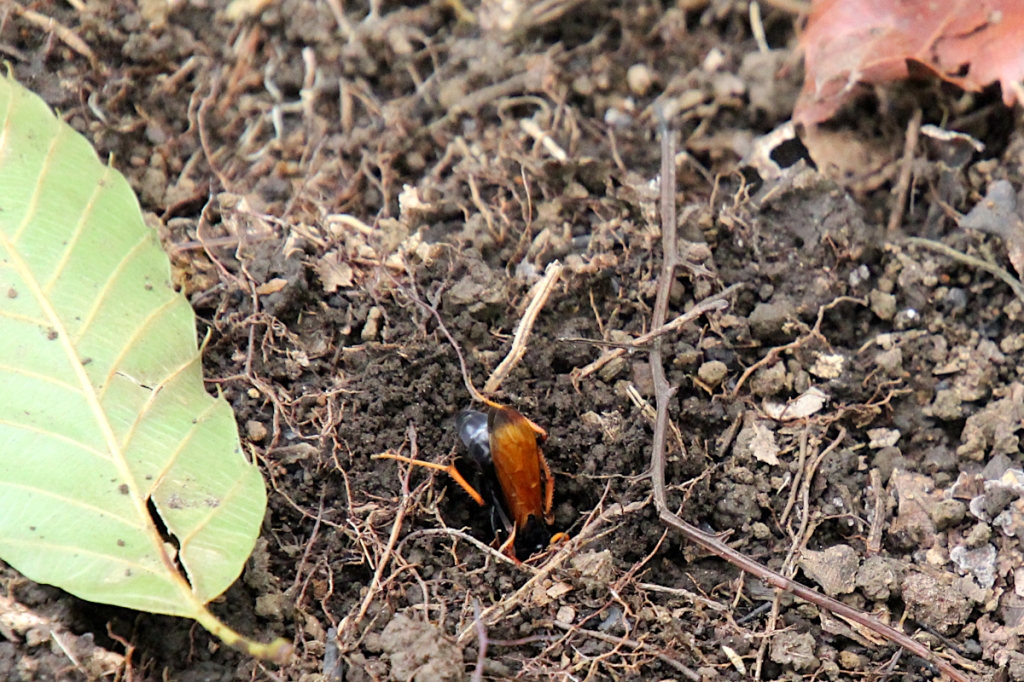
Saturday 15
Seen on brief fossick
Sunday 16
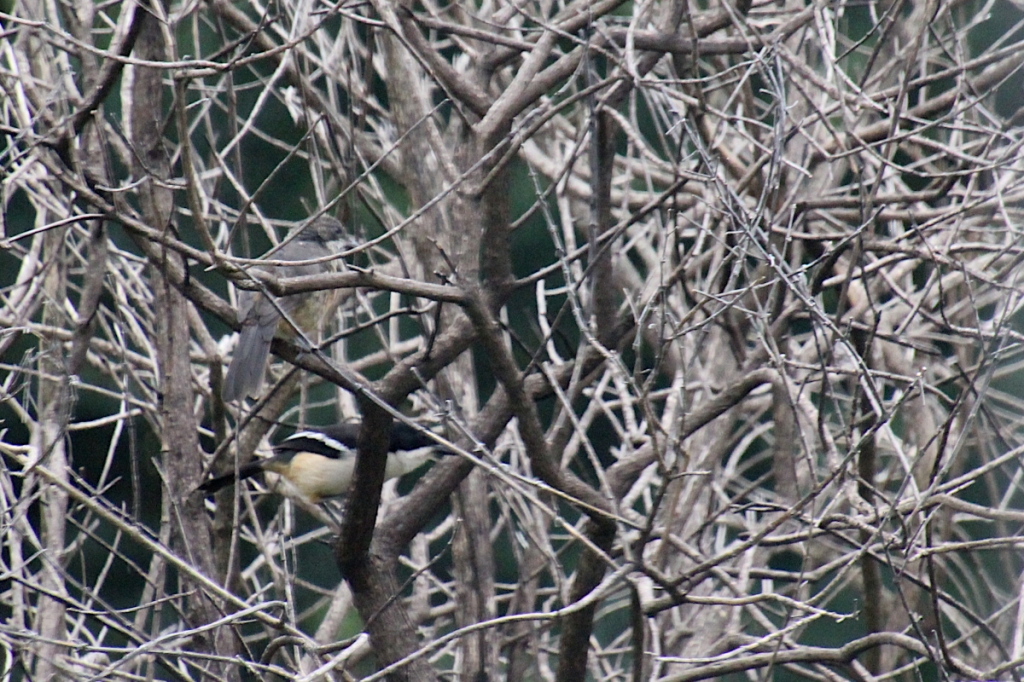
Monday 17
Wednesday 26
A new dawn, a new day, new beginnings

“A plume of volcanic aerosols and sulphur dioxide ejected into the stratosphere by the eruption of the Hunga volcanoe near Tonga on 14/15 January, has reached the east coast of Africa… Similar displays may be seen at dawn and dusk for another 2-3 days as the plume passes.”
Thursday 27
And it did…
Life Wonderings of a Nature Lover: December 2021 Sitamani Country Diary
This December has been the wettest for many years, we recorded 222,5mm of rain, many afternoon thunderstorms, days of light rain and mist. The last day in December literally went out with a bang, thunder rolled around the whole day. The lowest night time temperature recorded was 8 degrees and on the same day, the 18th, the lowest daytime temperature 13 degrees Celsius and the highest daytime temperature 28.5 degrees Celsius on the 2nd, one degree lower than the highest recorded in November. The veggie garden is suffering from a lack of sunshine….
Thursday 02
Friday 03
Sunday 05
A fossicking wander over the hillside was filled with summery life

Monday 06
Tuesday 07
Wednesday 08
Thursday 09
Friday 10
zebra stripes and ochre
fan above a beady eye
an African Hoopoe
Saturday 11
Tuesday 21
Thursday 23
Saturday 25

Although I didn’t manage to take a photograph, I saw a pair of Southern Black Tits foraging, a first sighting here for me.
Wednesday 29
A Woodland Dormouse must have found a tasty treat in the bath and couldn’t get out again… I had a suspicion that a pair had a nest in a kitchen drawer. So have safely relocated them both far away from the house. They are adorable, but very destructive, the large hole in our carpet is one example of where they had found a source of excellent nesting material. I hope they find a new safe spot to rebuild their nest, I did leave them with their gathered materials!
Thursday 30
I love clouds
shape shifters
dream makers
mysterious
puffs floating
skeins tossed
graceful gauze
towering ramparts
gilded rippling scales
draped softly
forever changing
During November we have recorded 124mm of rain, many days of light rain and mist and two heavy rainfalls recorded, 25mm on the 11th and 56.5mm between the 20th and 27th. The lowest night time temperature recorded was 7 degrees Celsius and the highest daytime temperature 29.5 degrees Celsius. The grassland and flowering plants have grown quickly and grasses already seeding.
Monday 1
Thursday 4
A brief walk near the house yielded these delights
Wednesday 10
Saturday 13
dark eyes wondering
soft morning light enfolds
snacking before rest
Tuesday 16
The moment is now, live in the moment
Feel the zephyr of air gently caressing the skin
Watch the light move across the sky
A fossick over the hillside a bit later in the morning revealed these beauties
Monday 29
At first light I heard a Common Reedbuck whistle, and there he stood on the hill above the house, long horns gilded, watching me below. This is the first time in several months that I have seen or heard Reedbuck.
Tuesday 30
